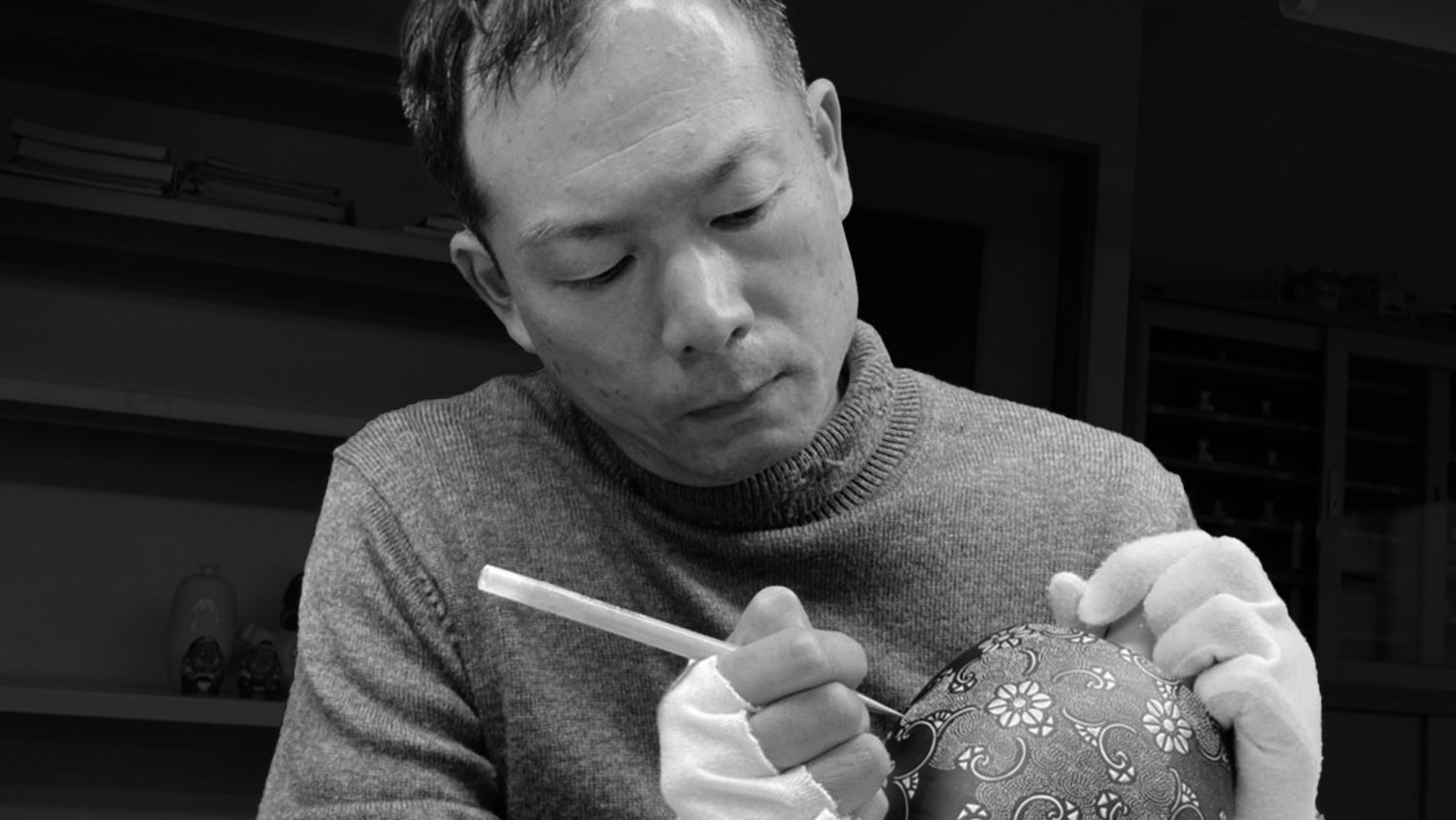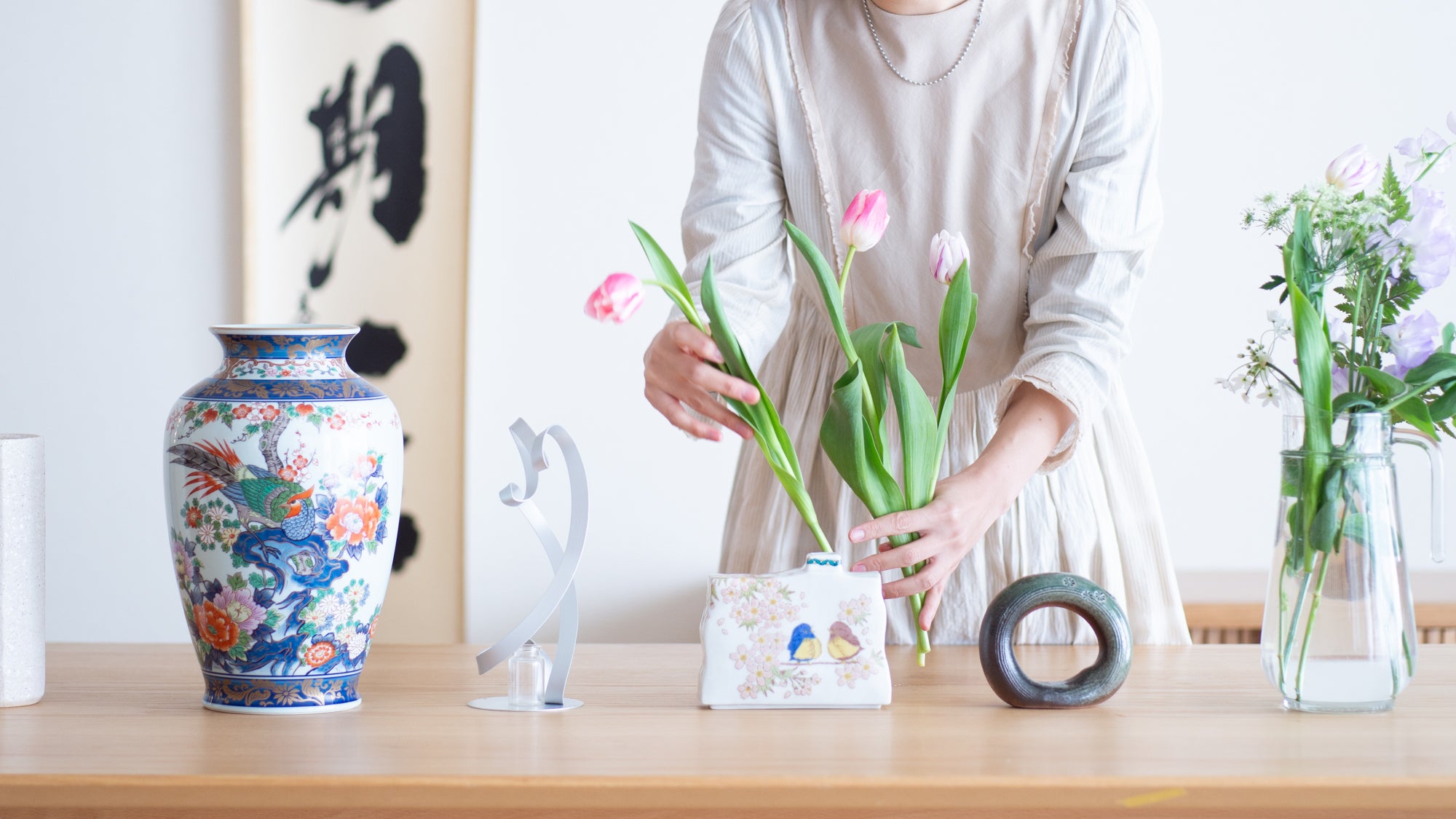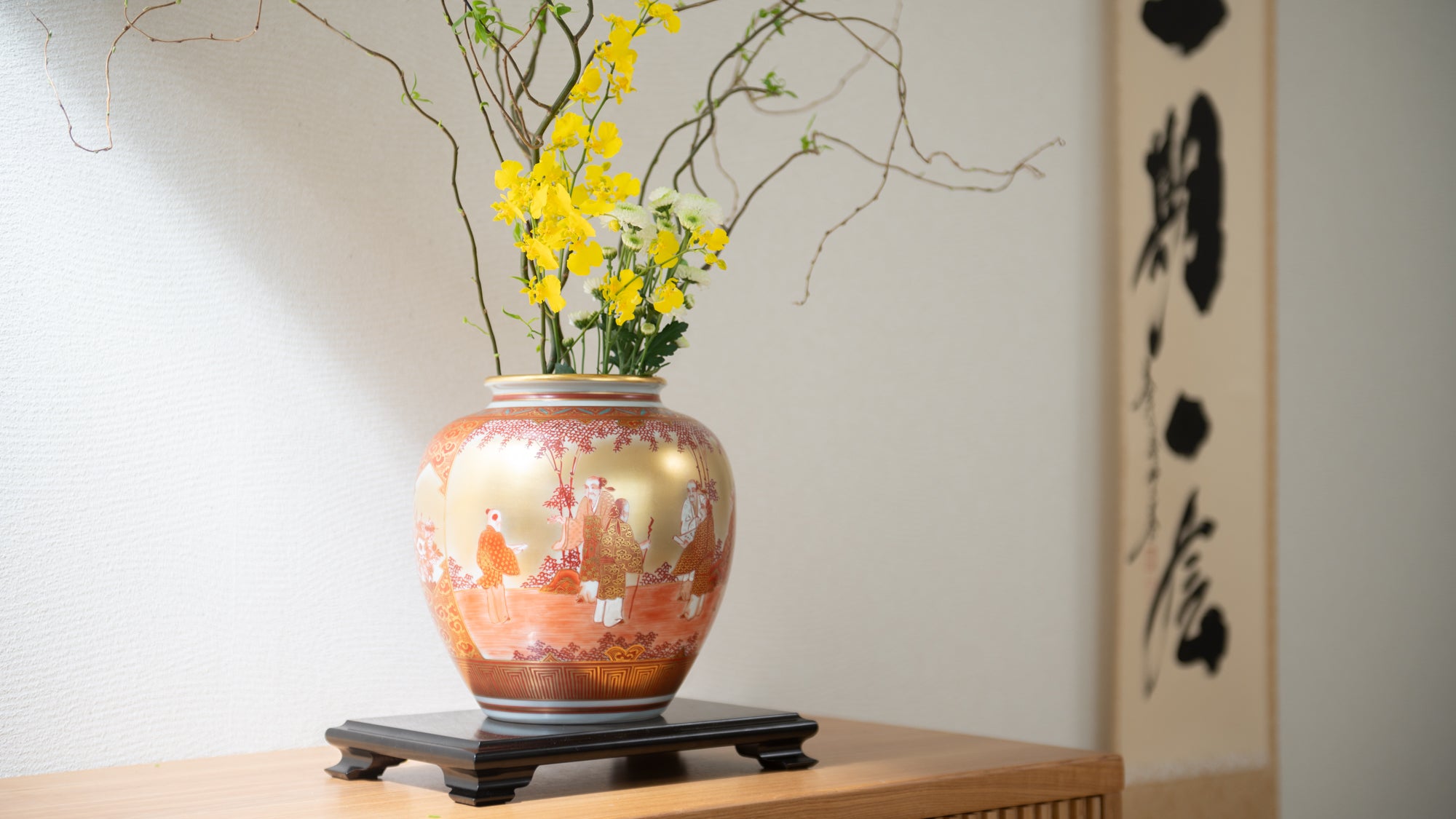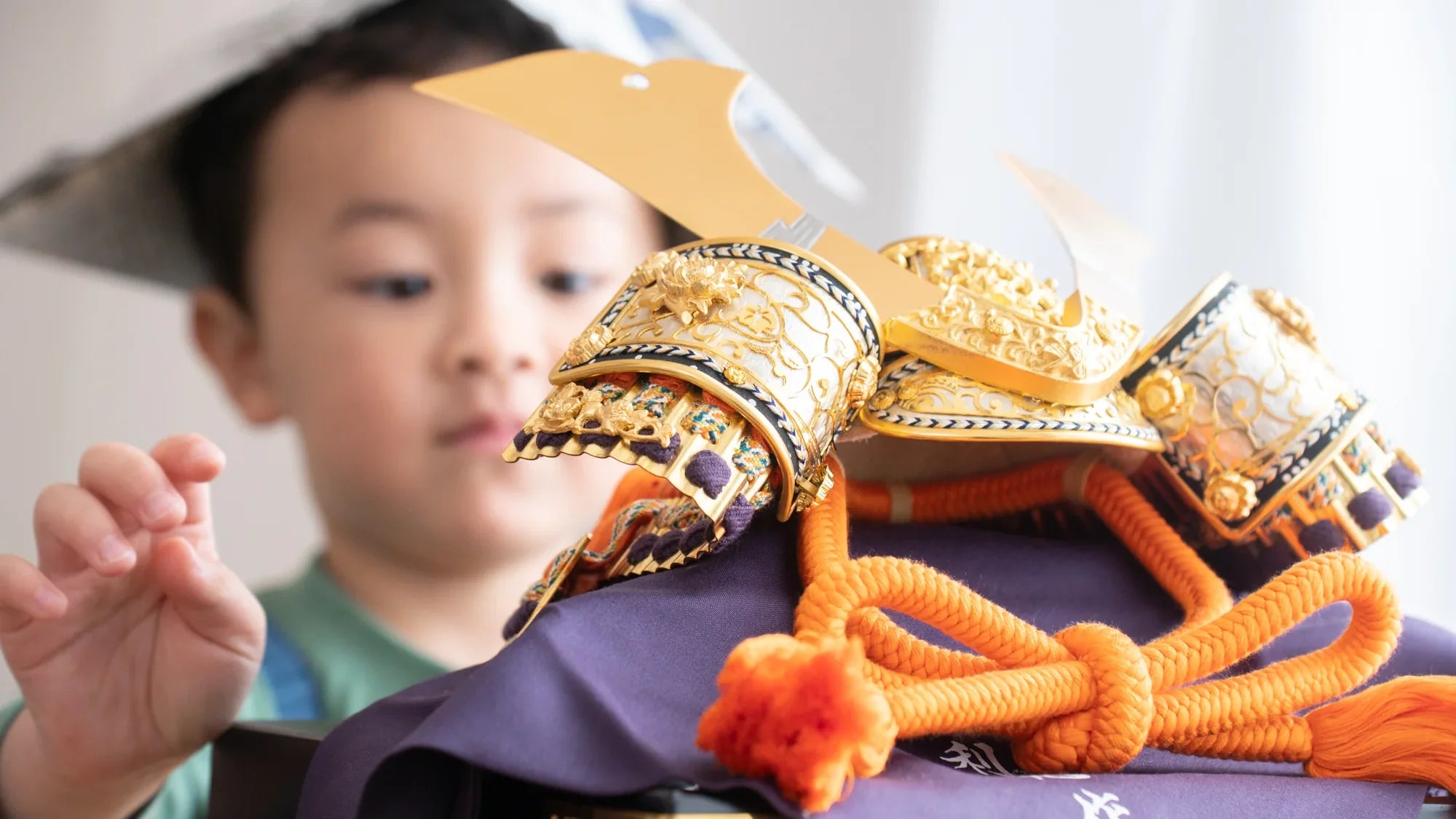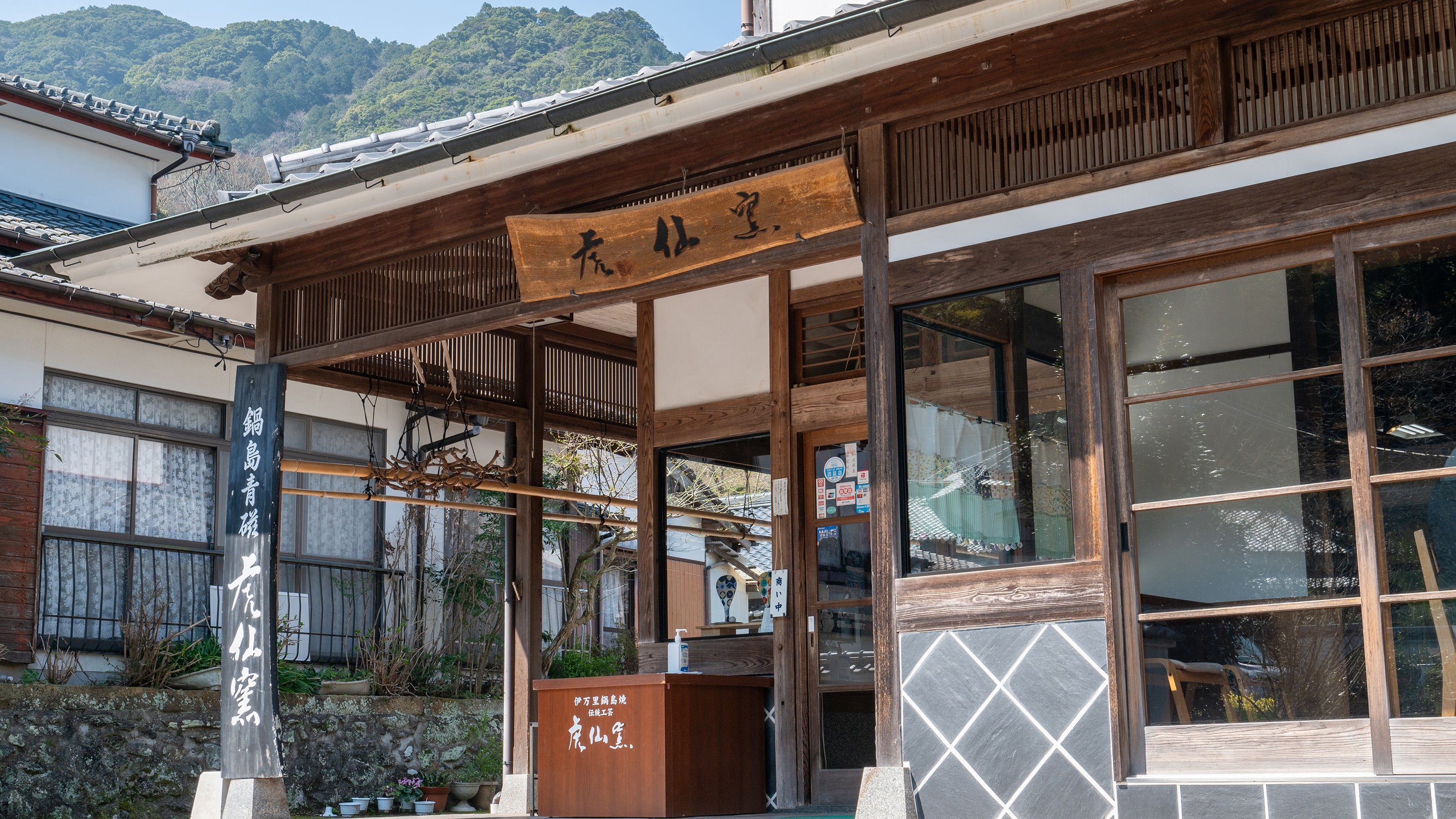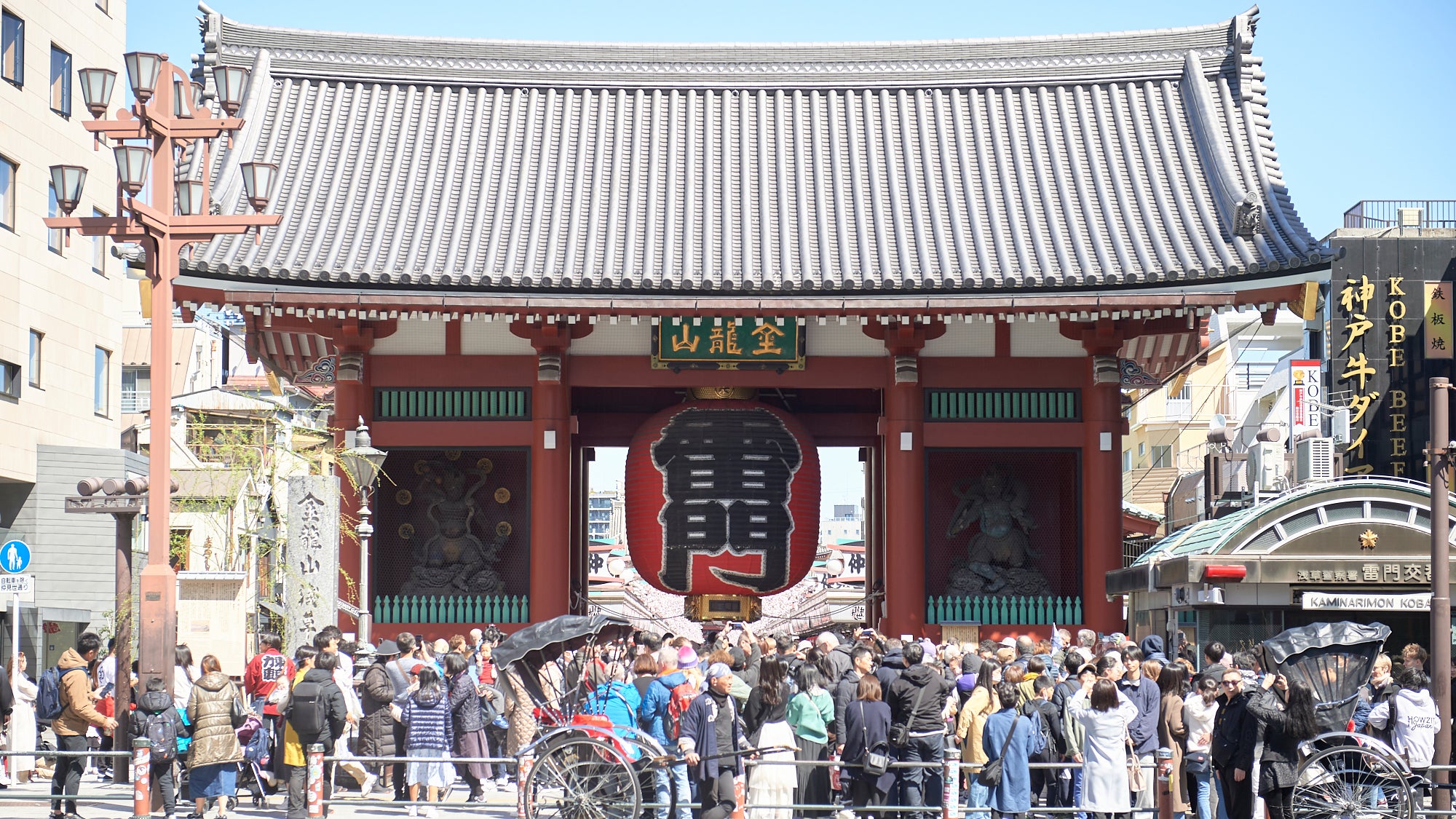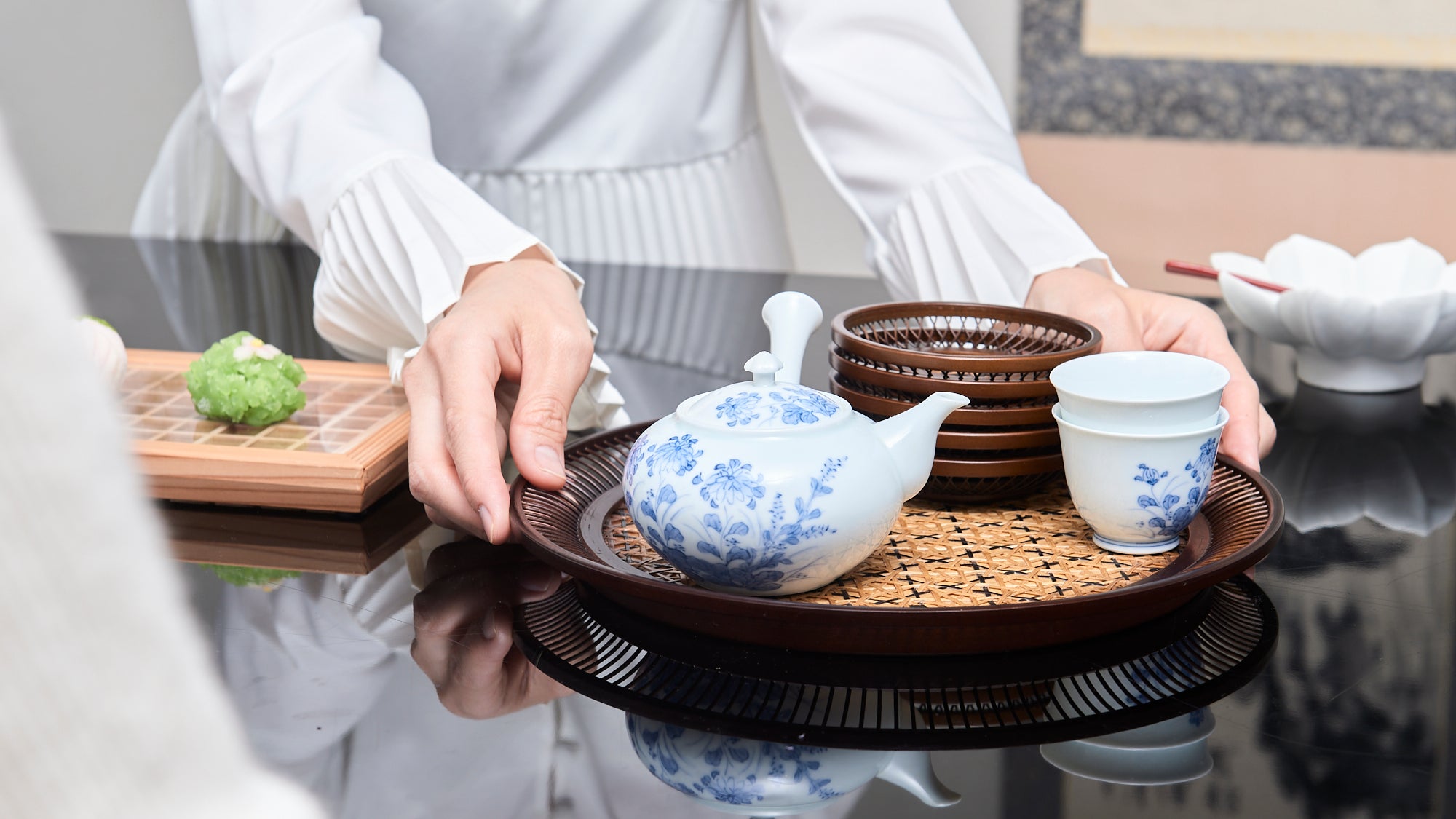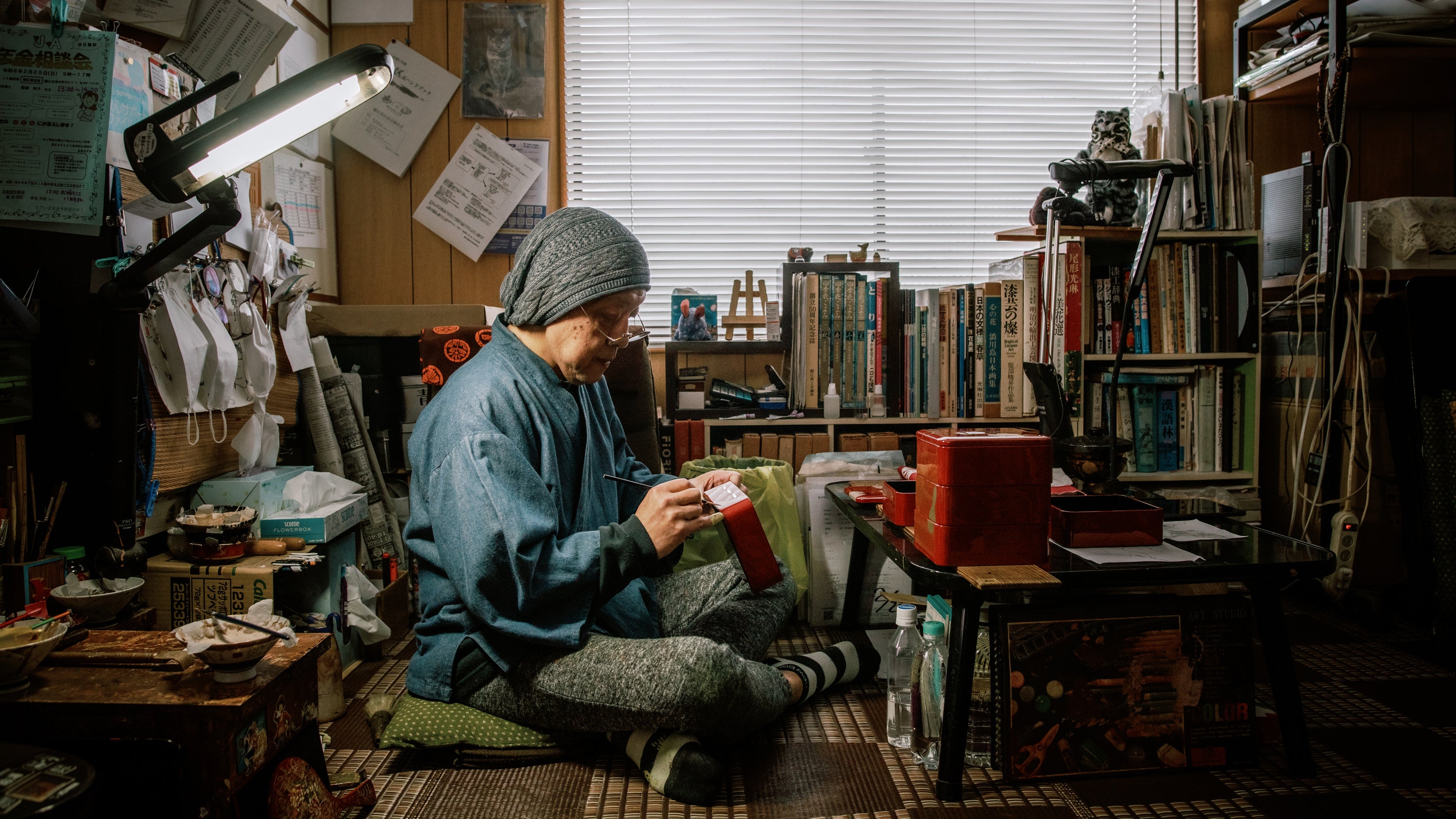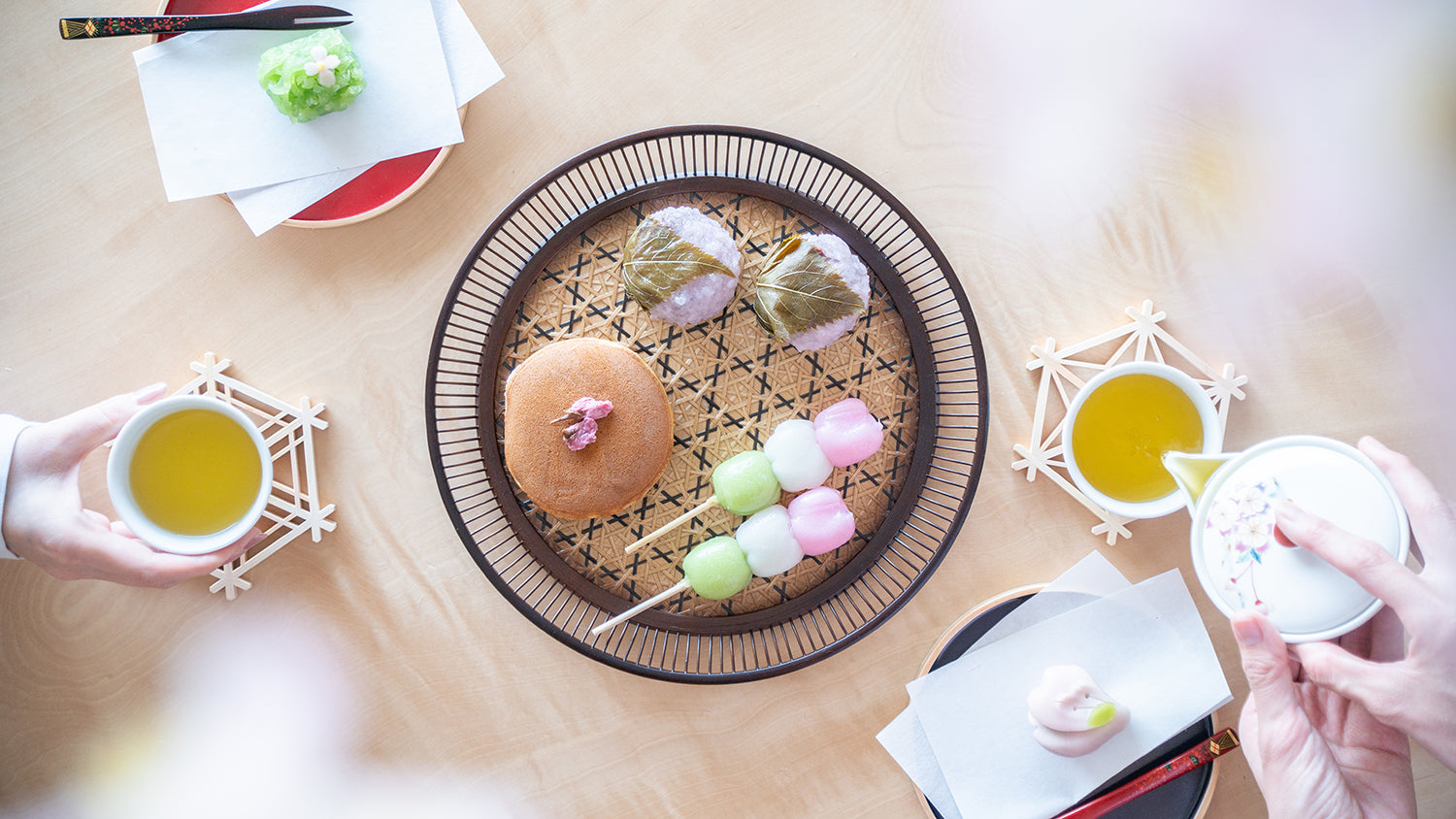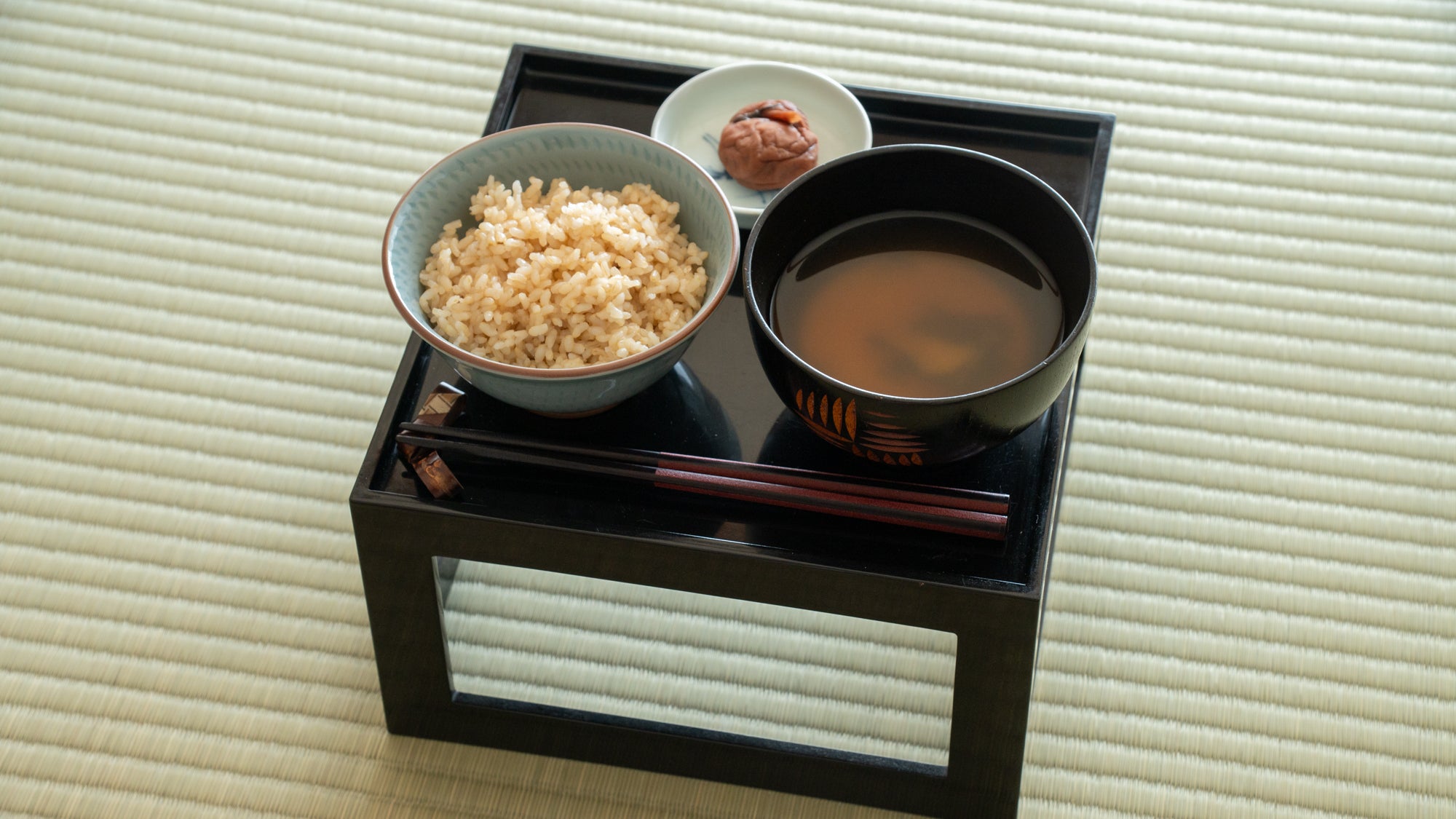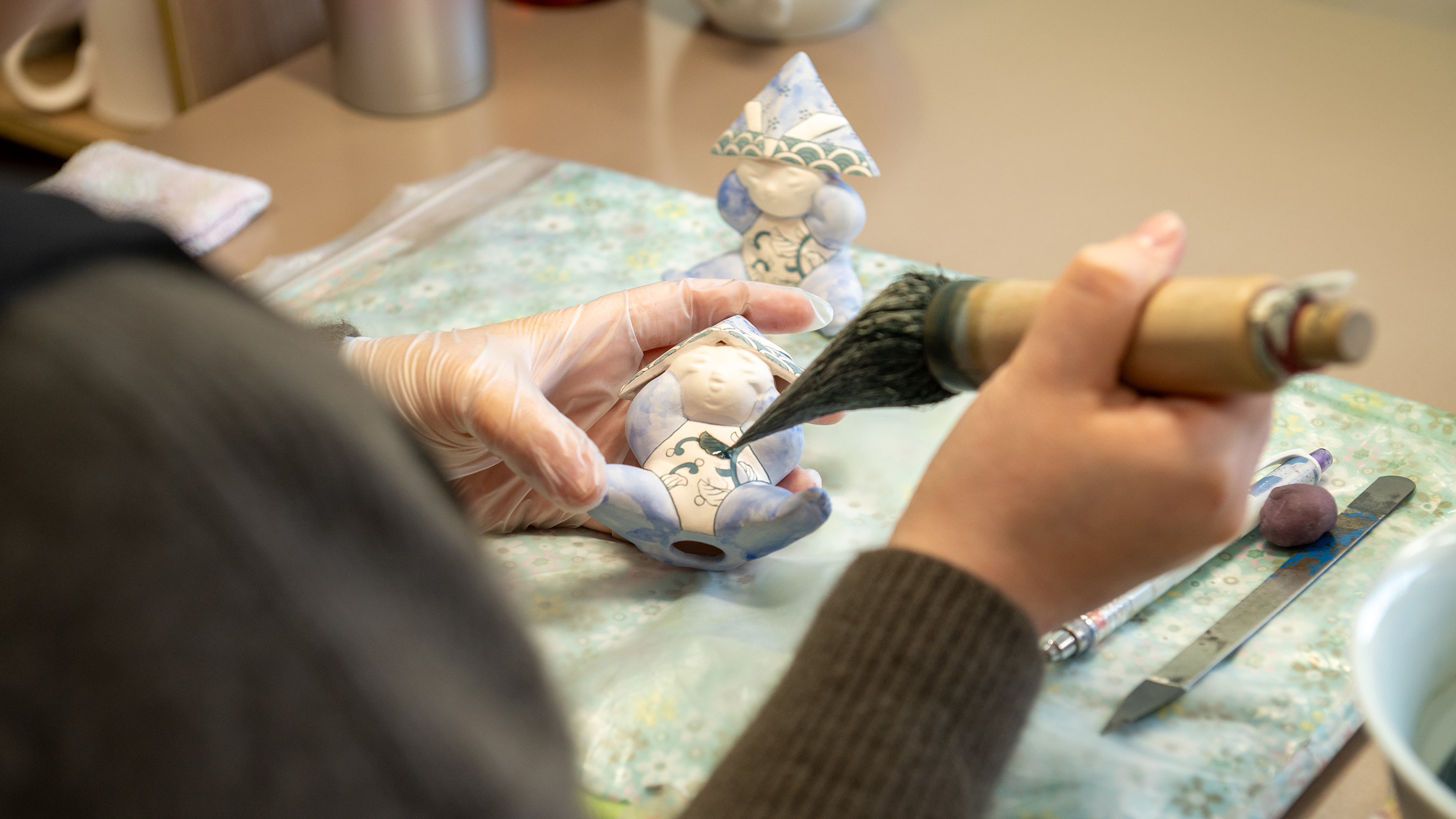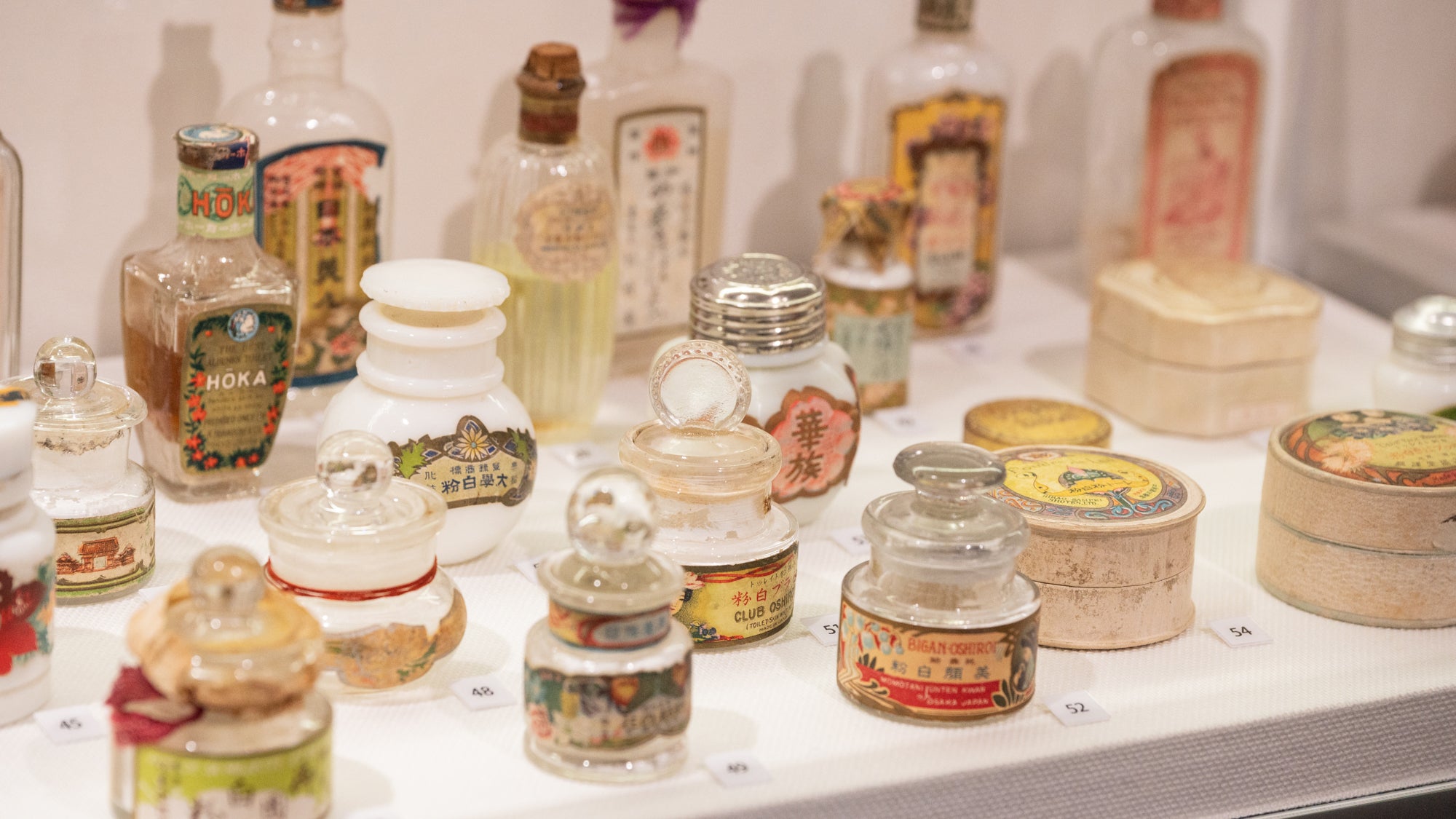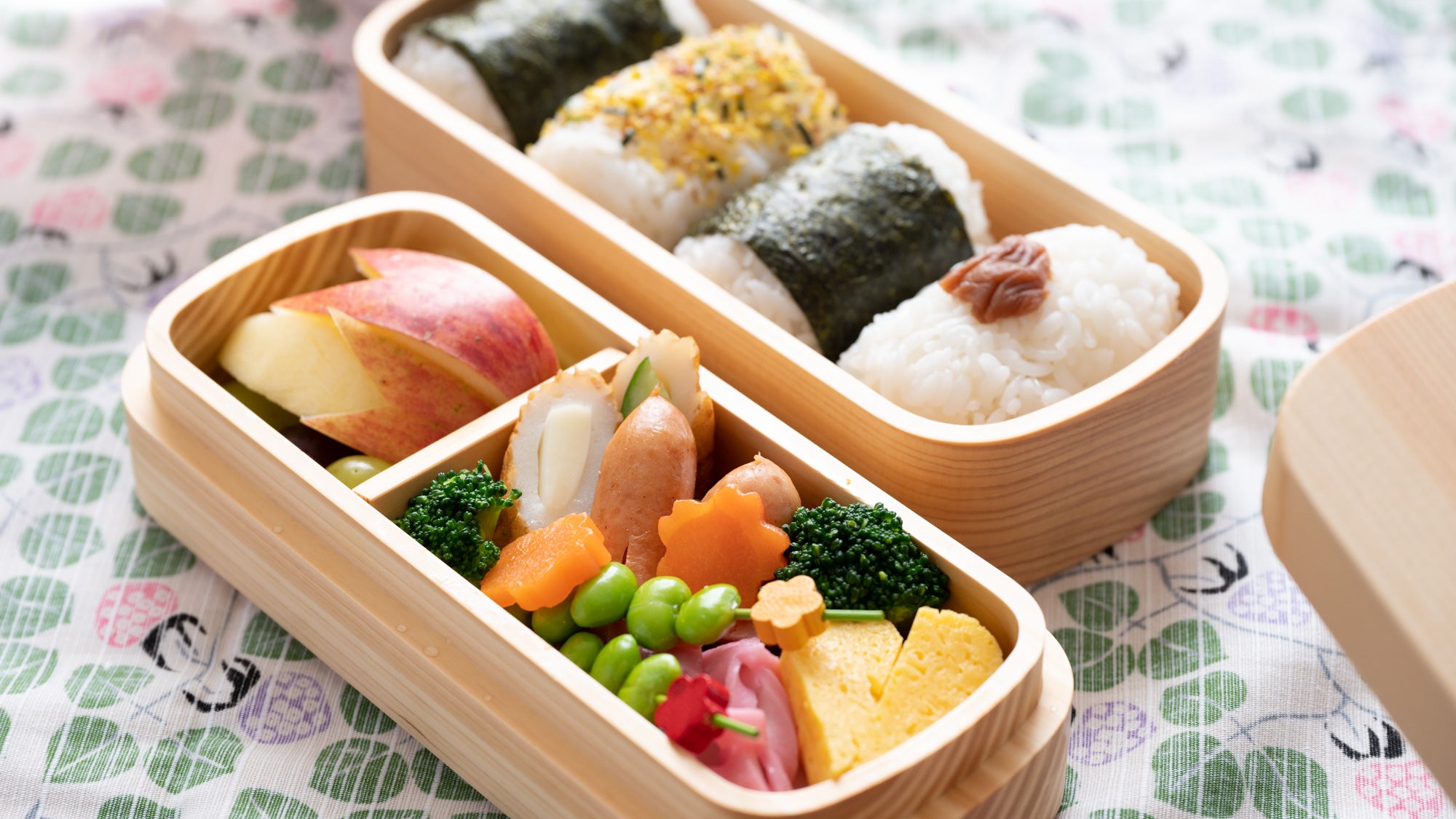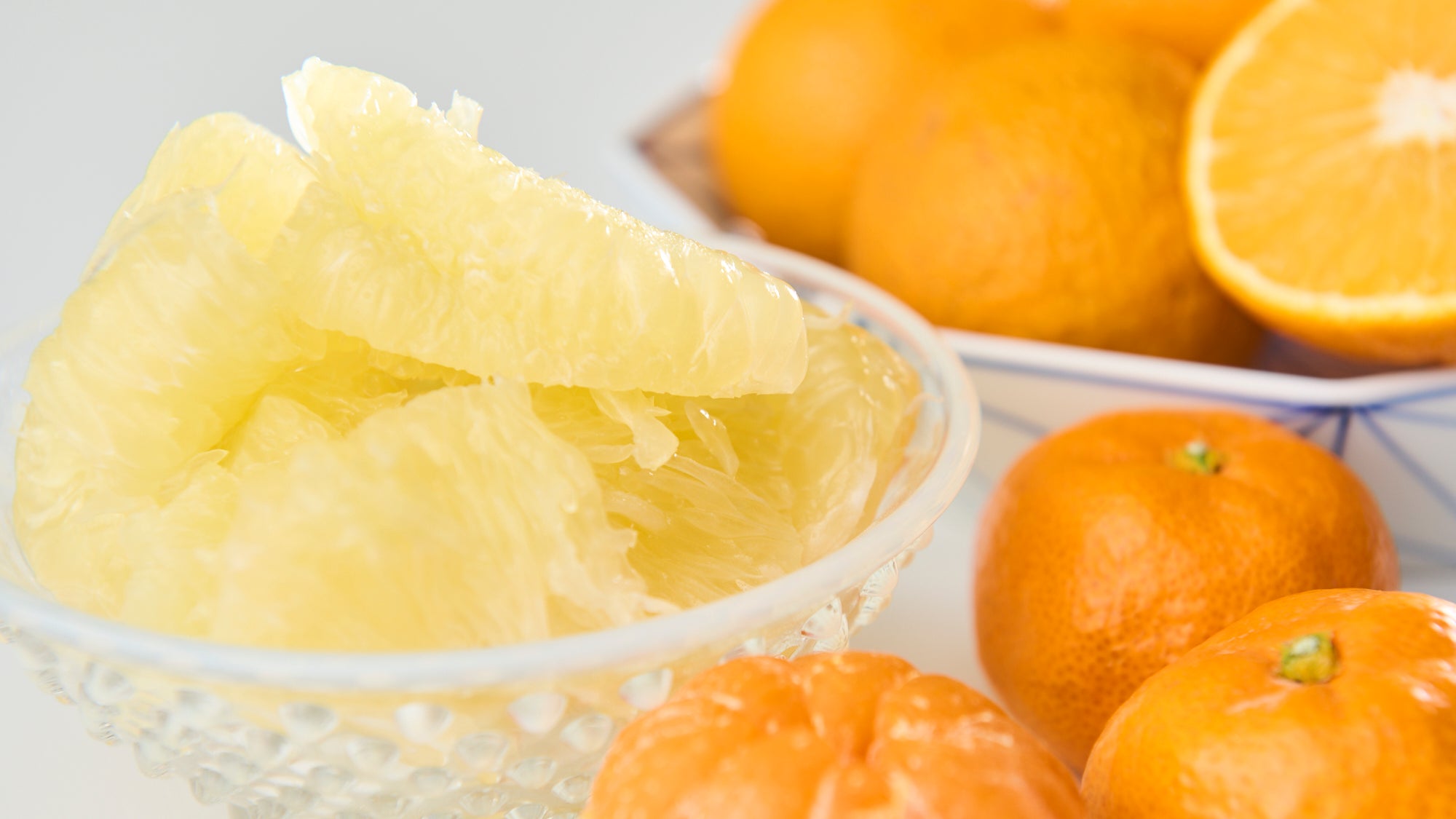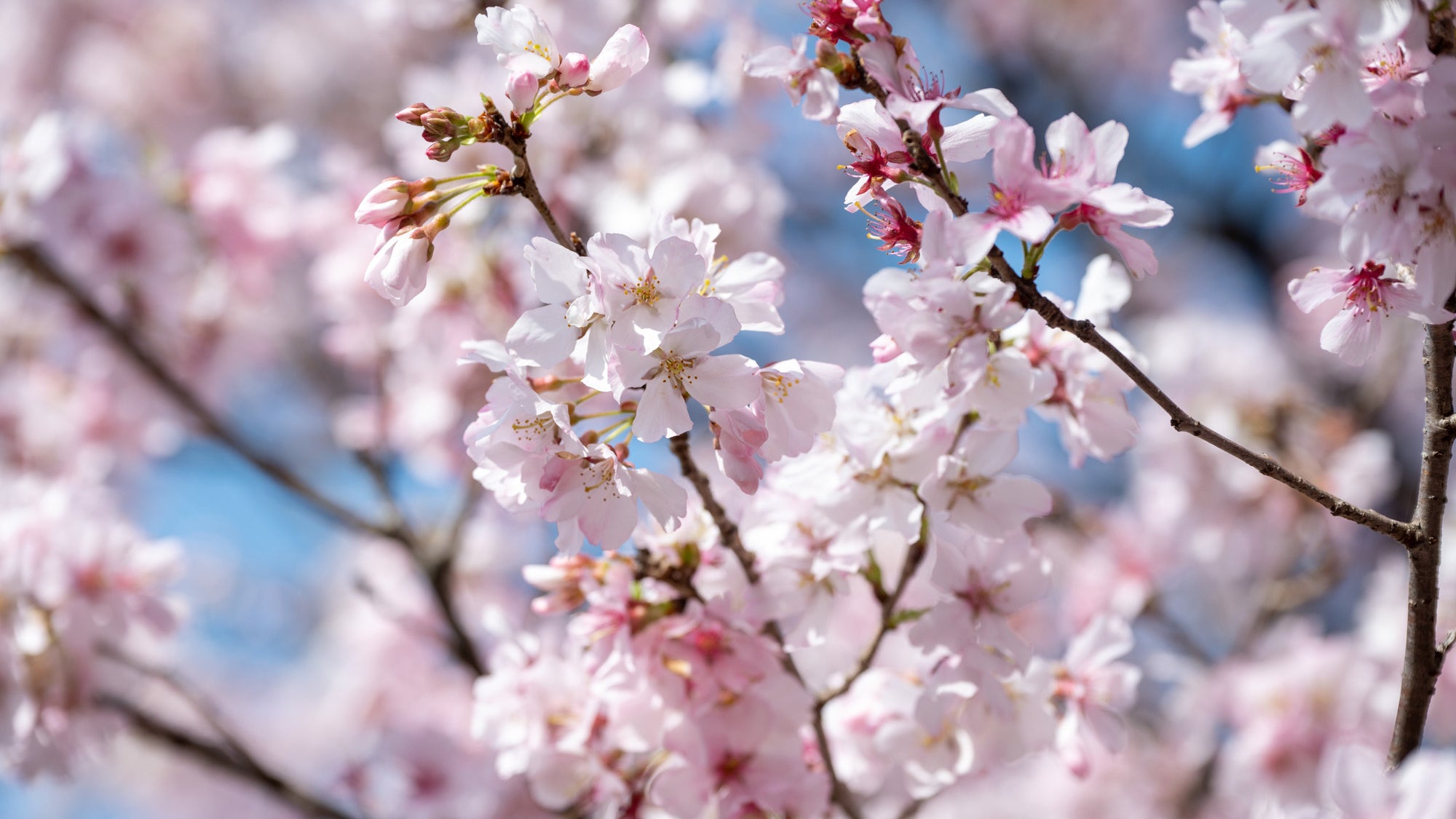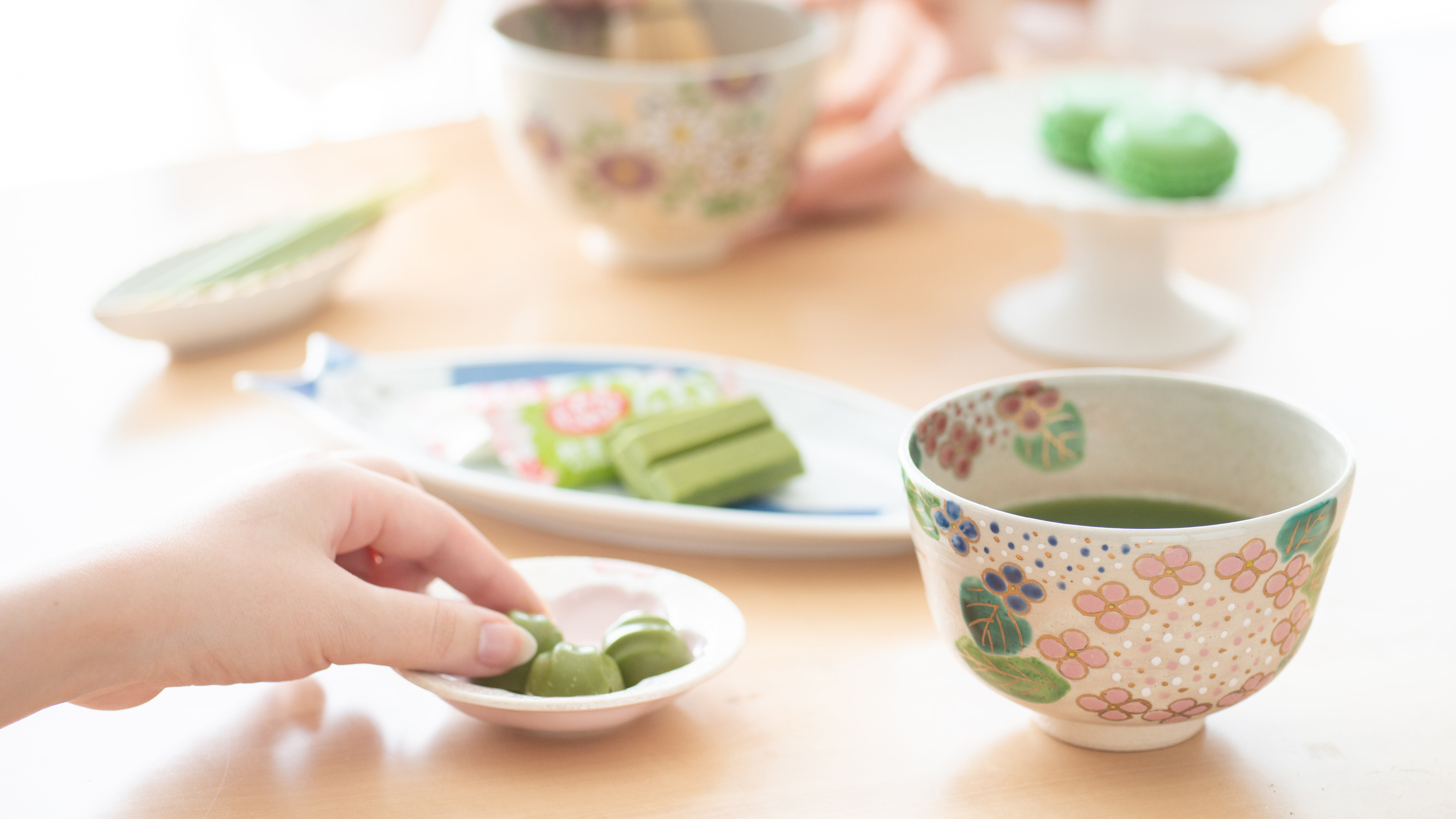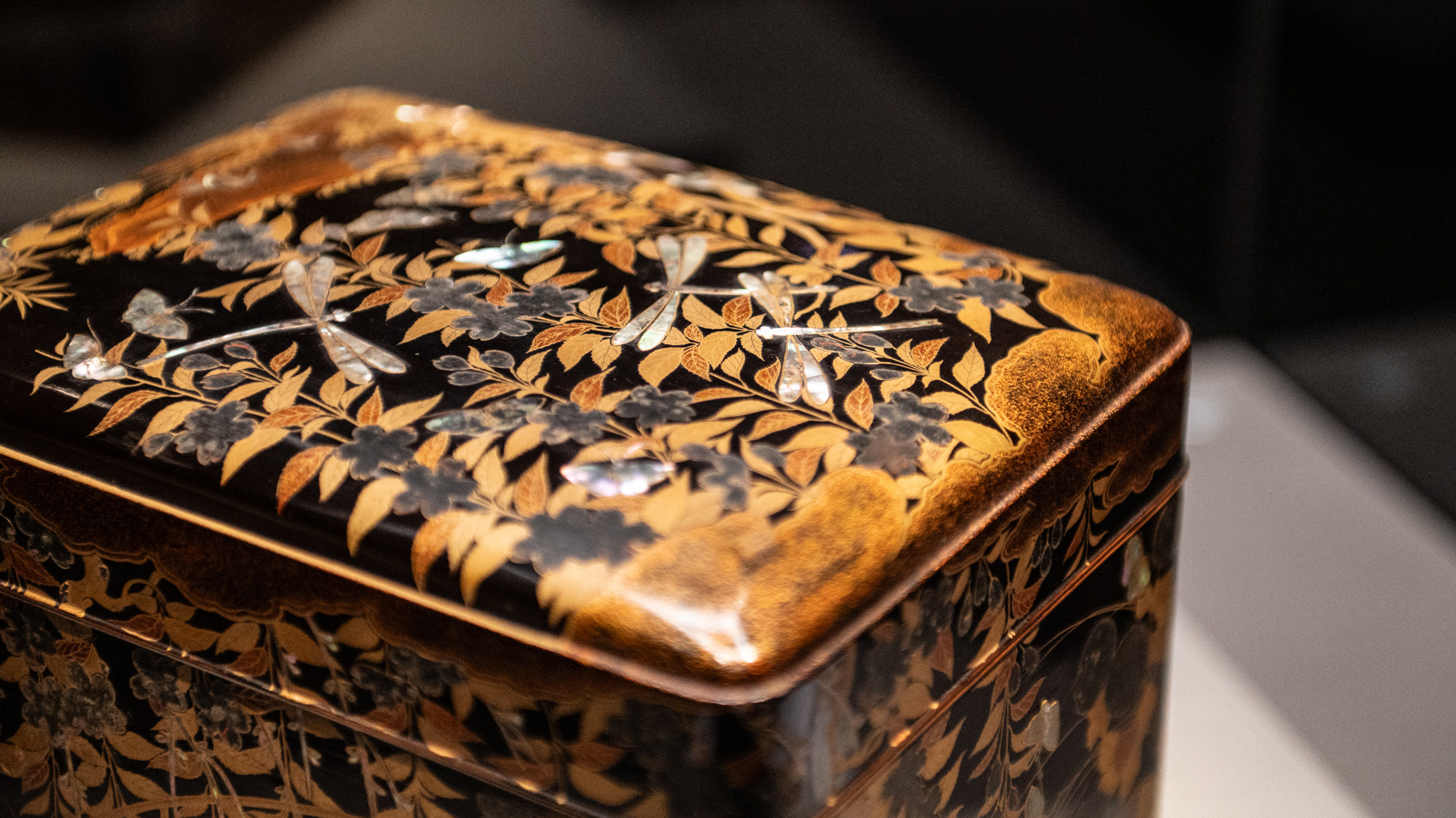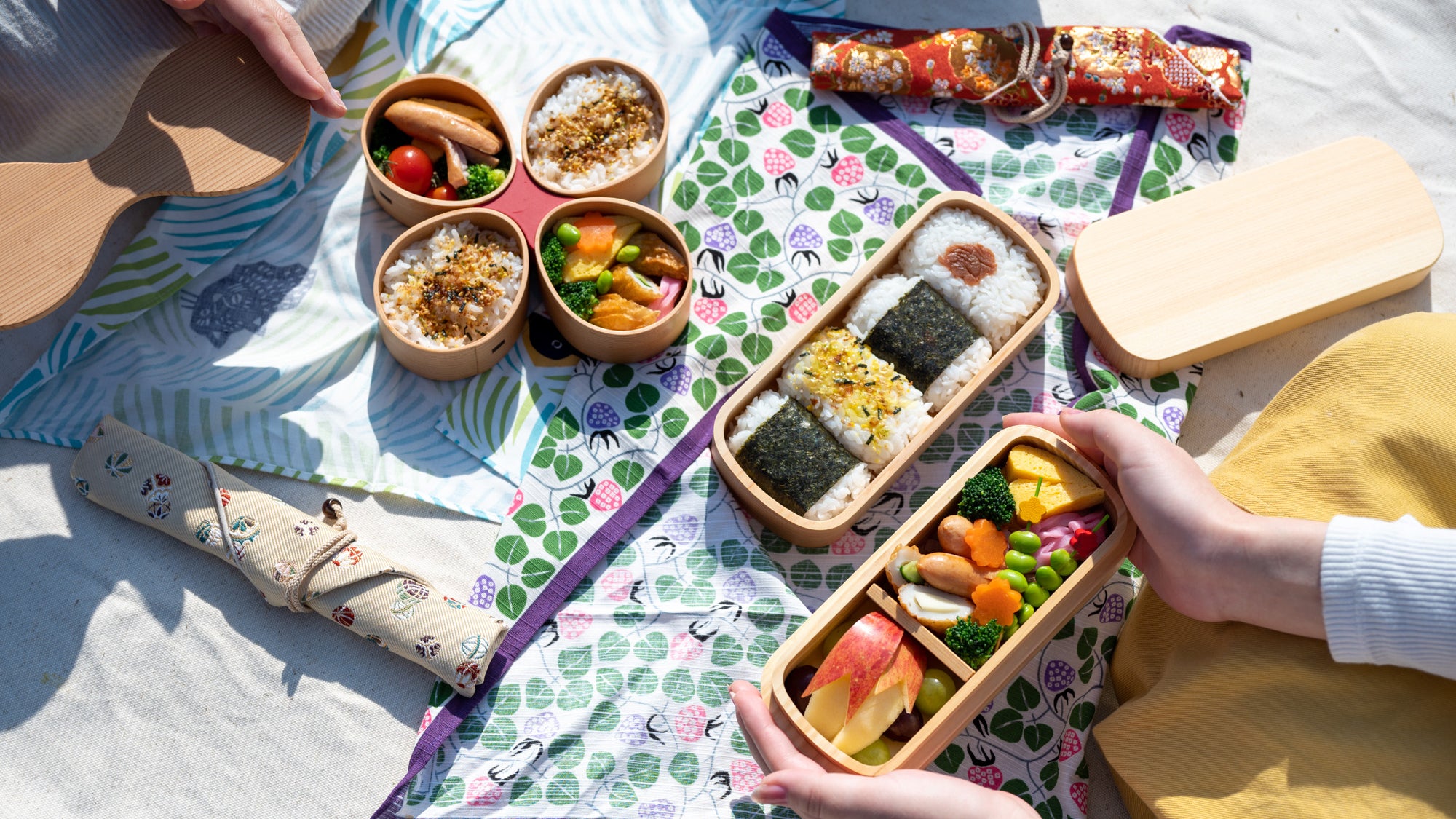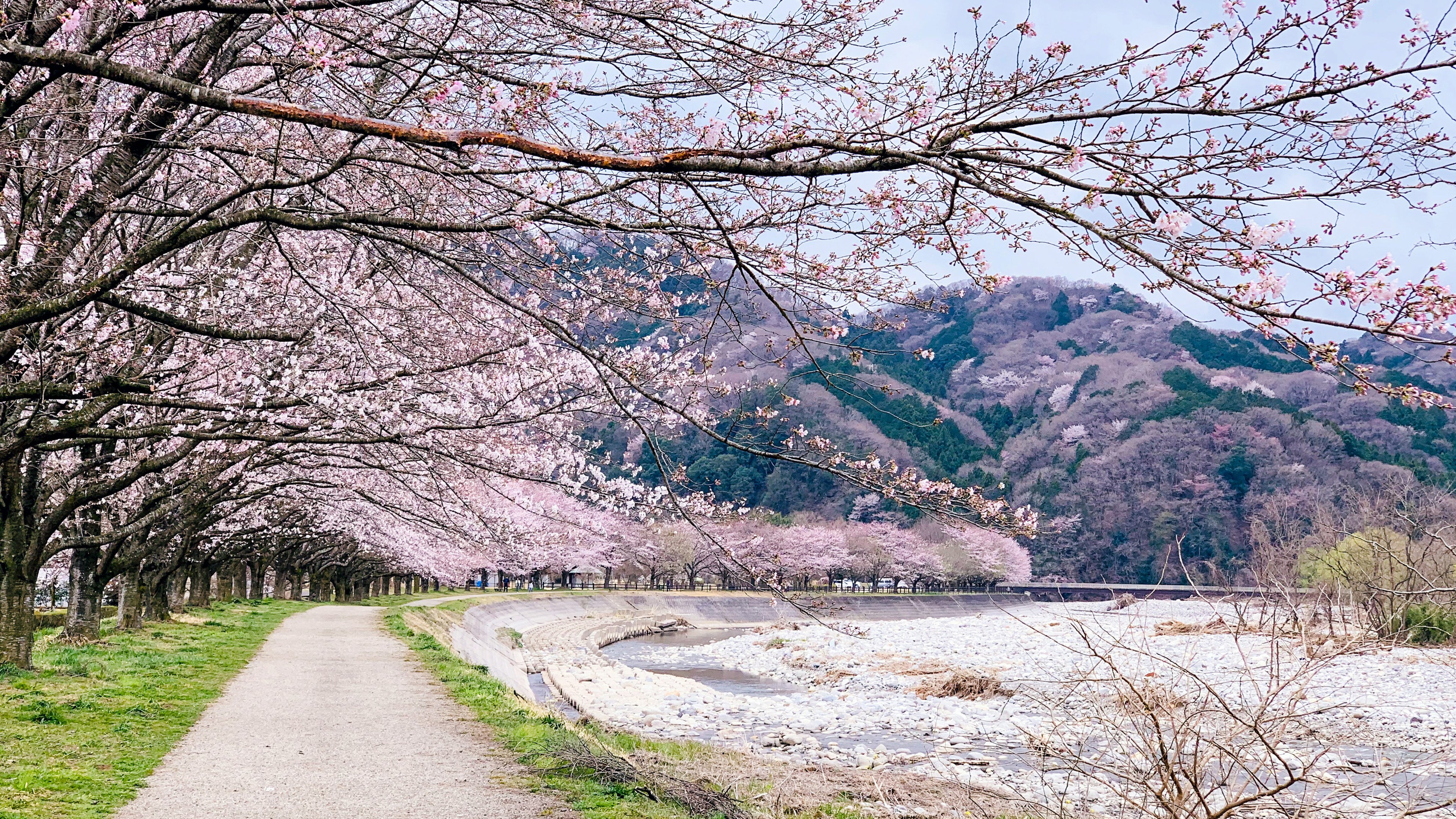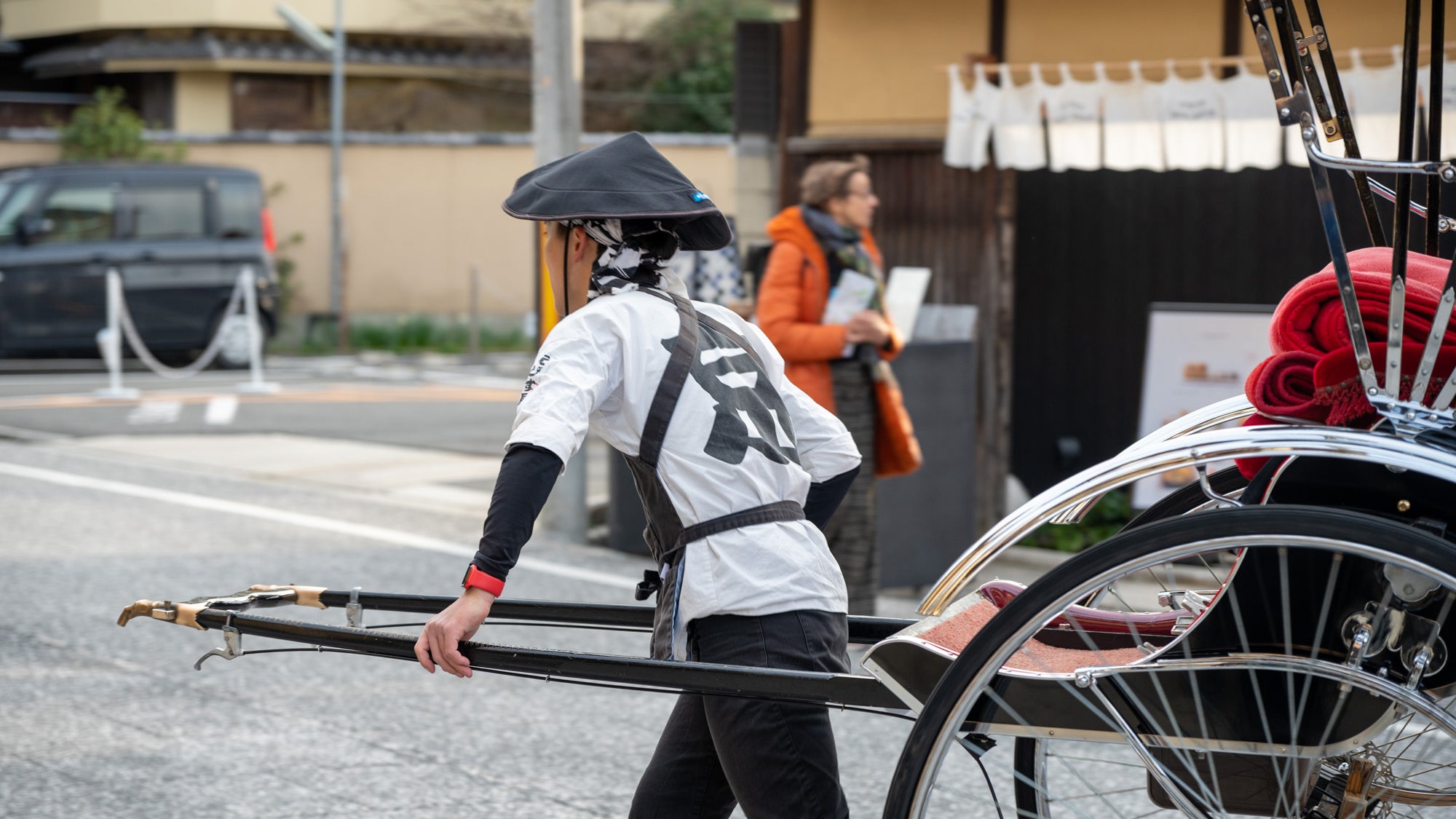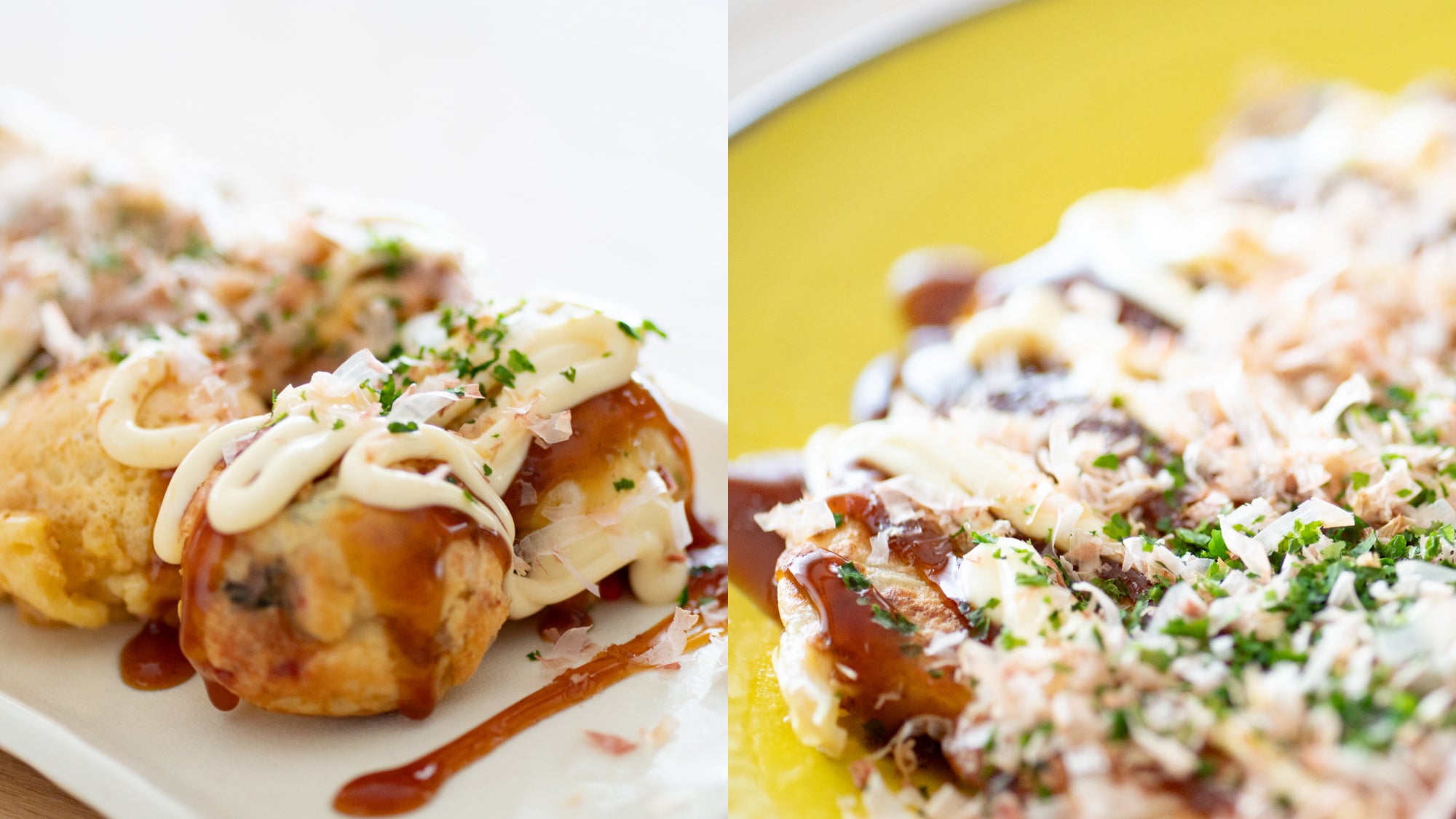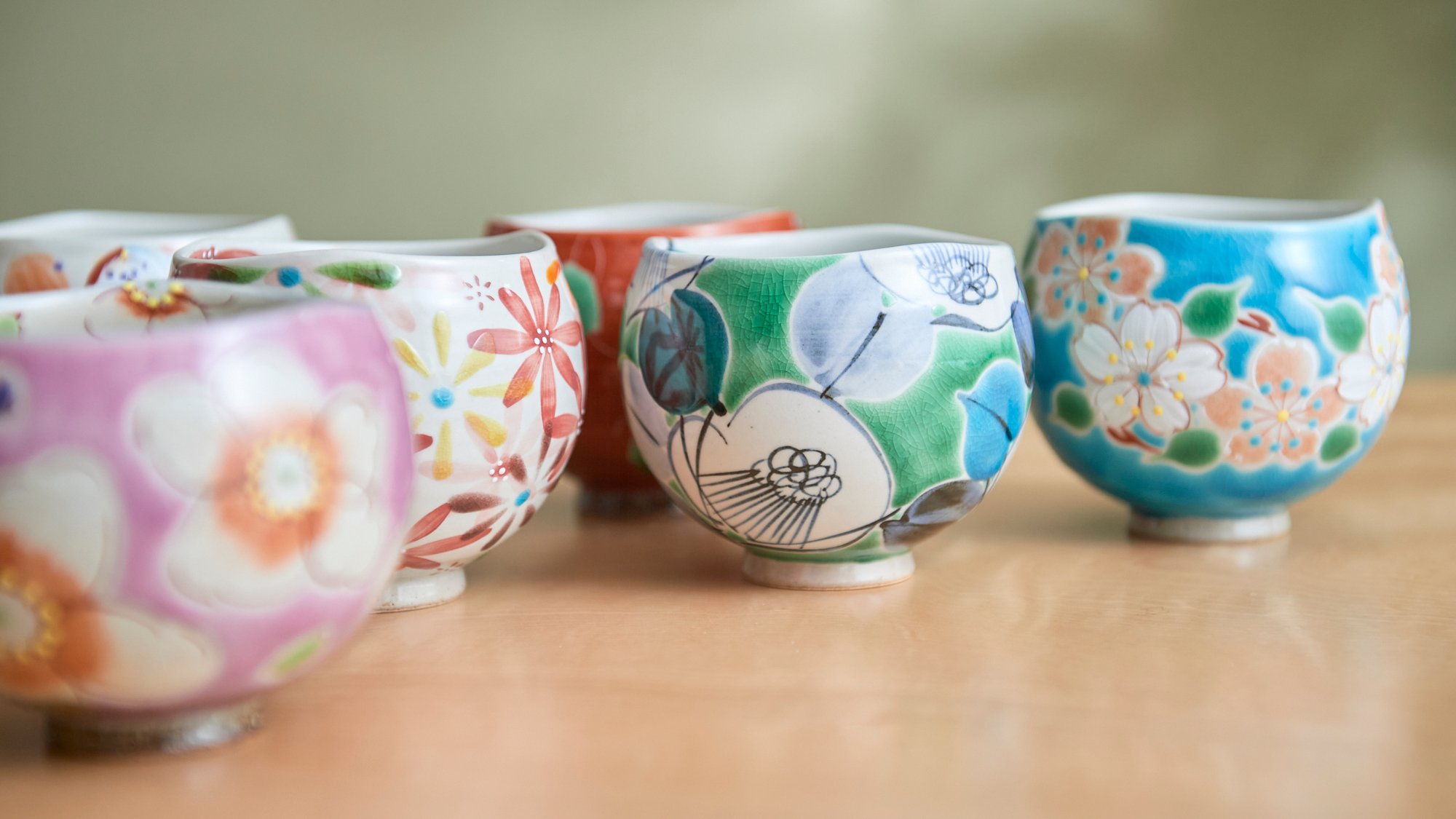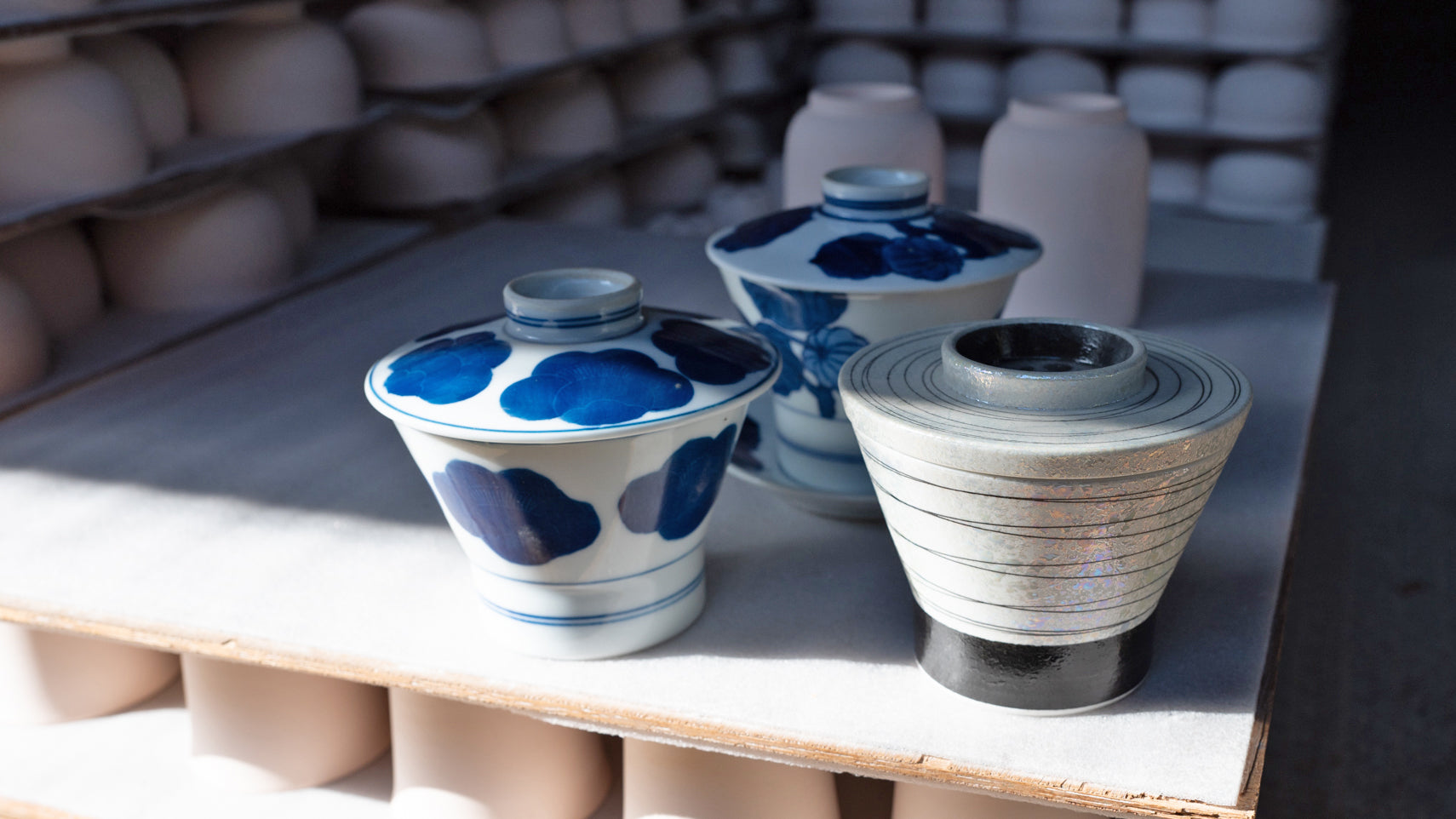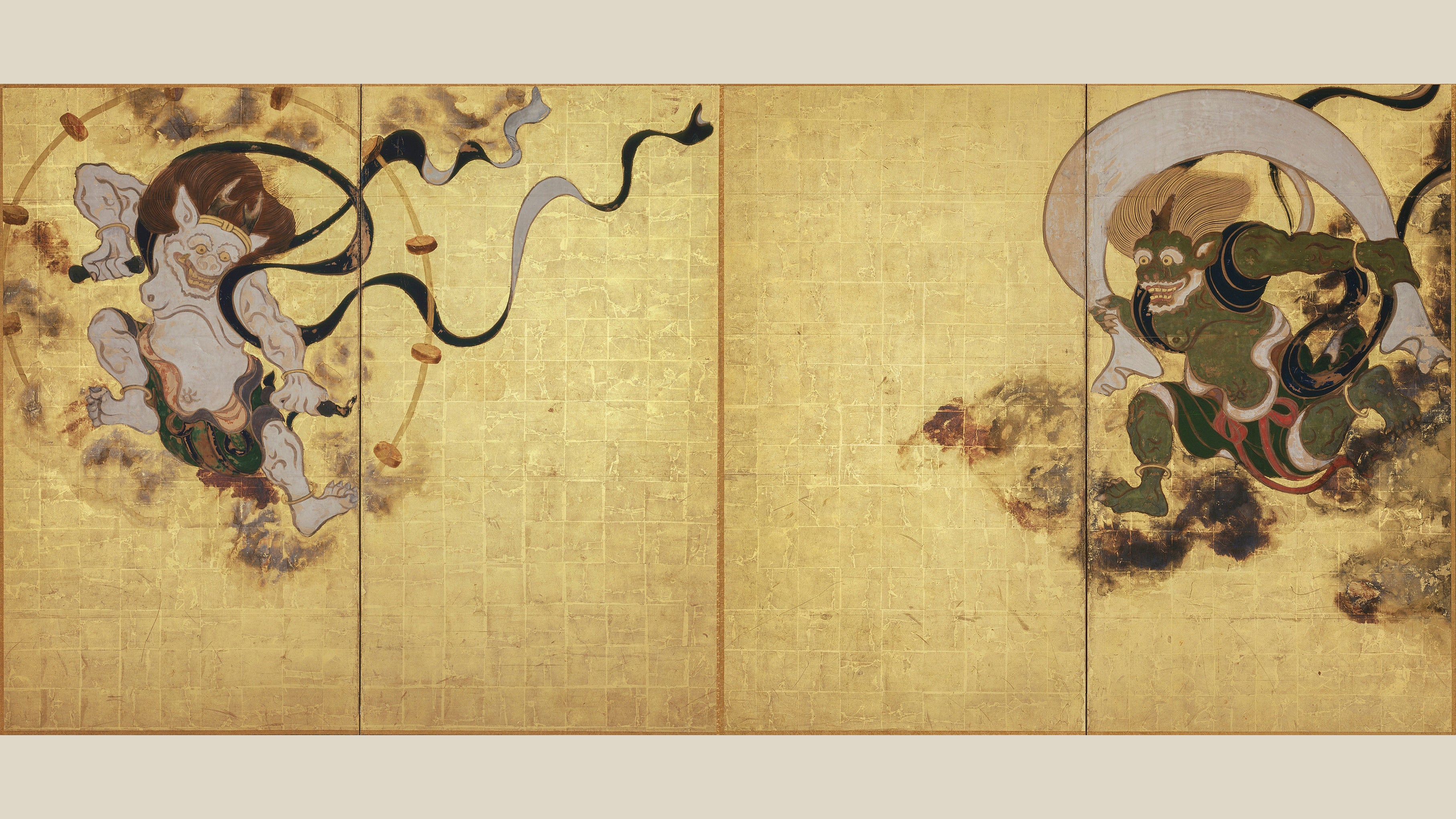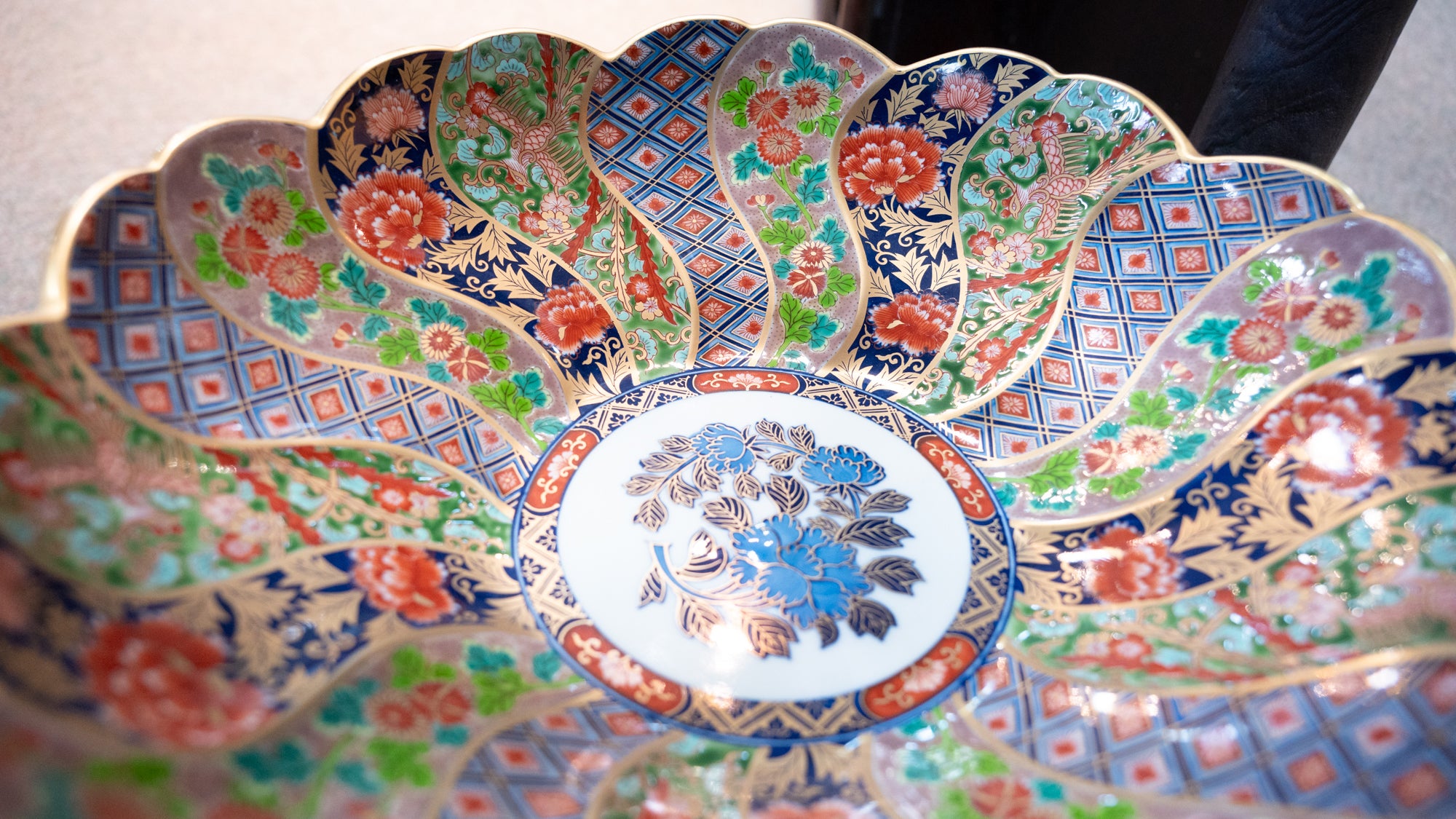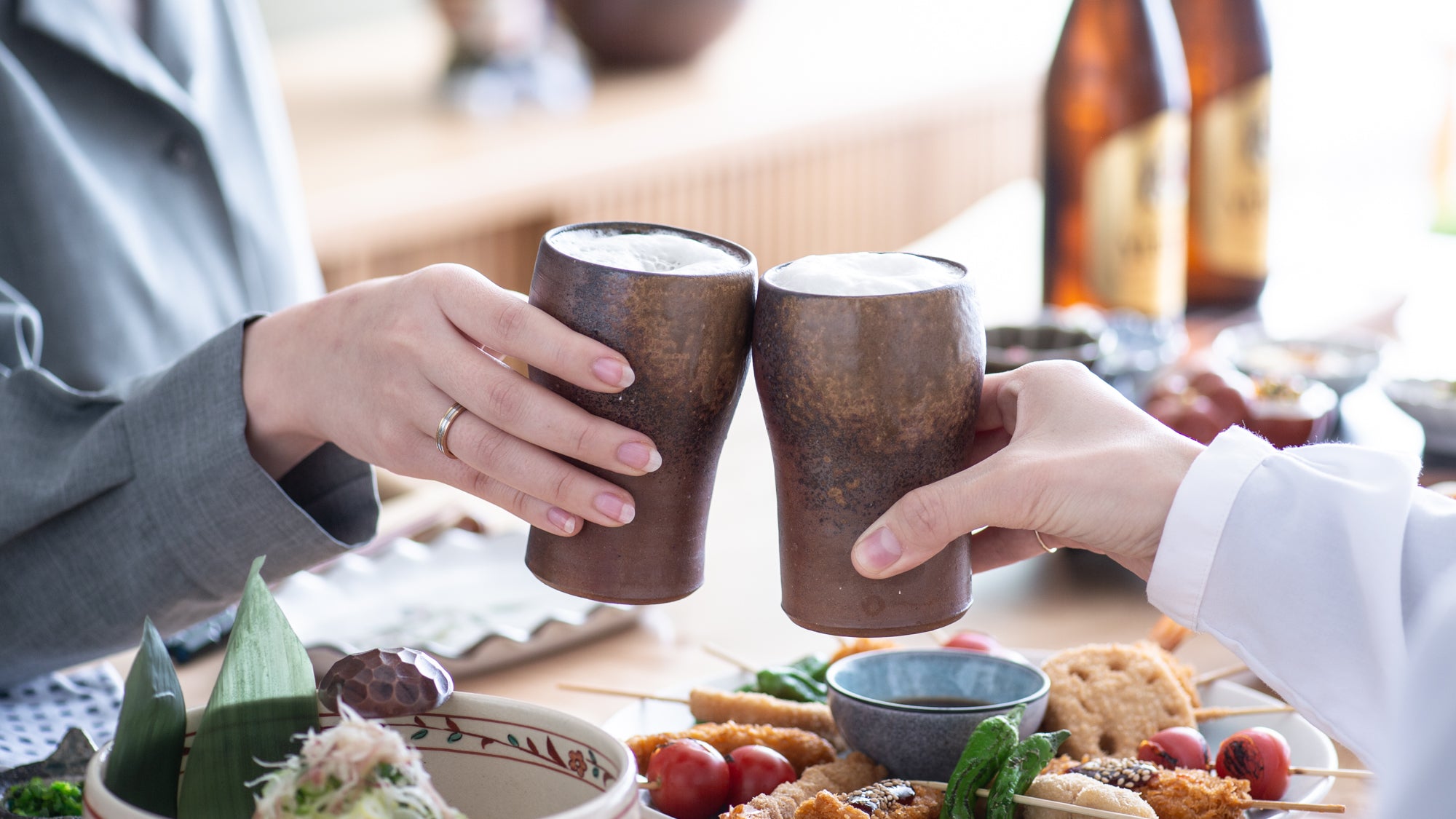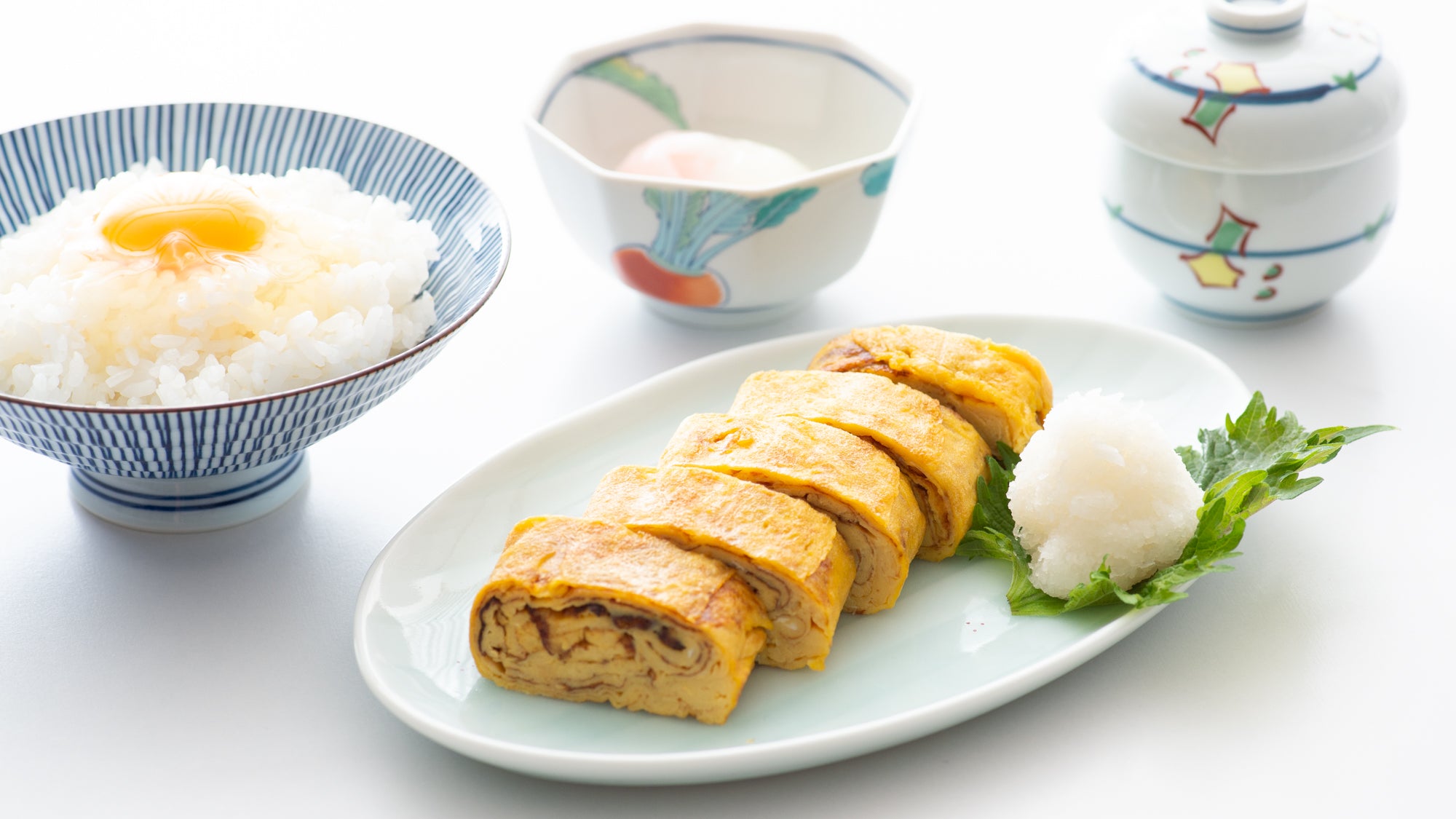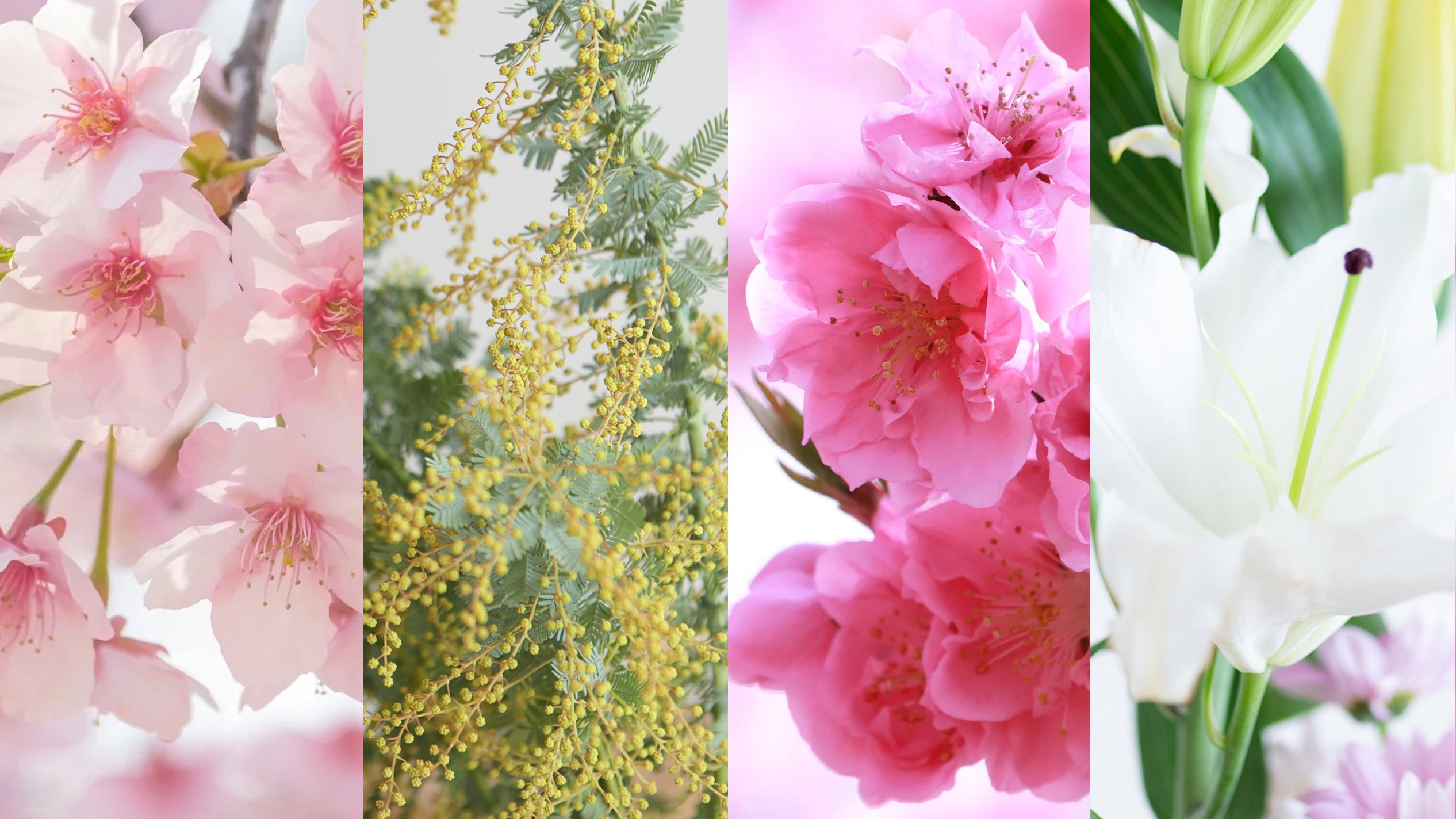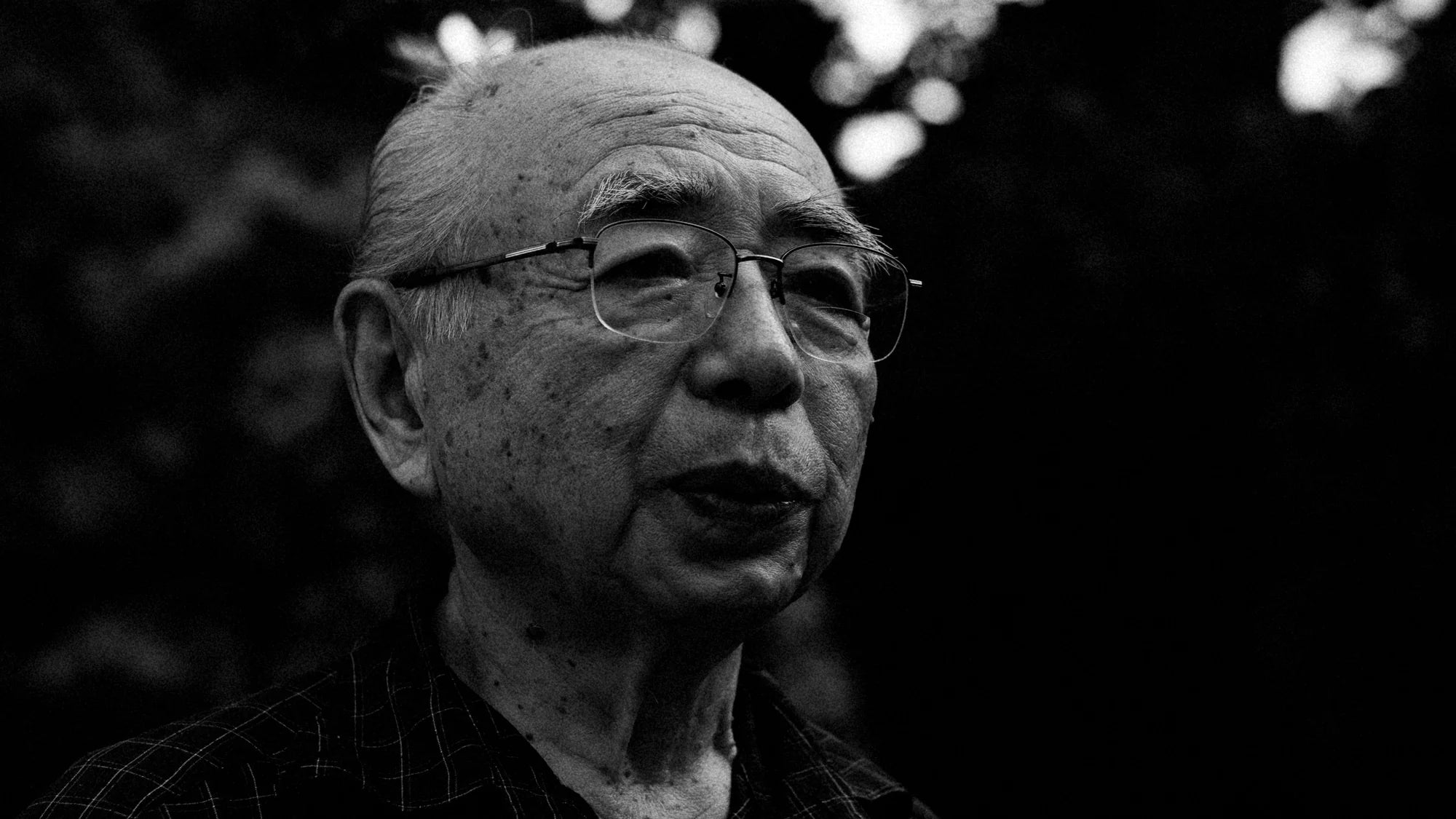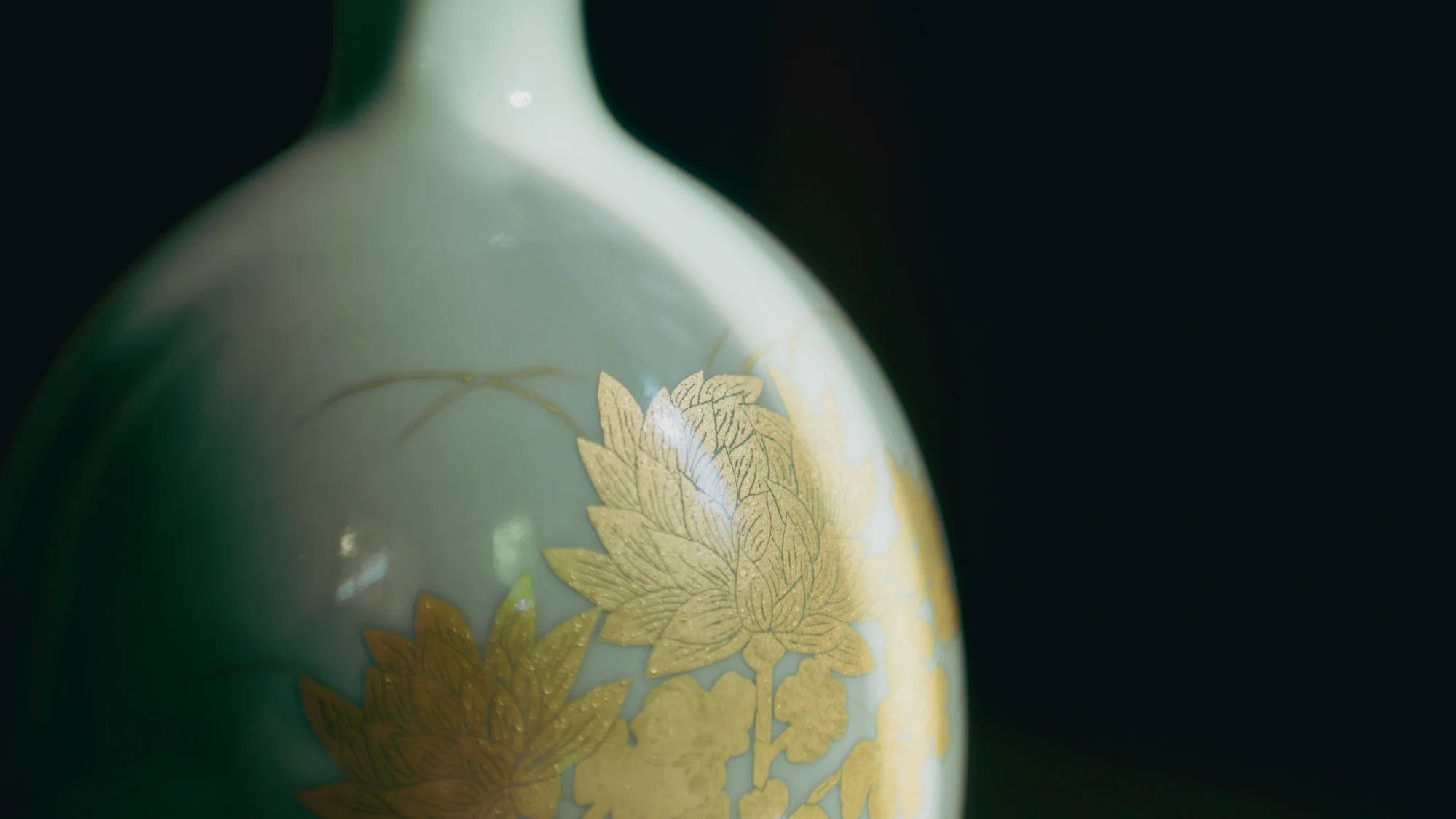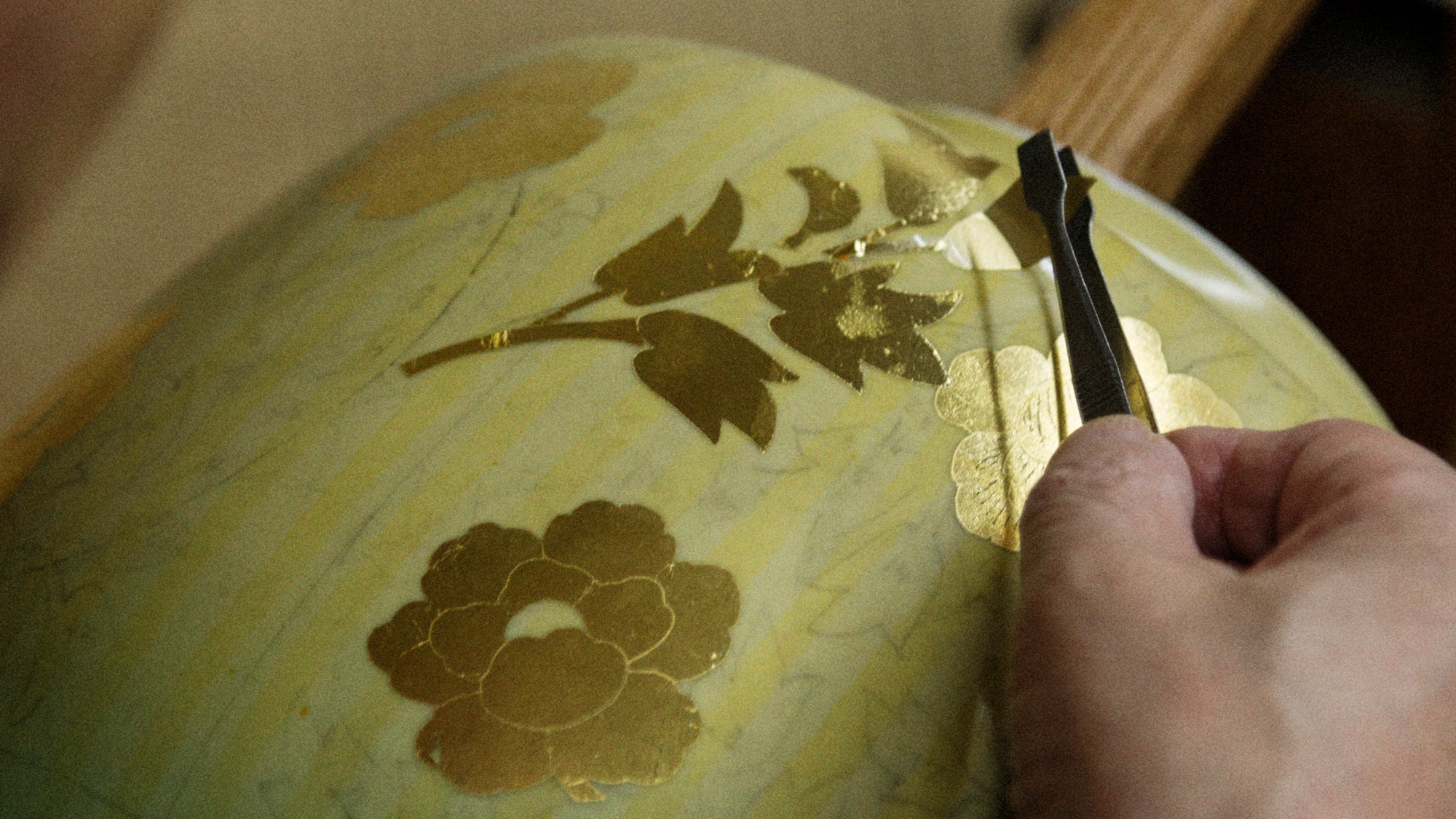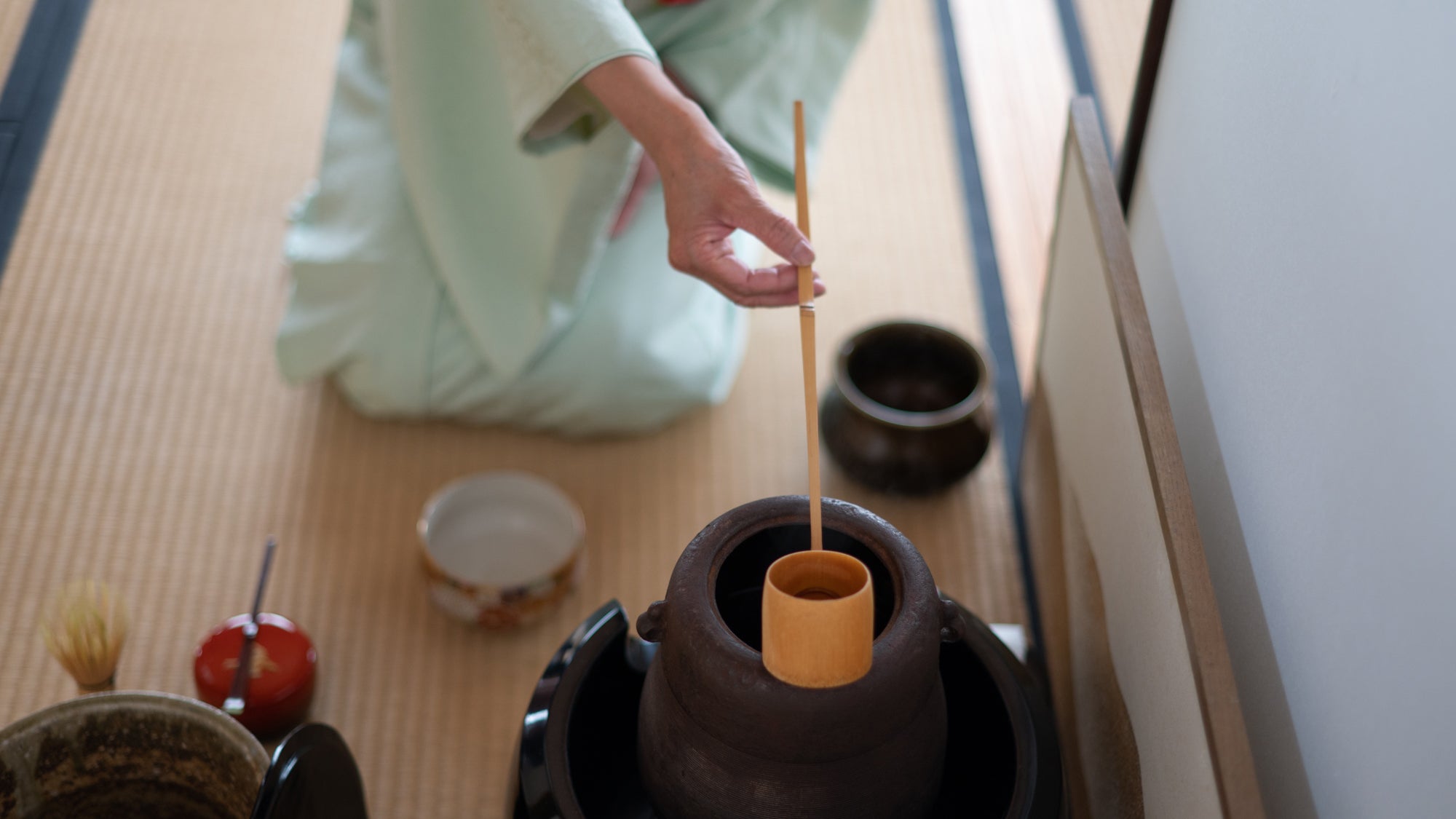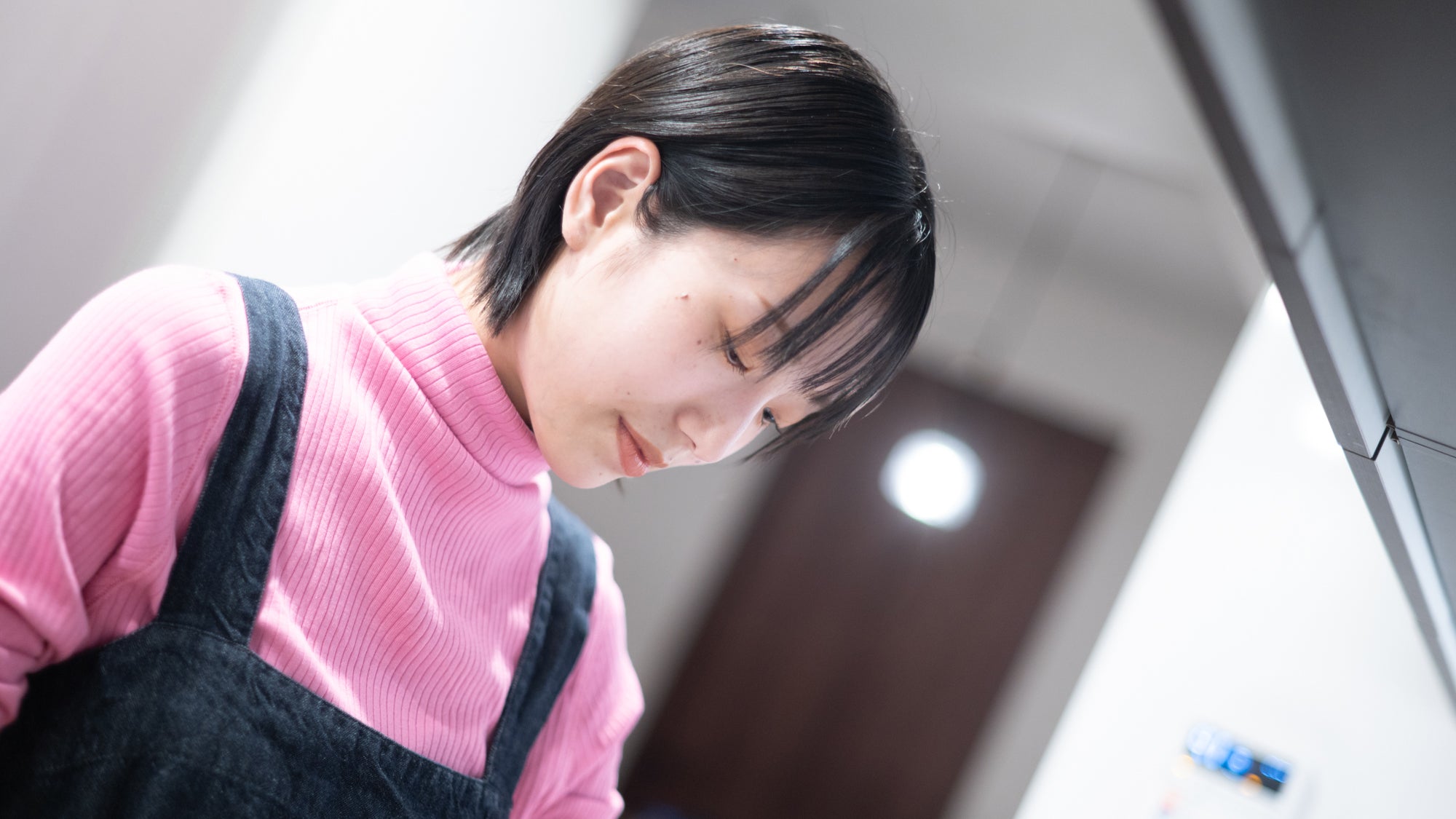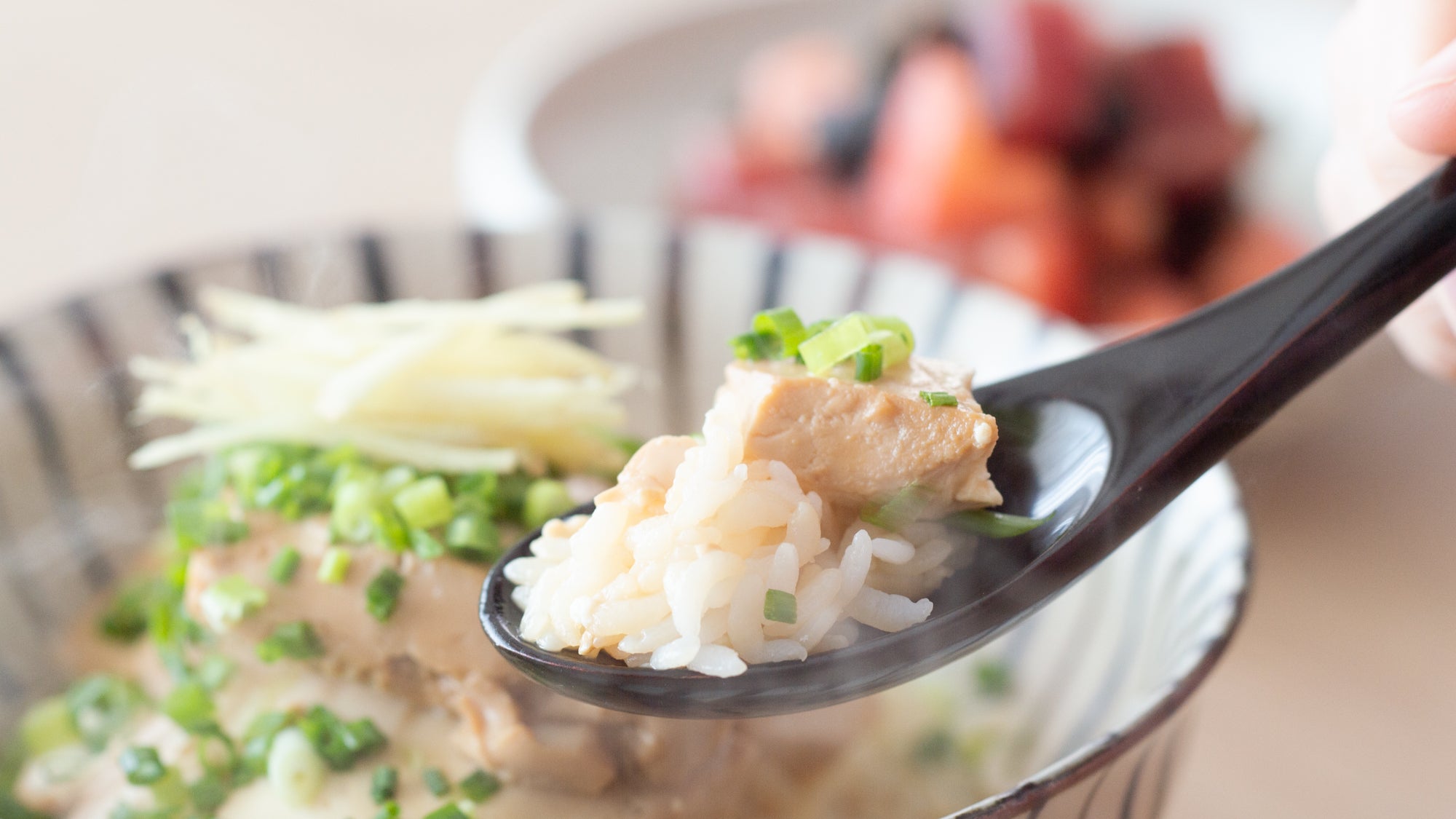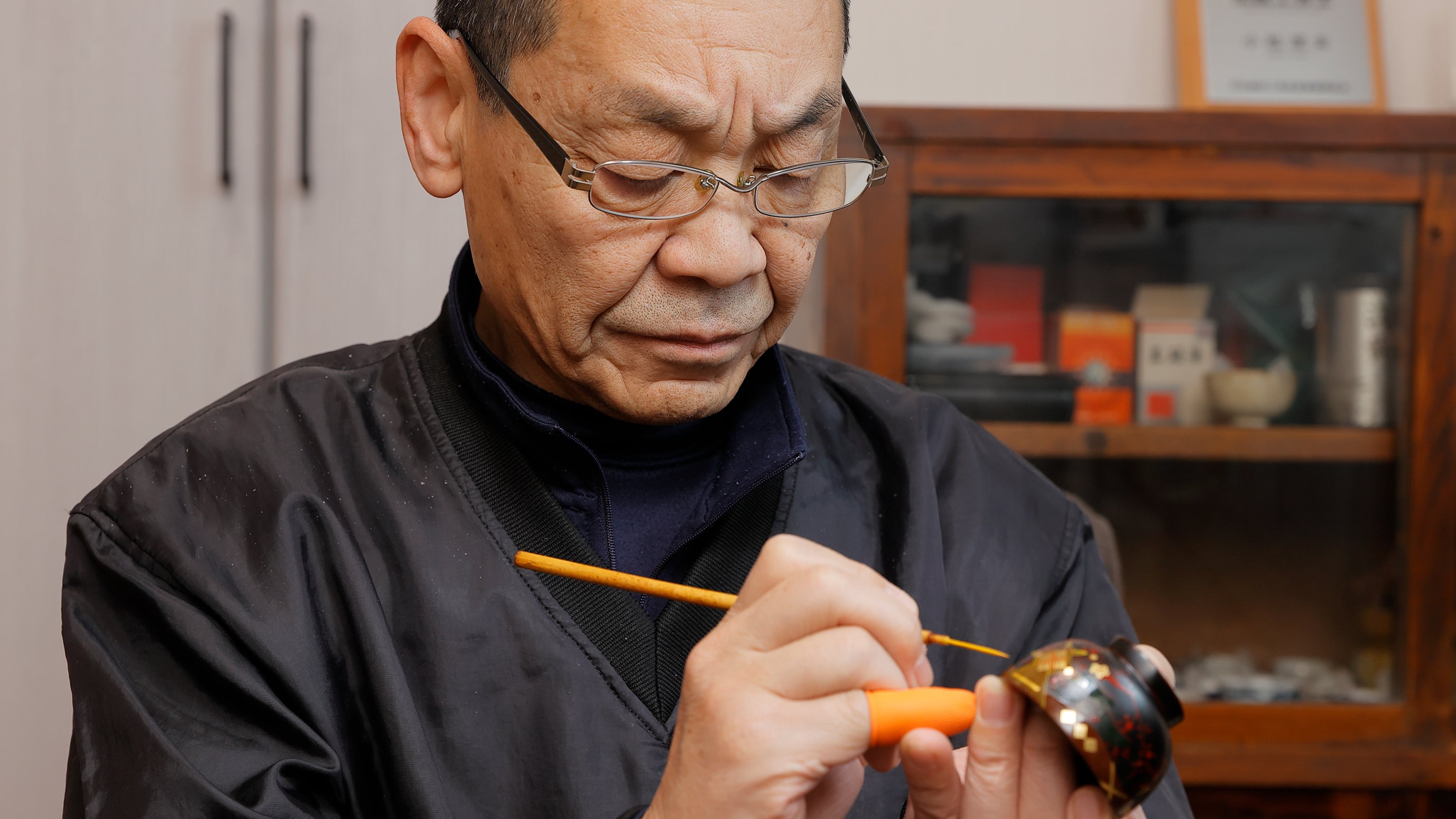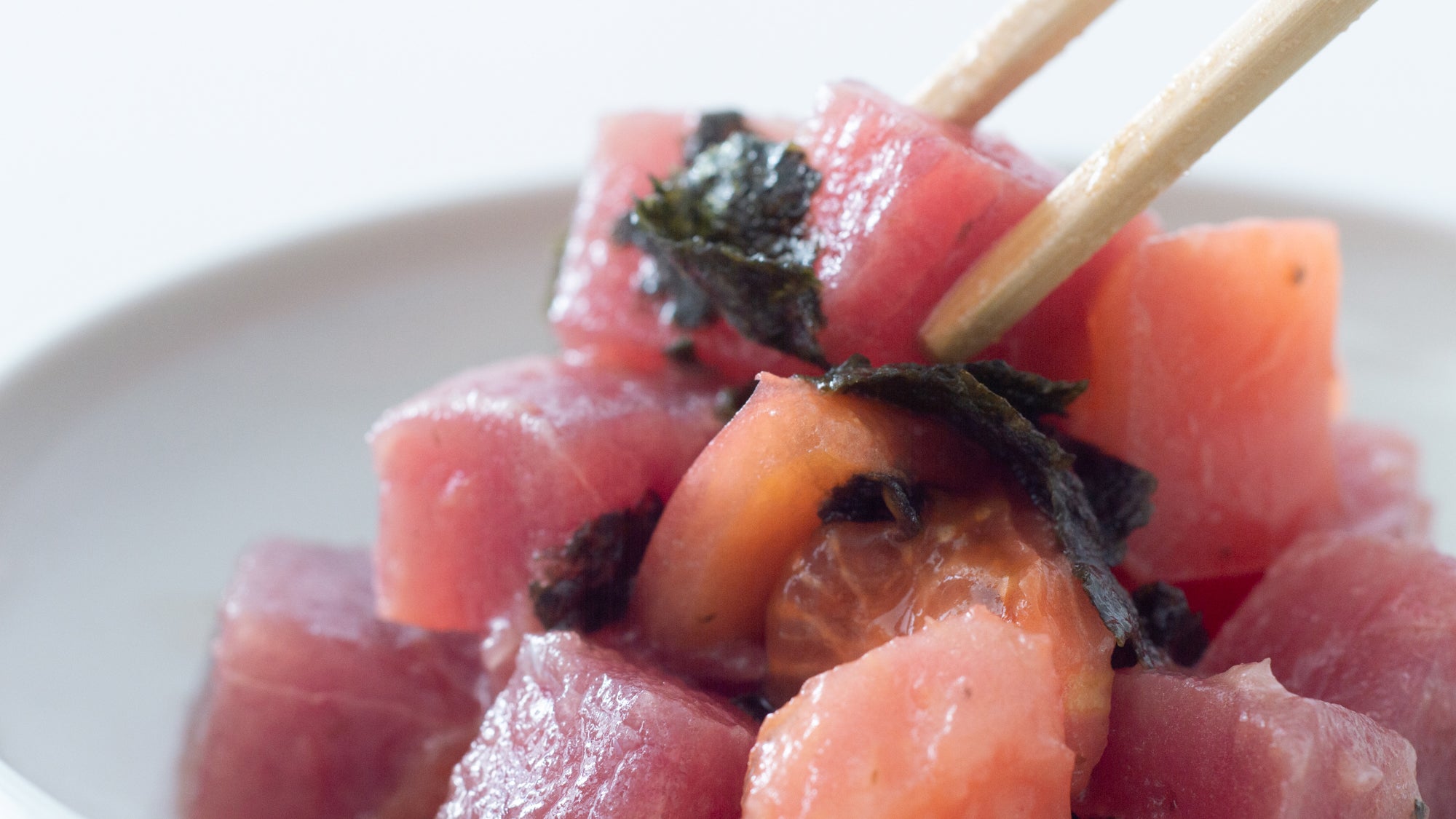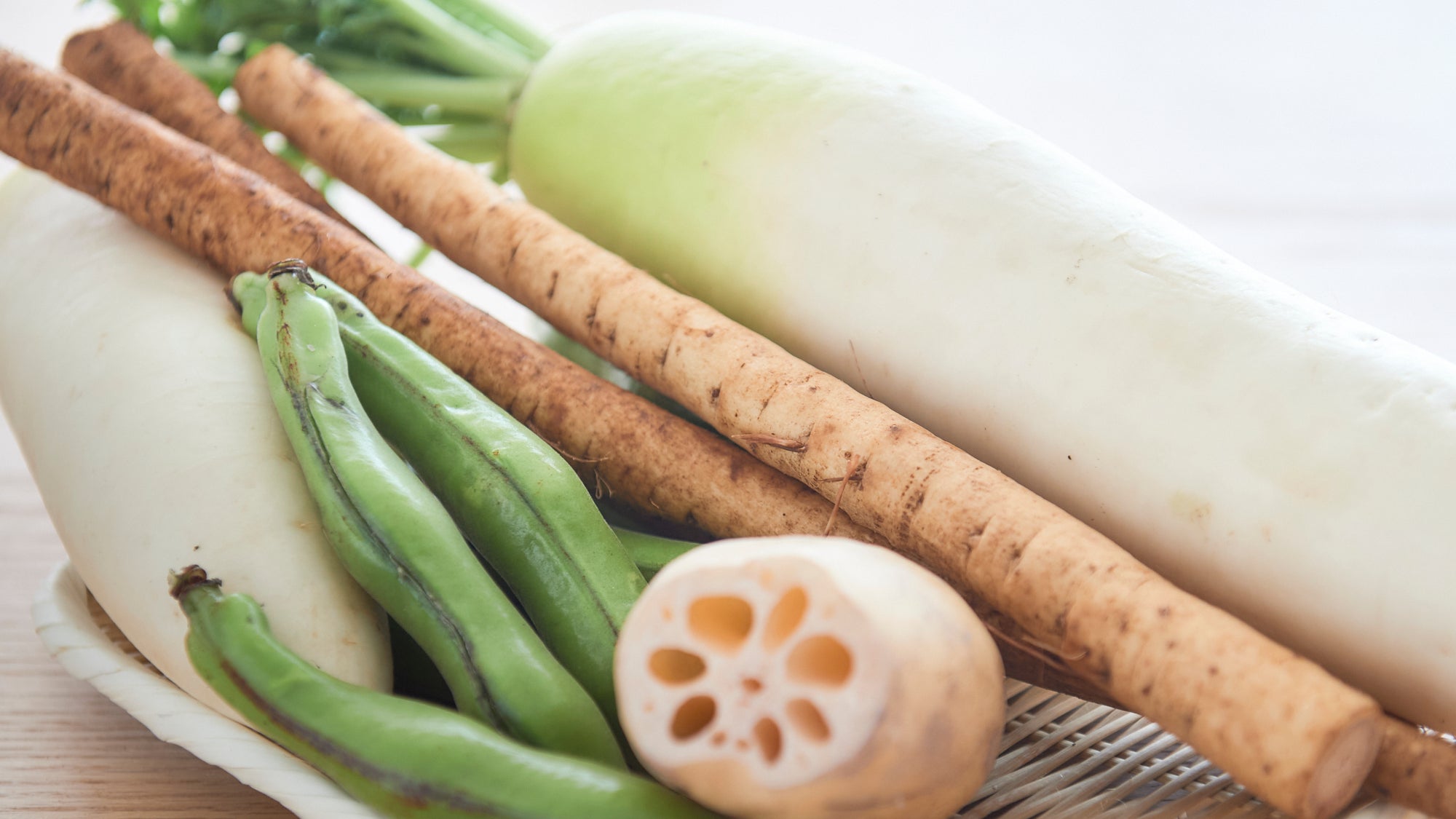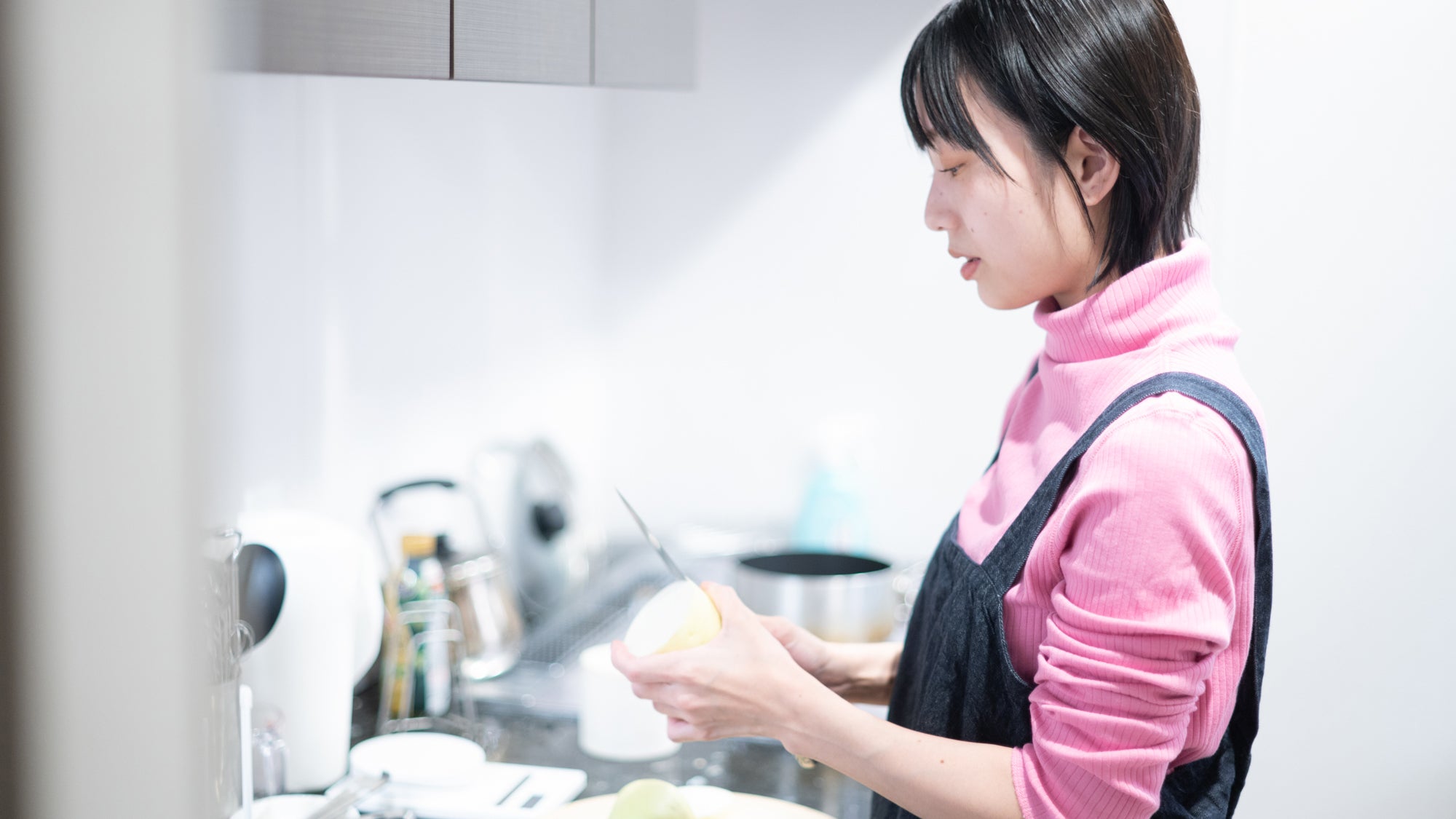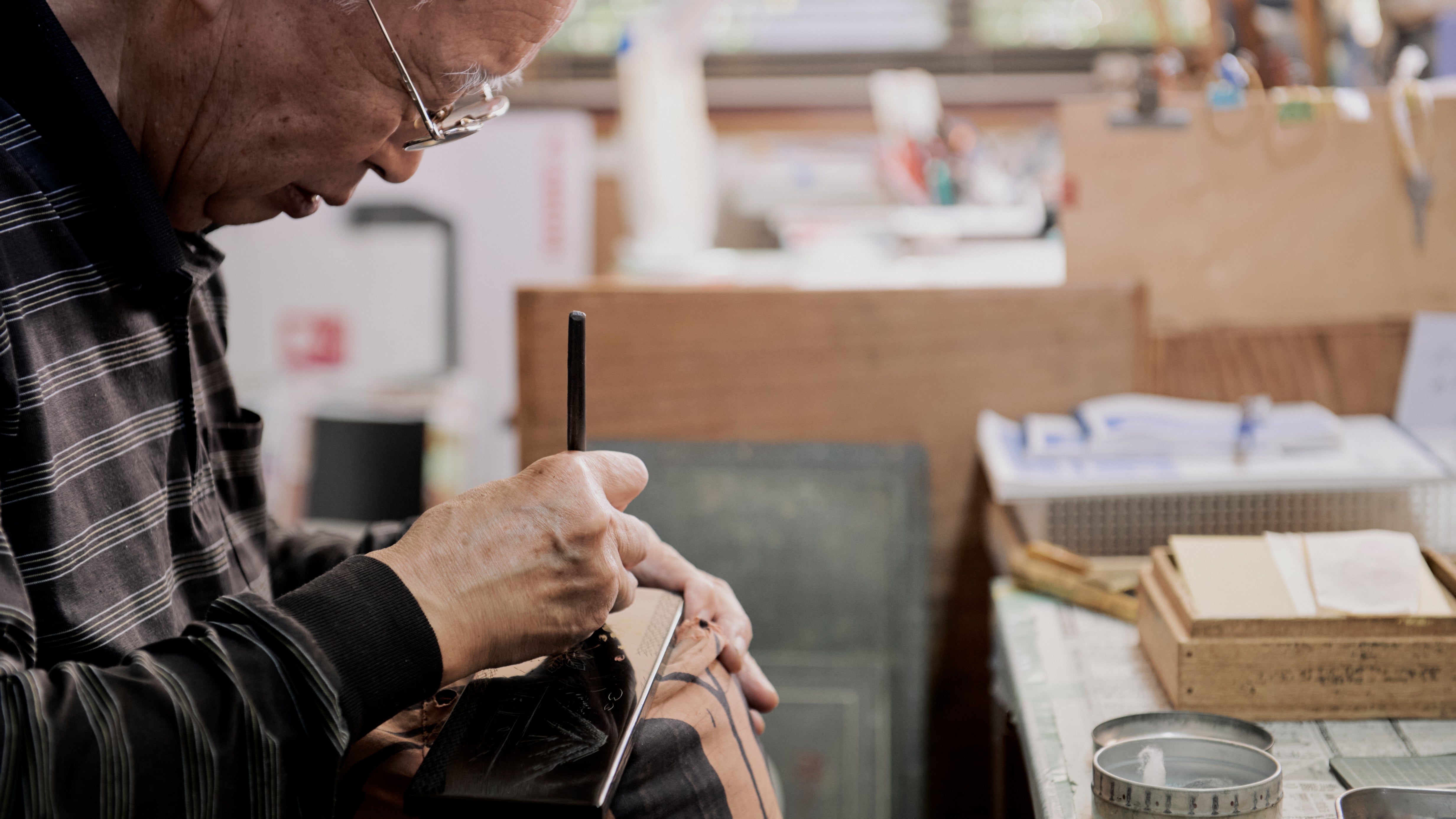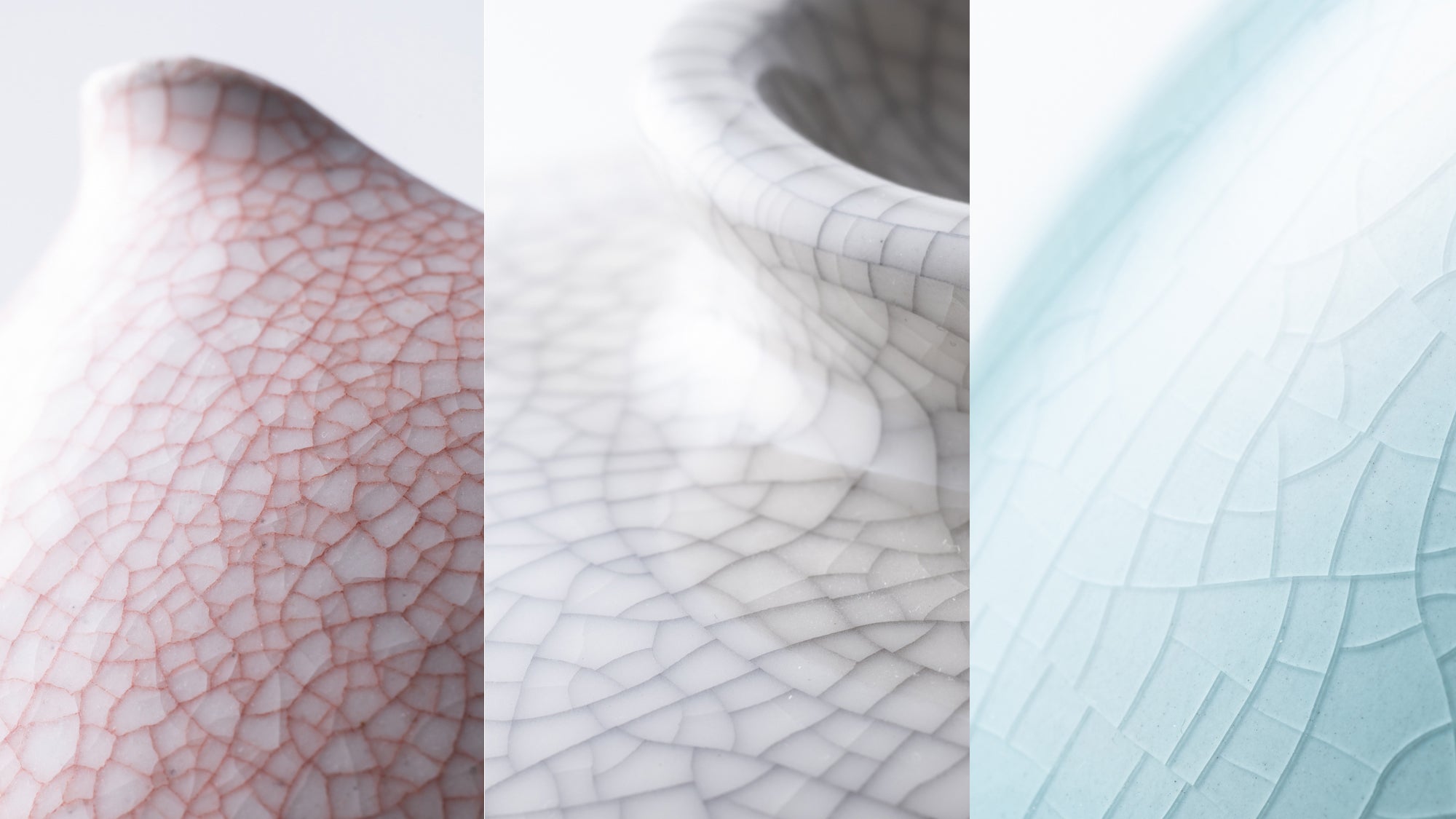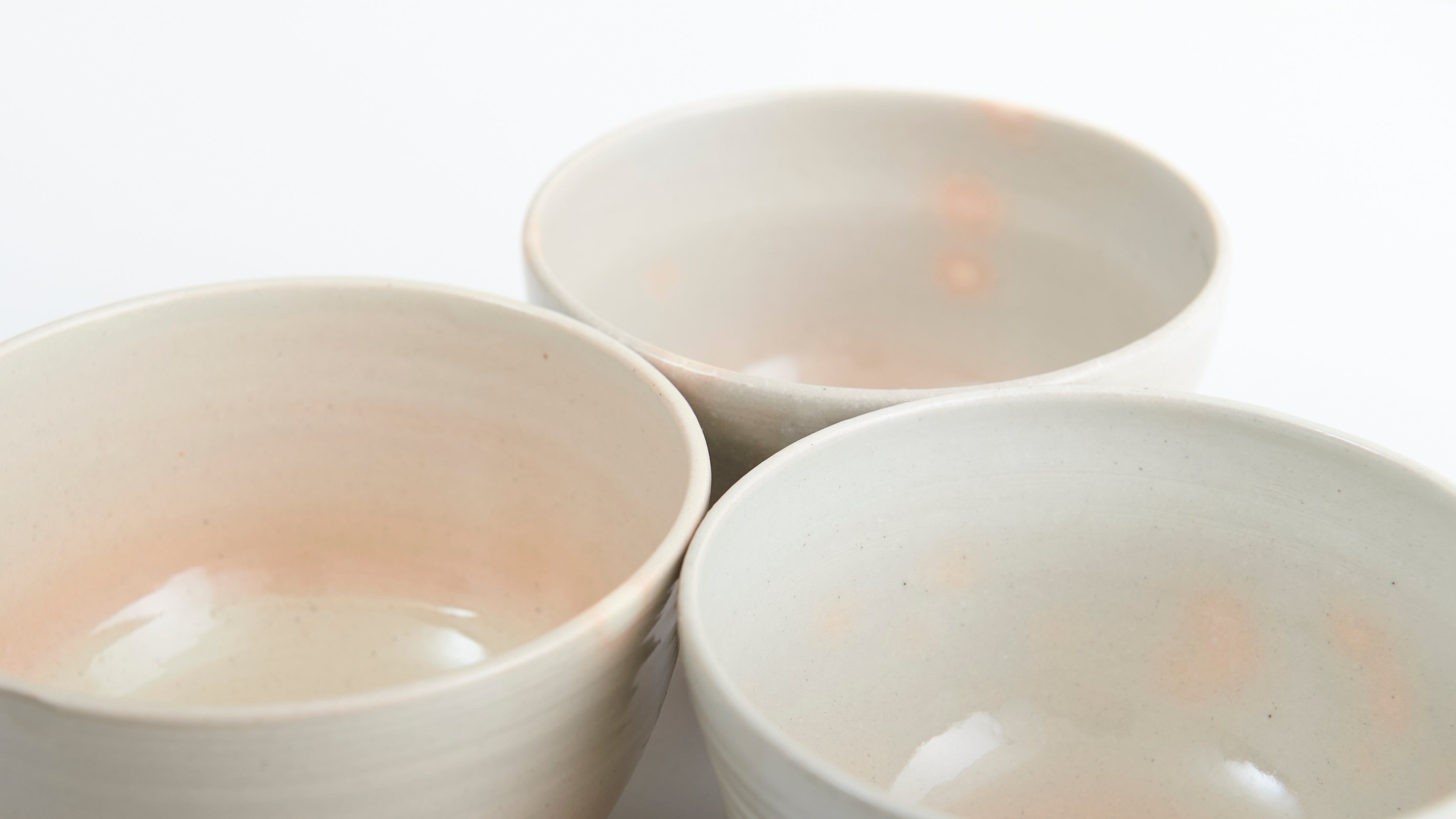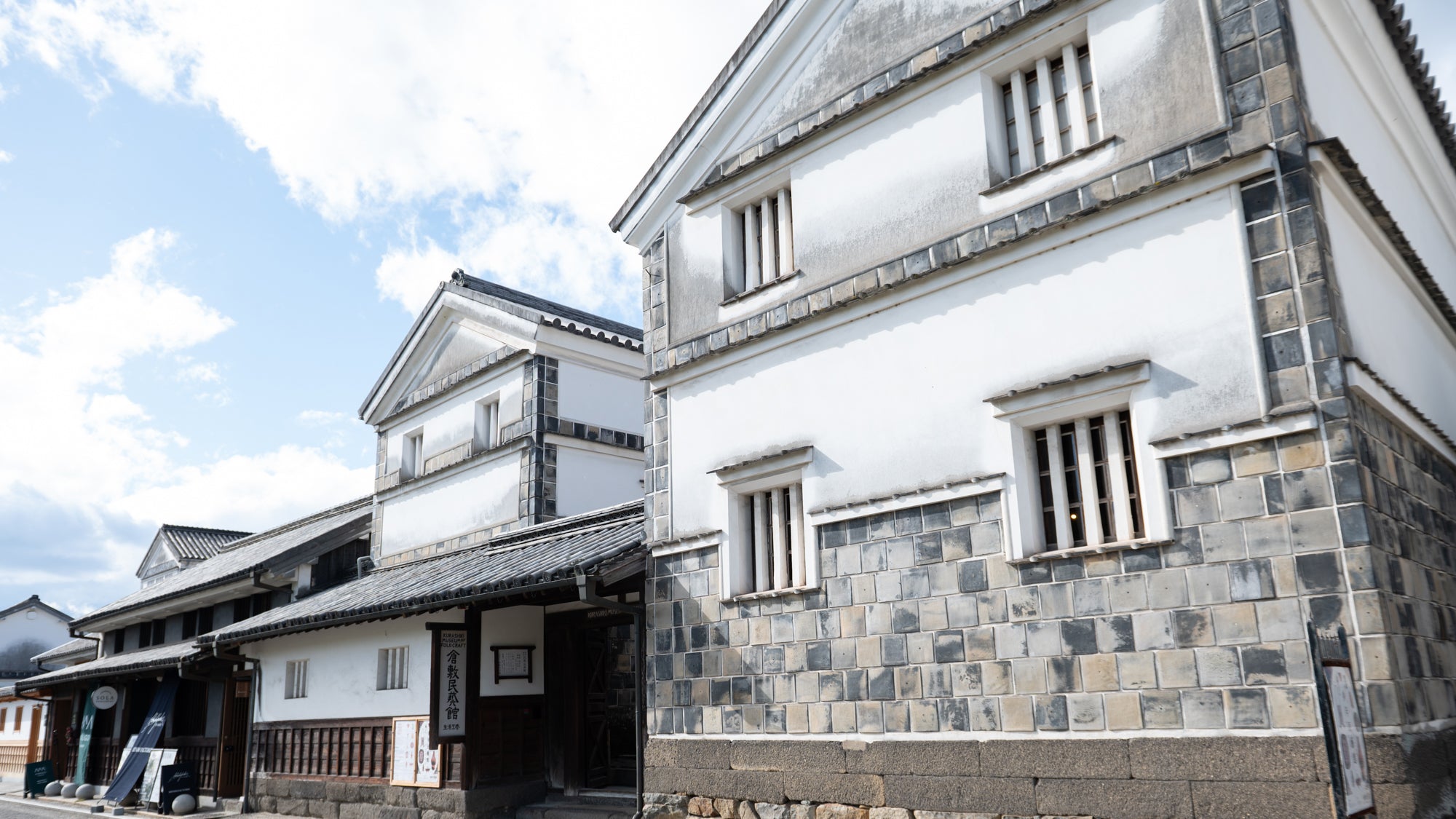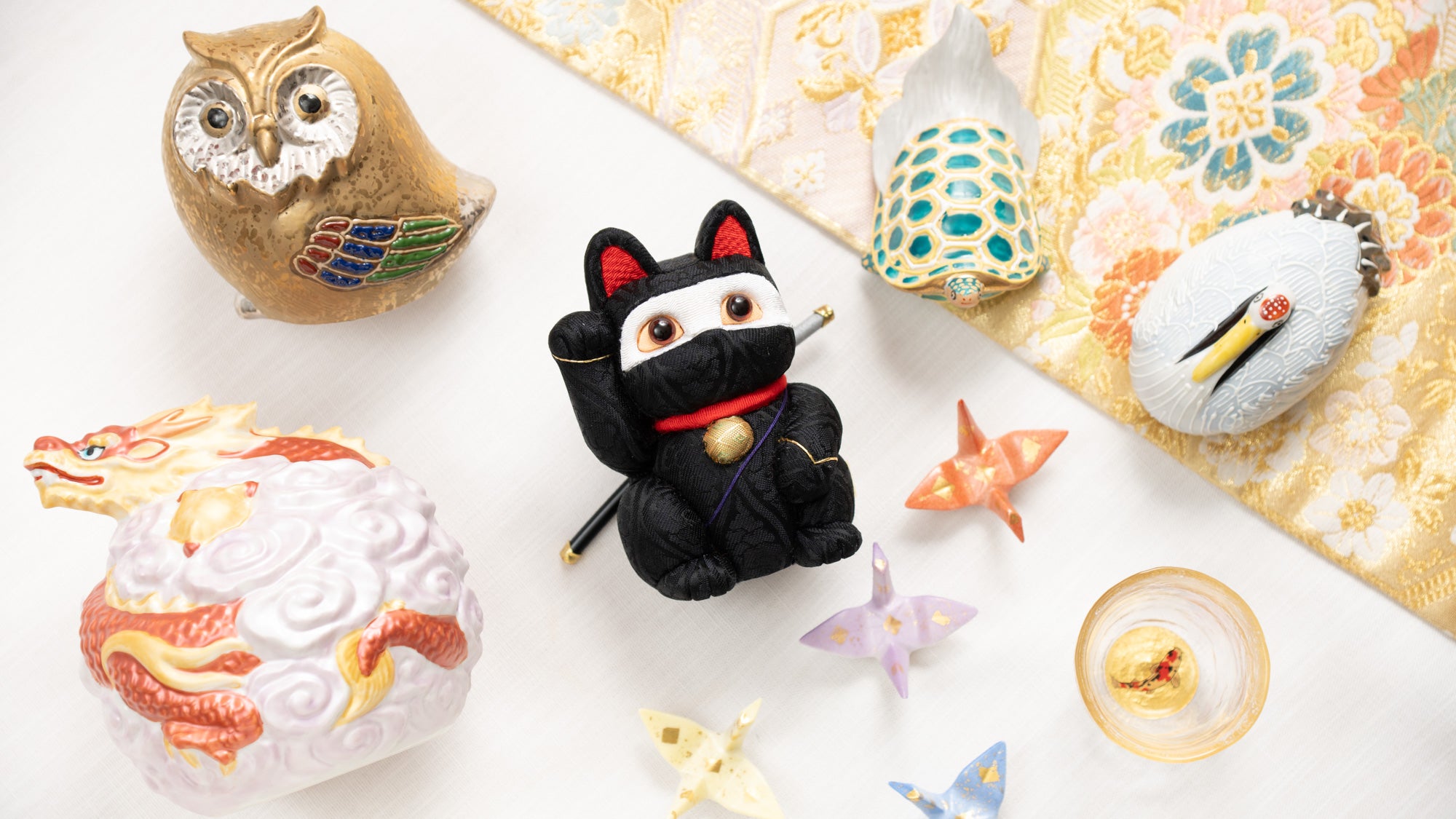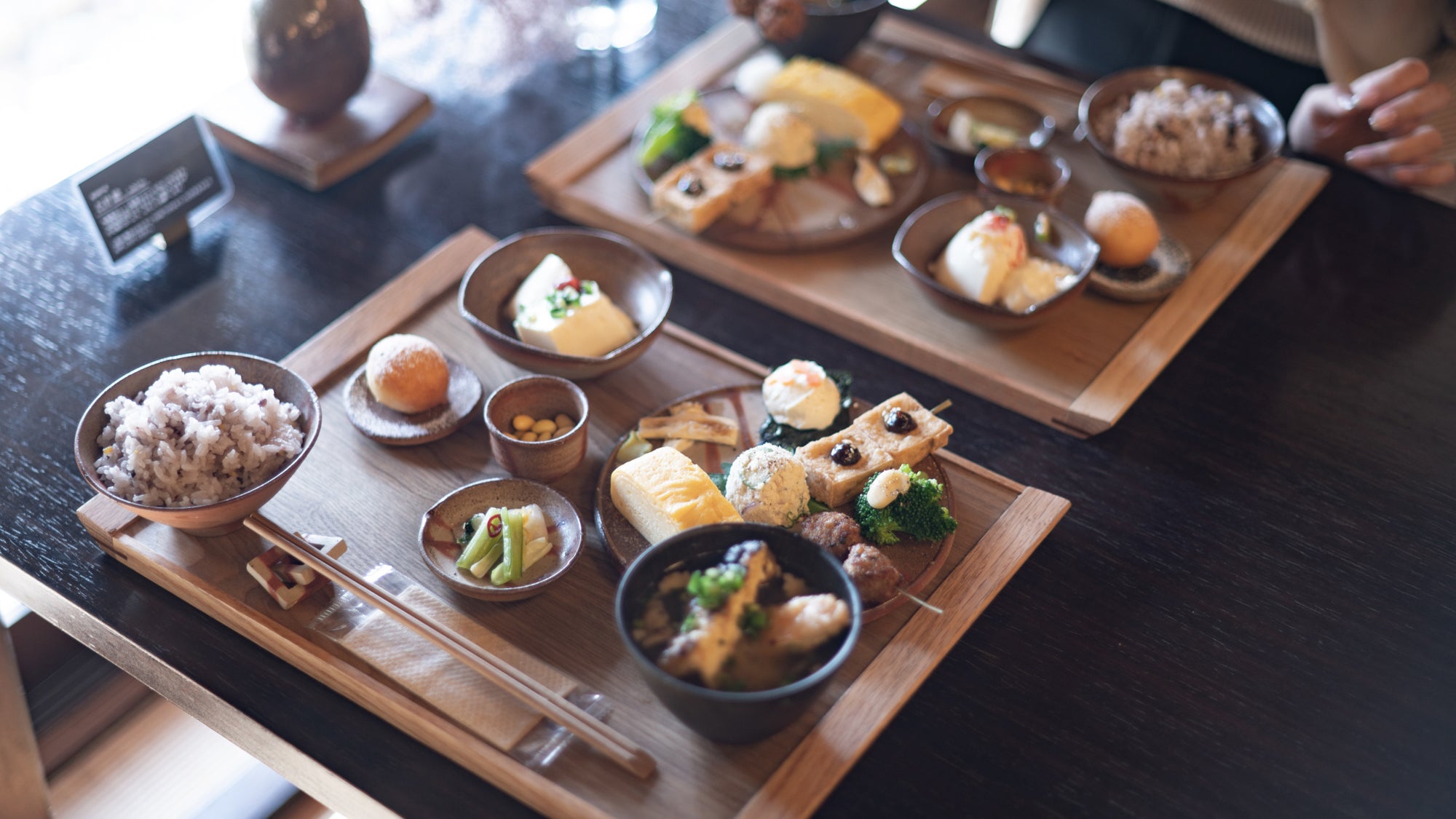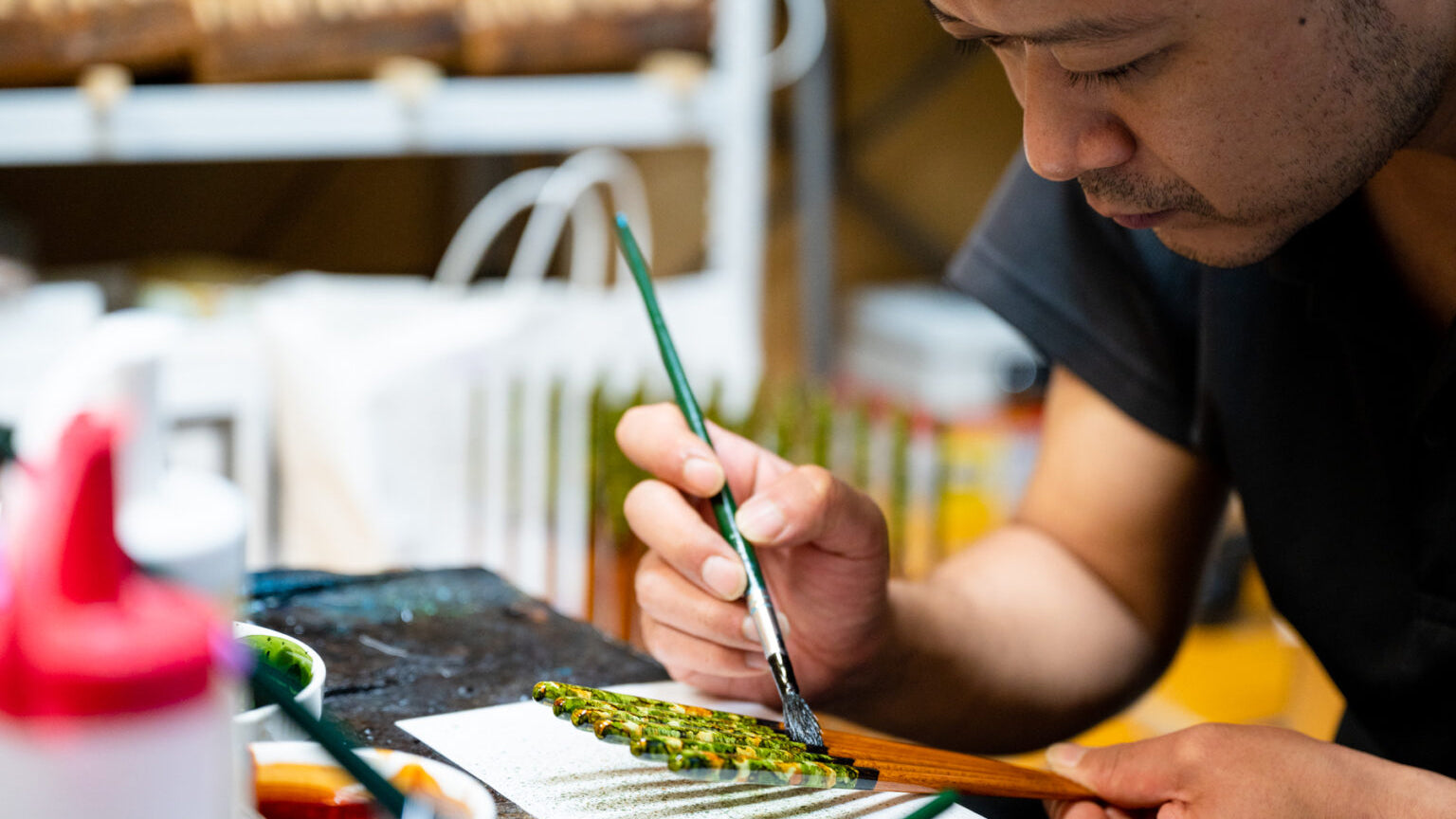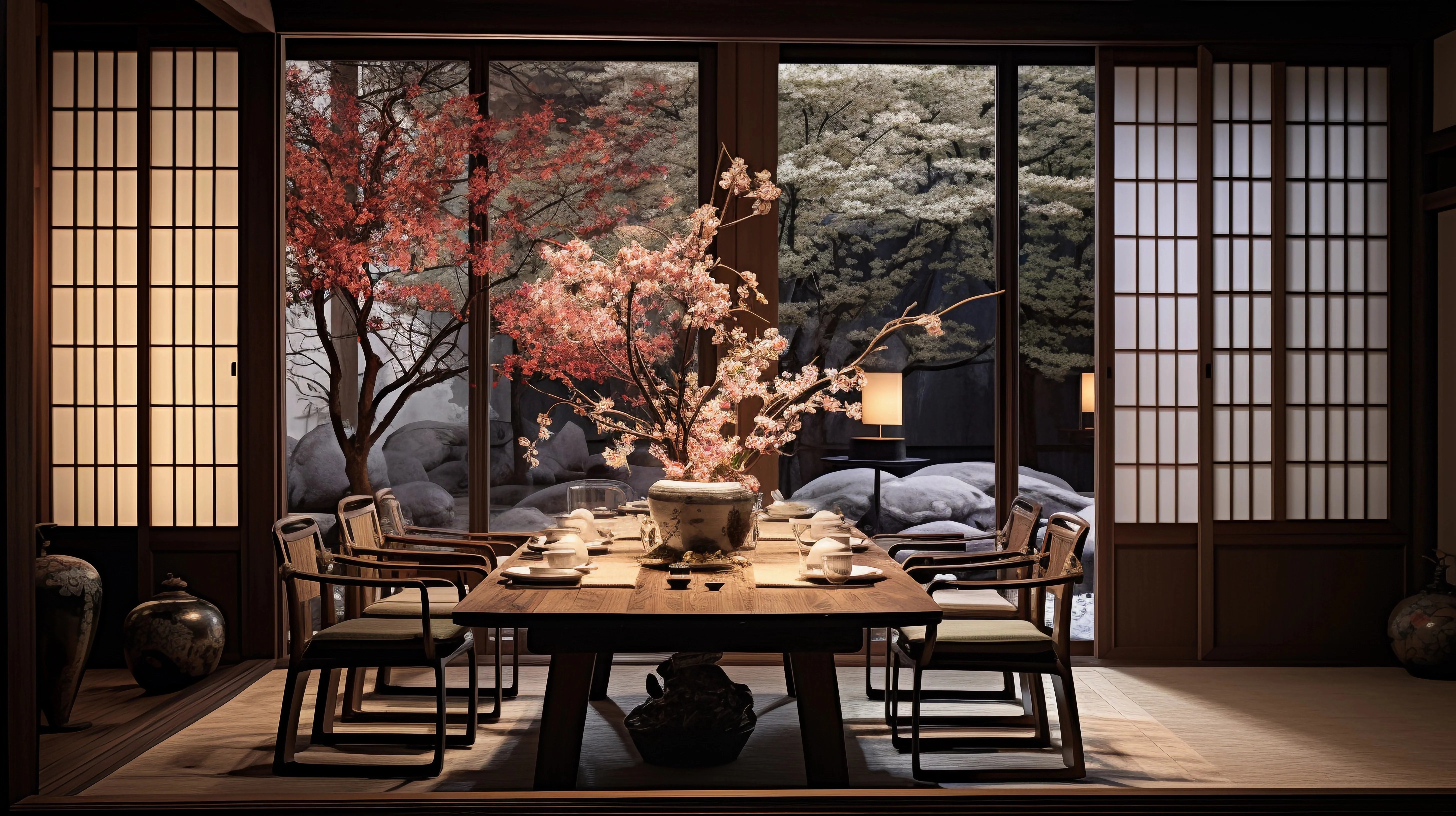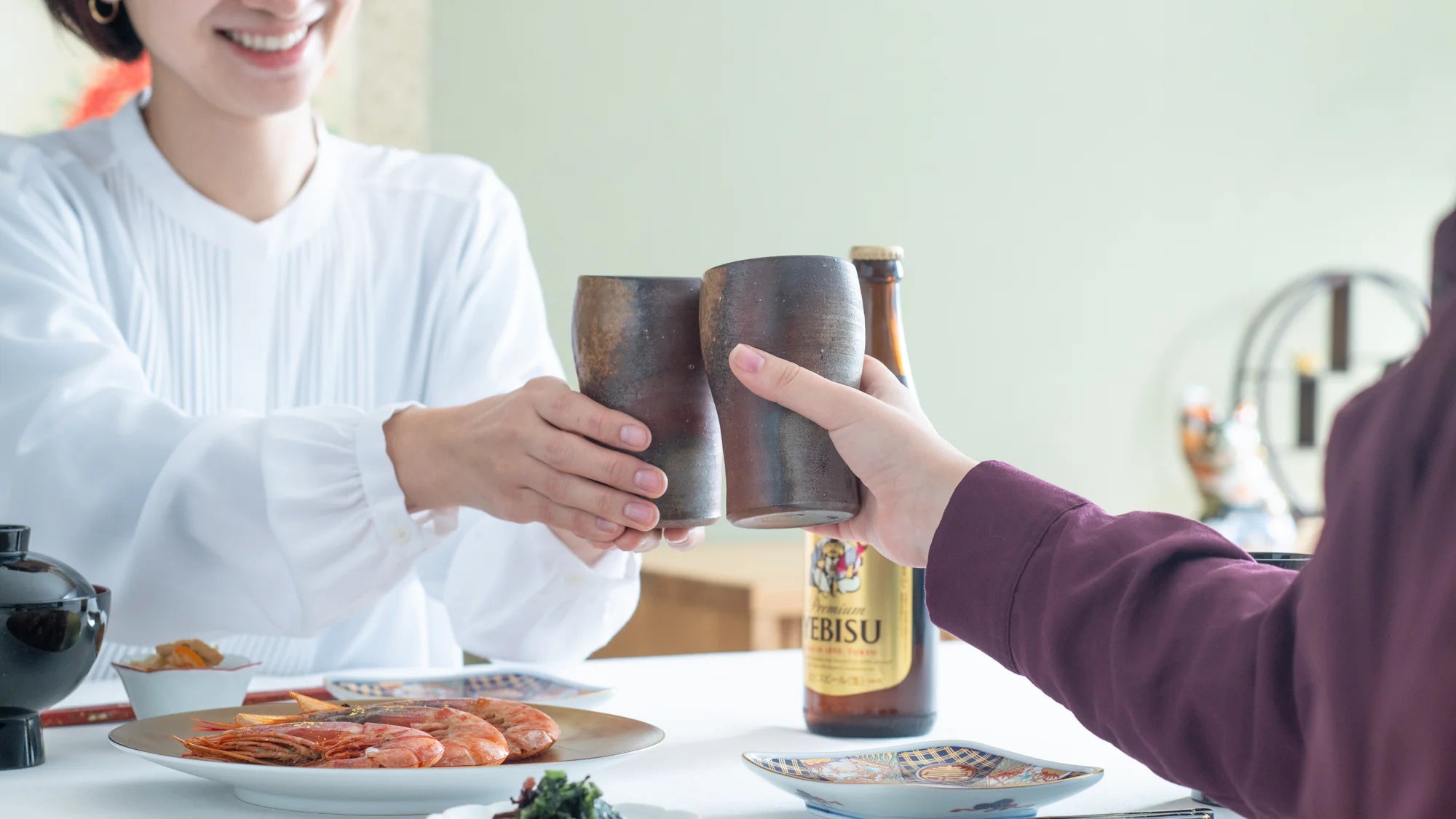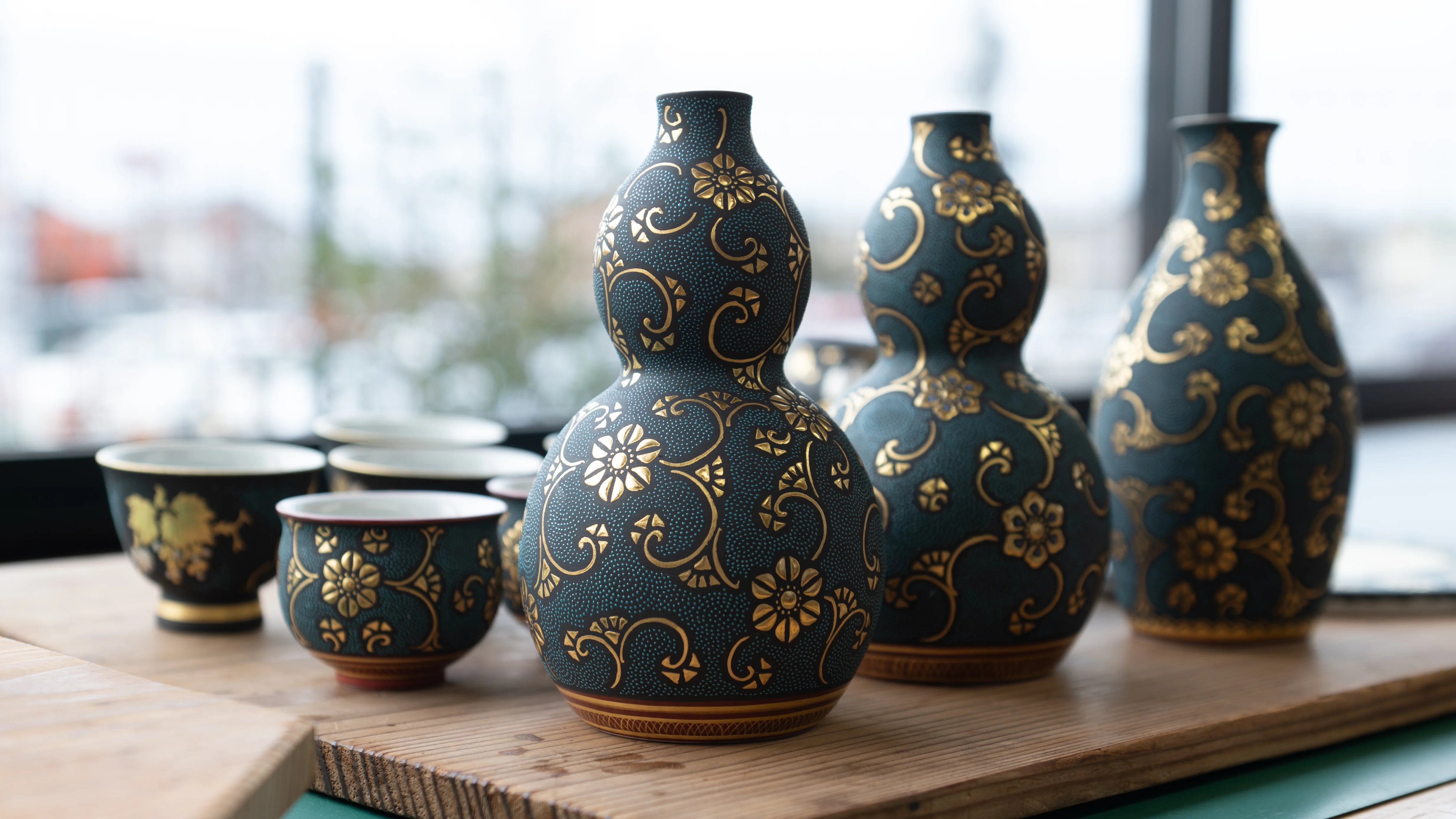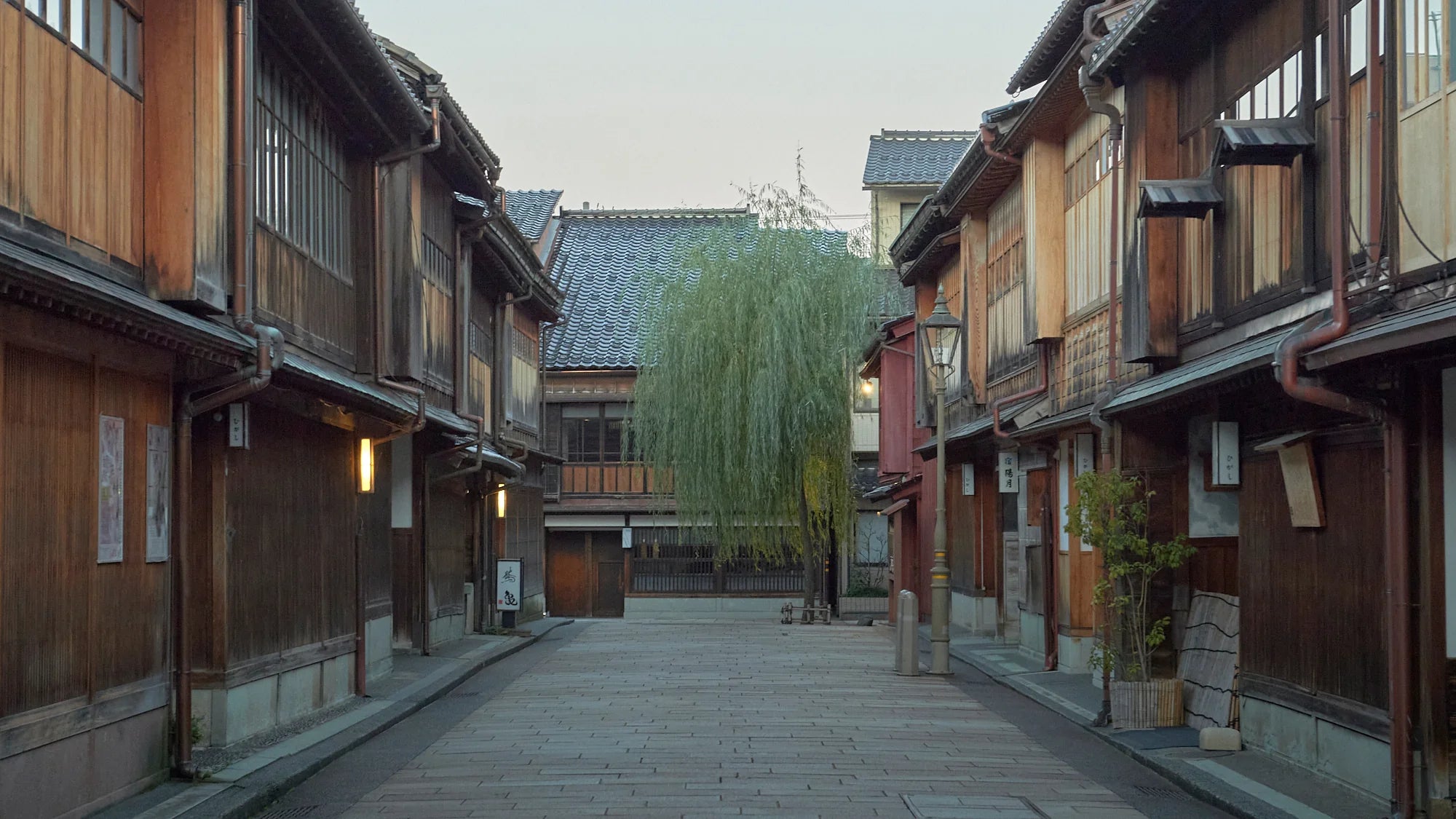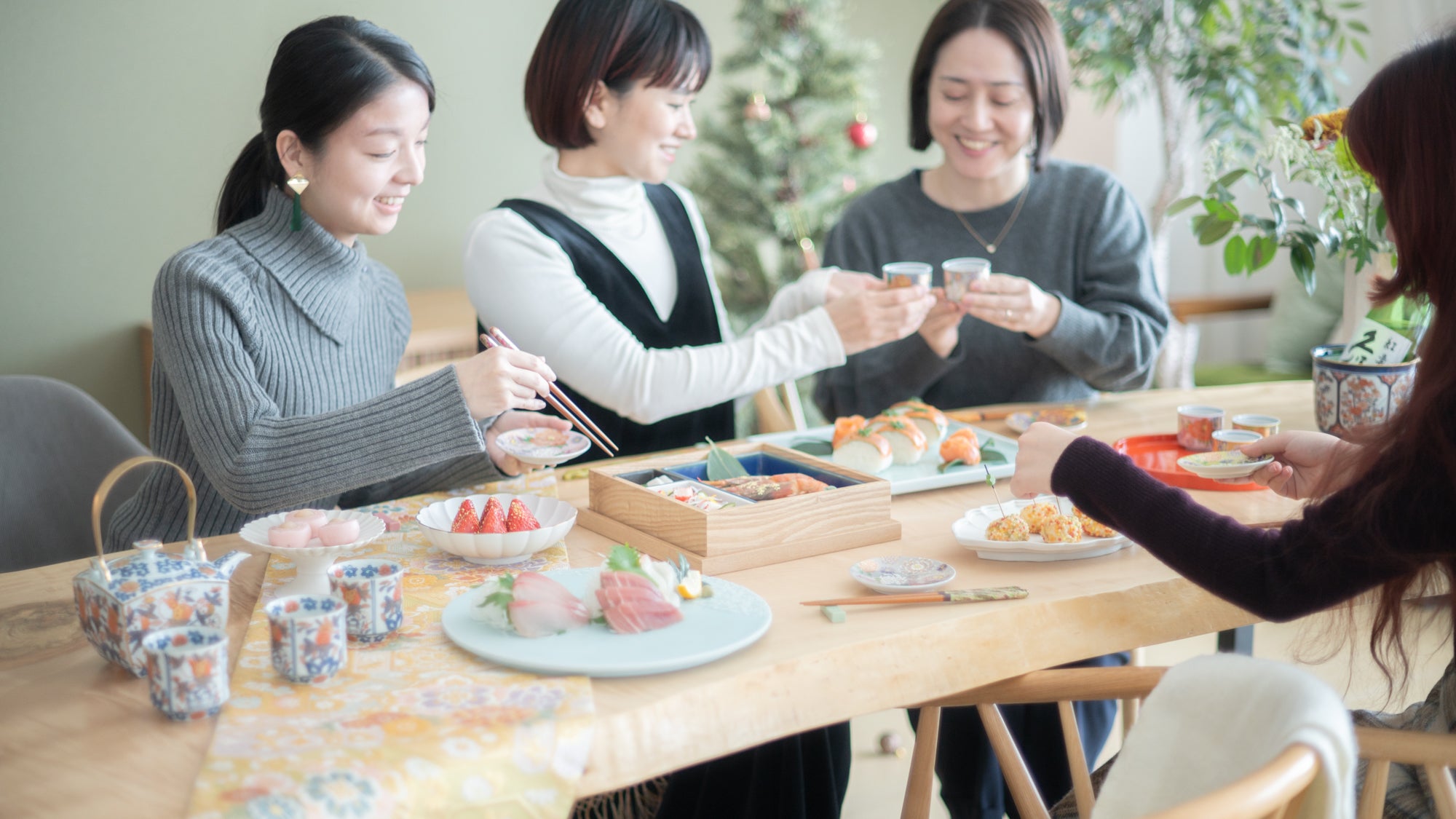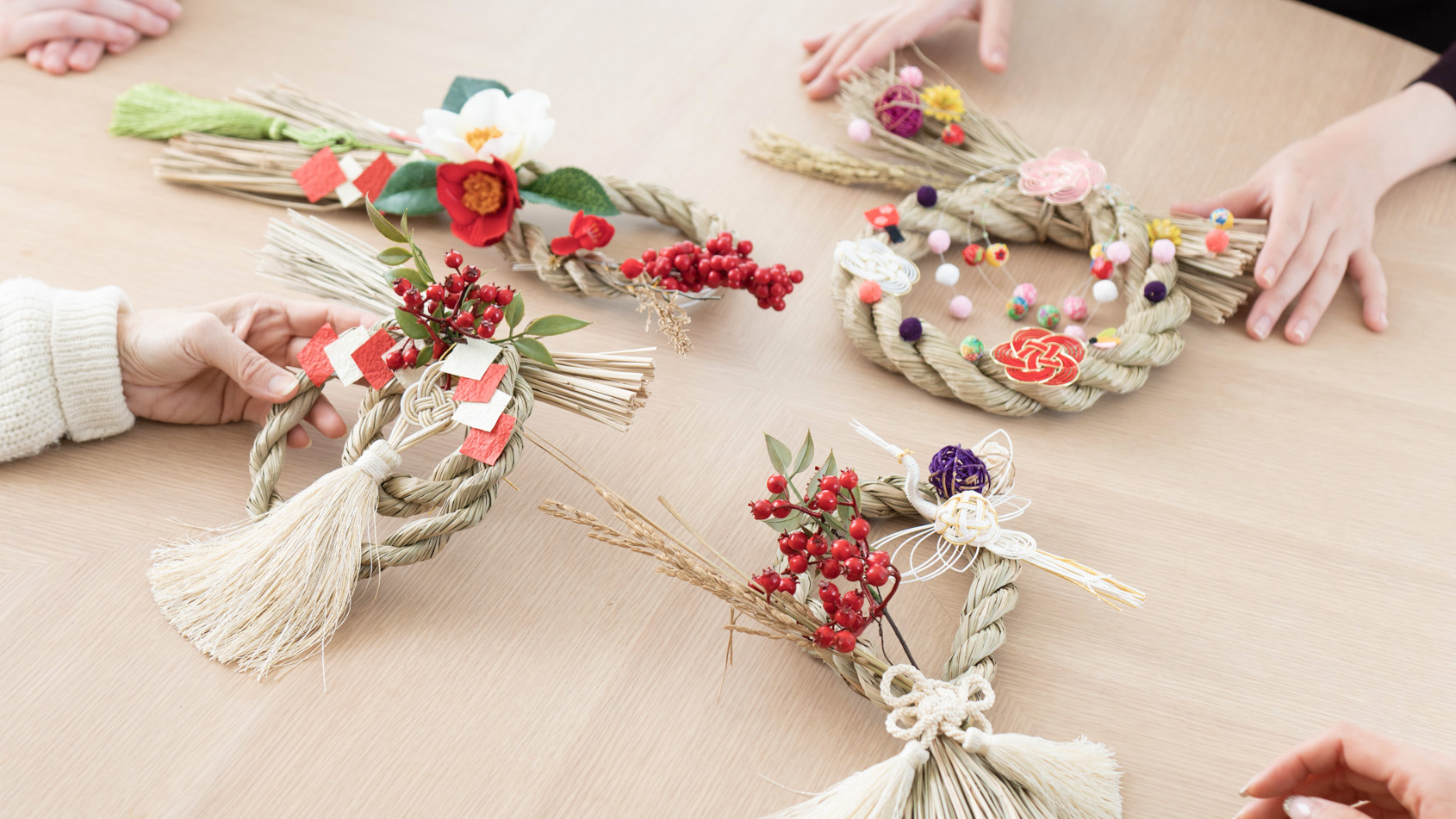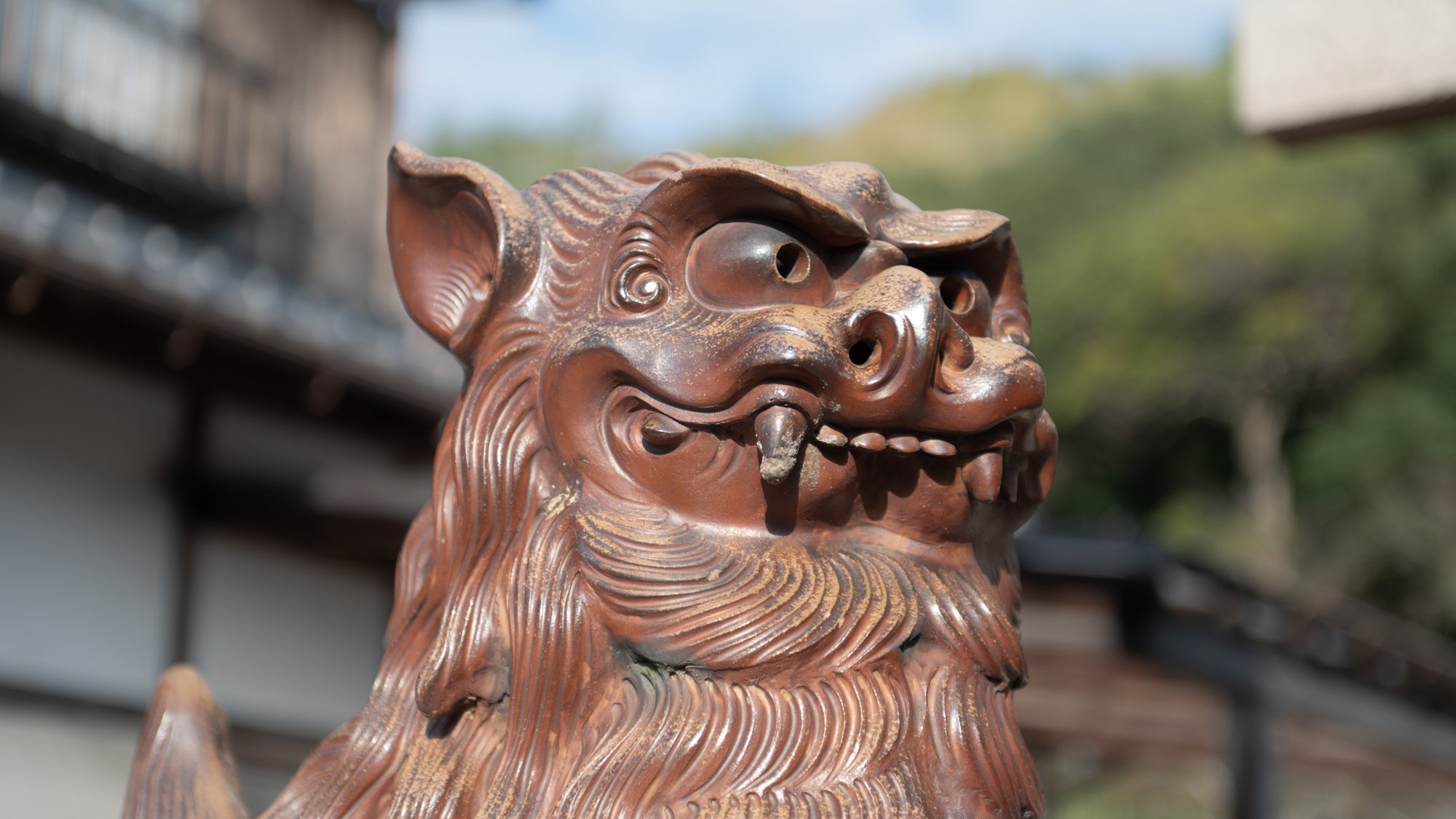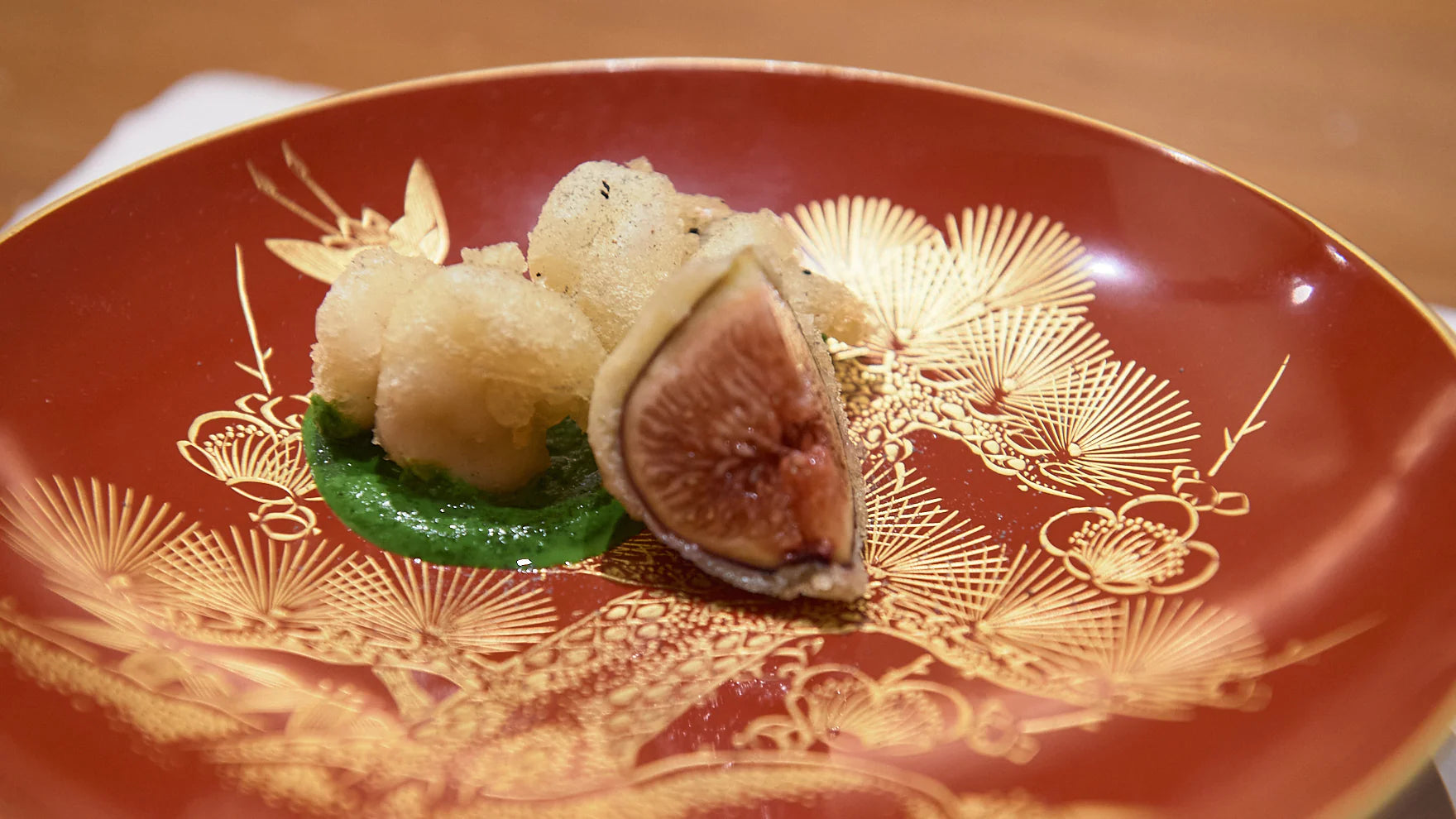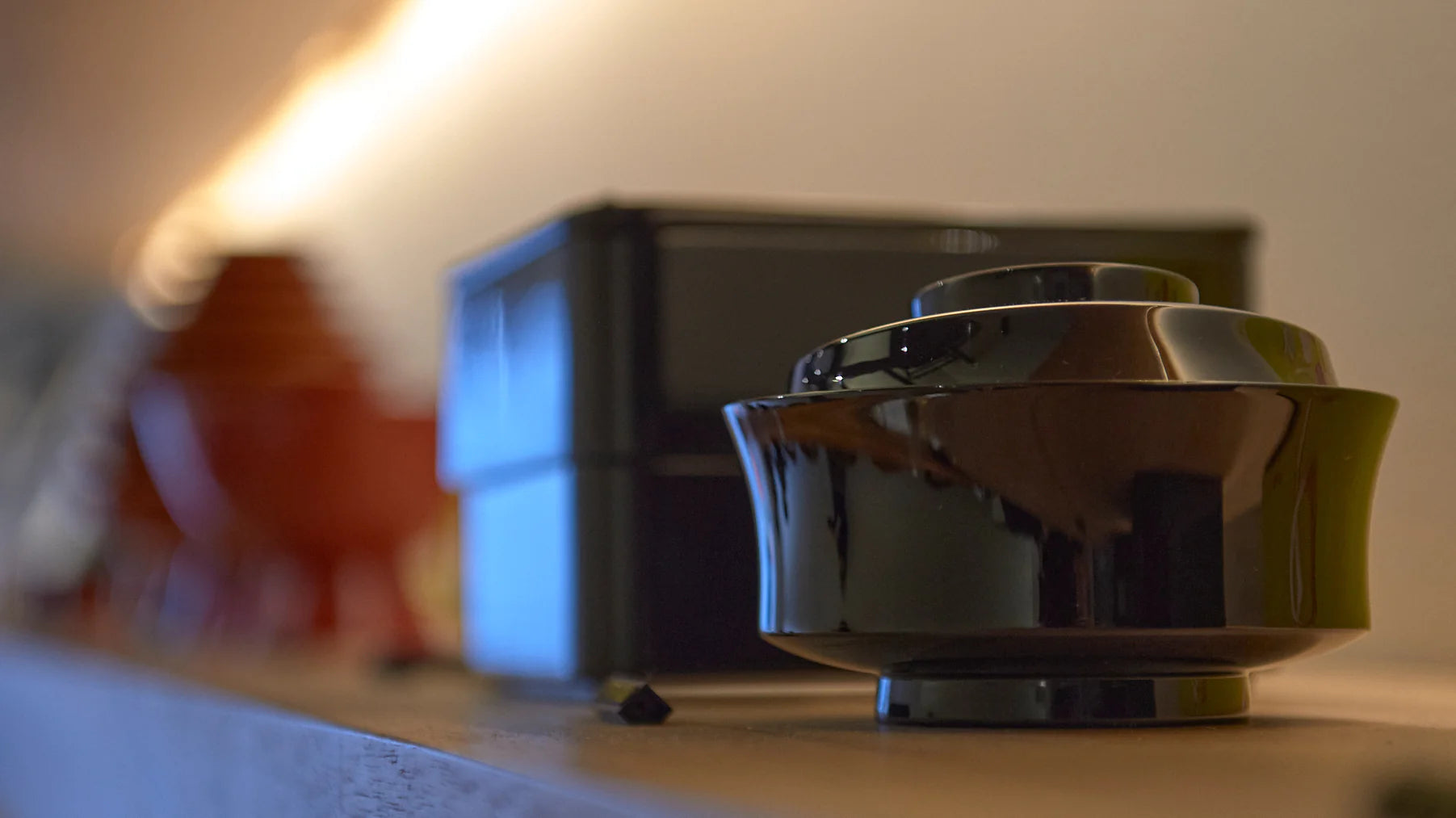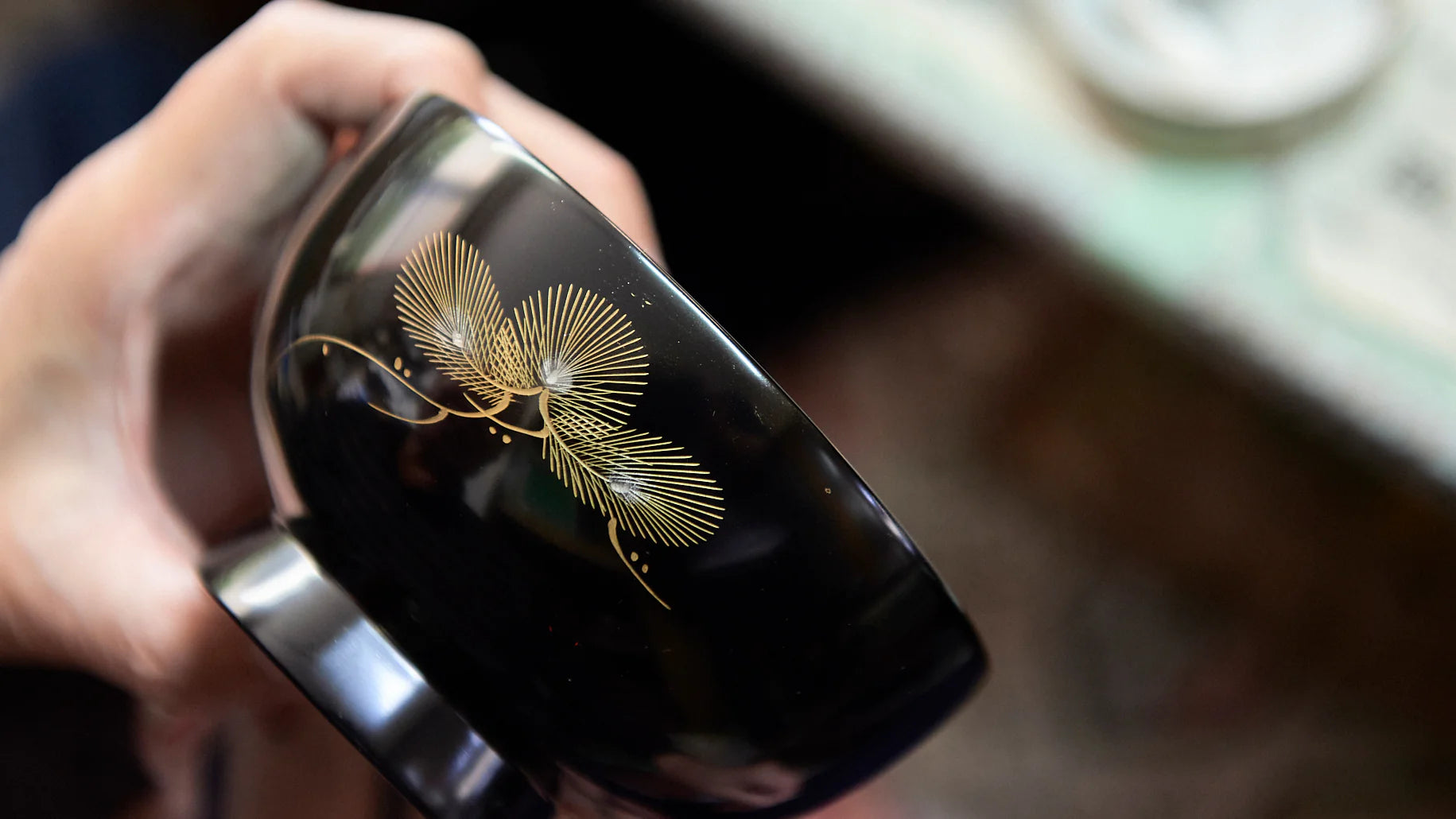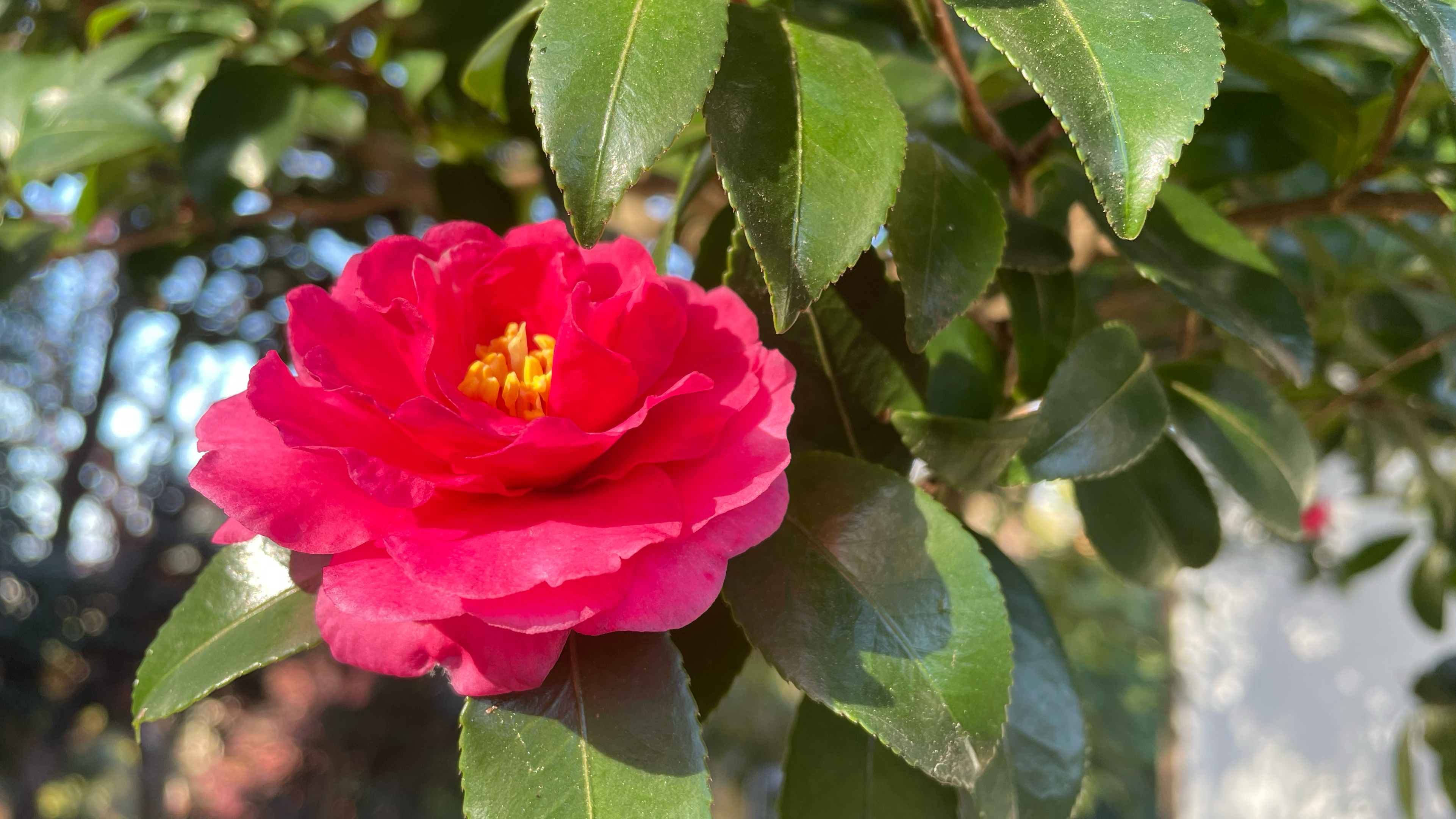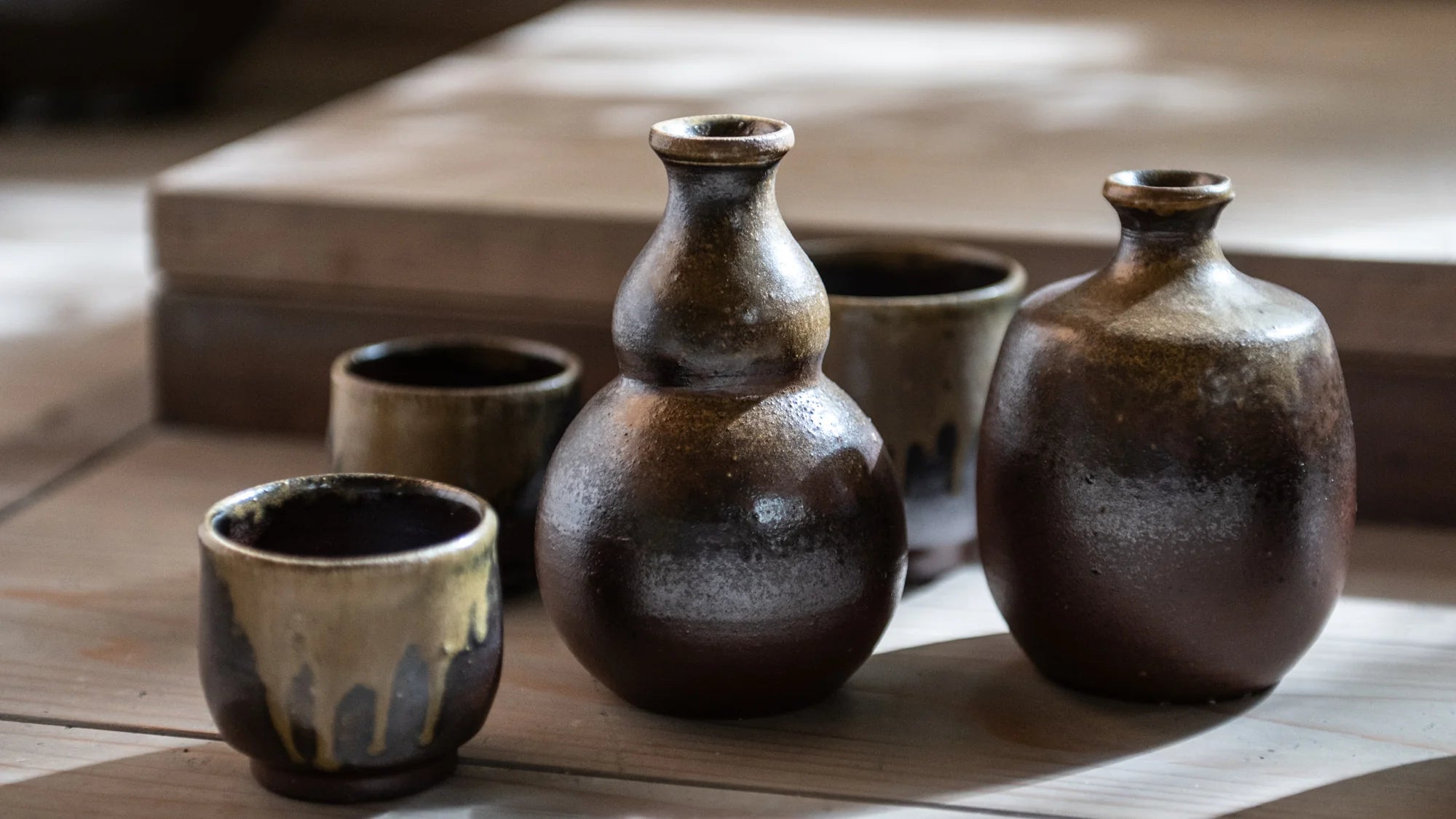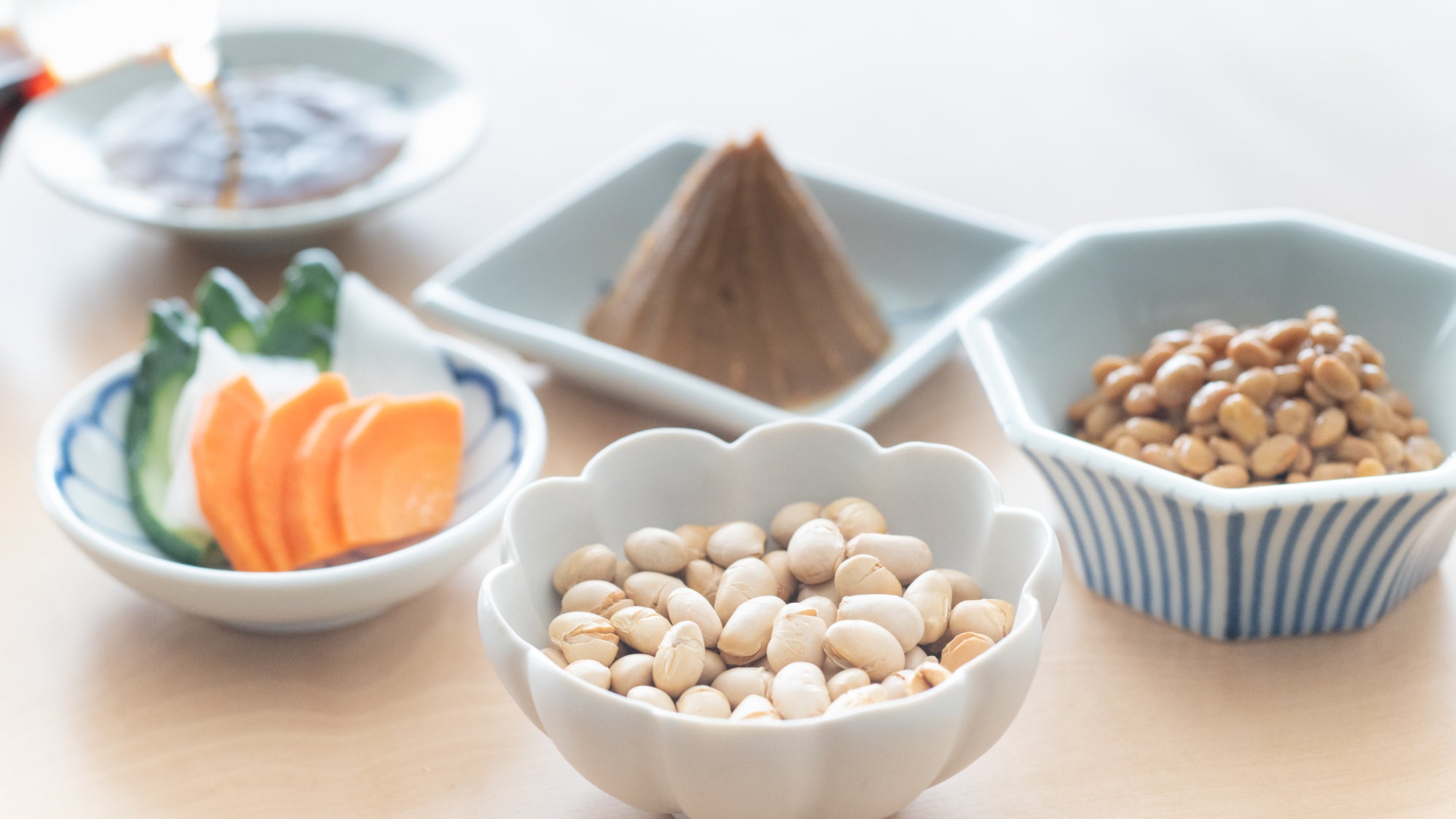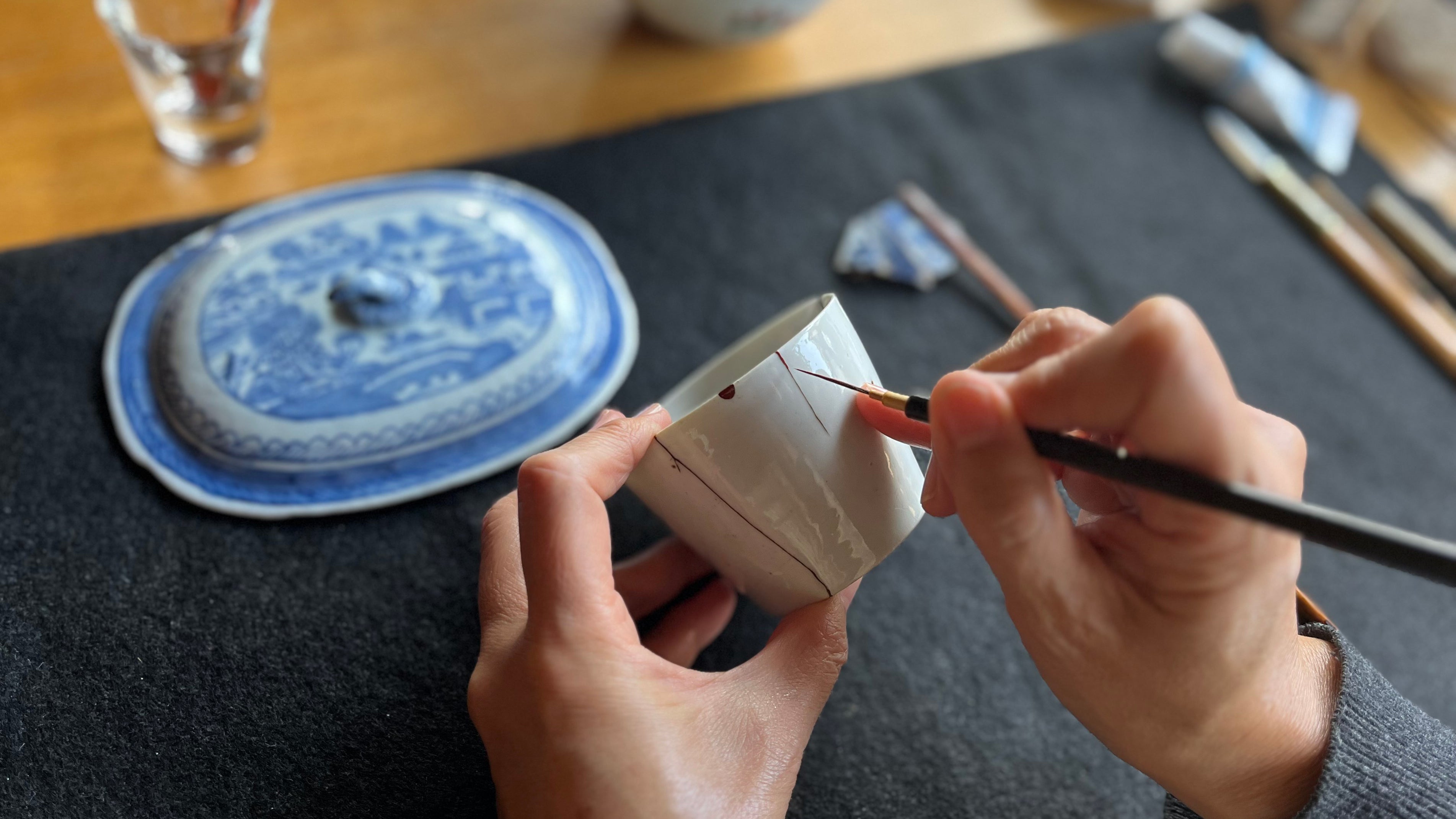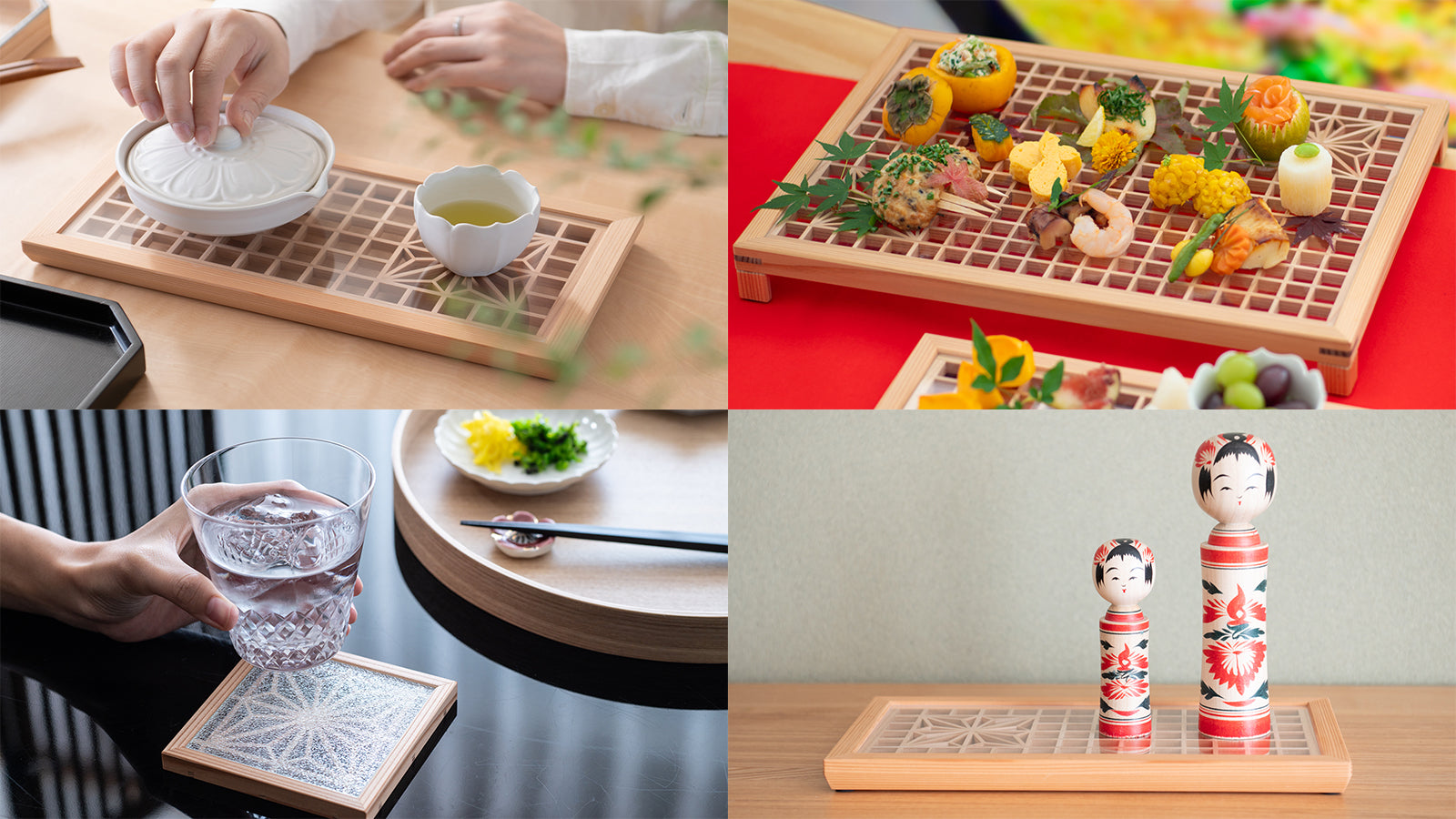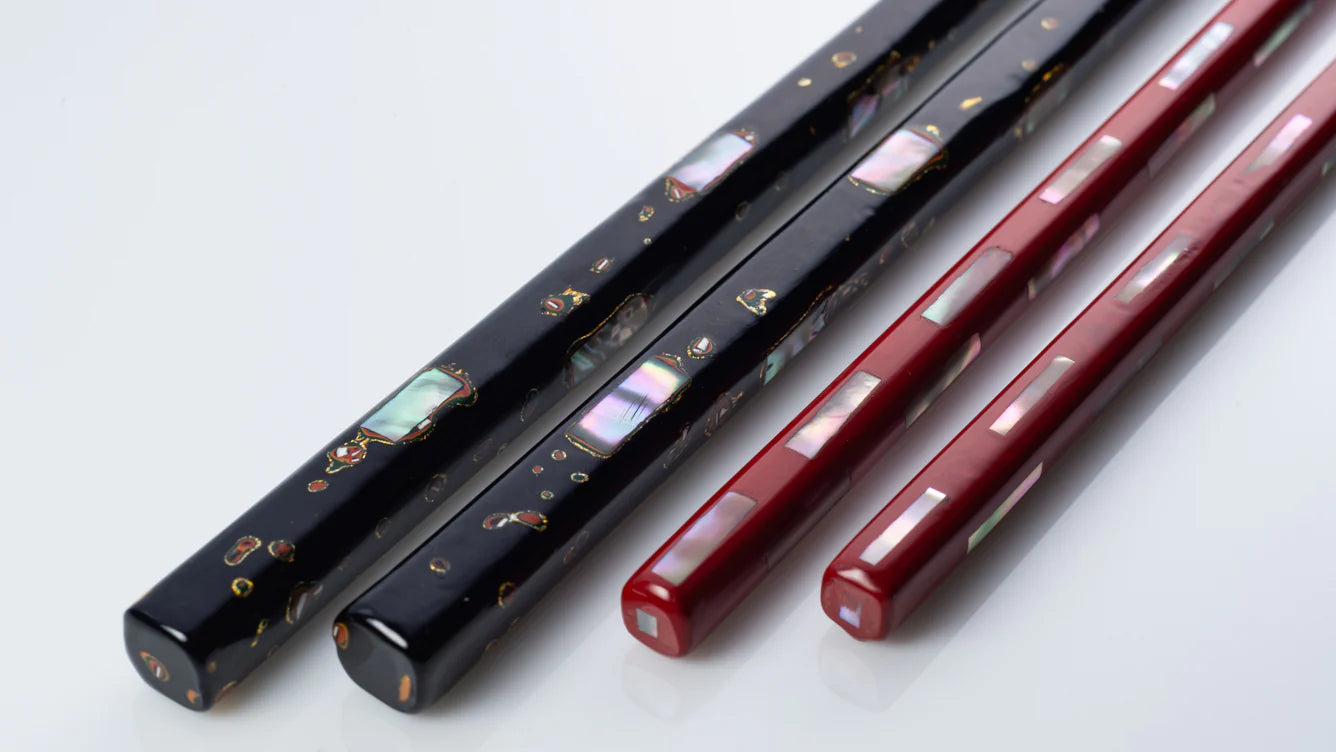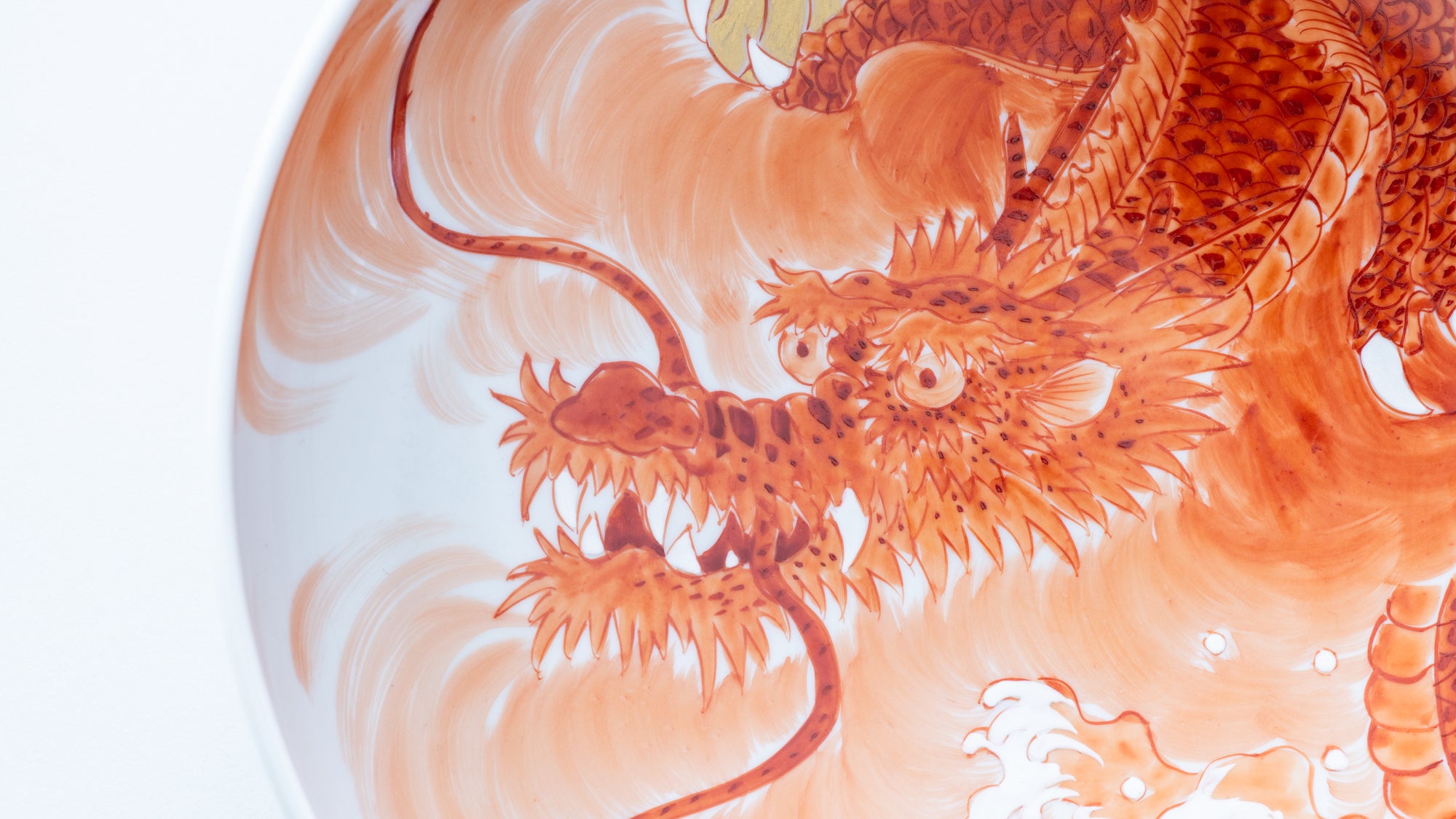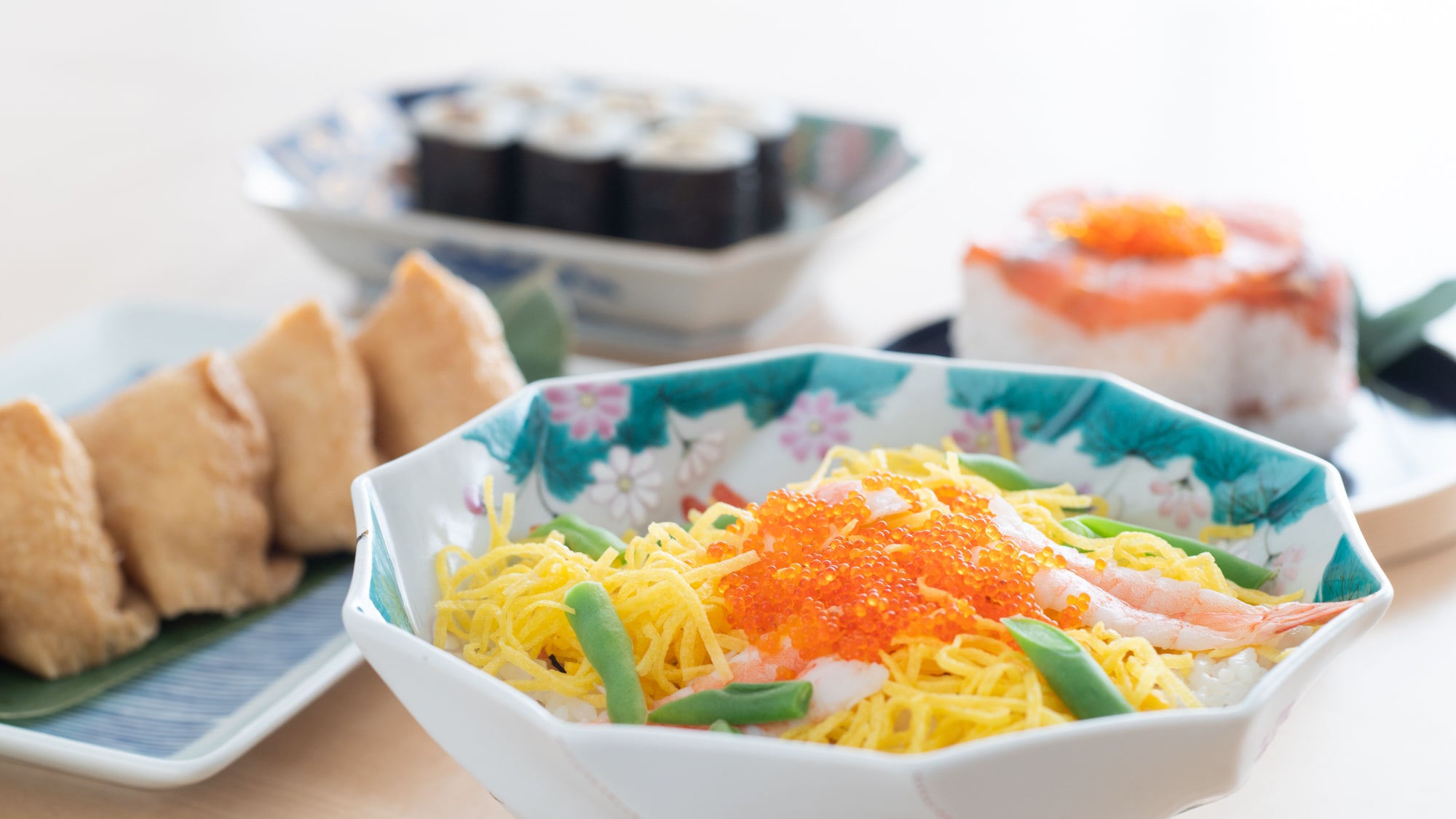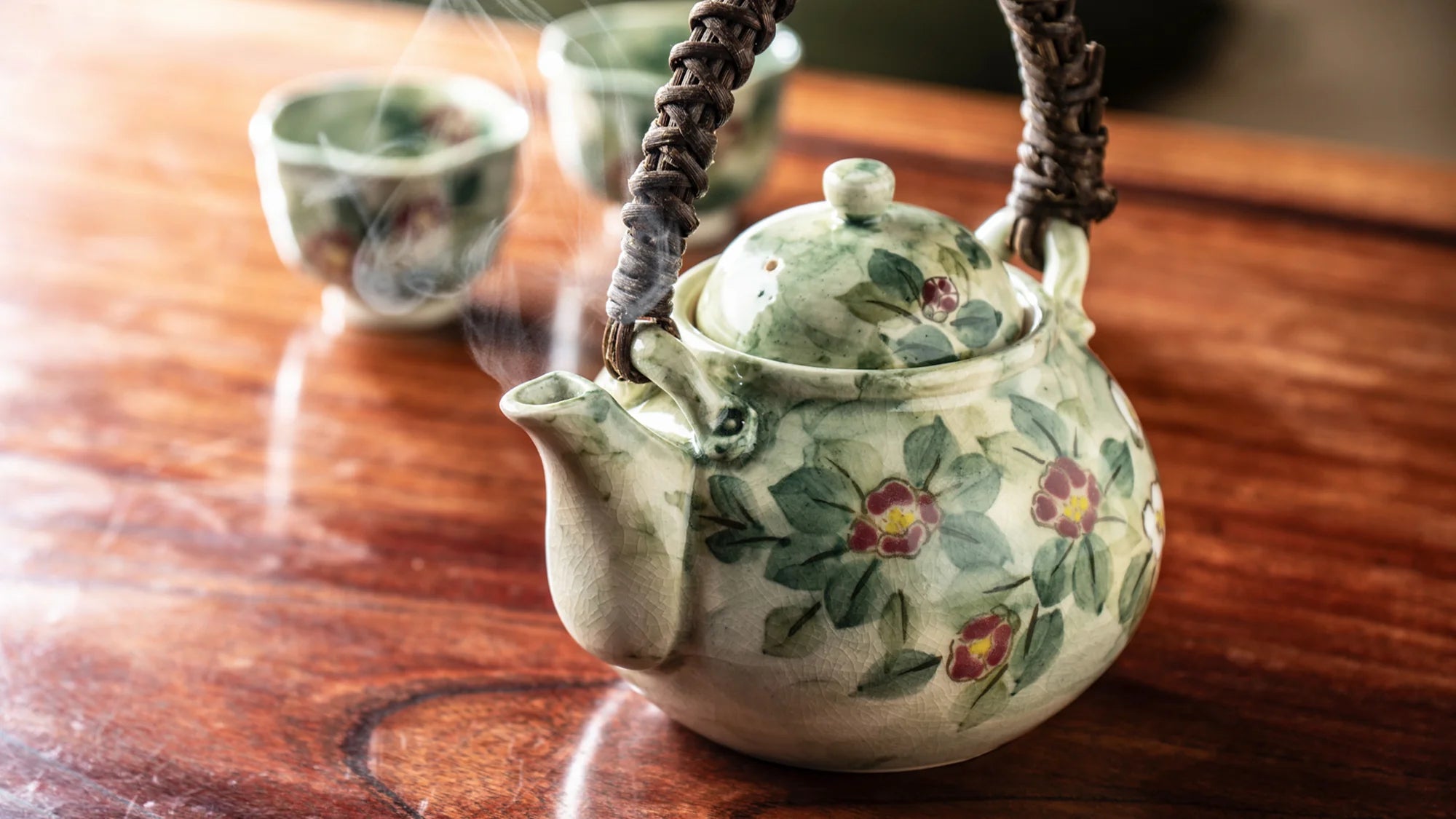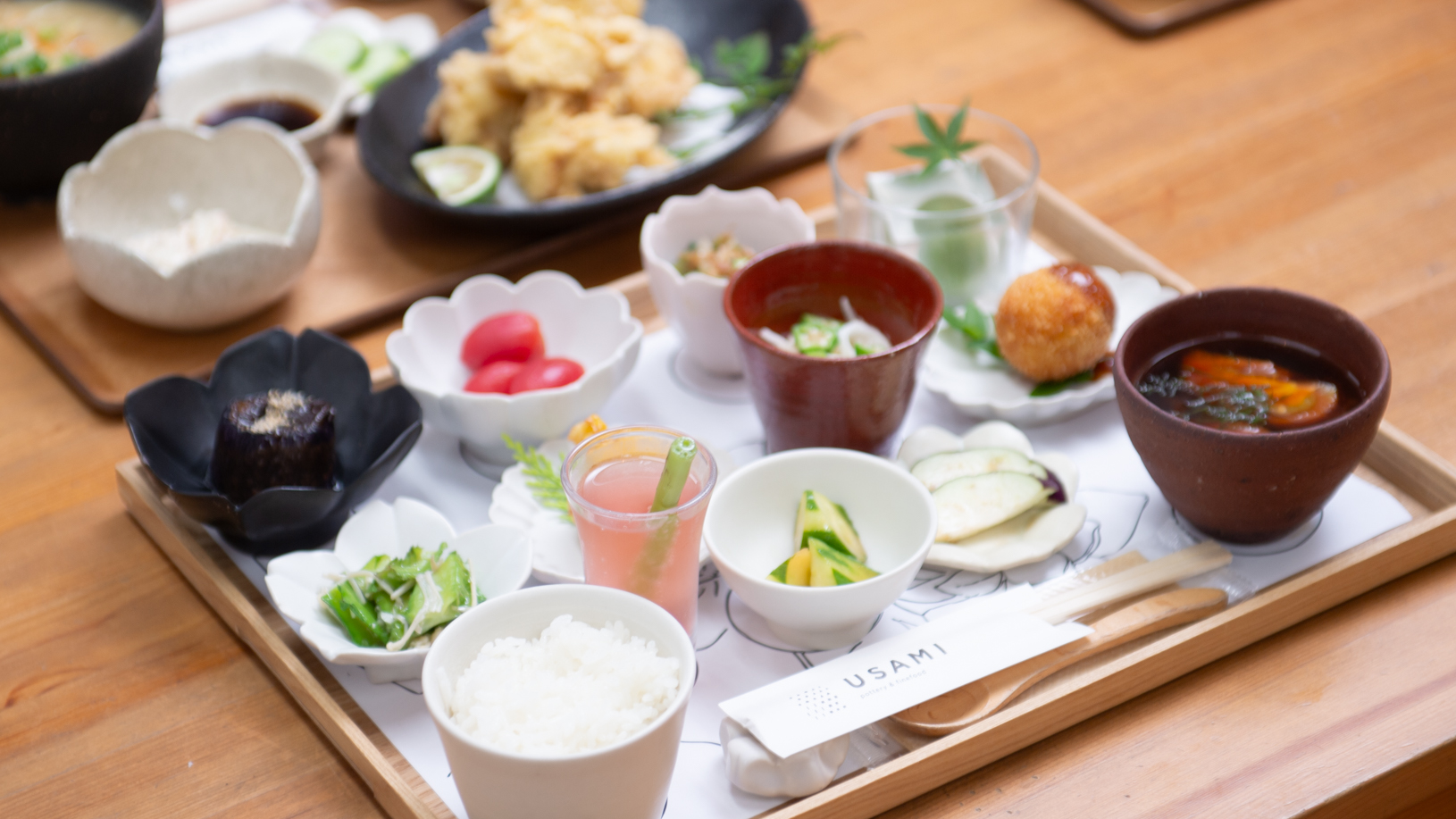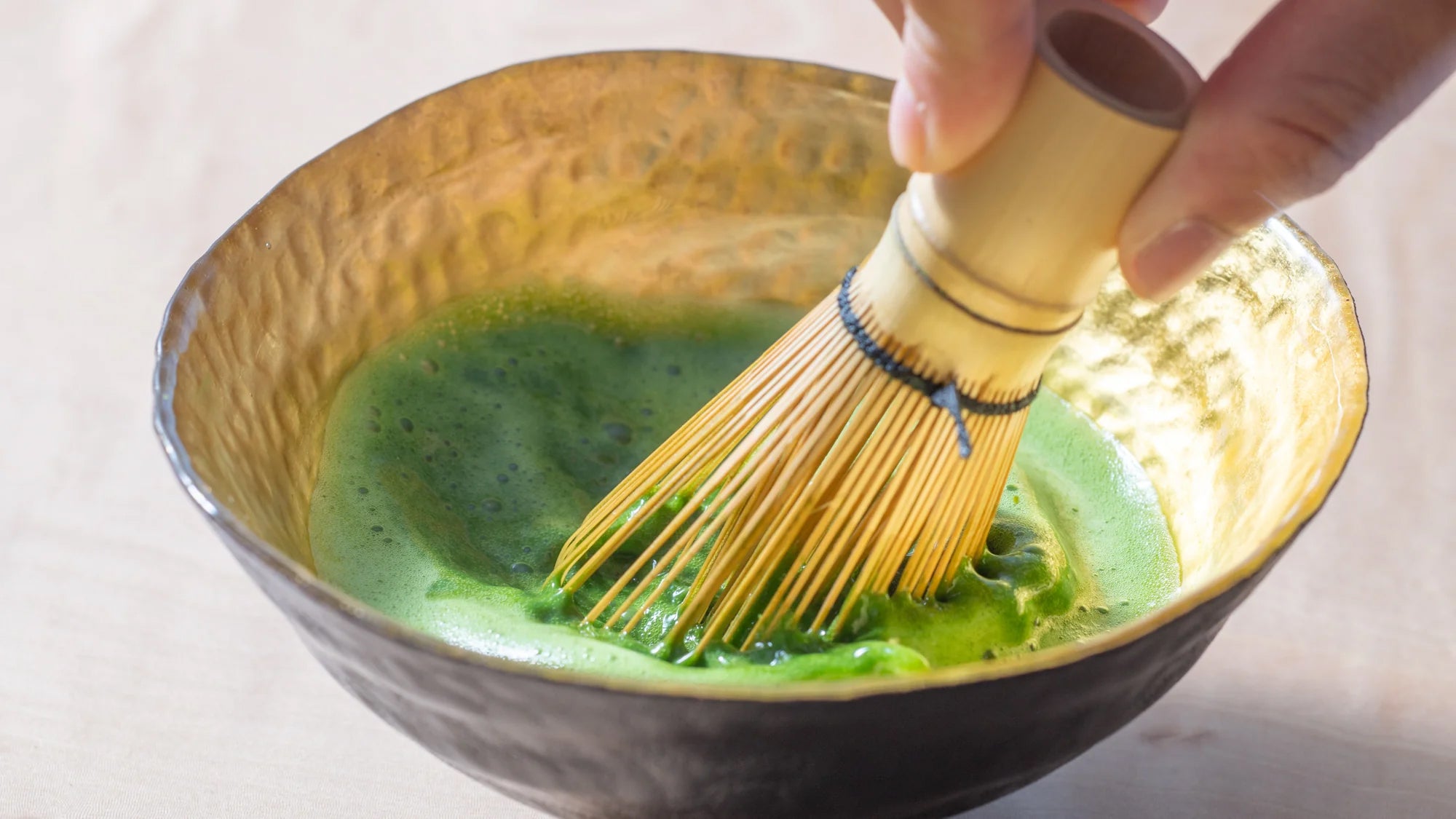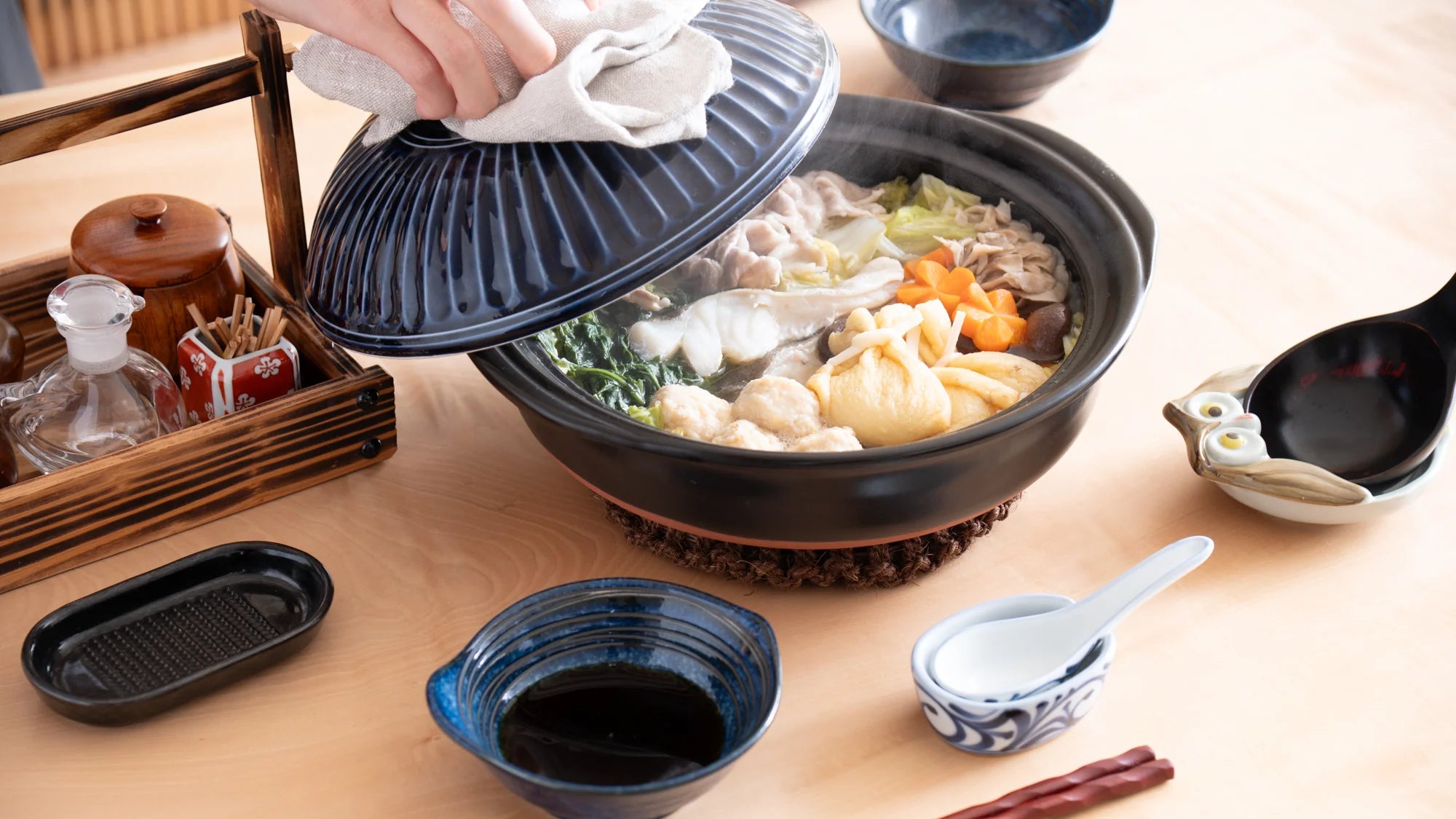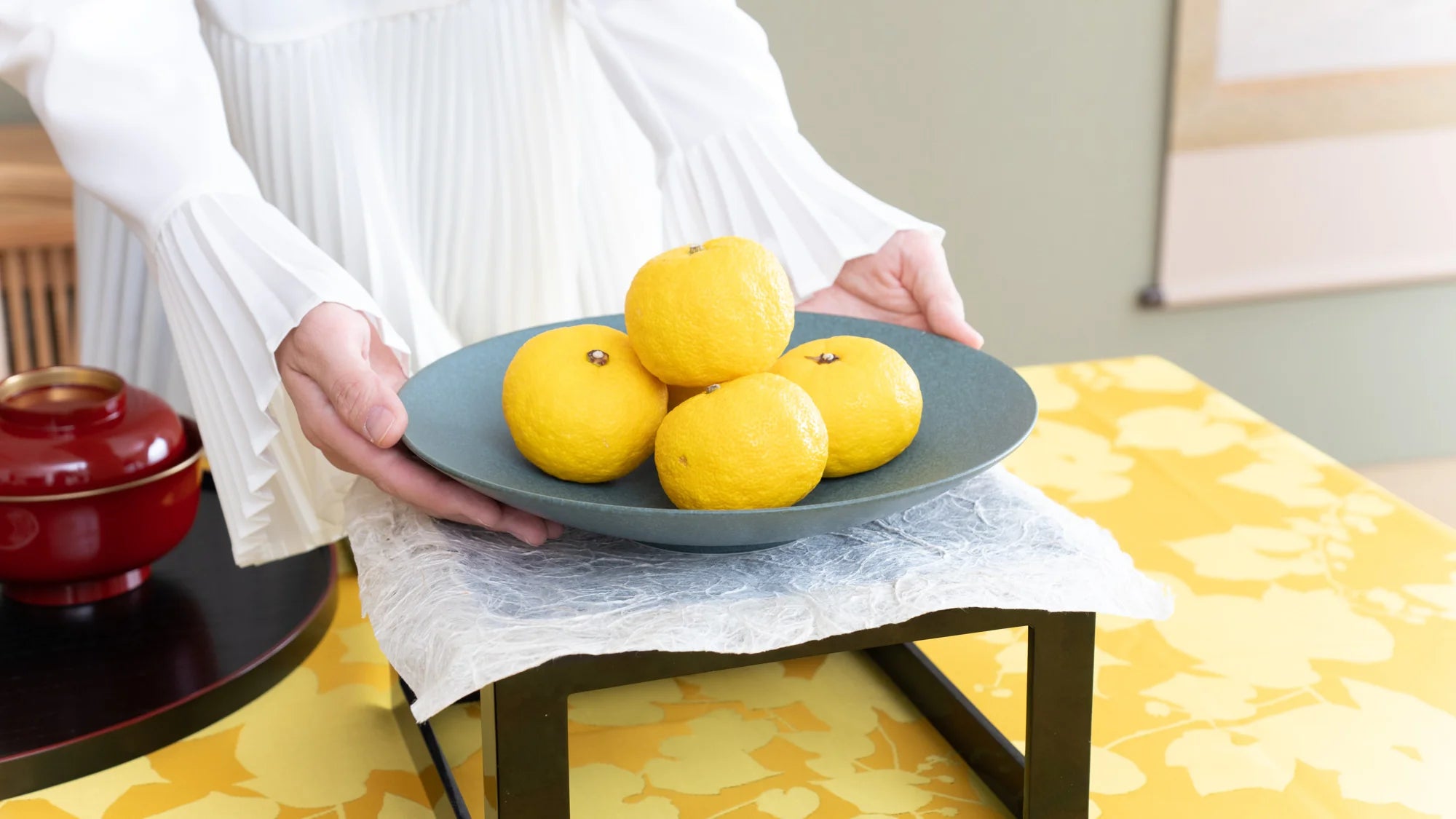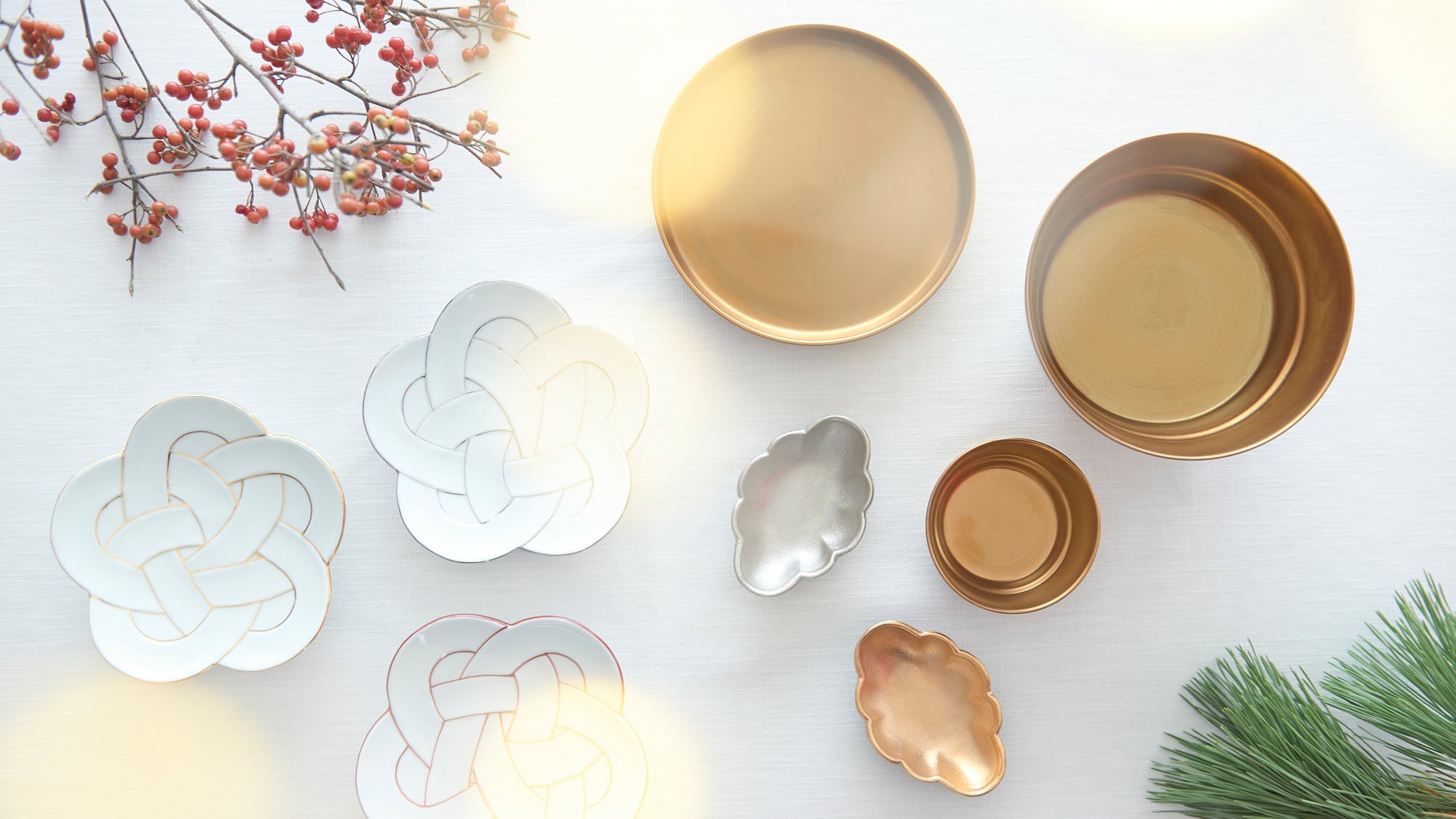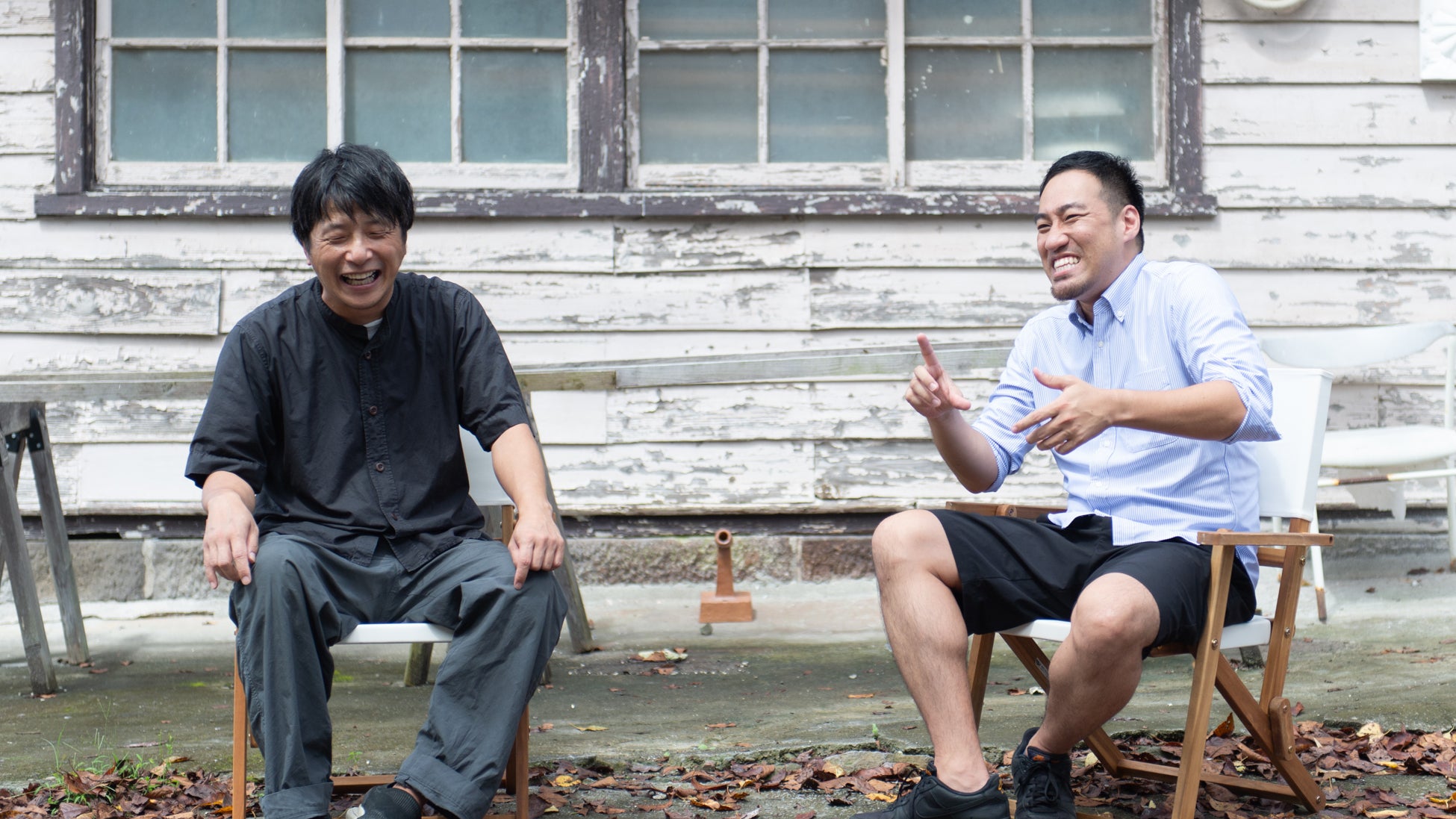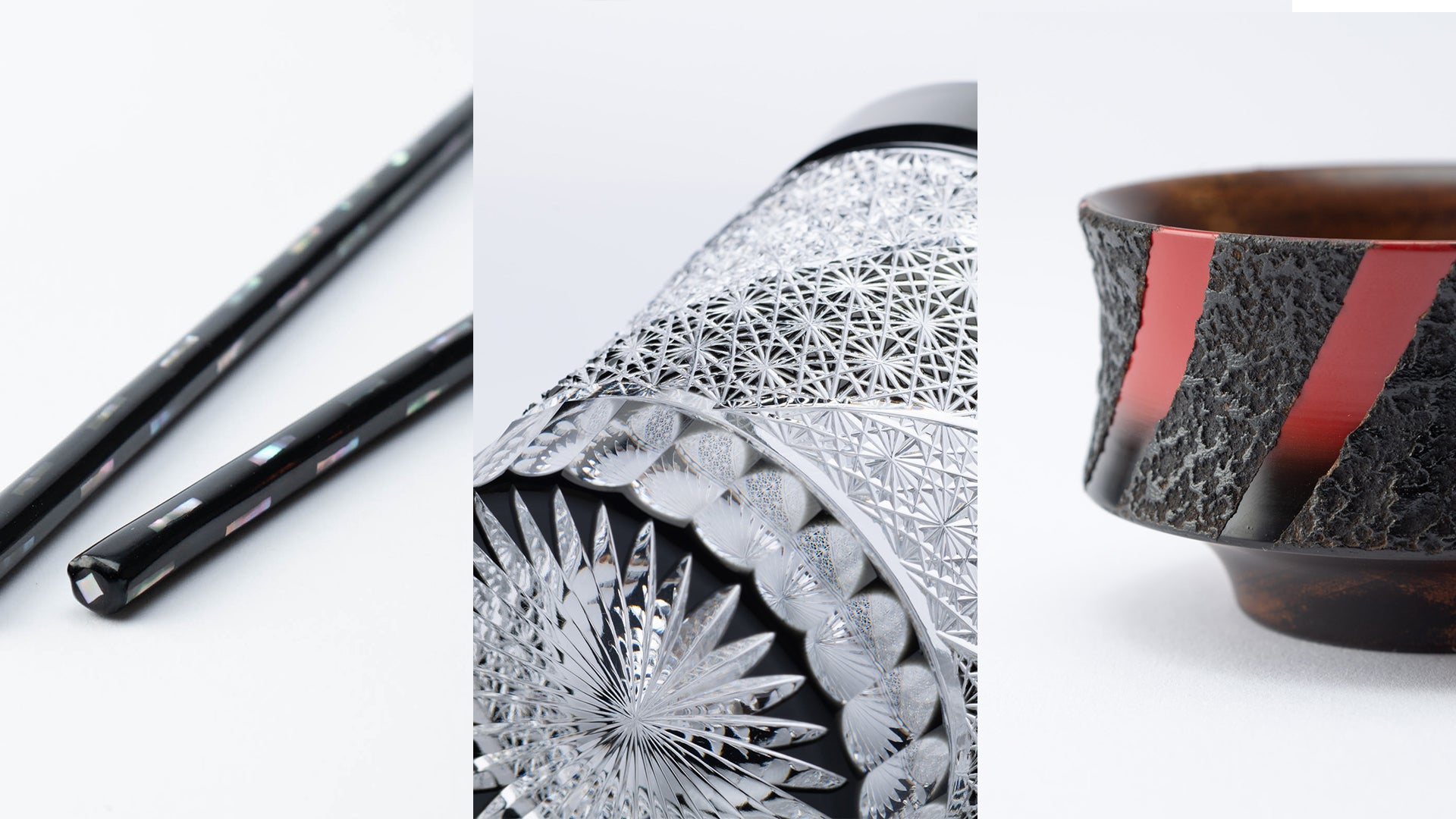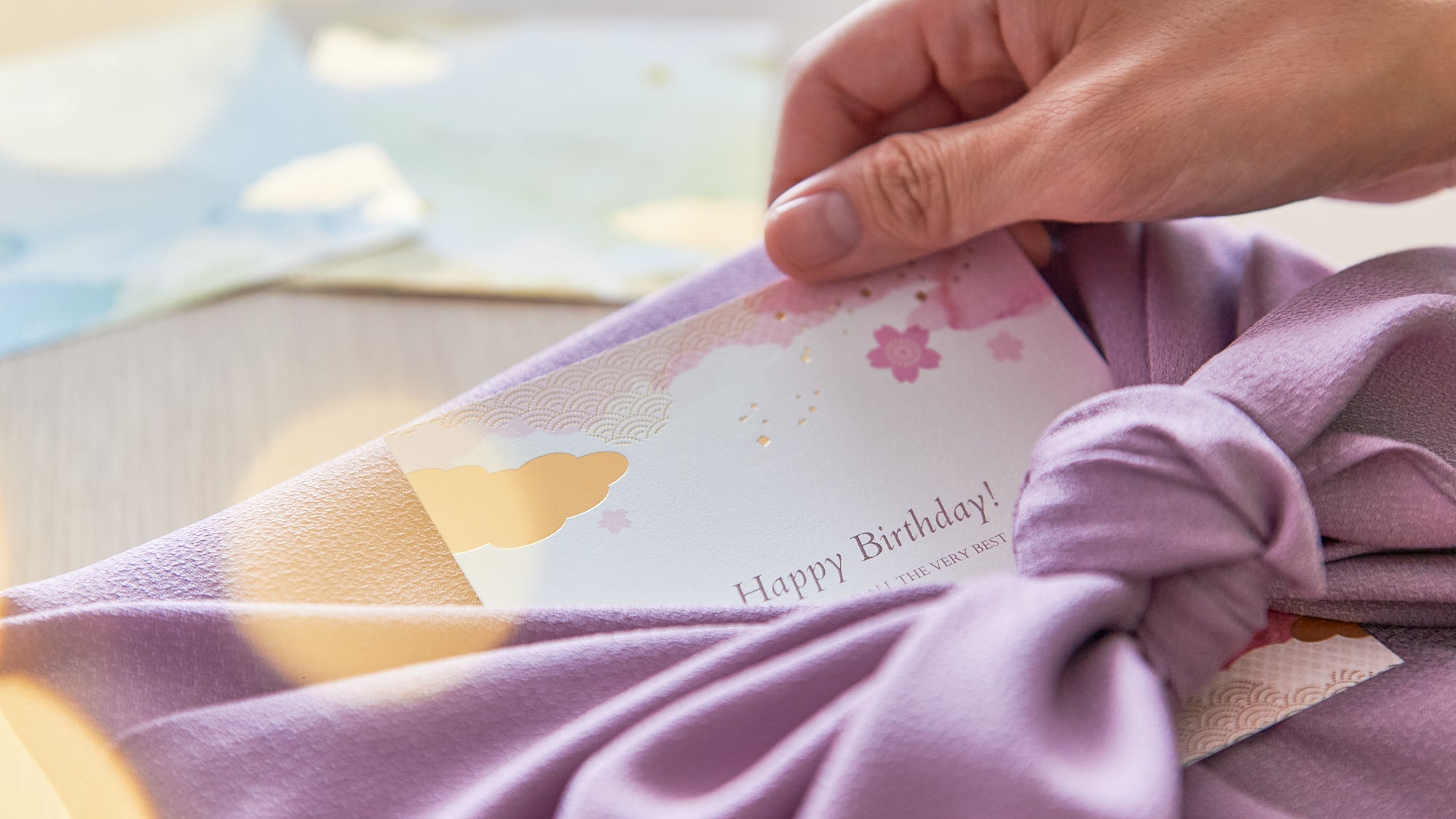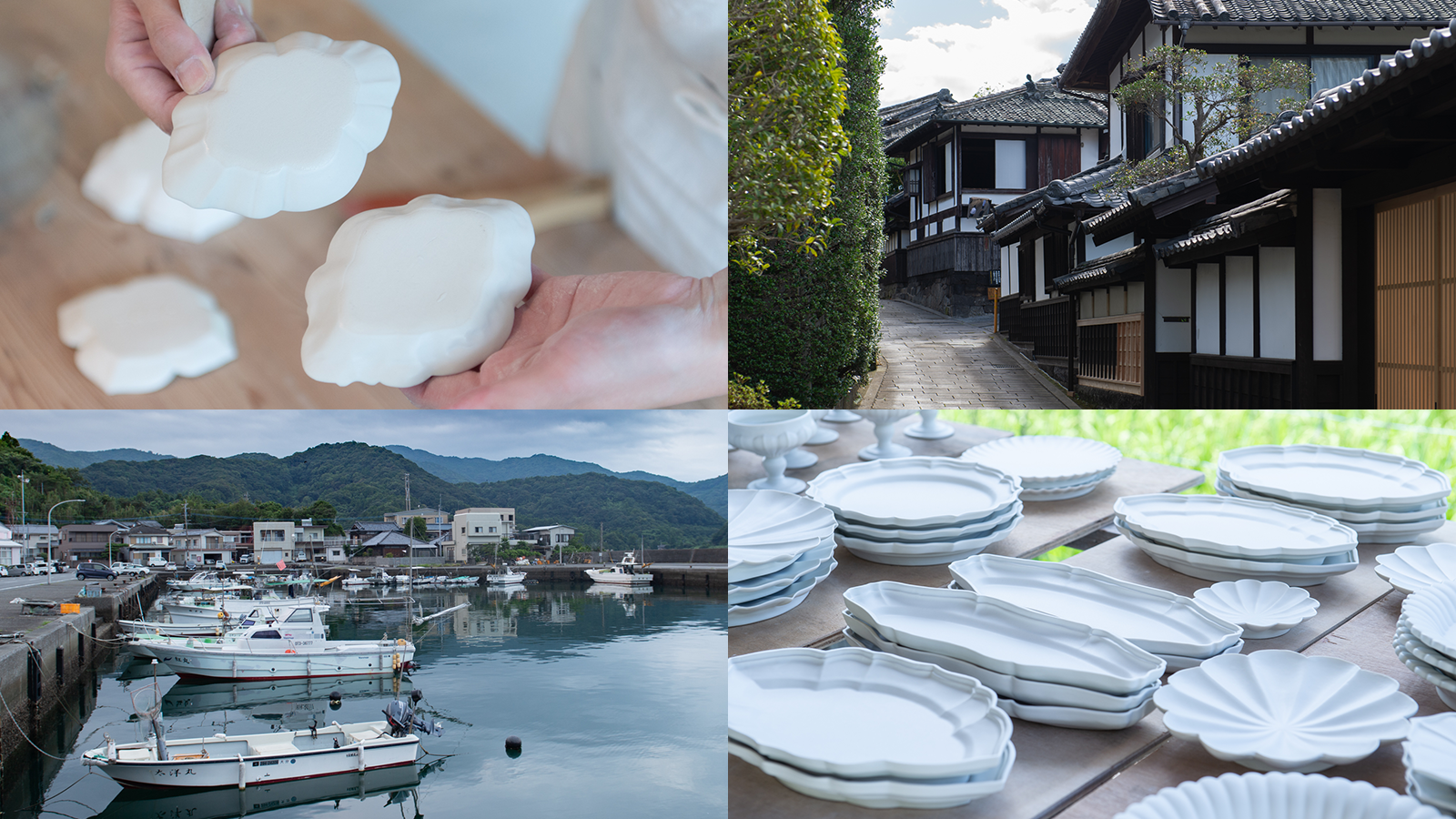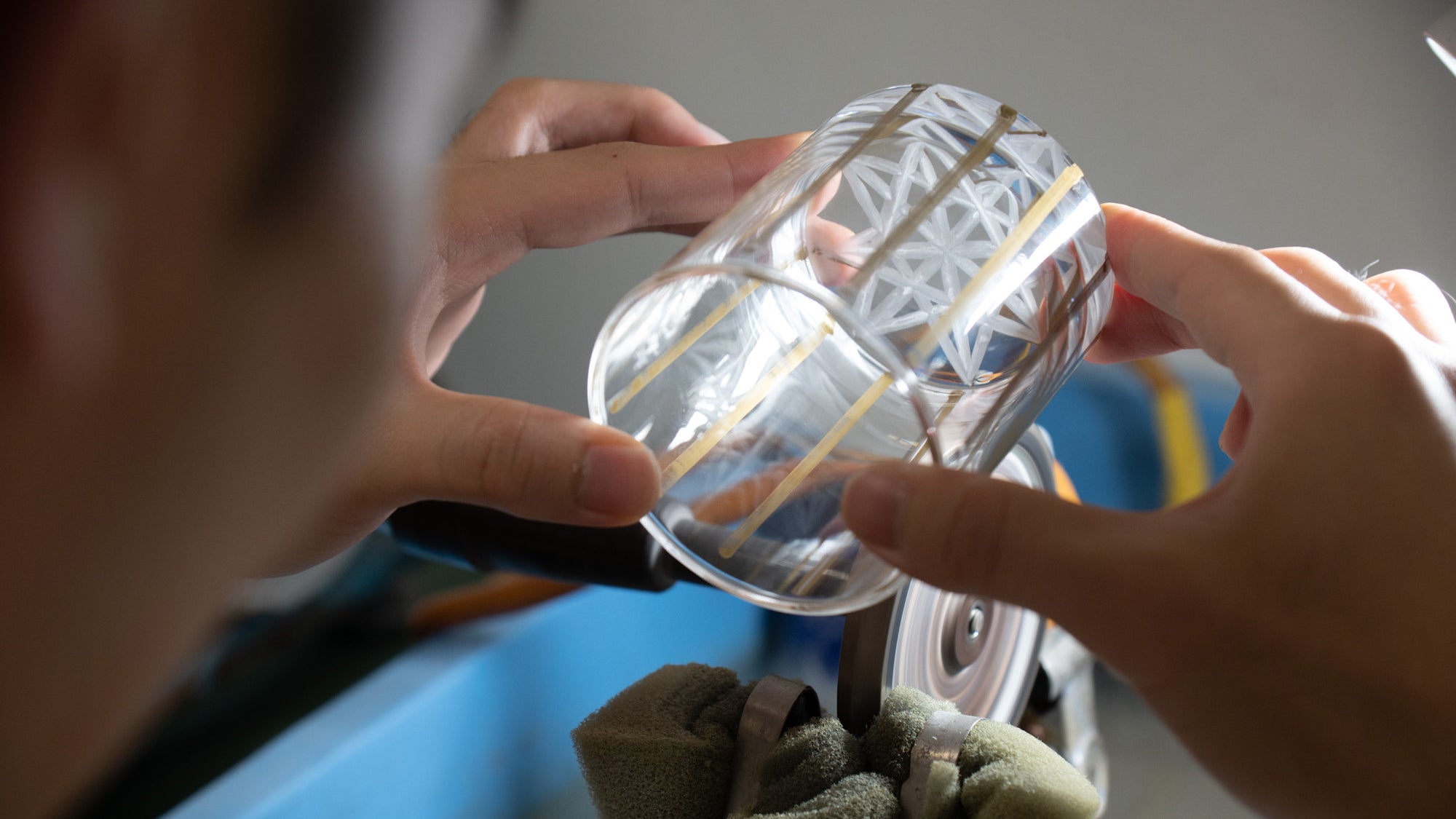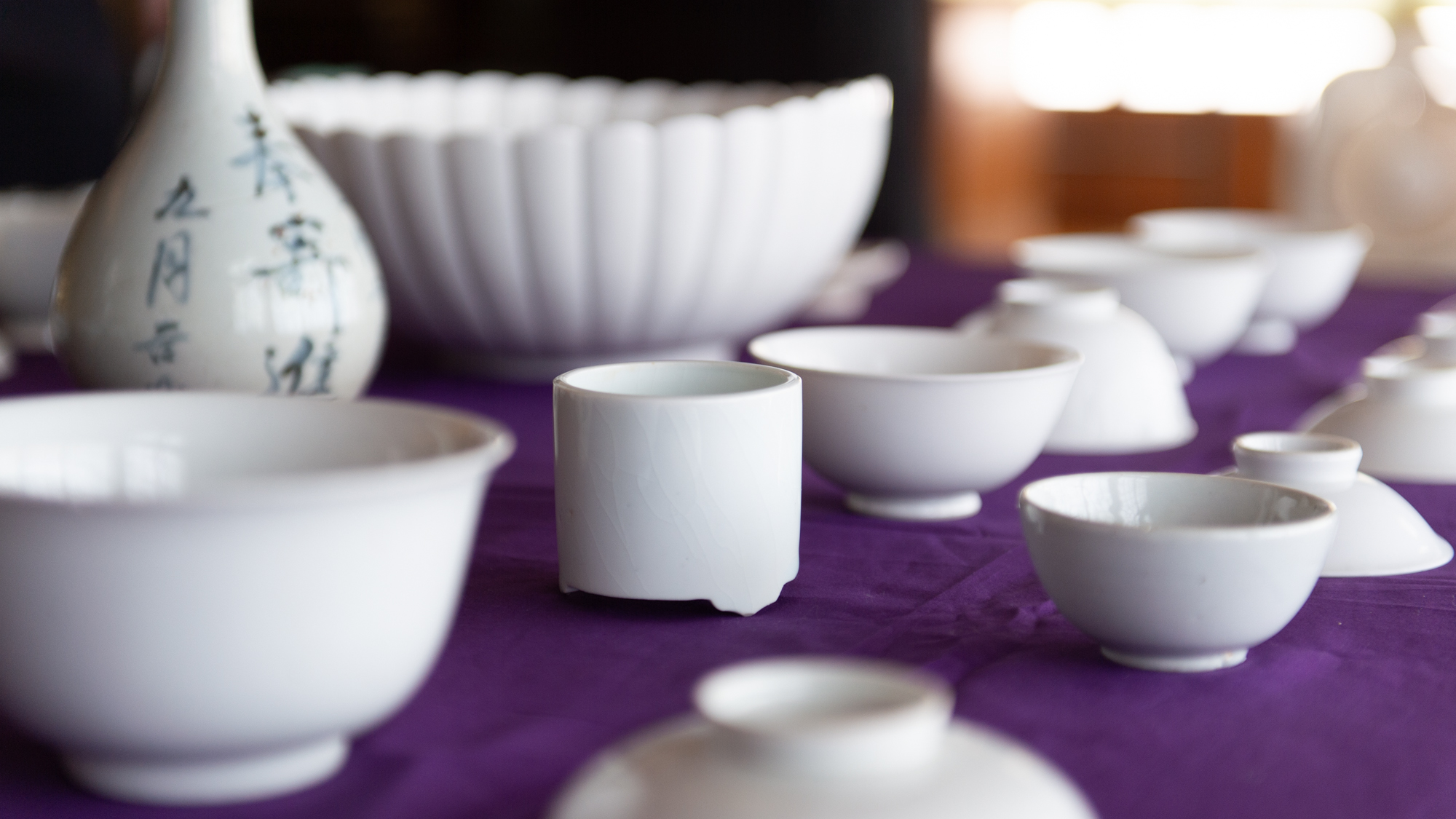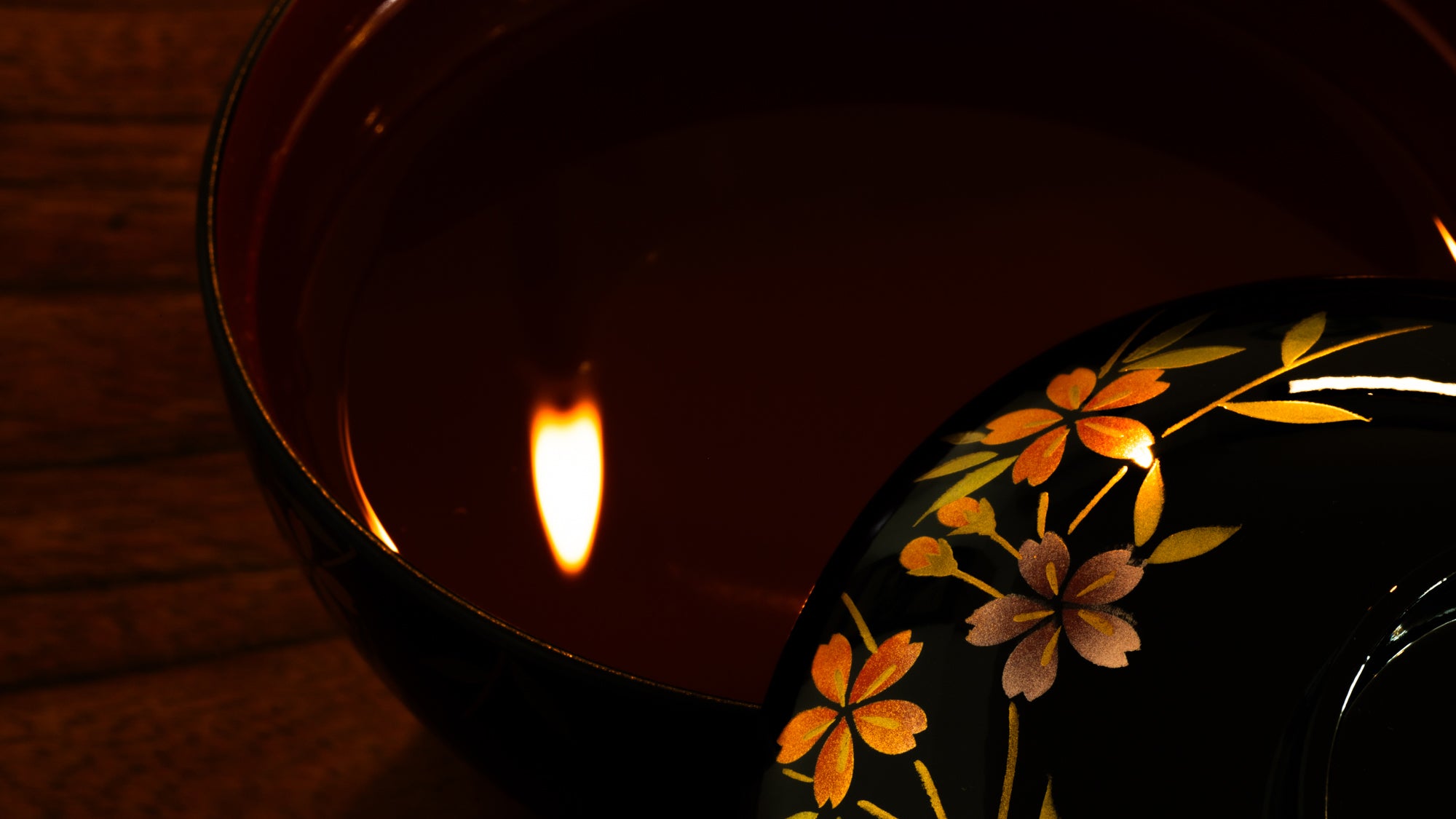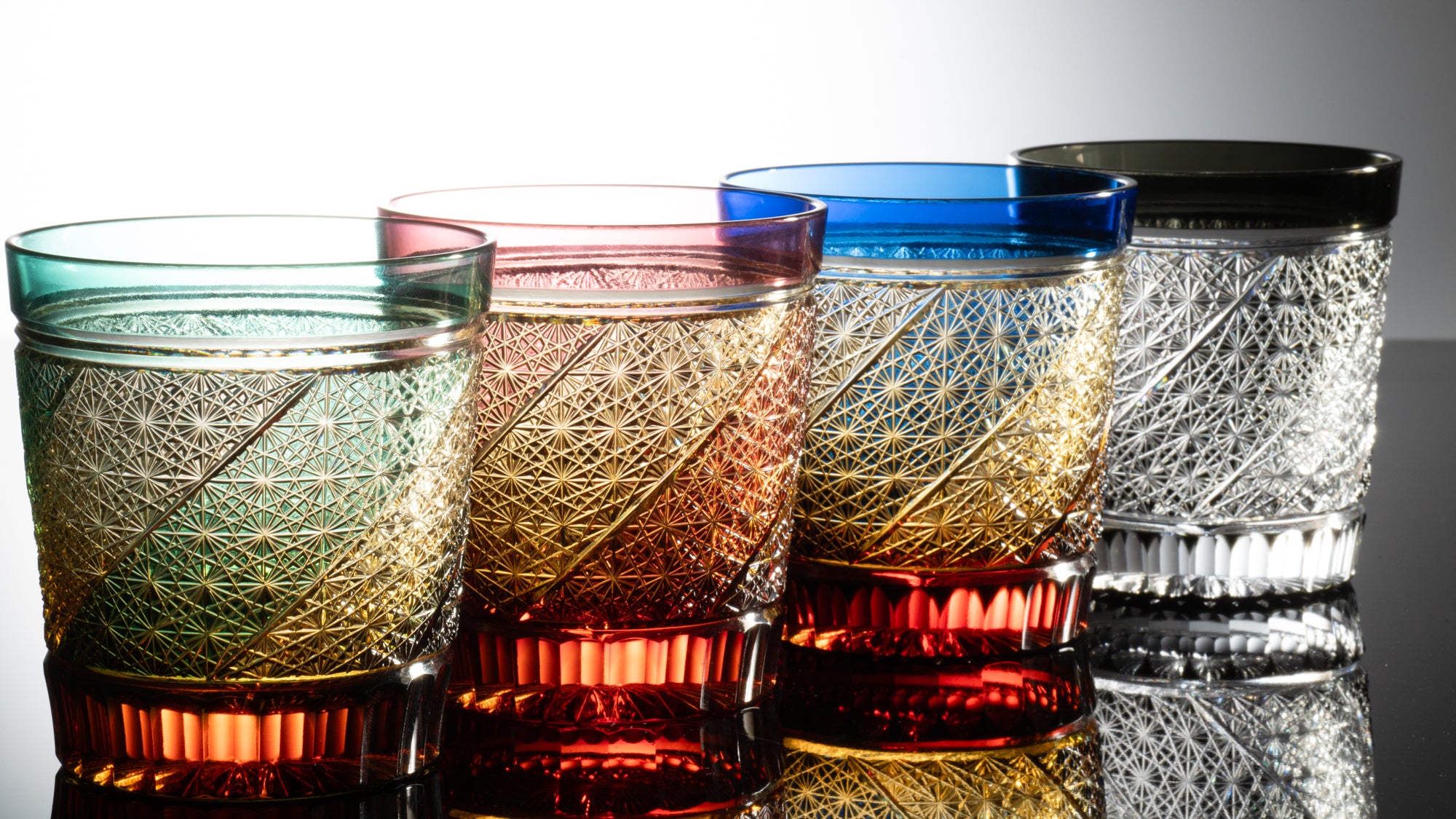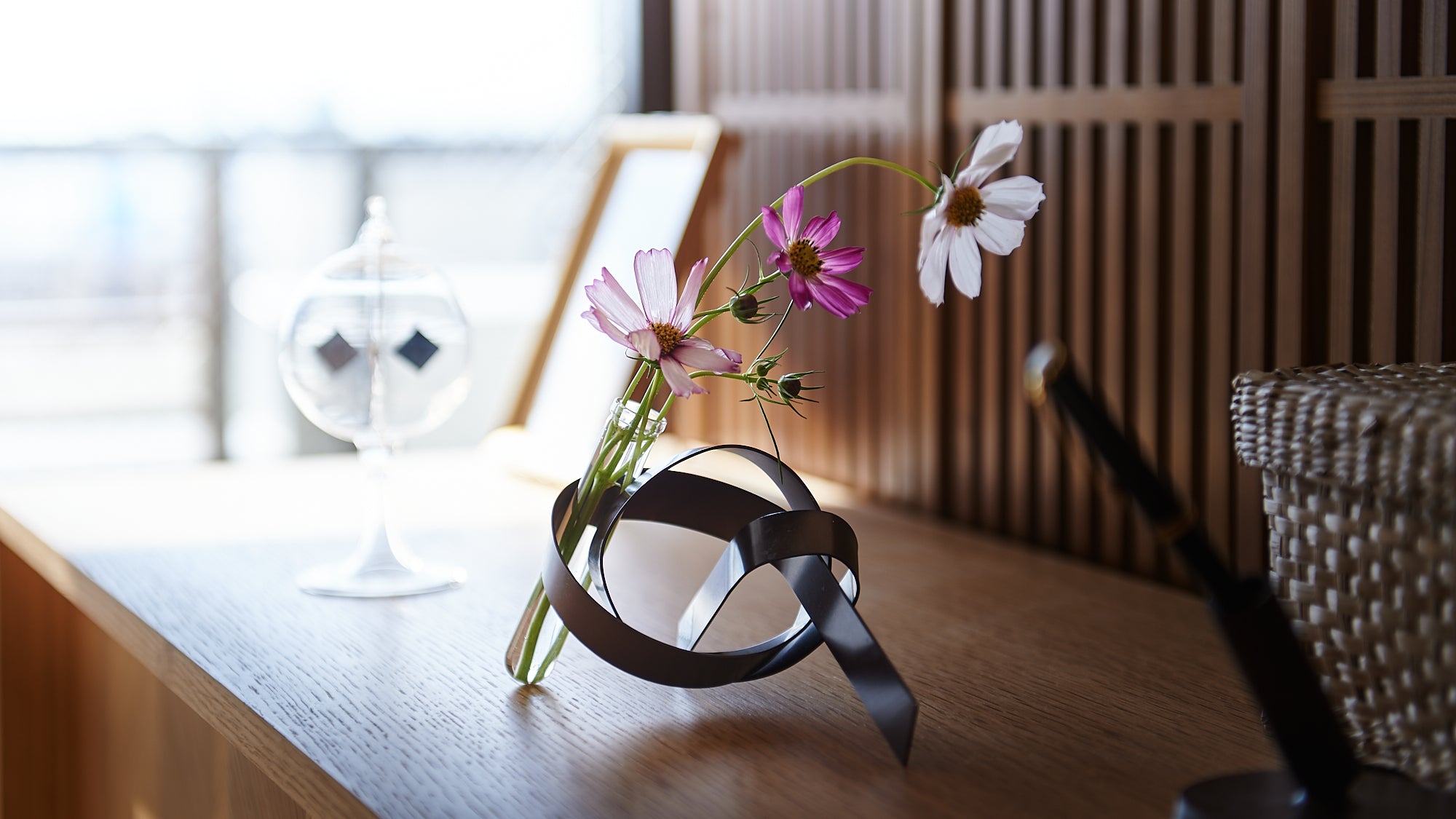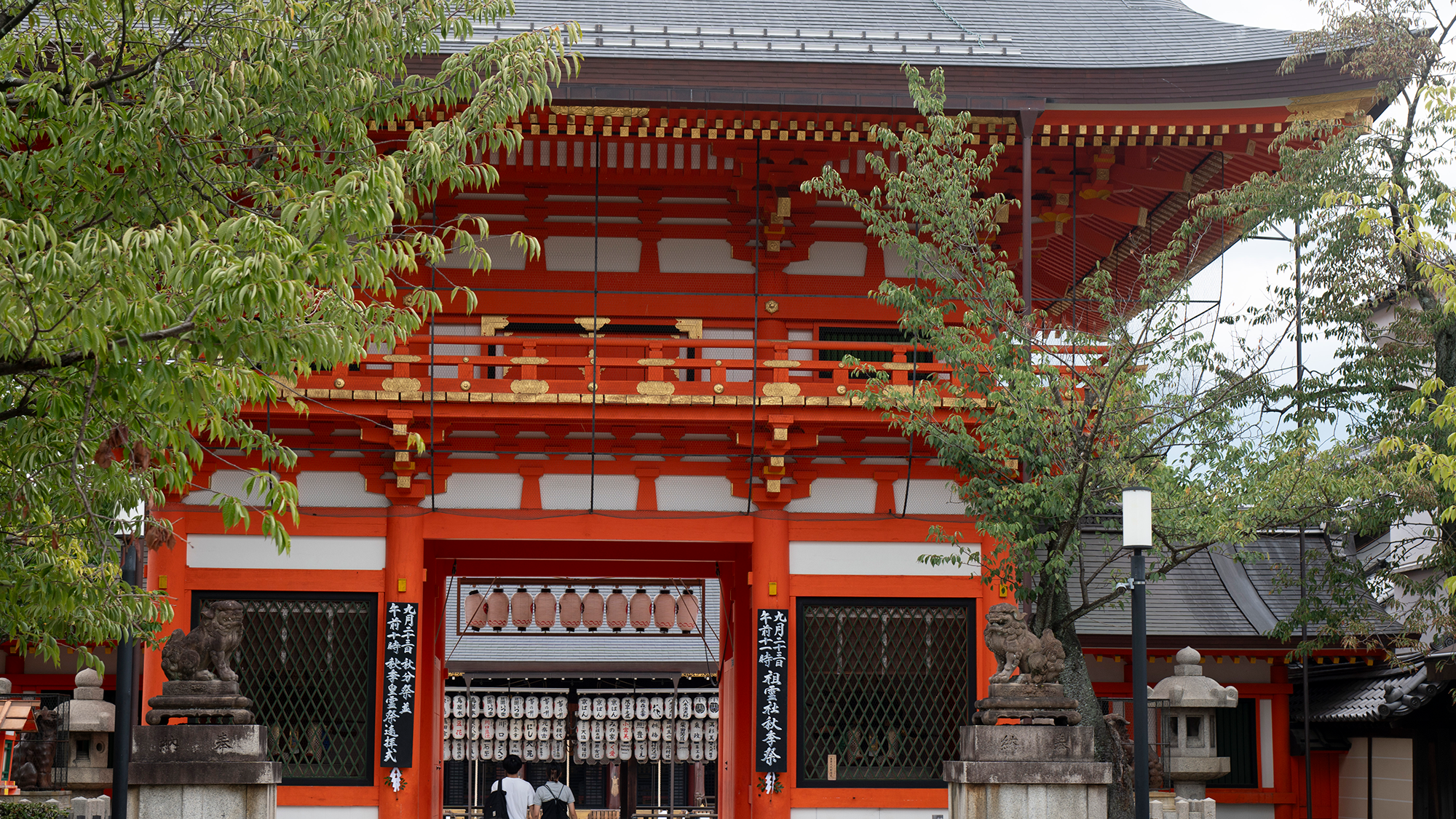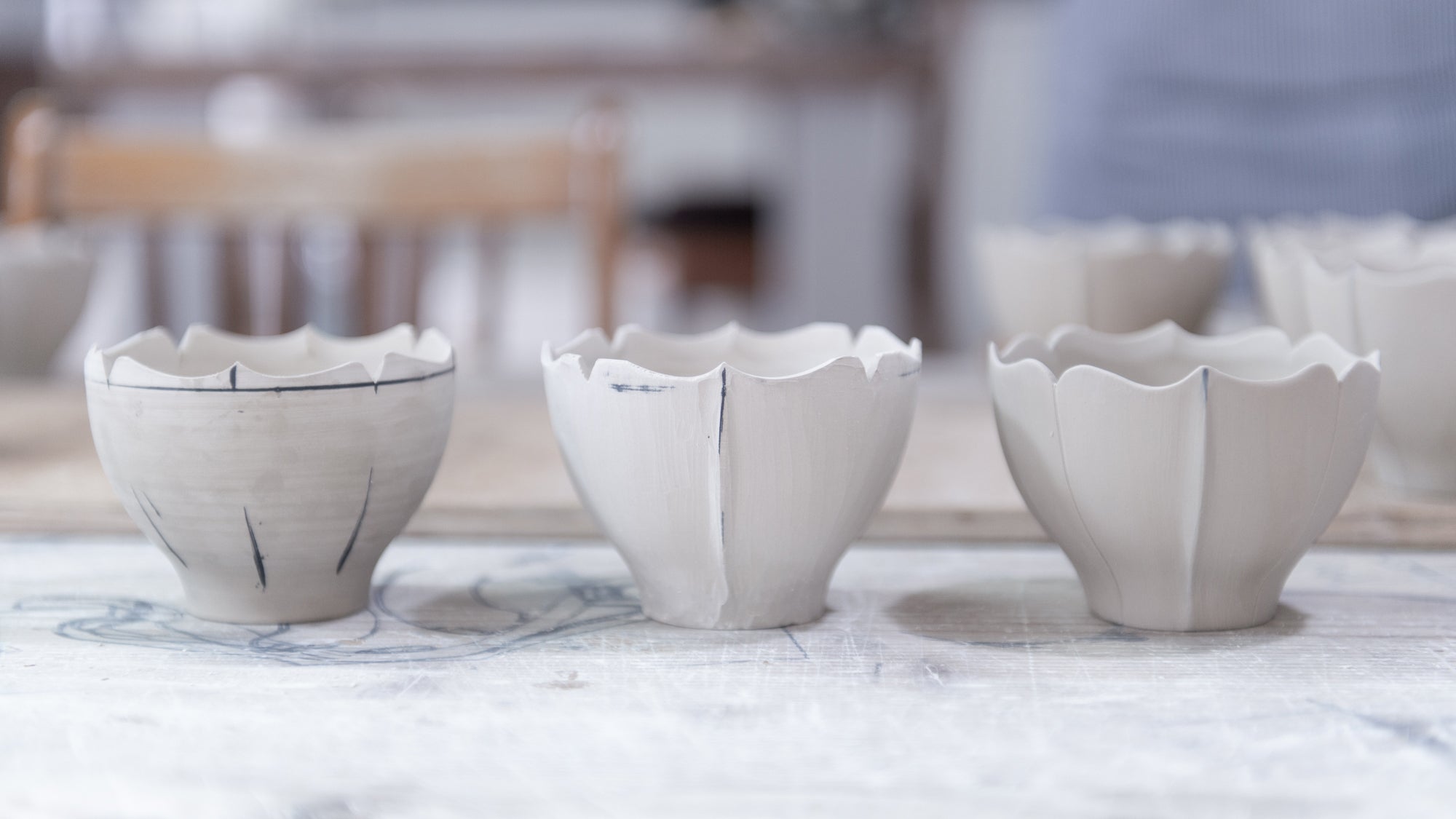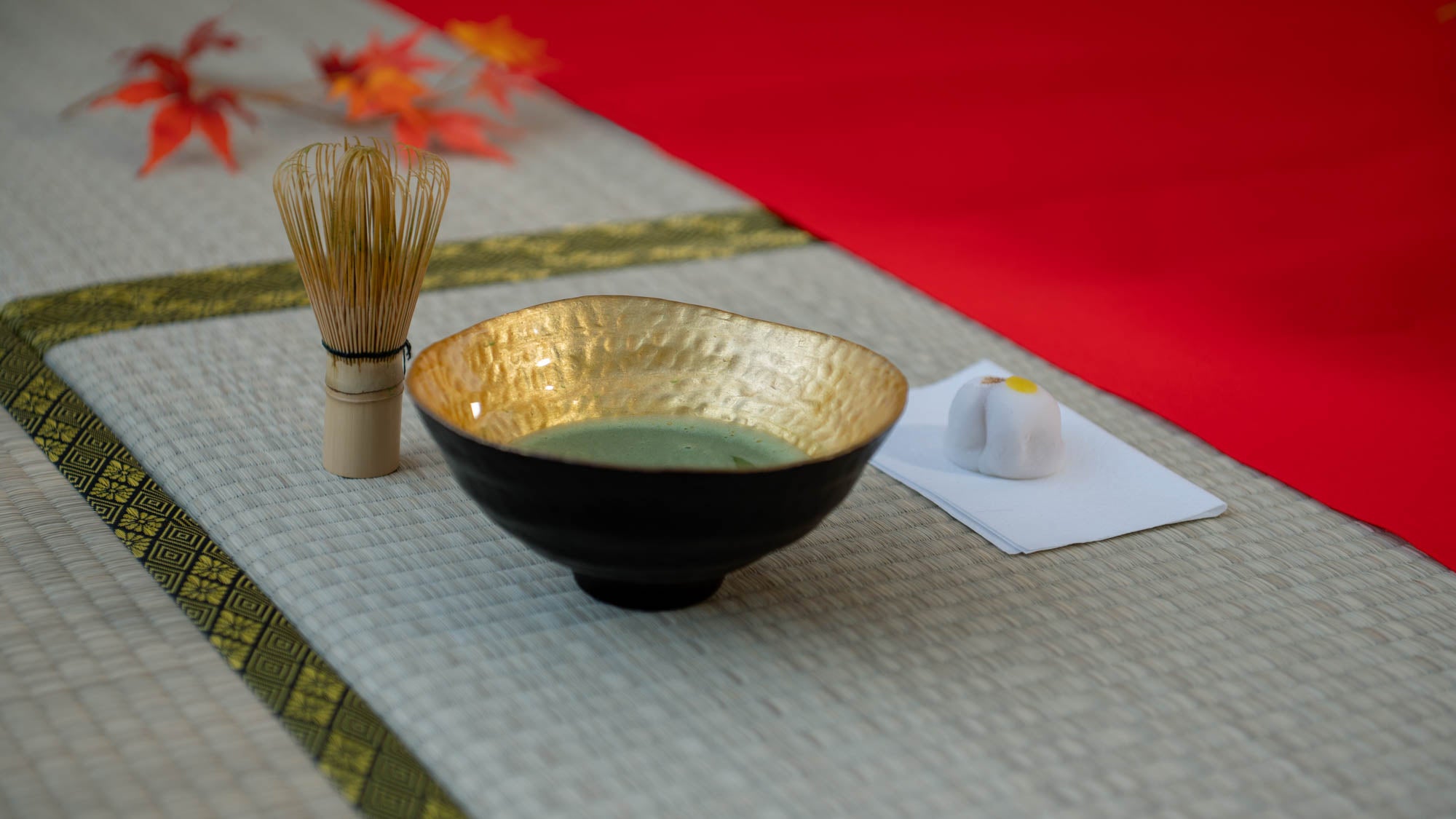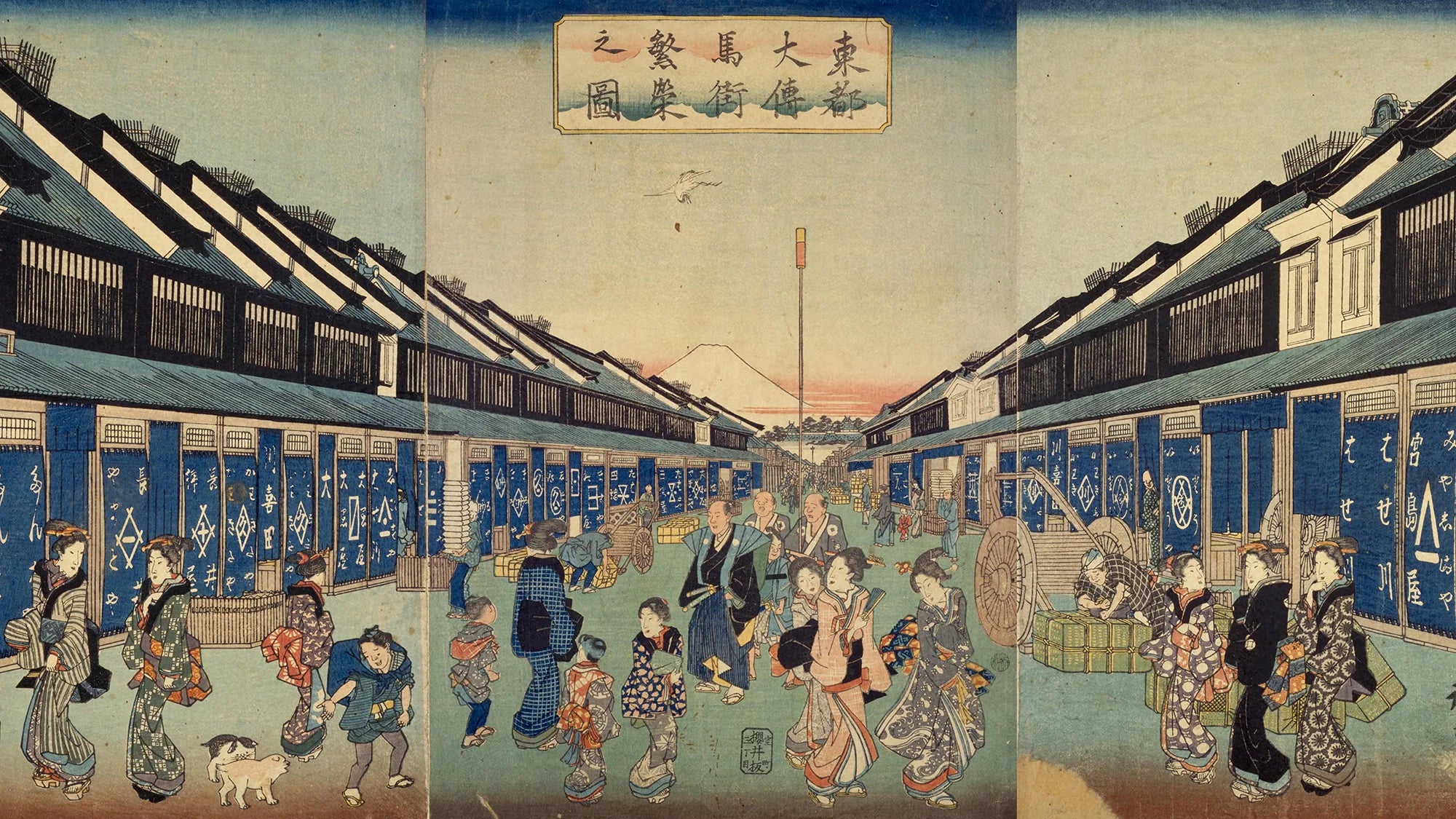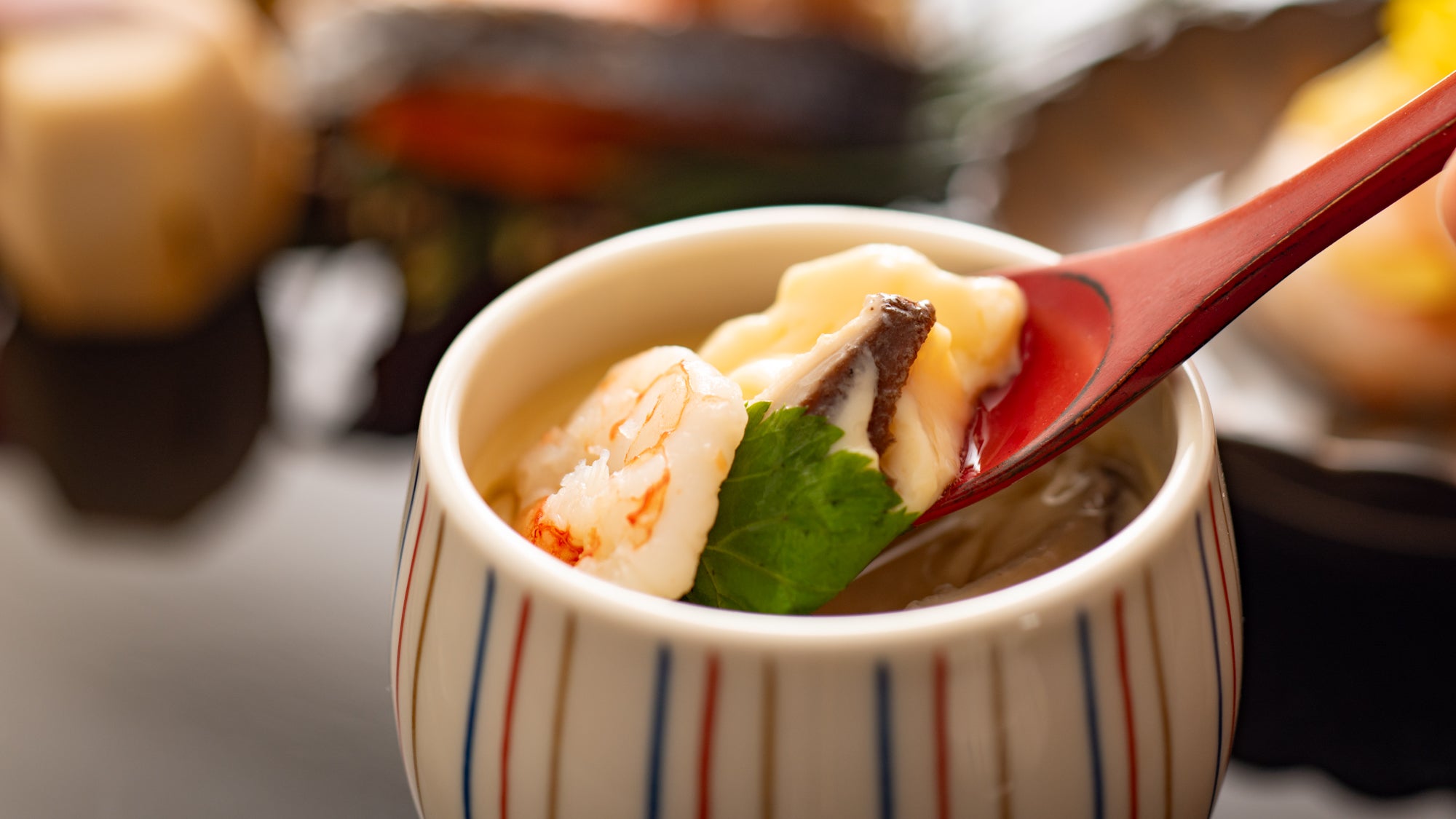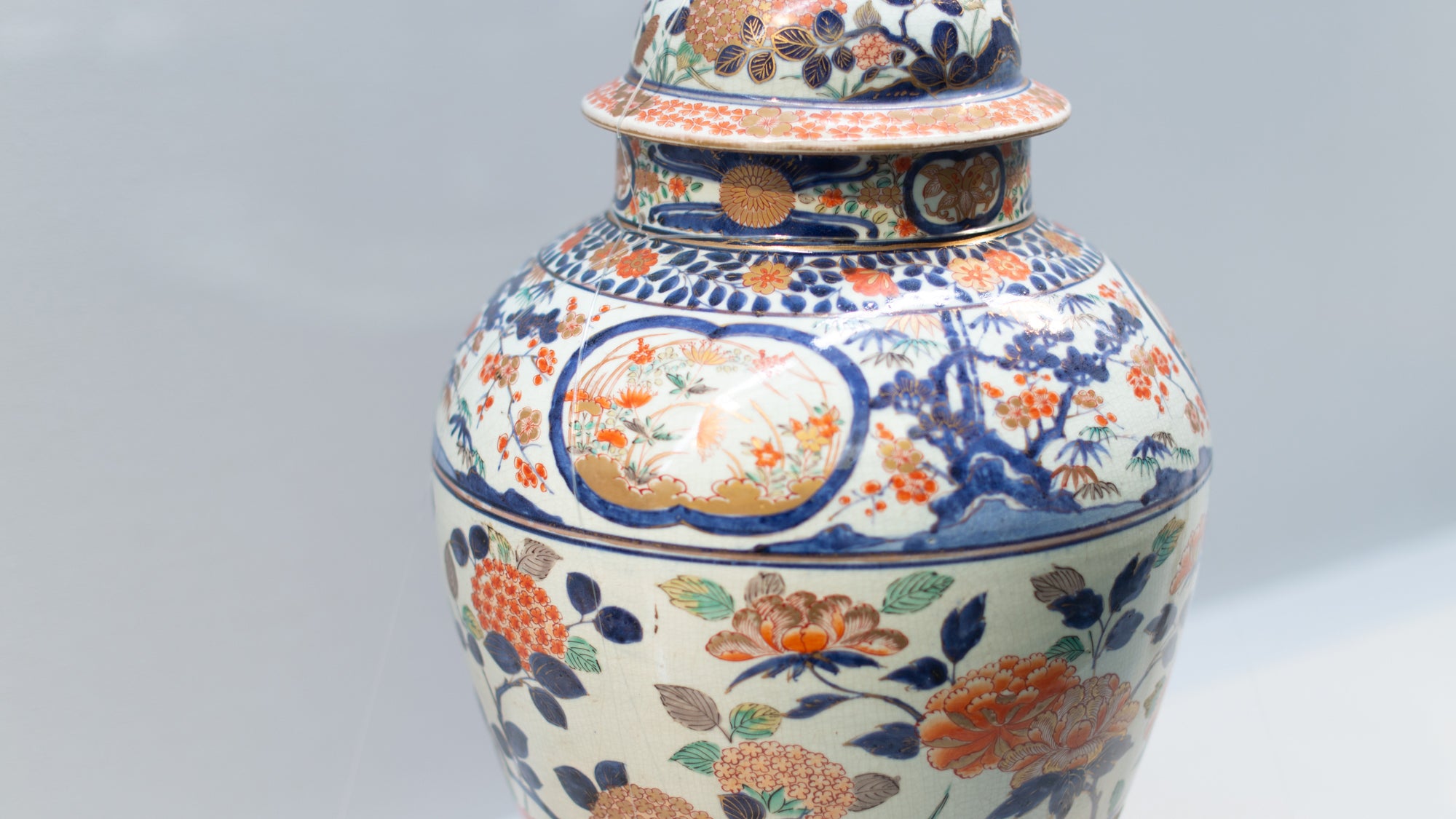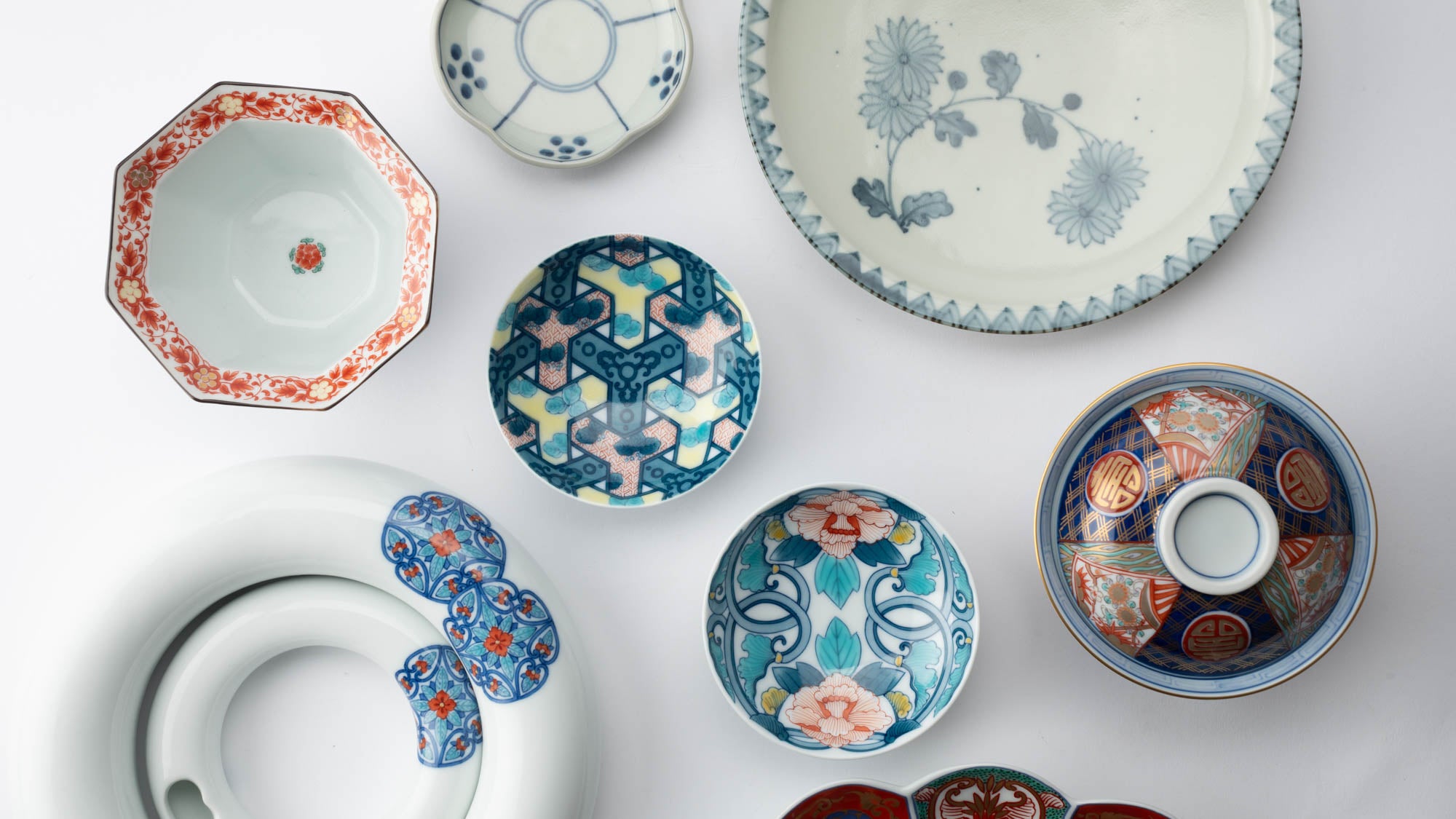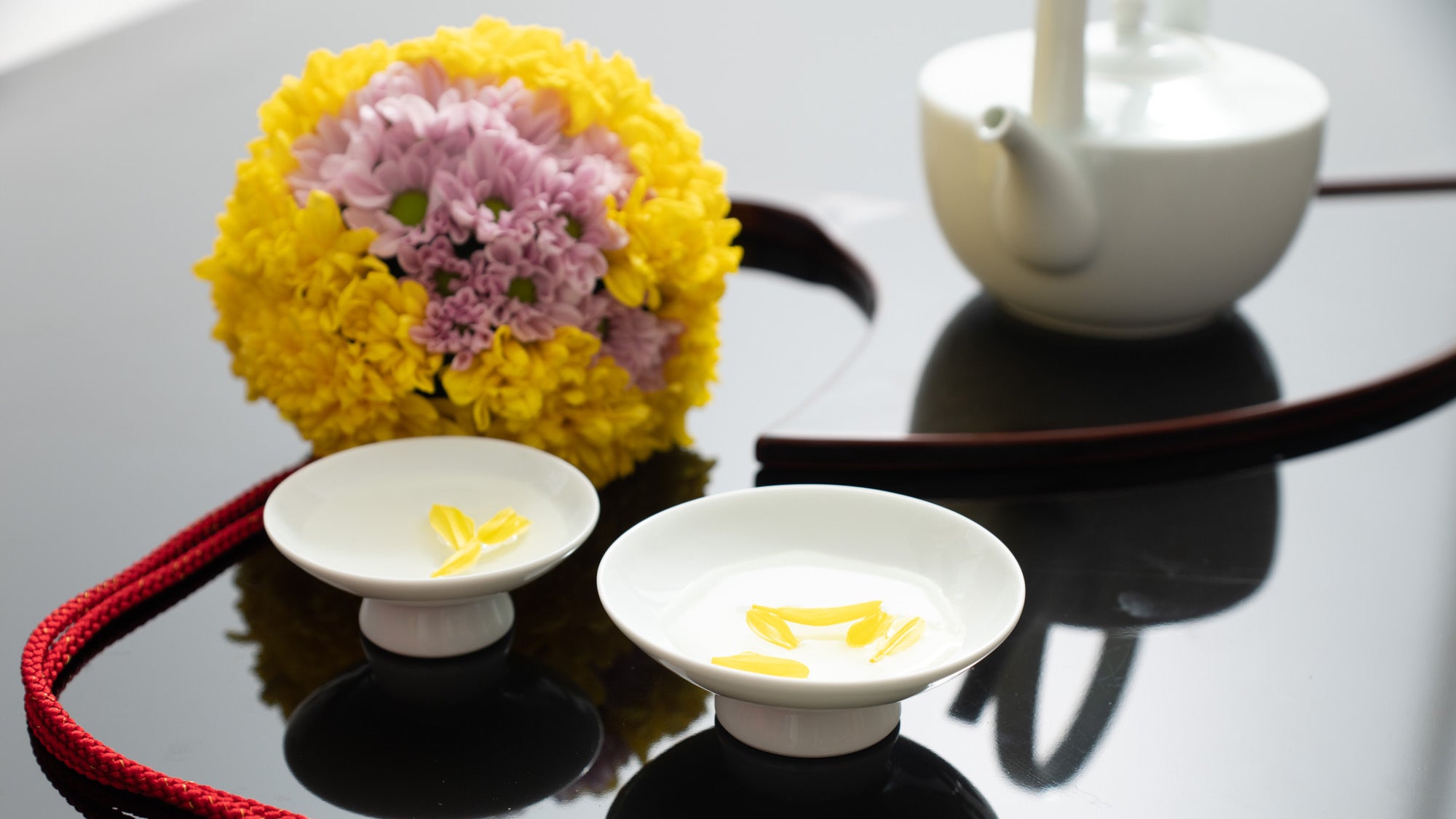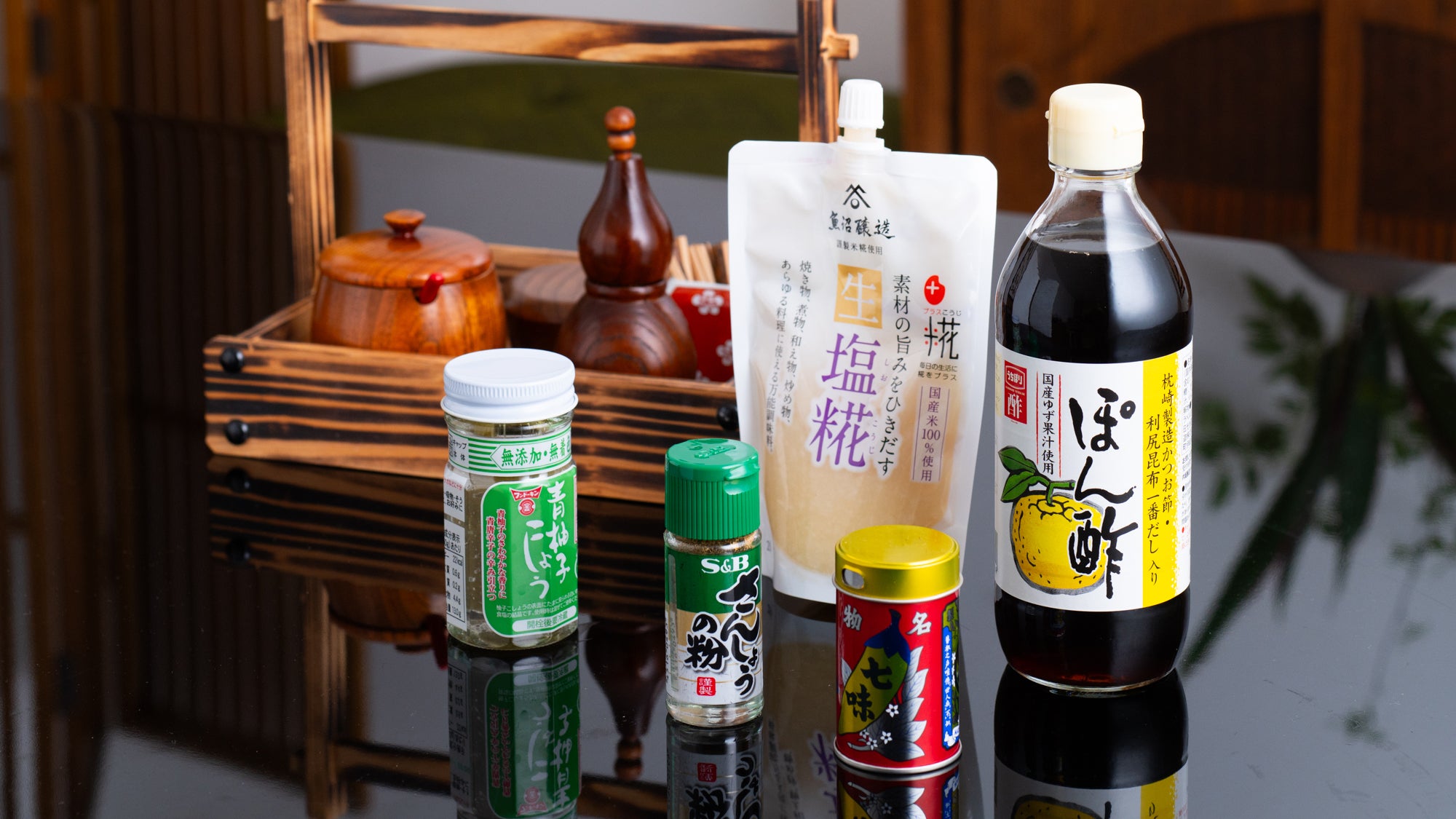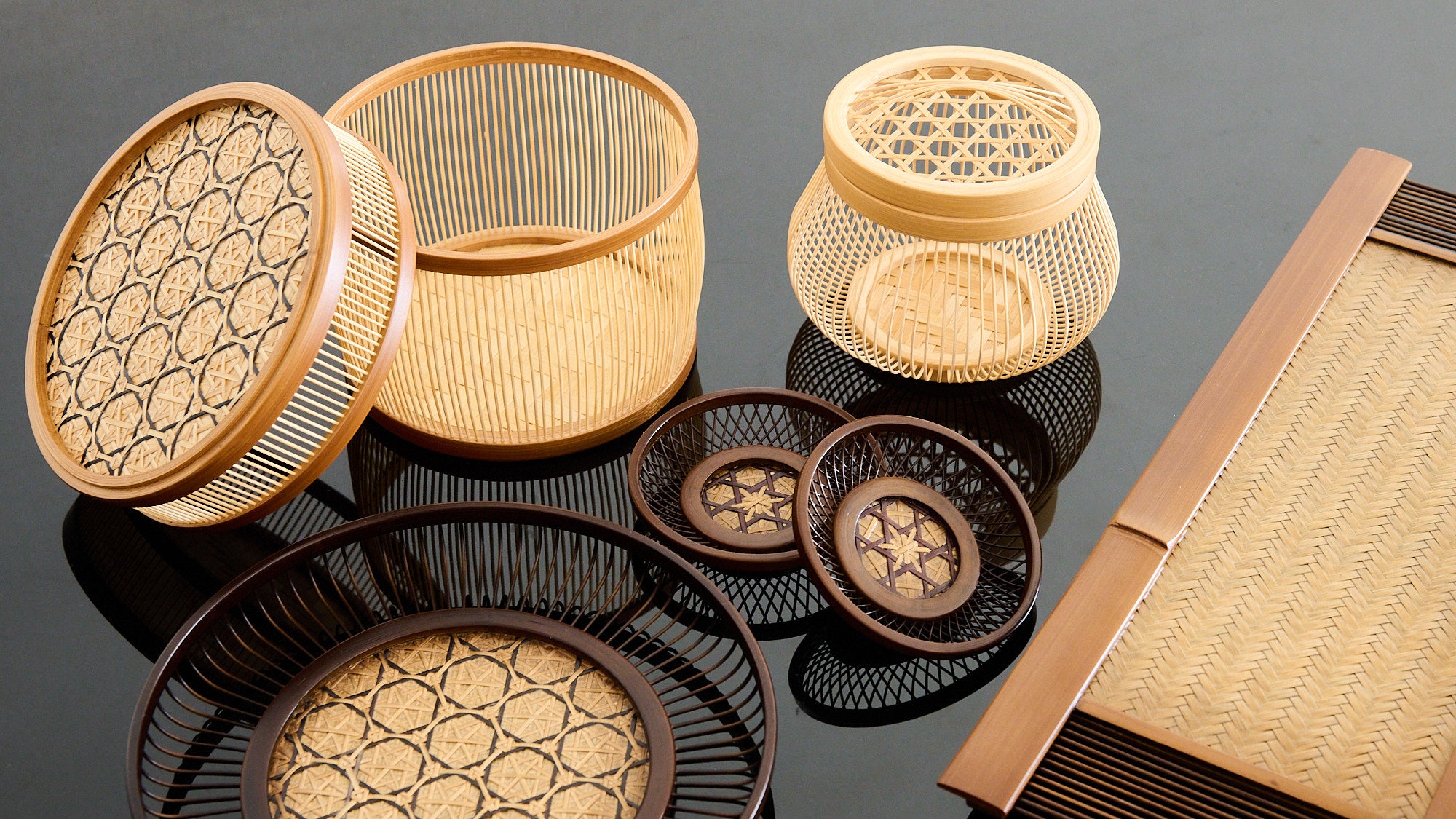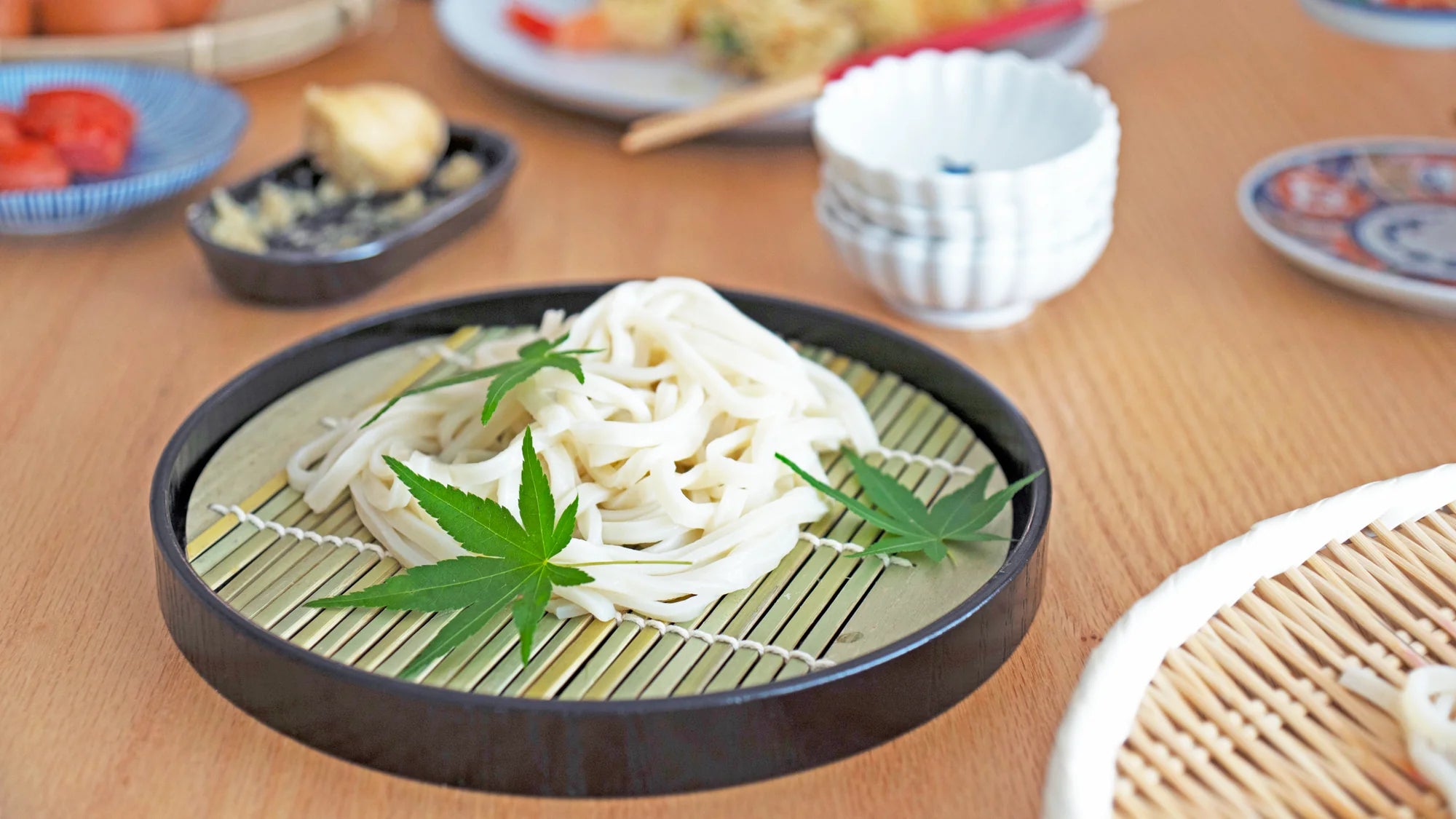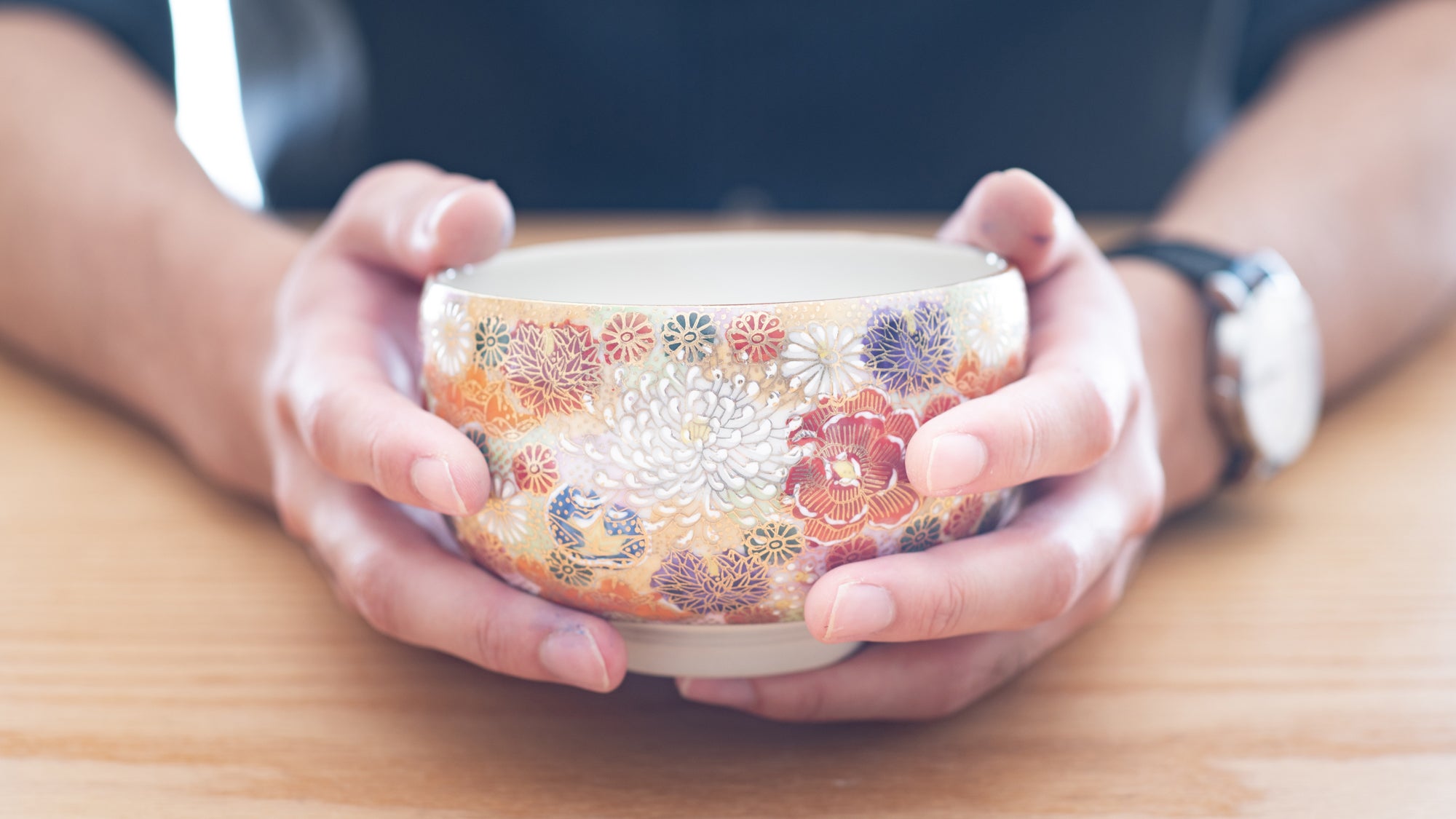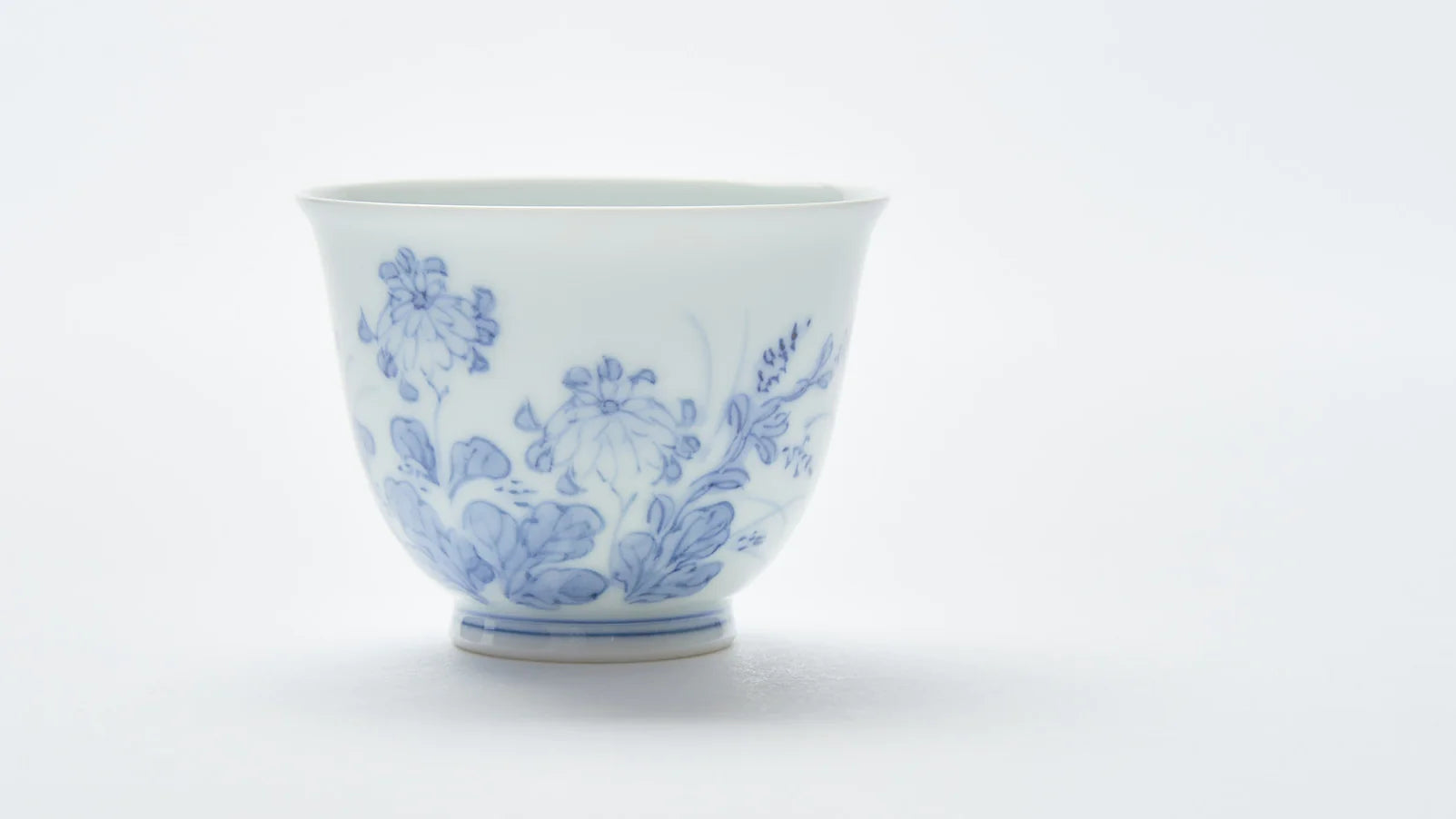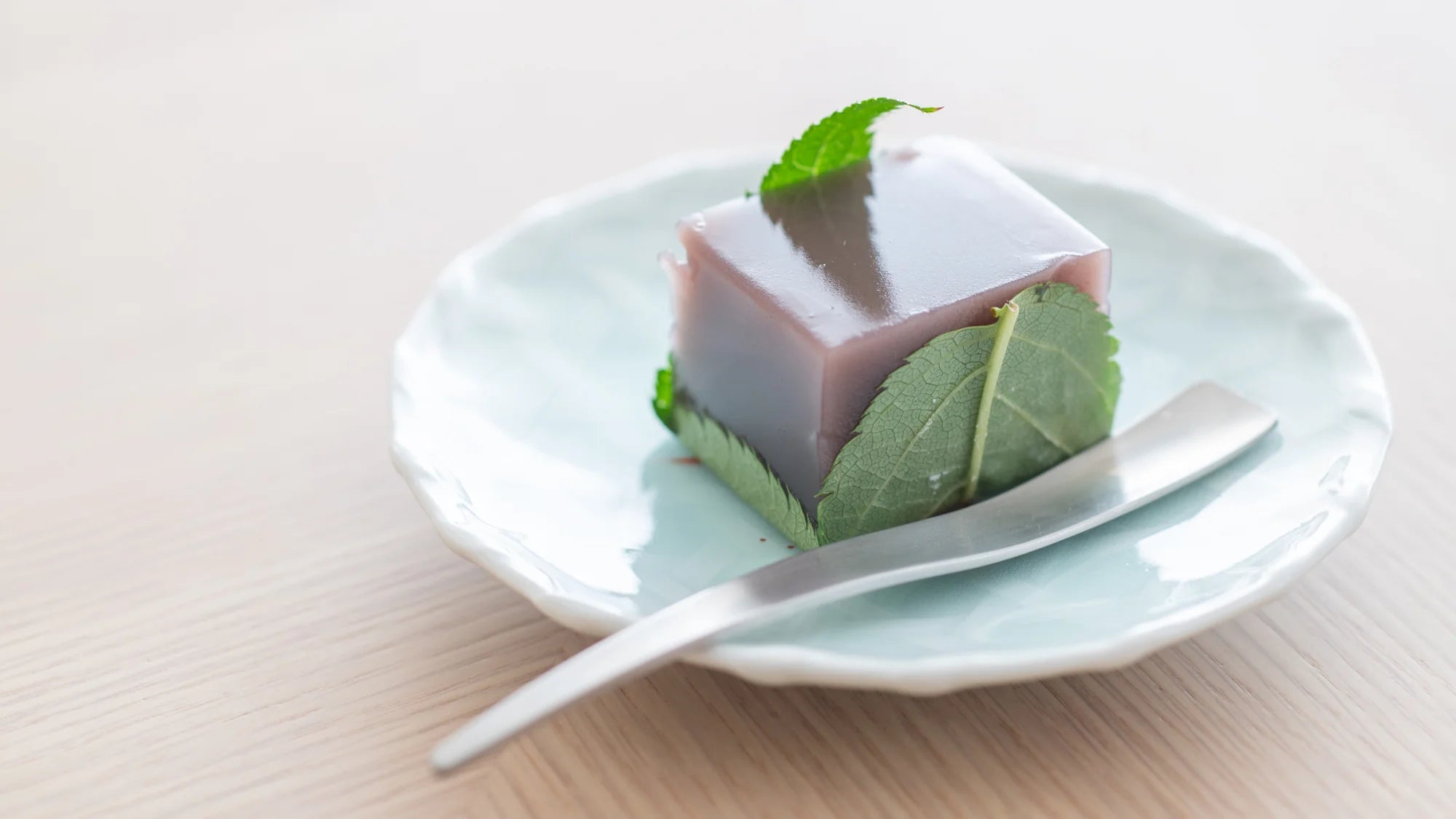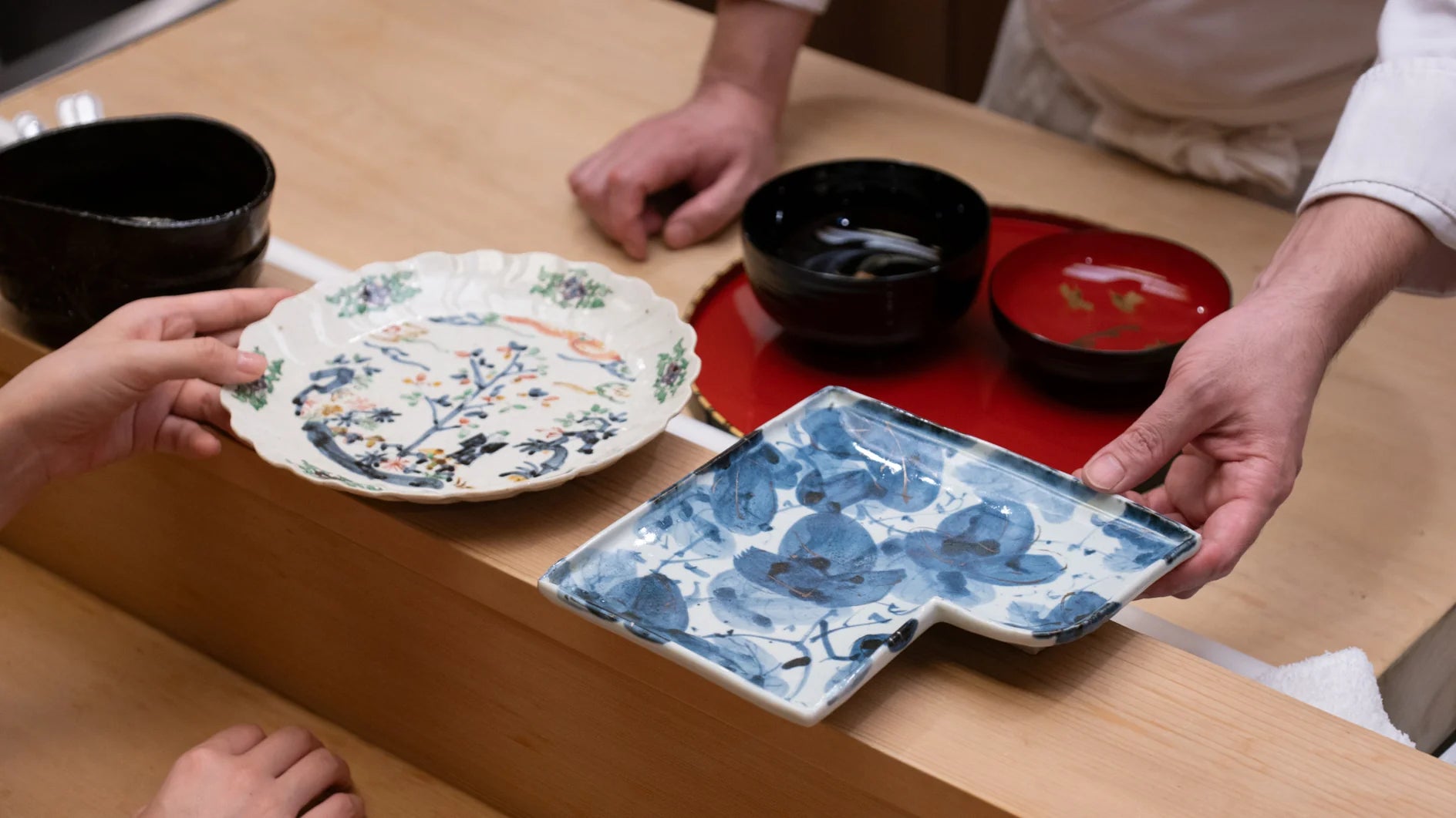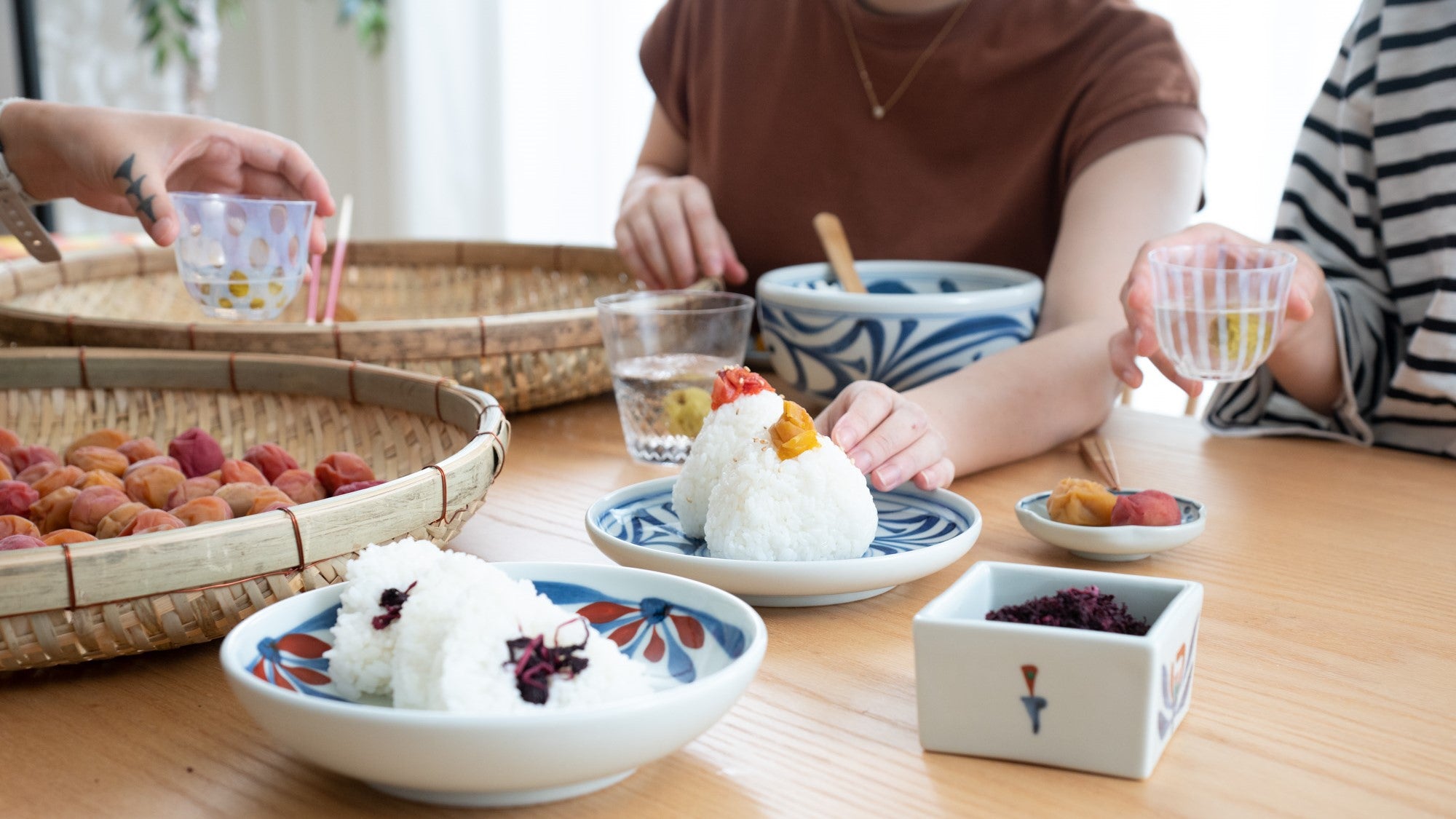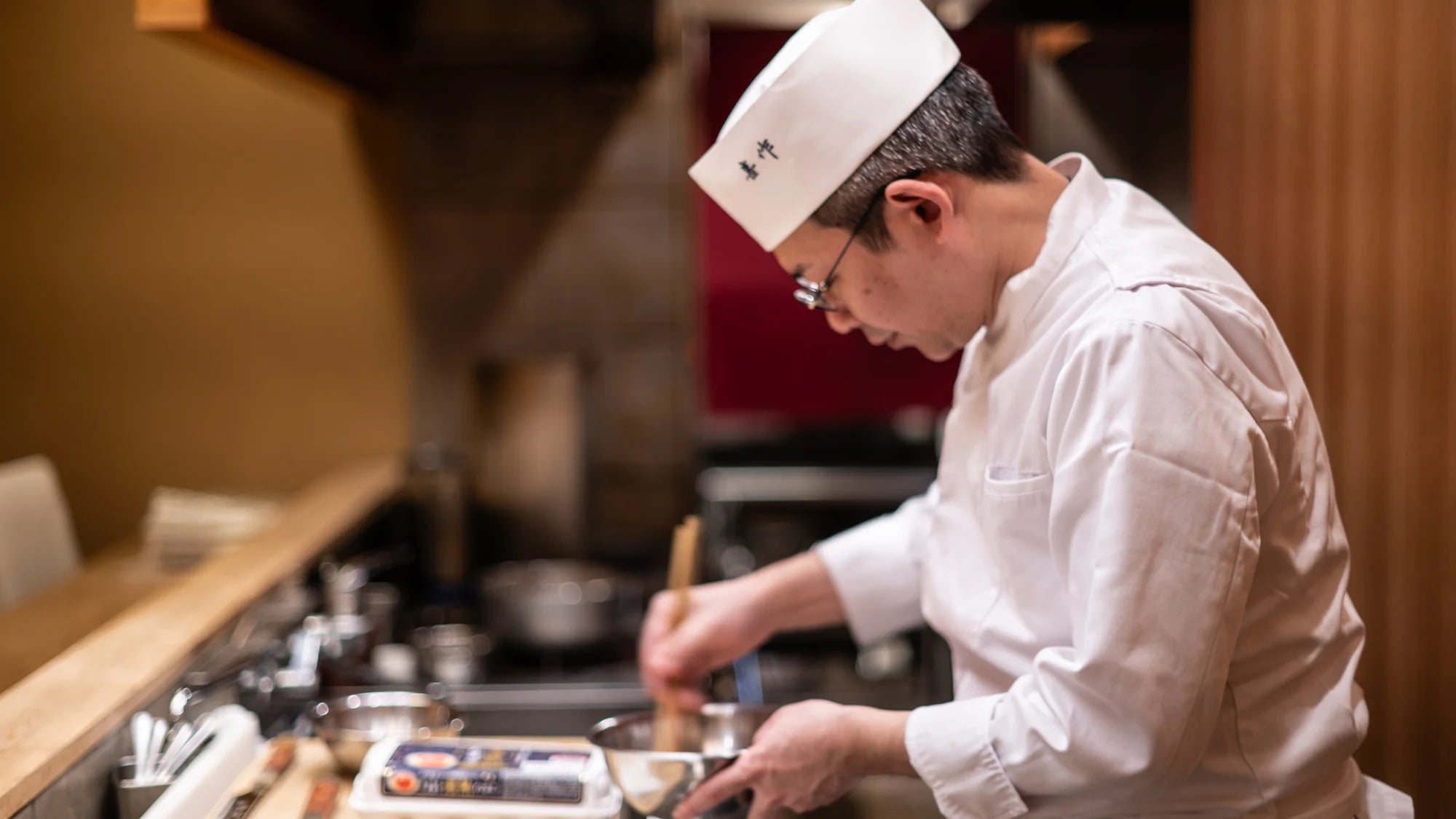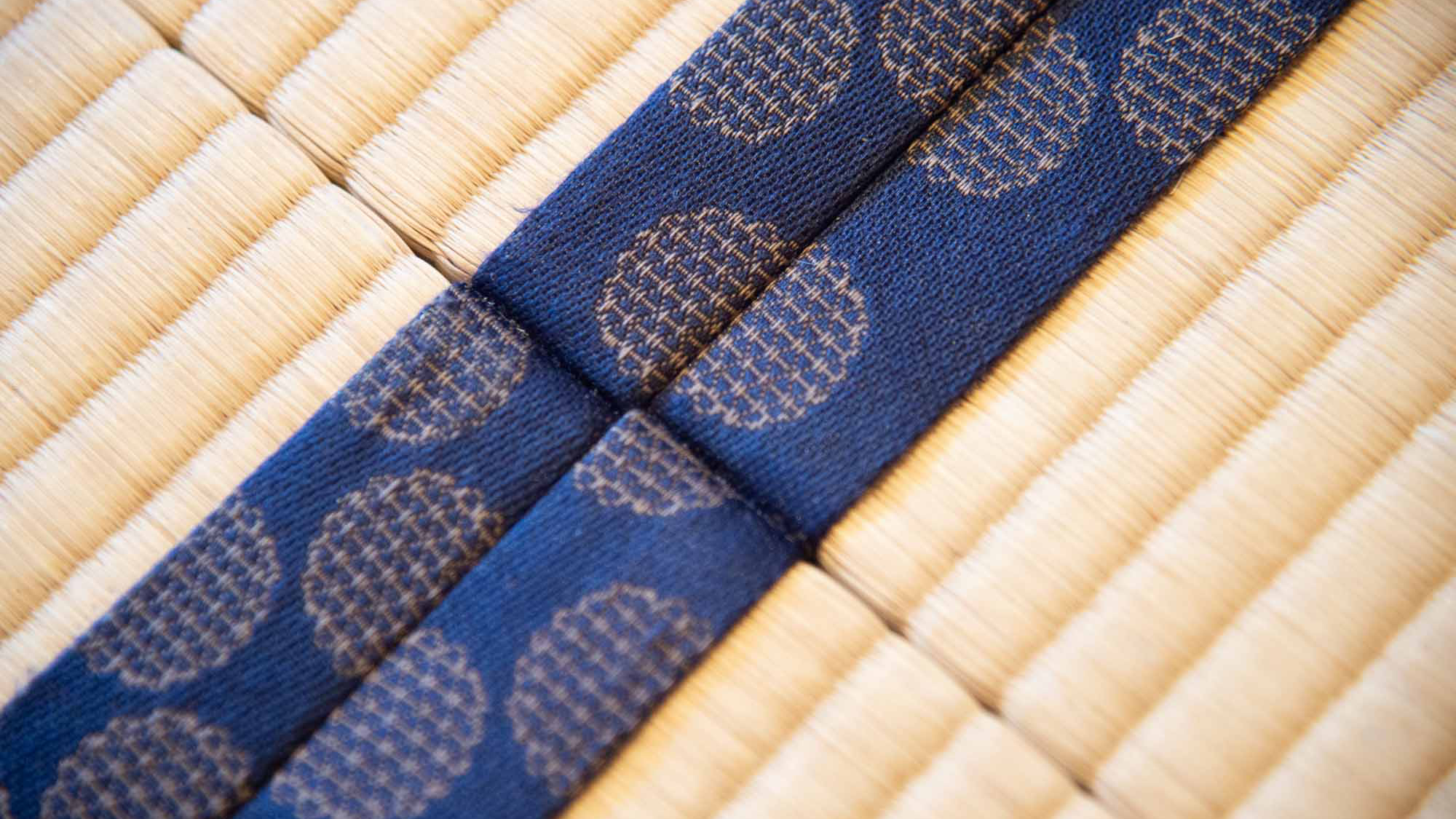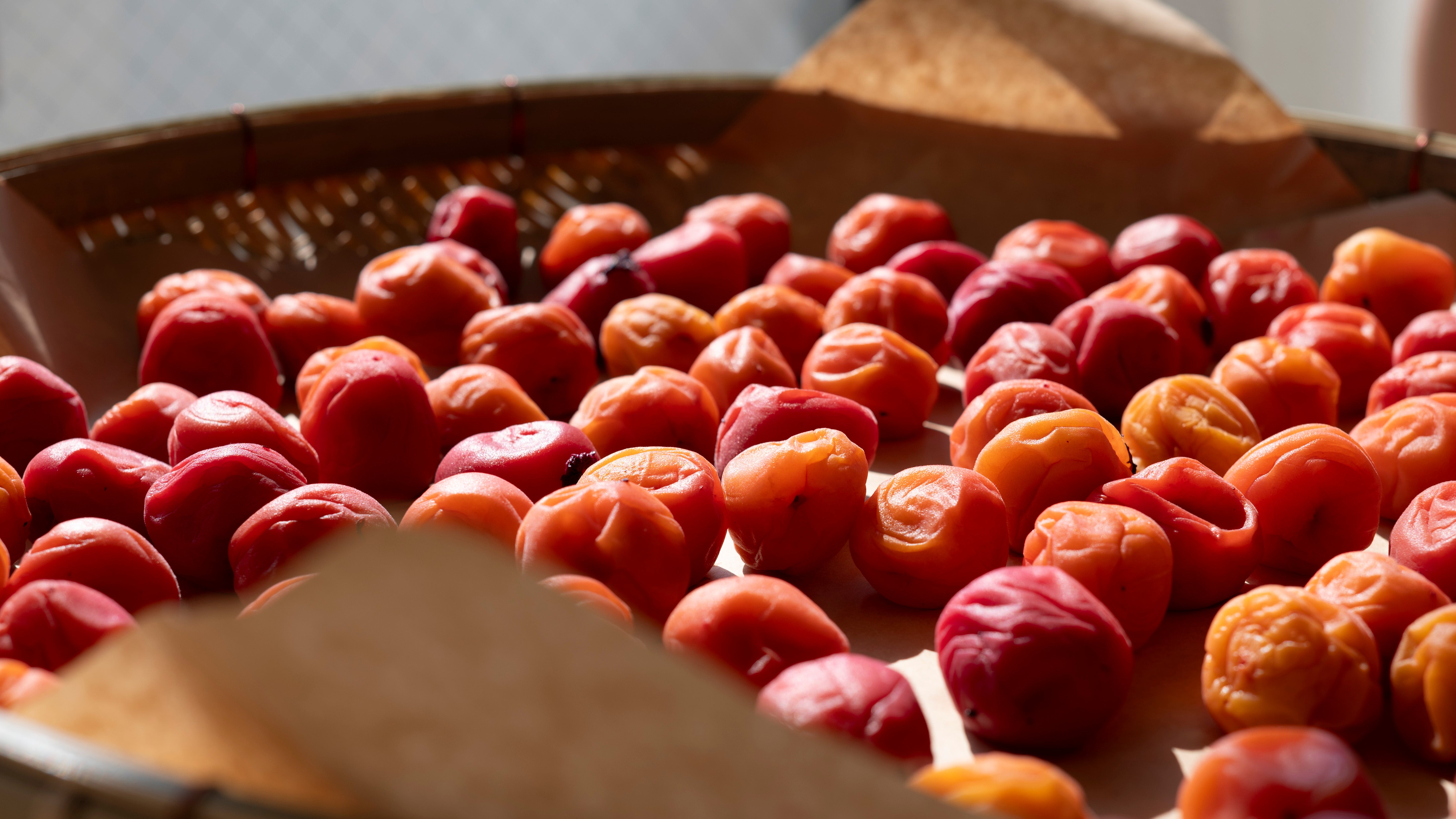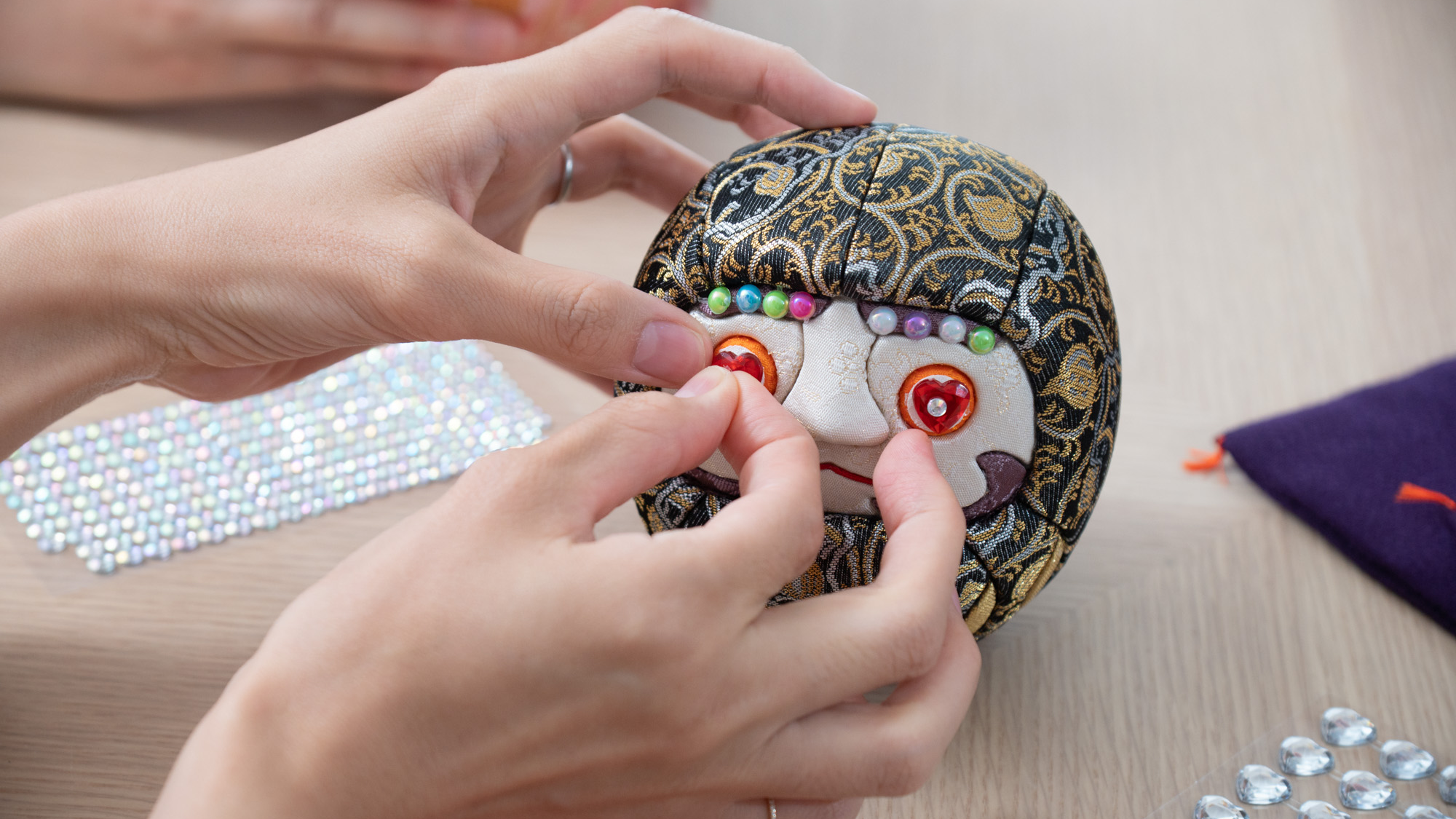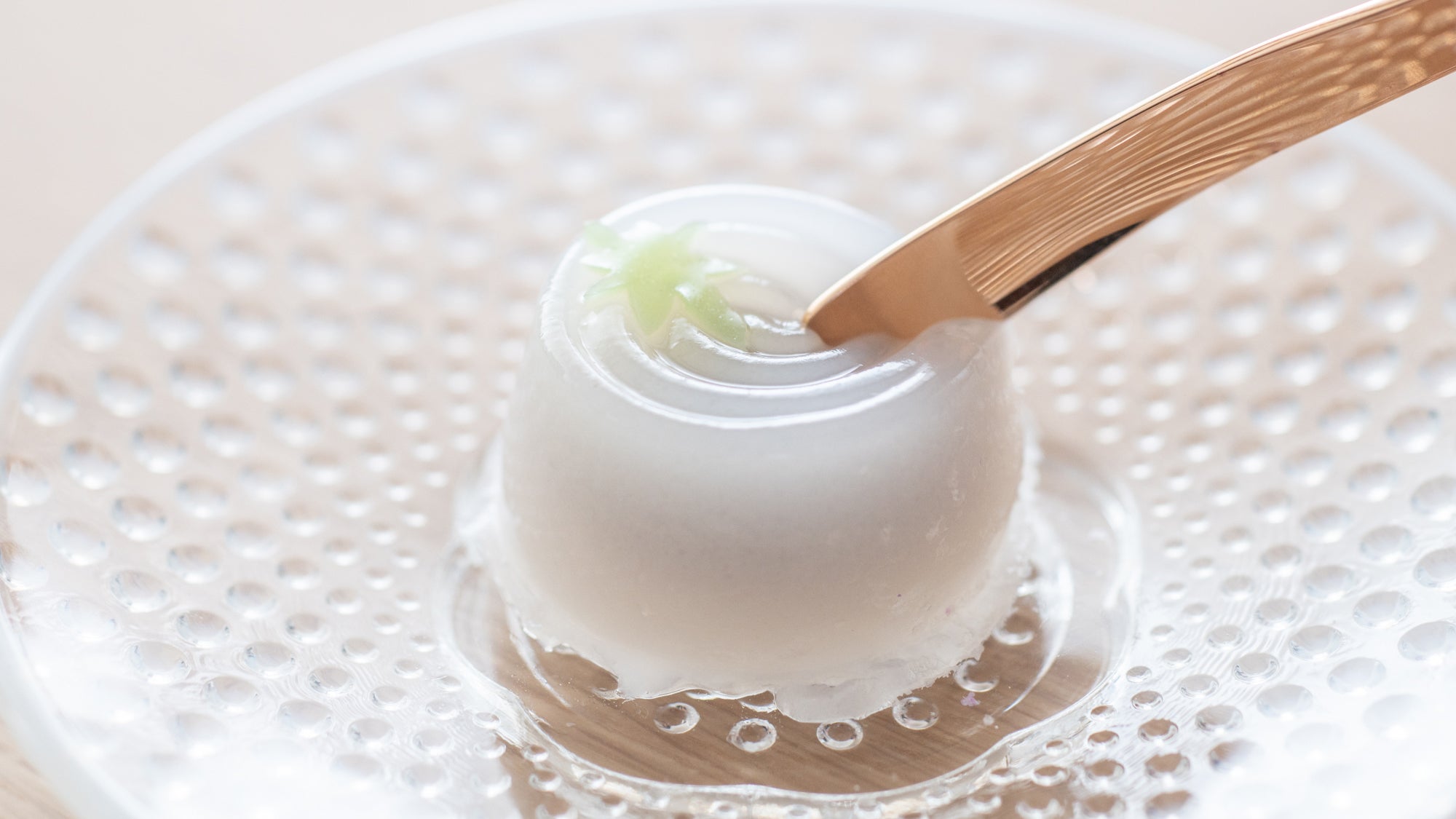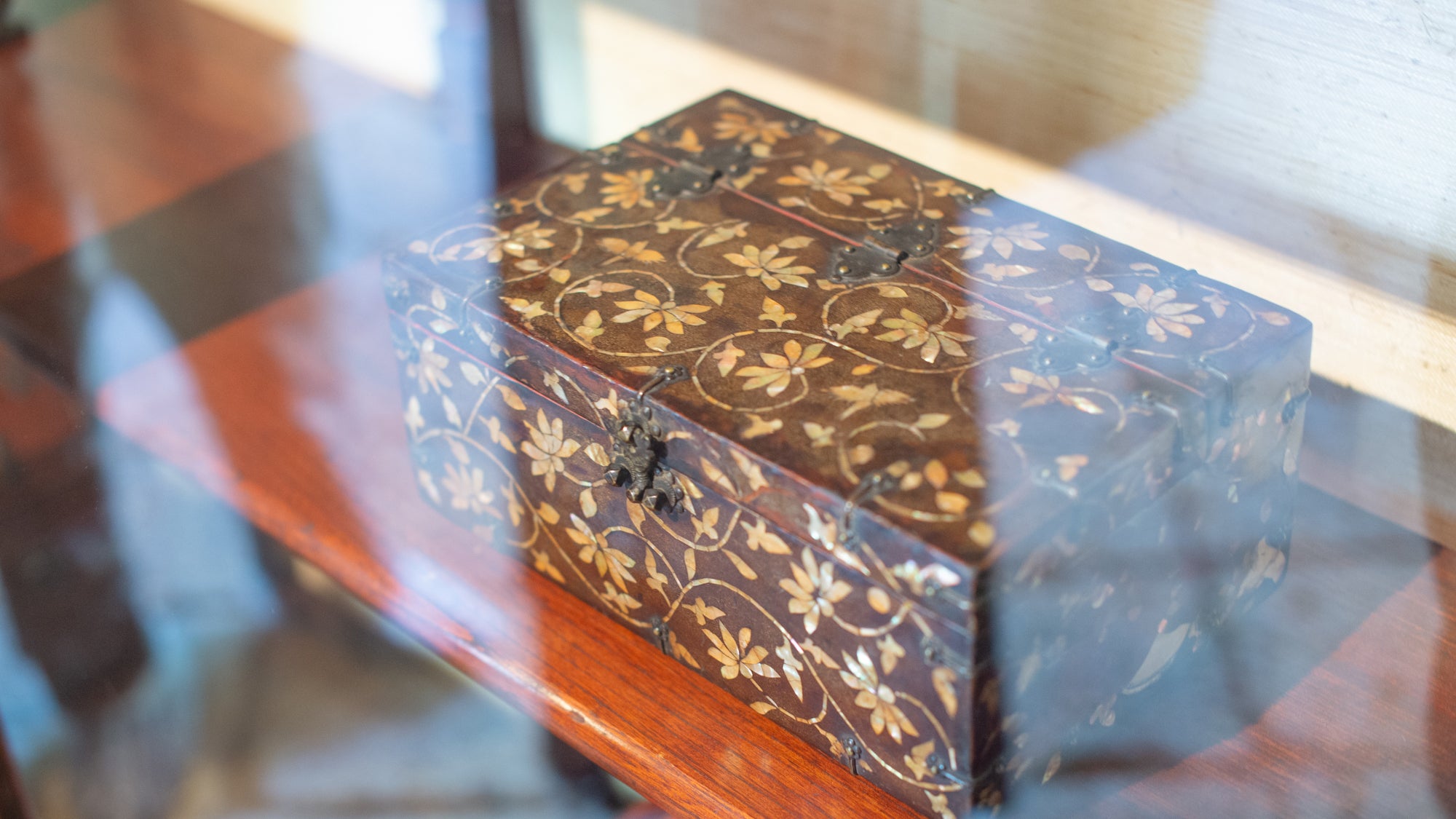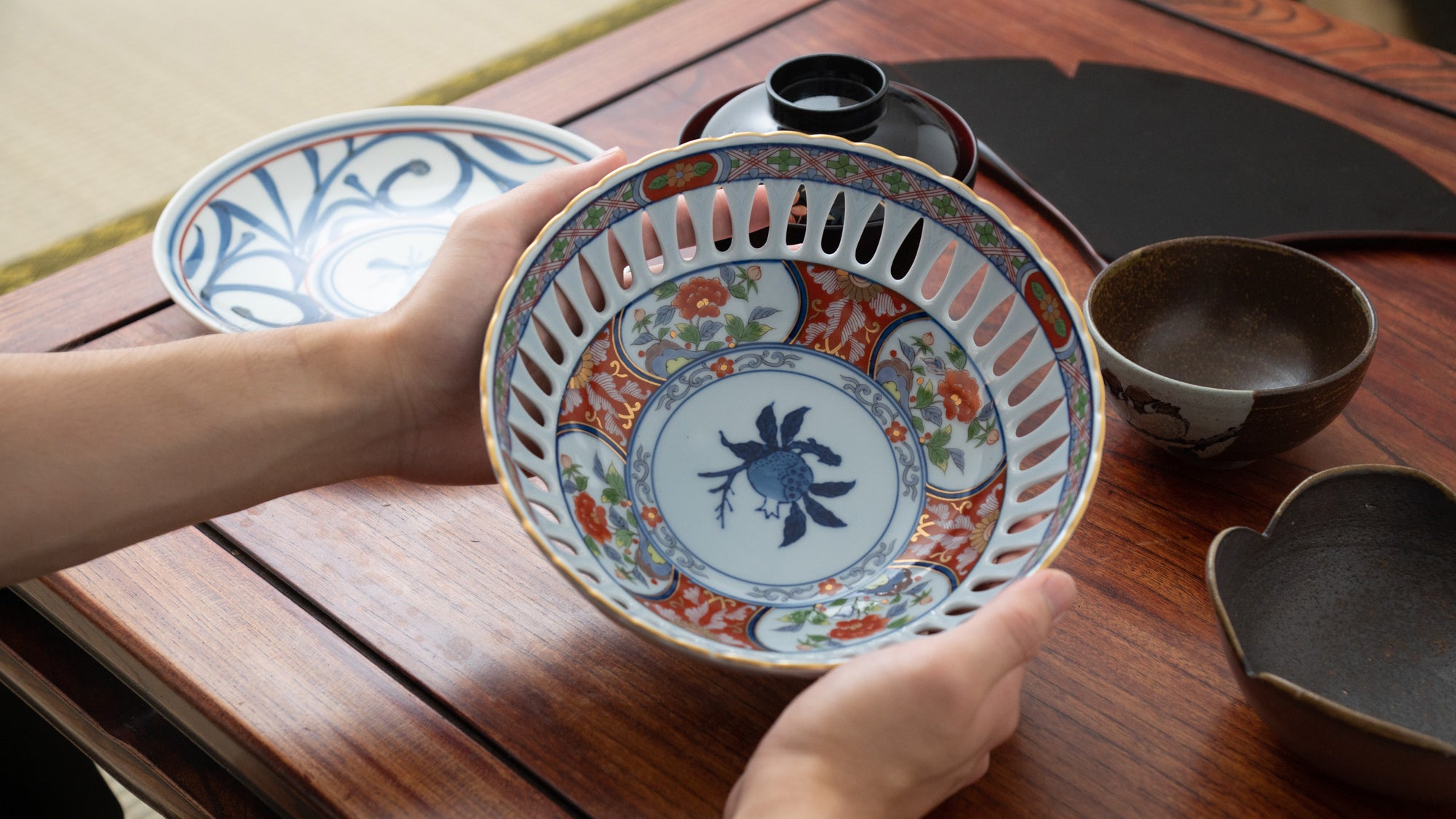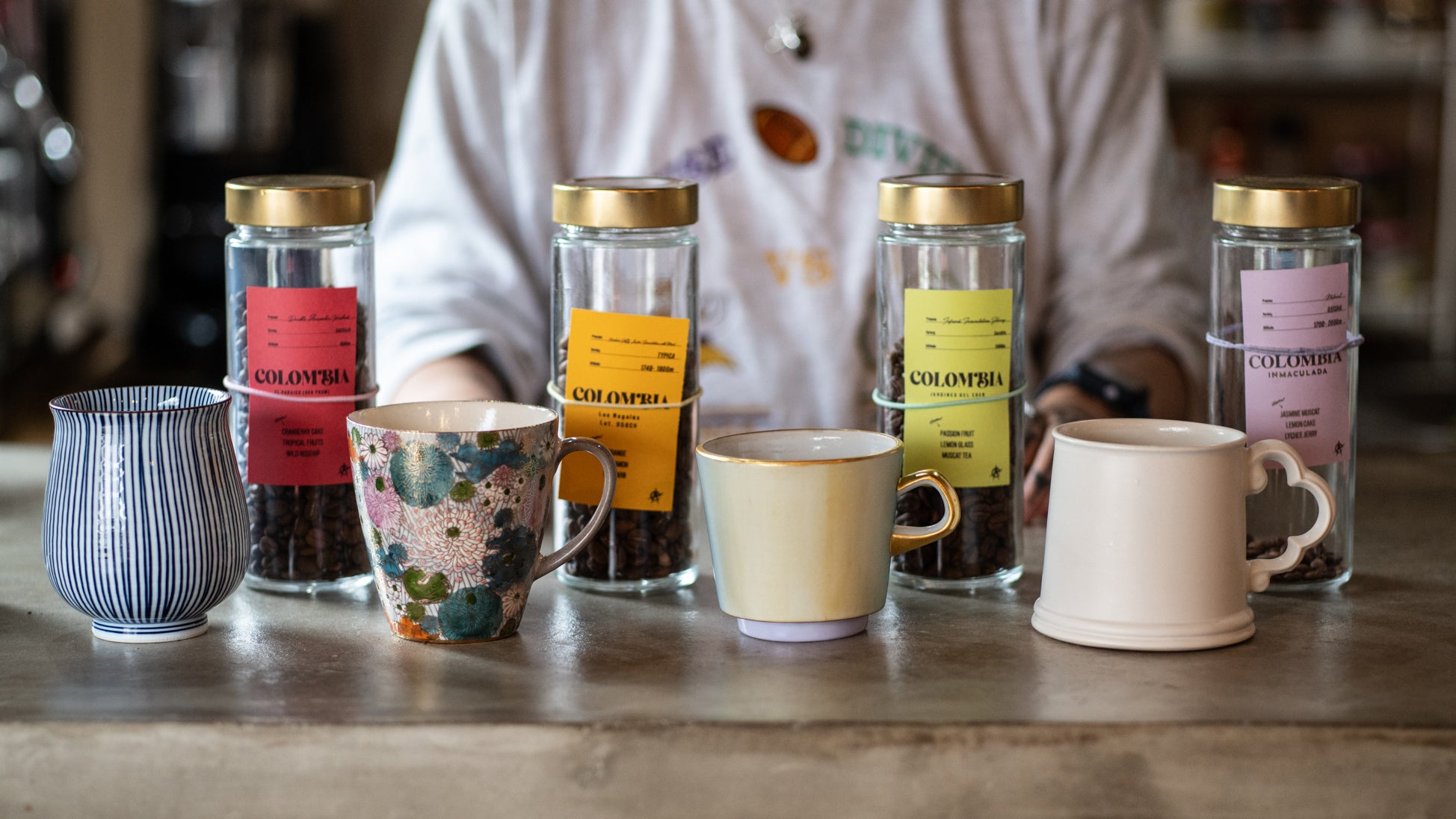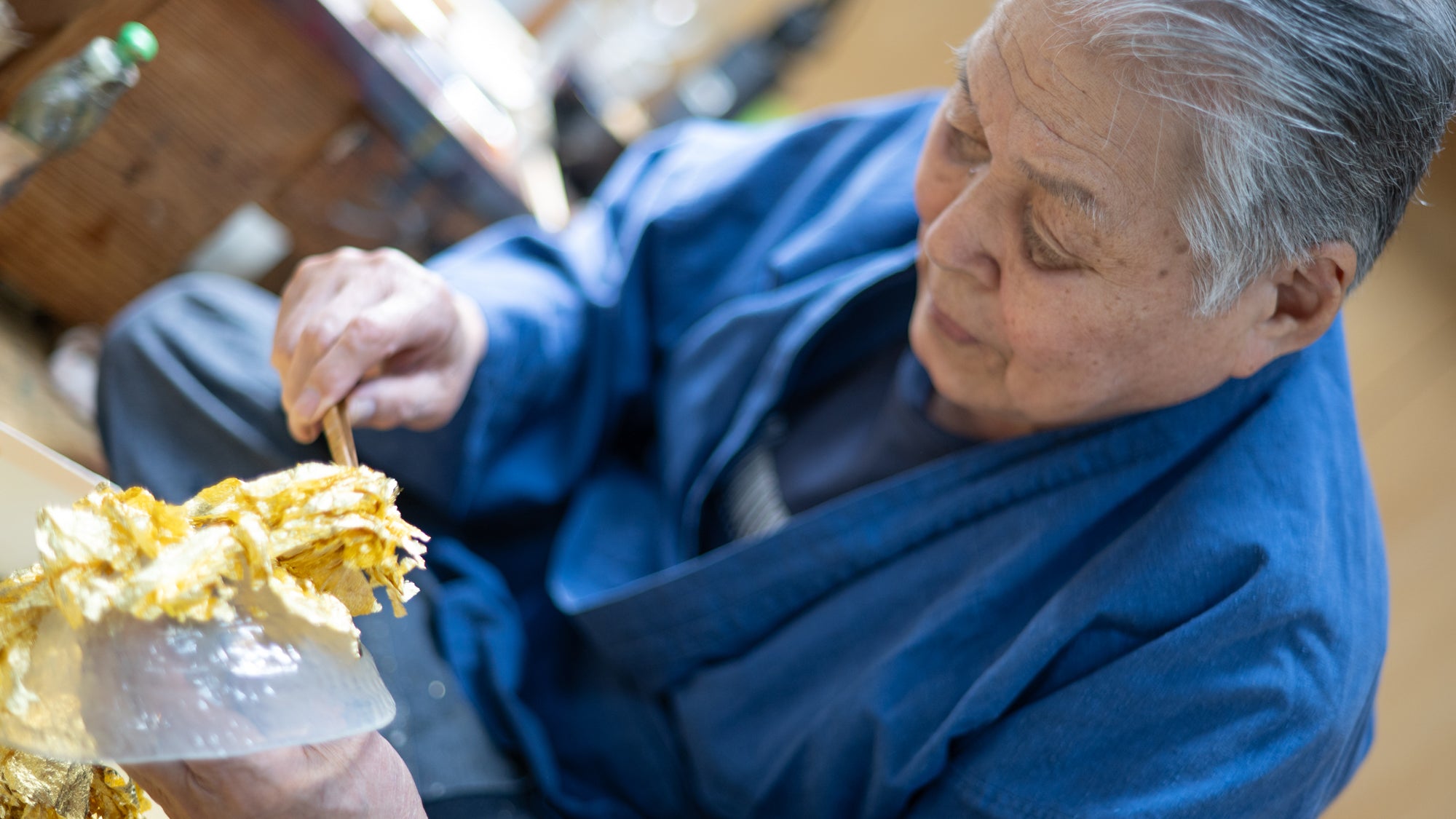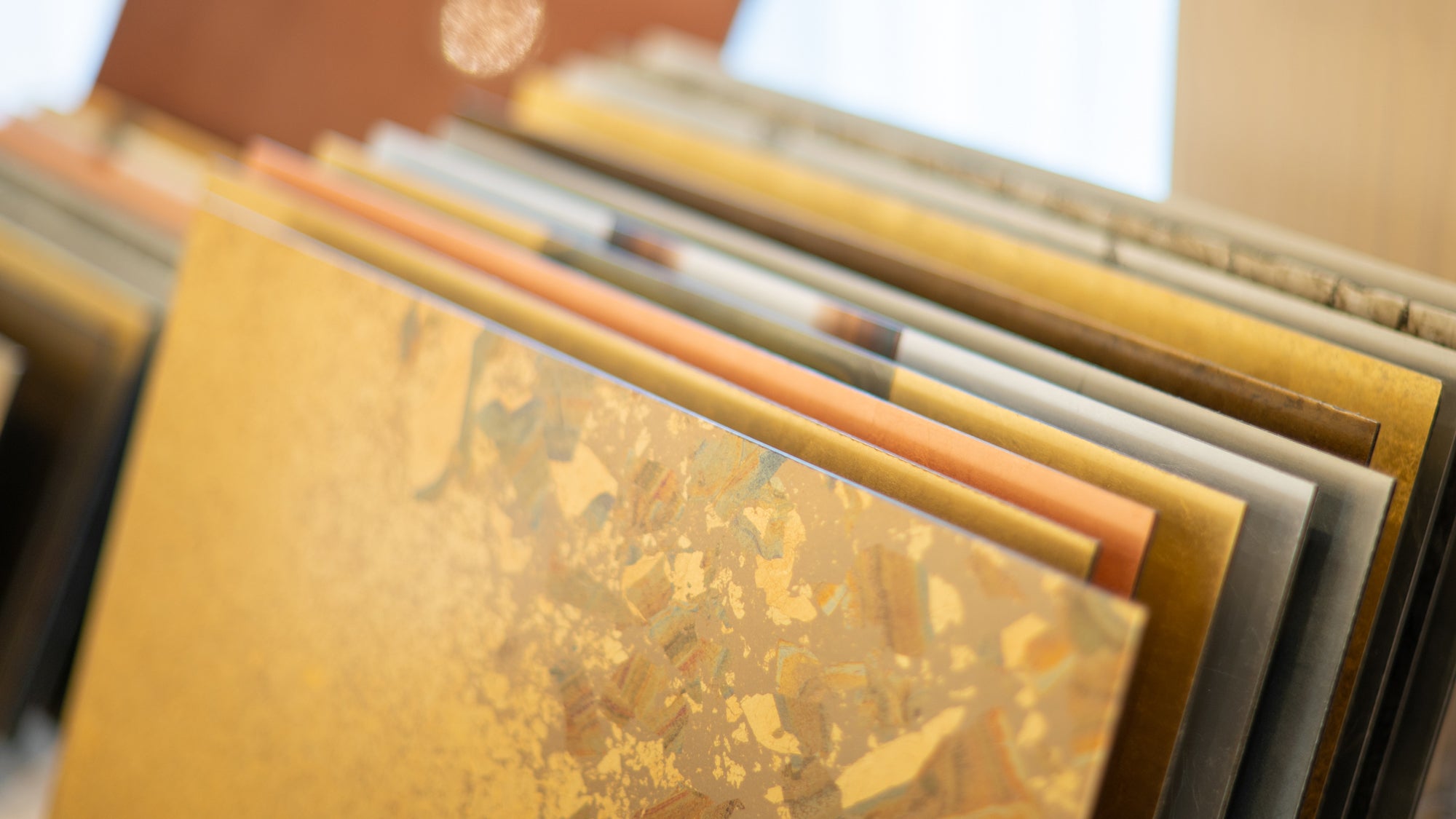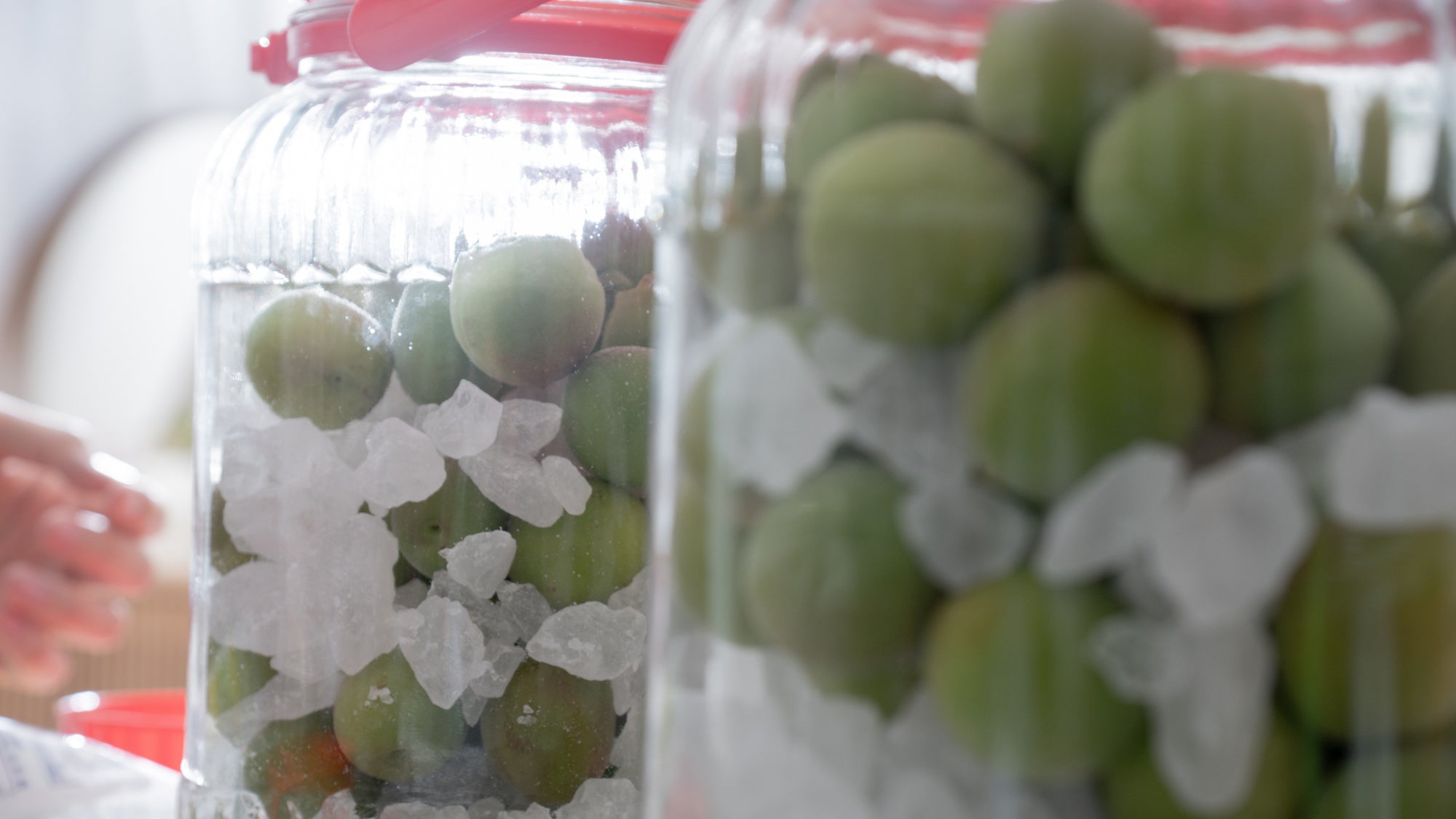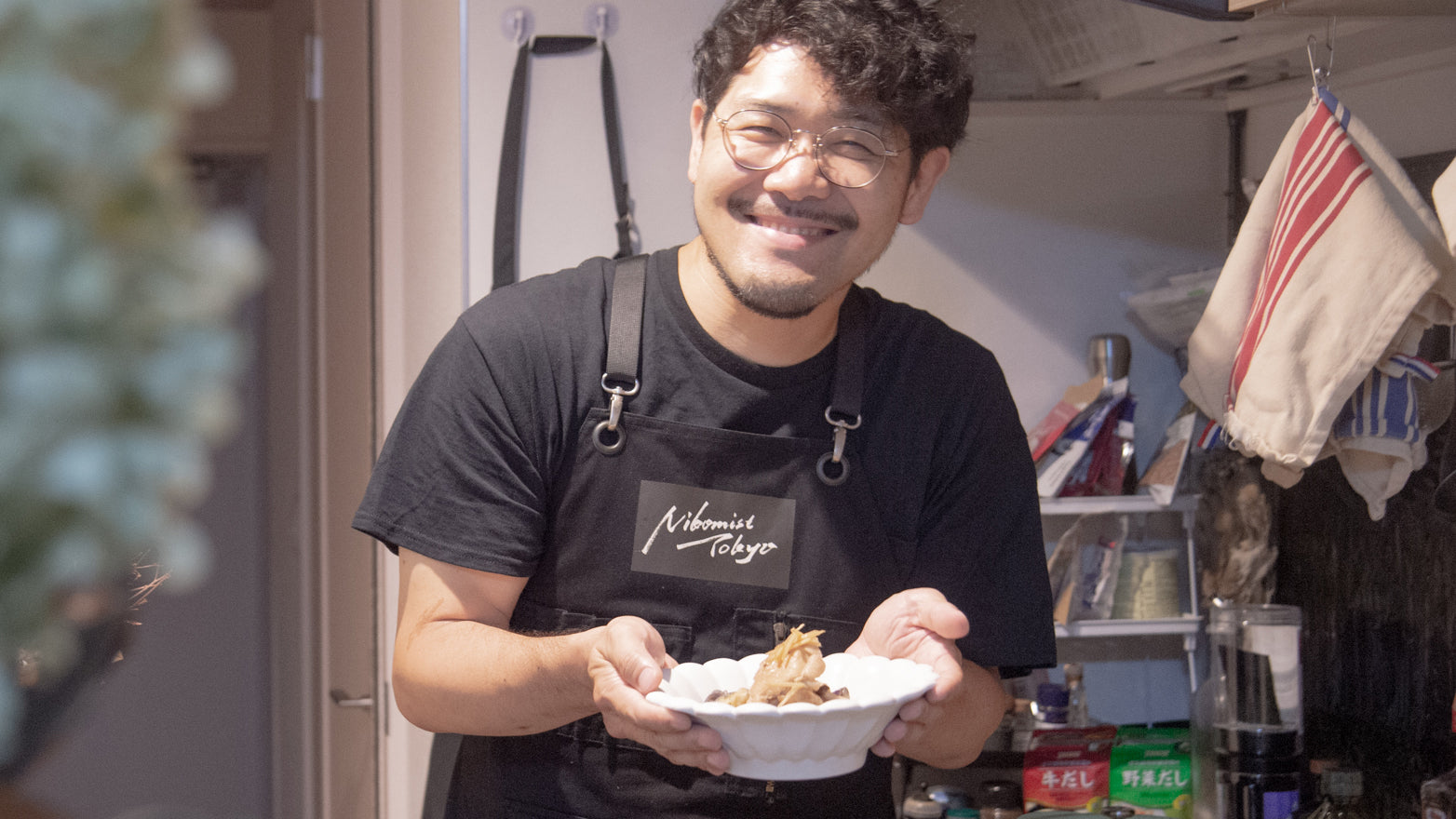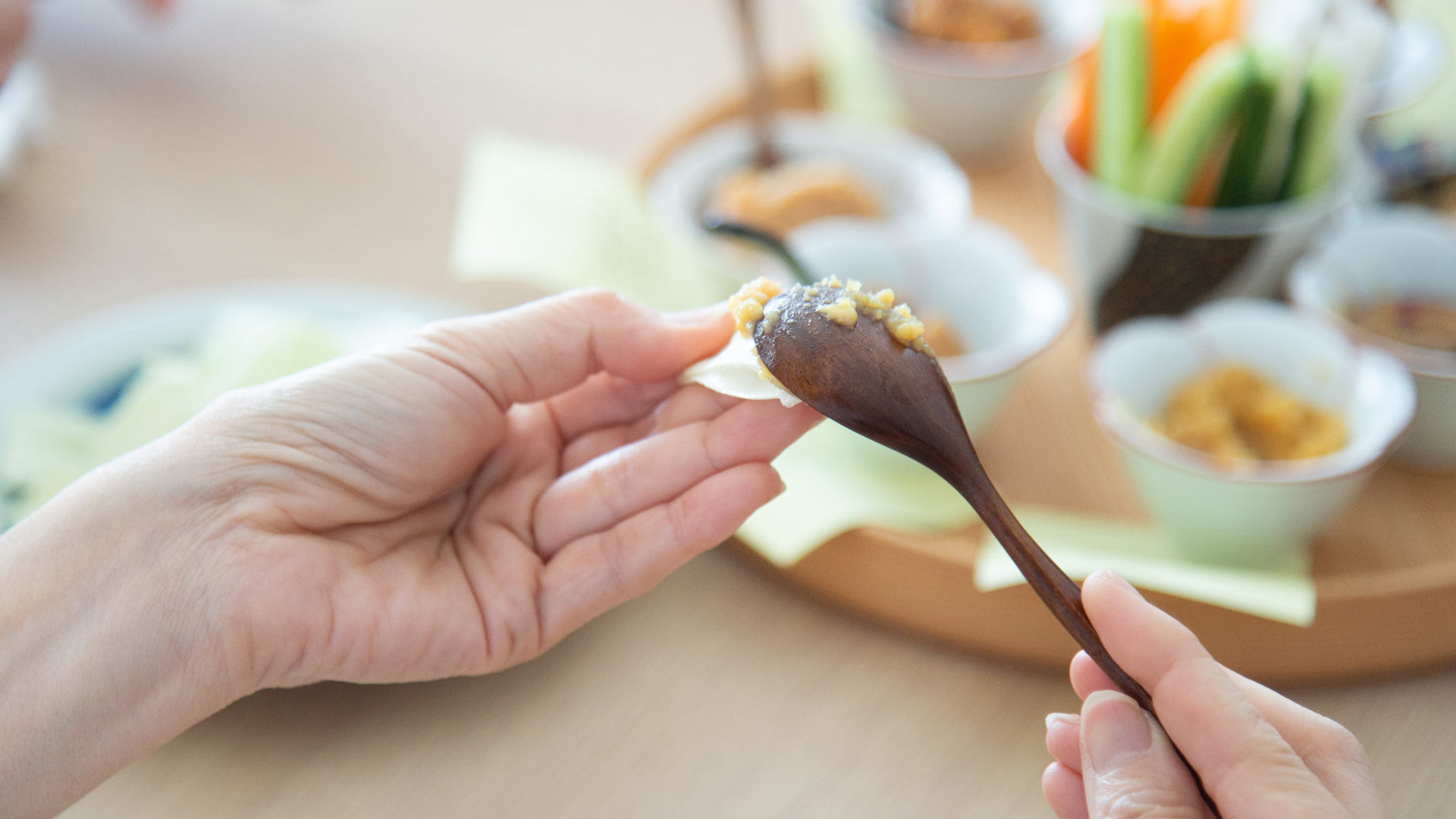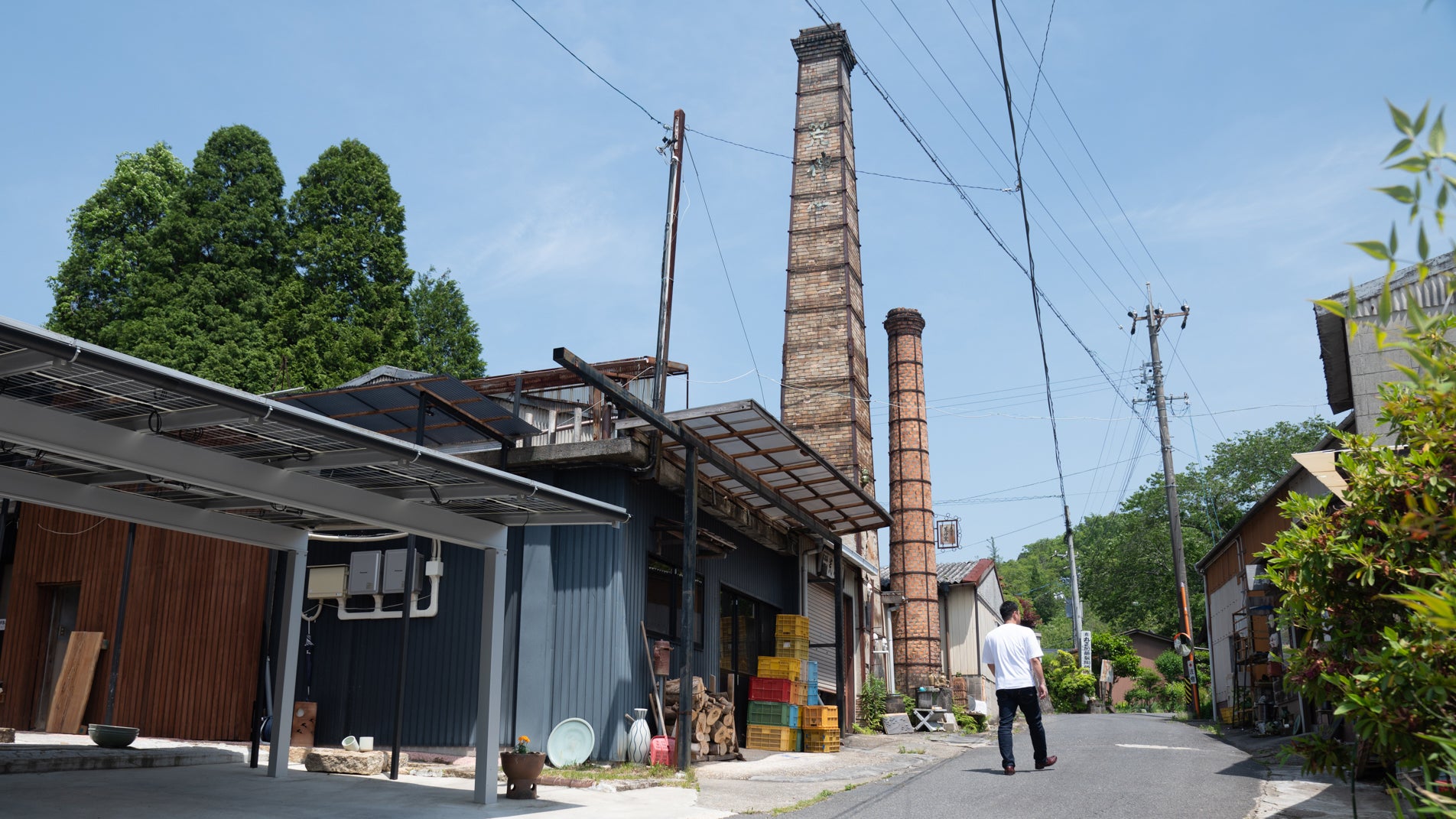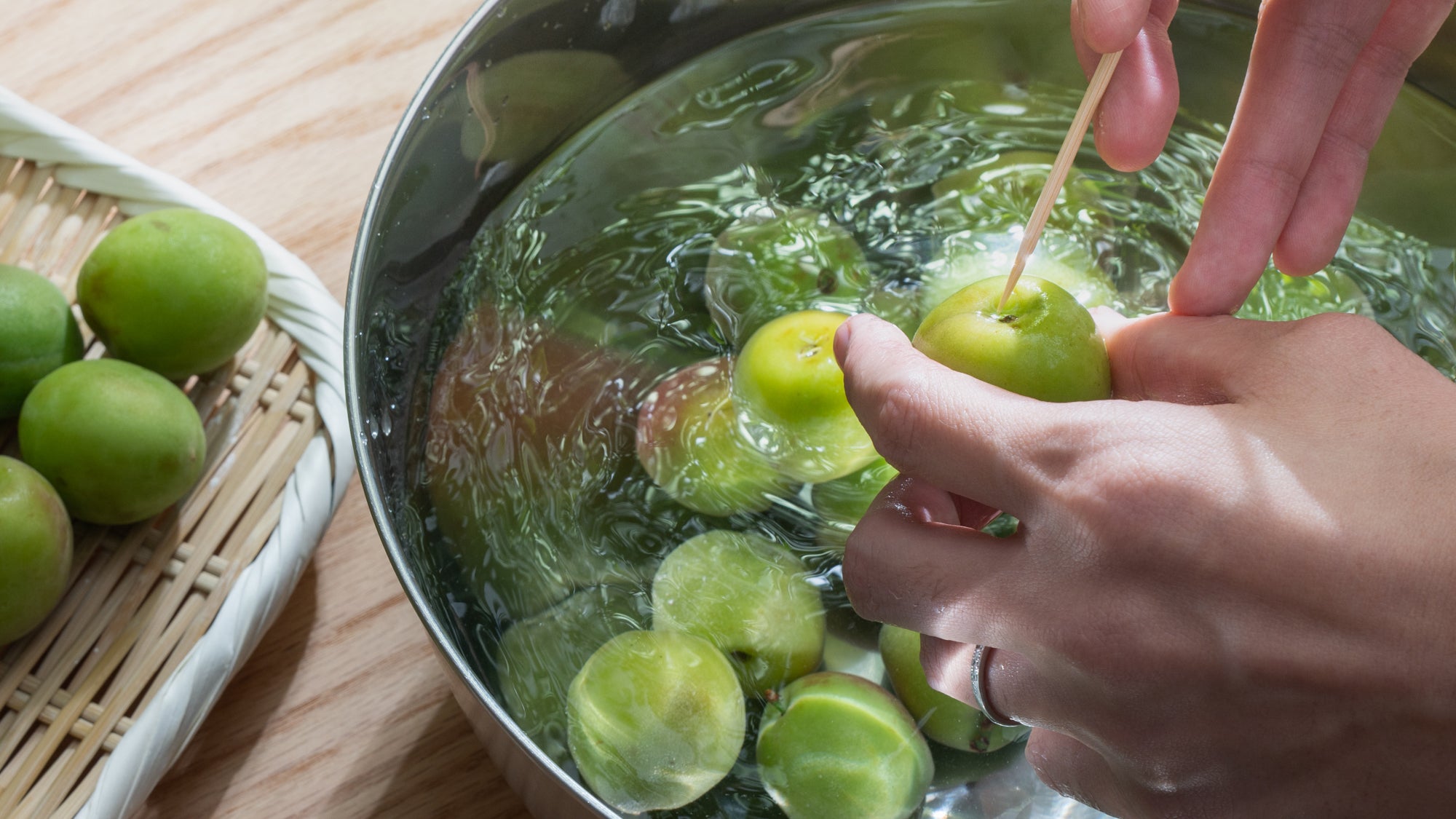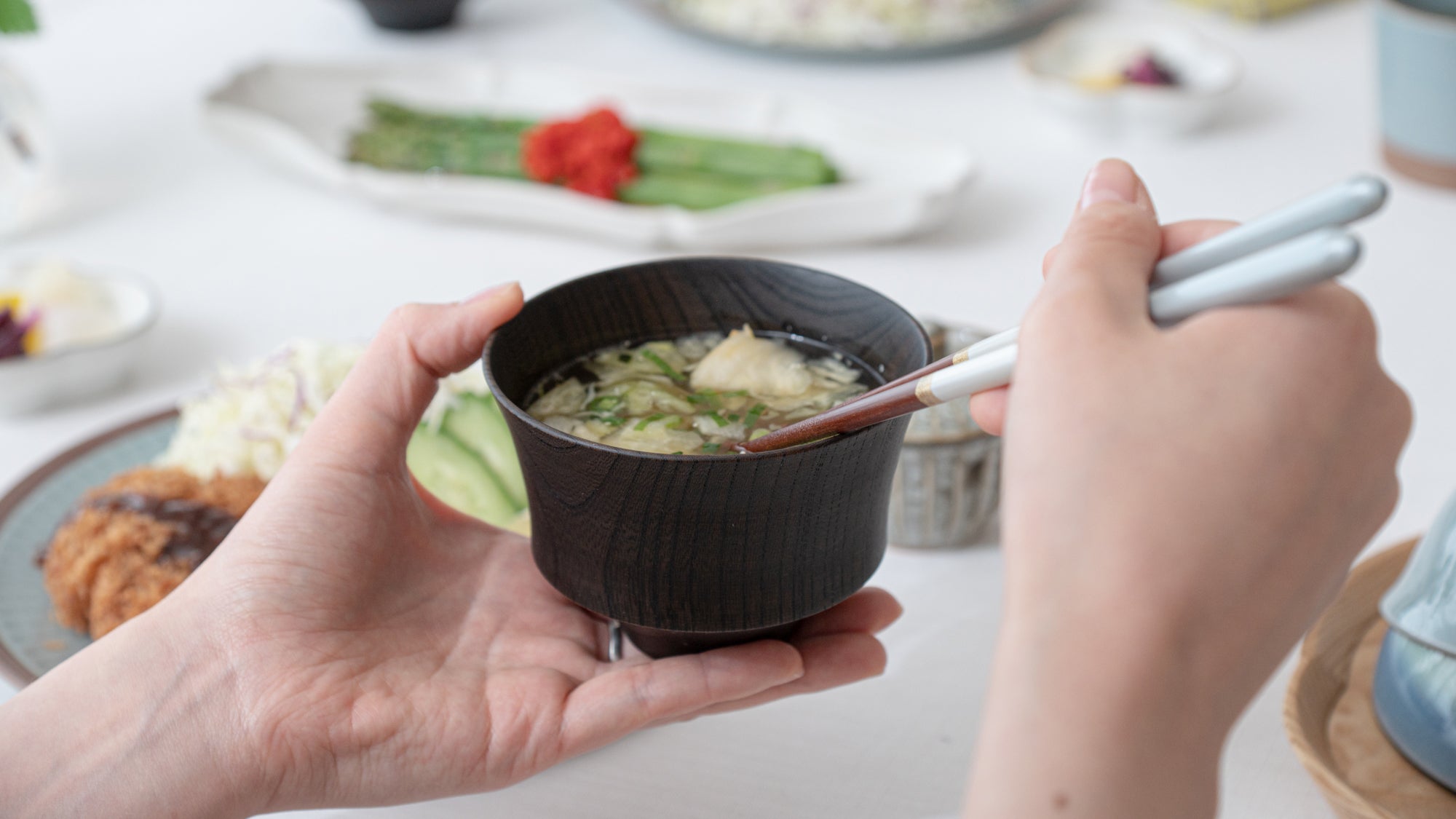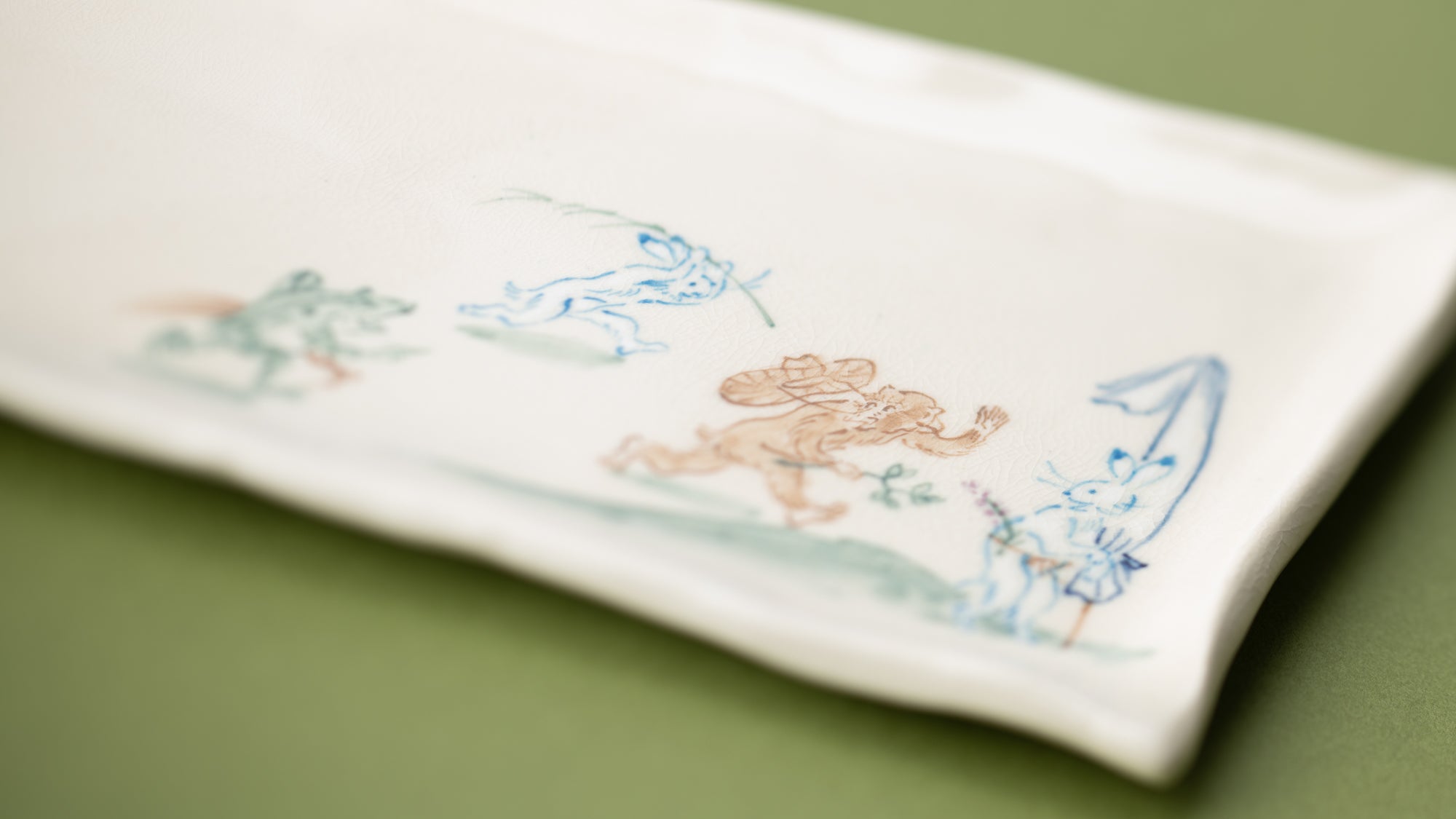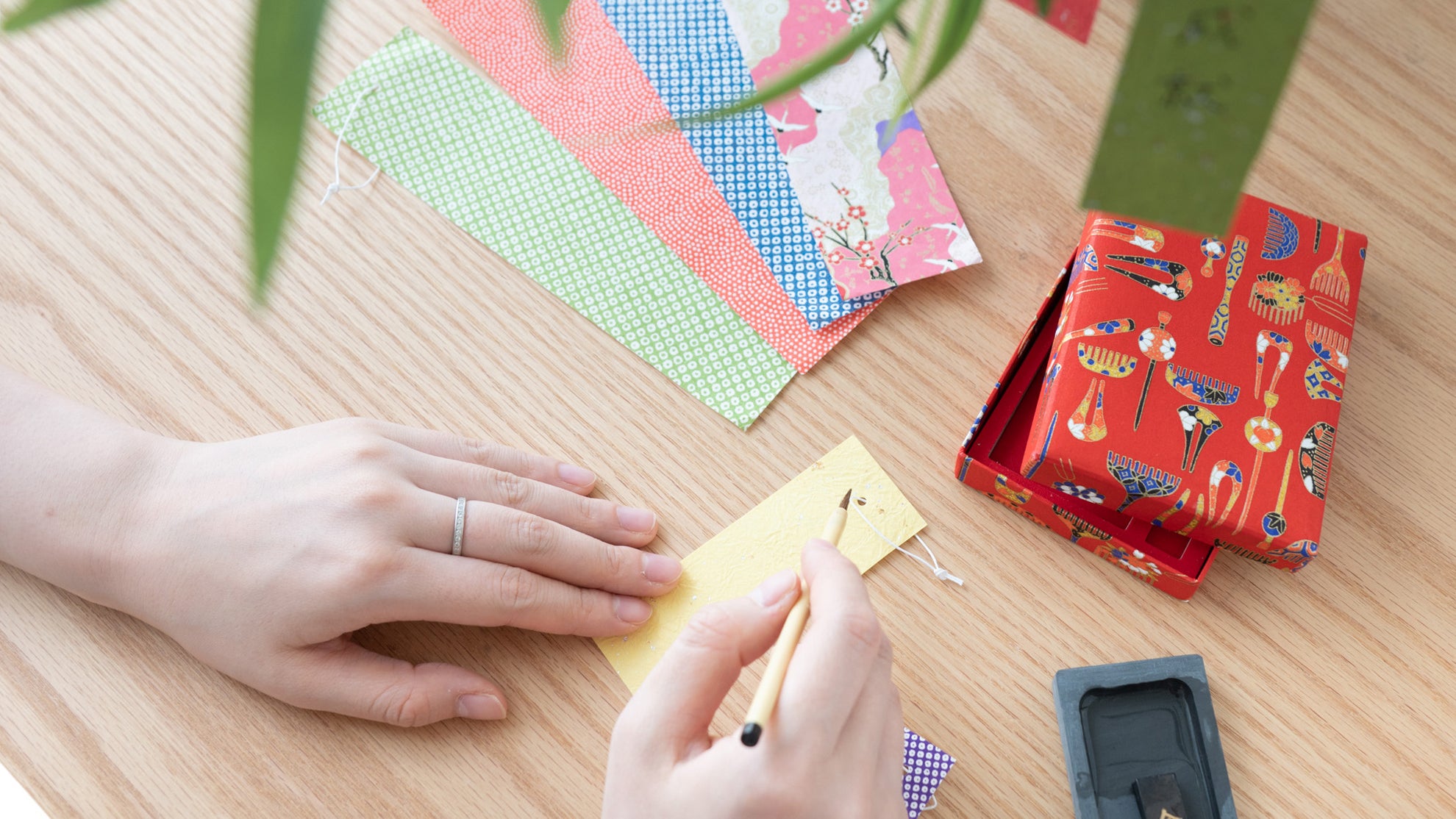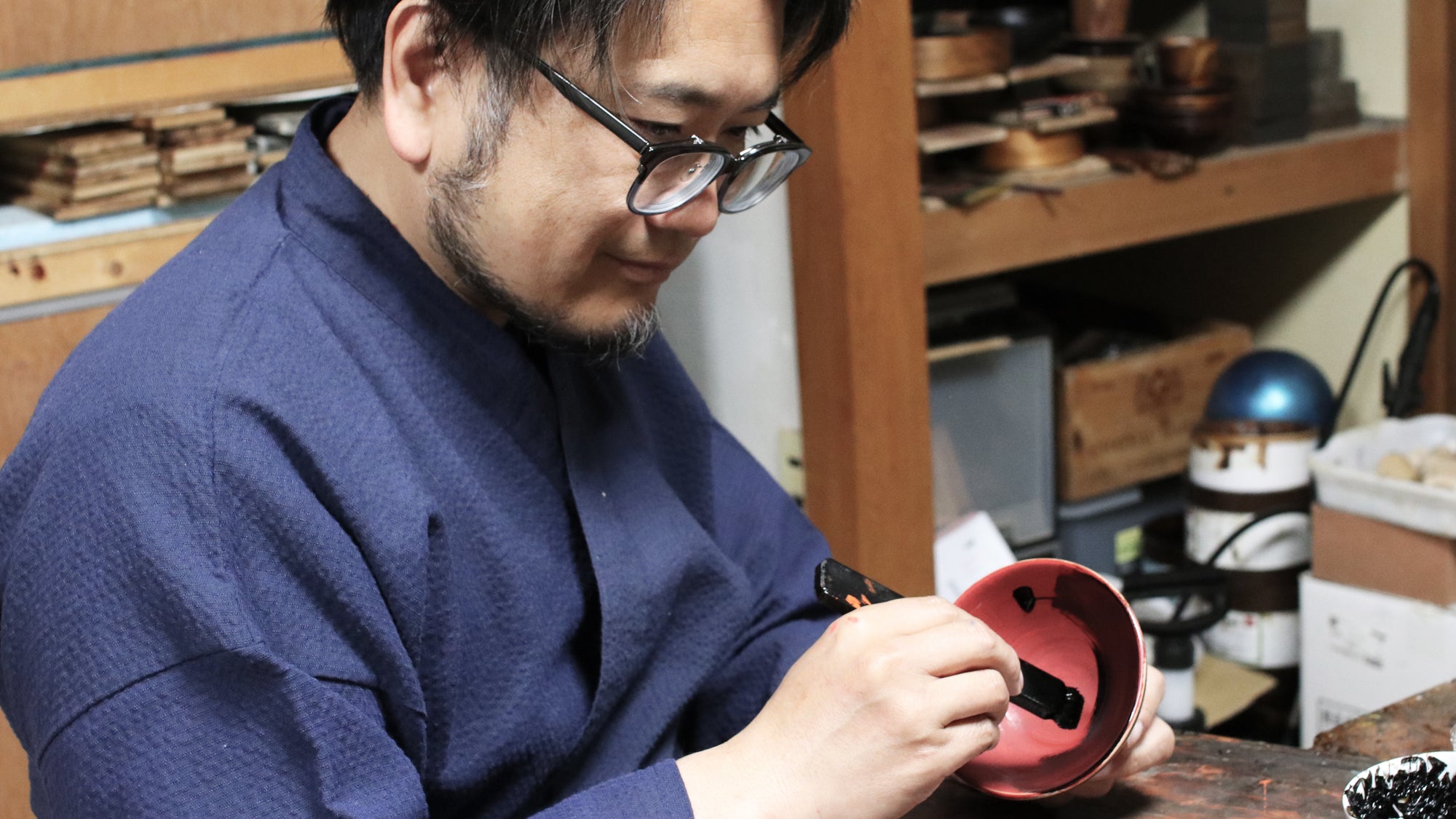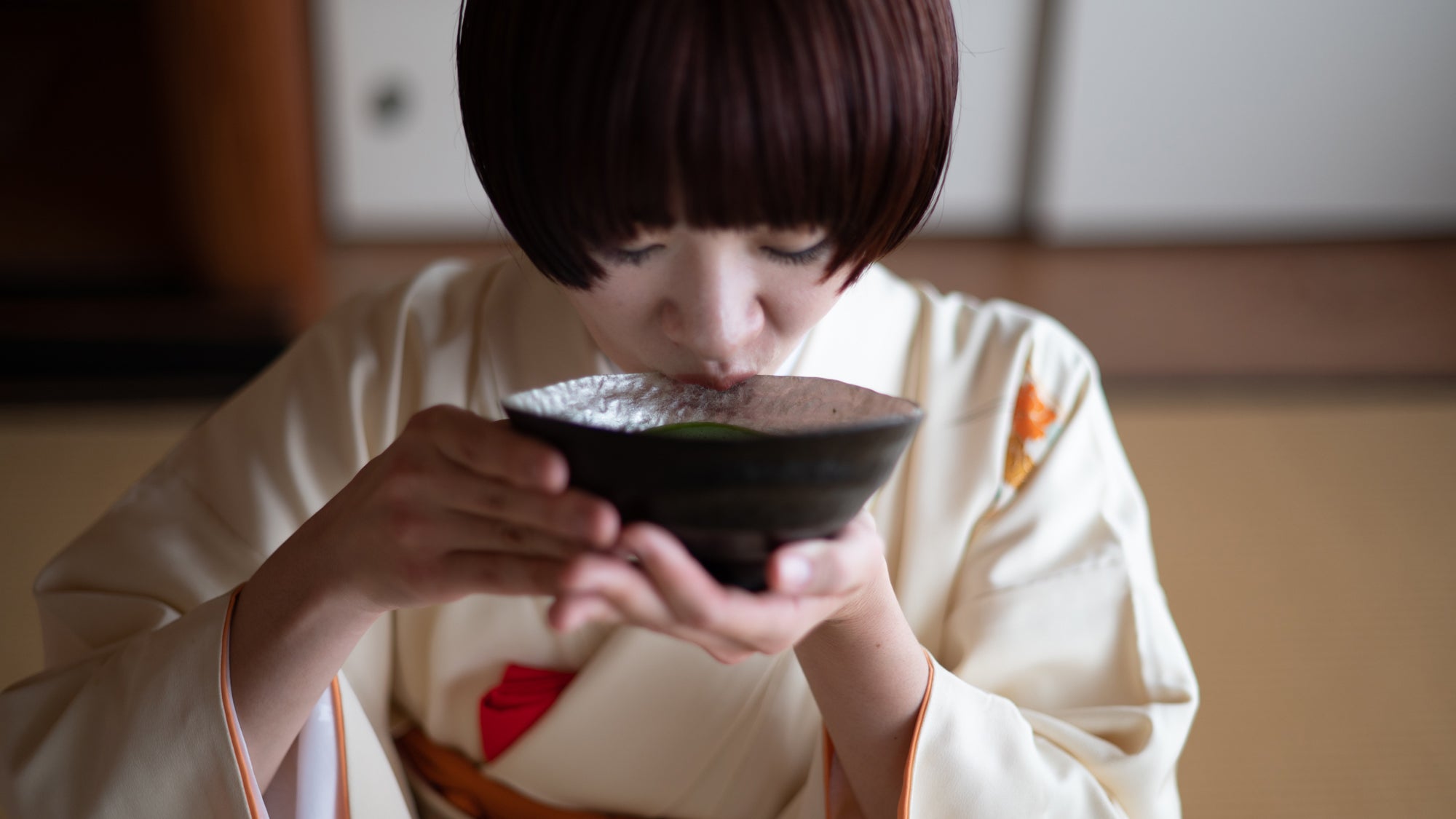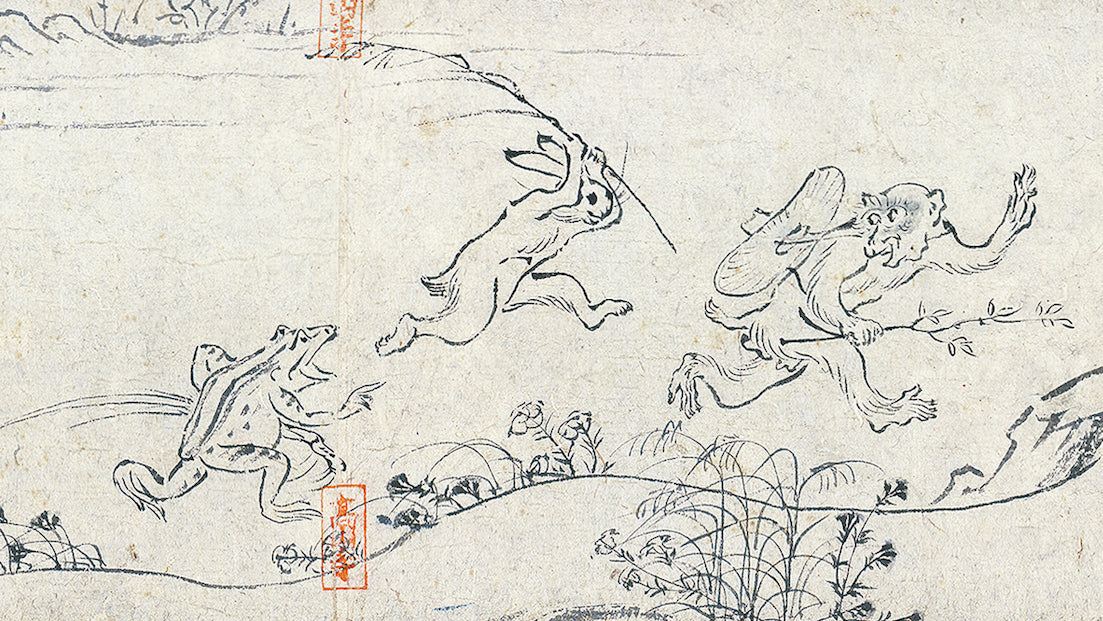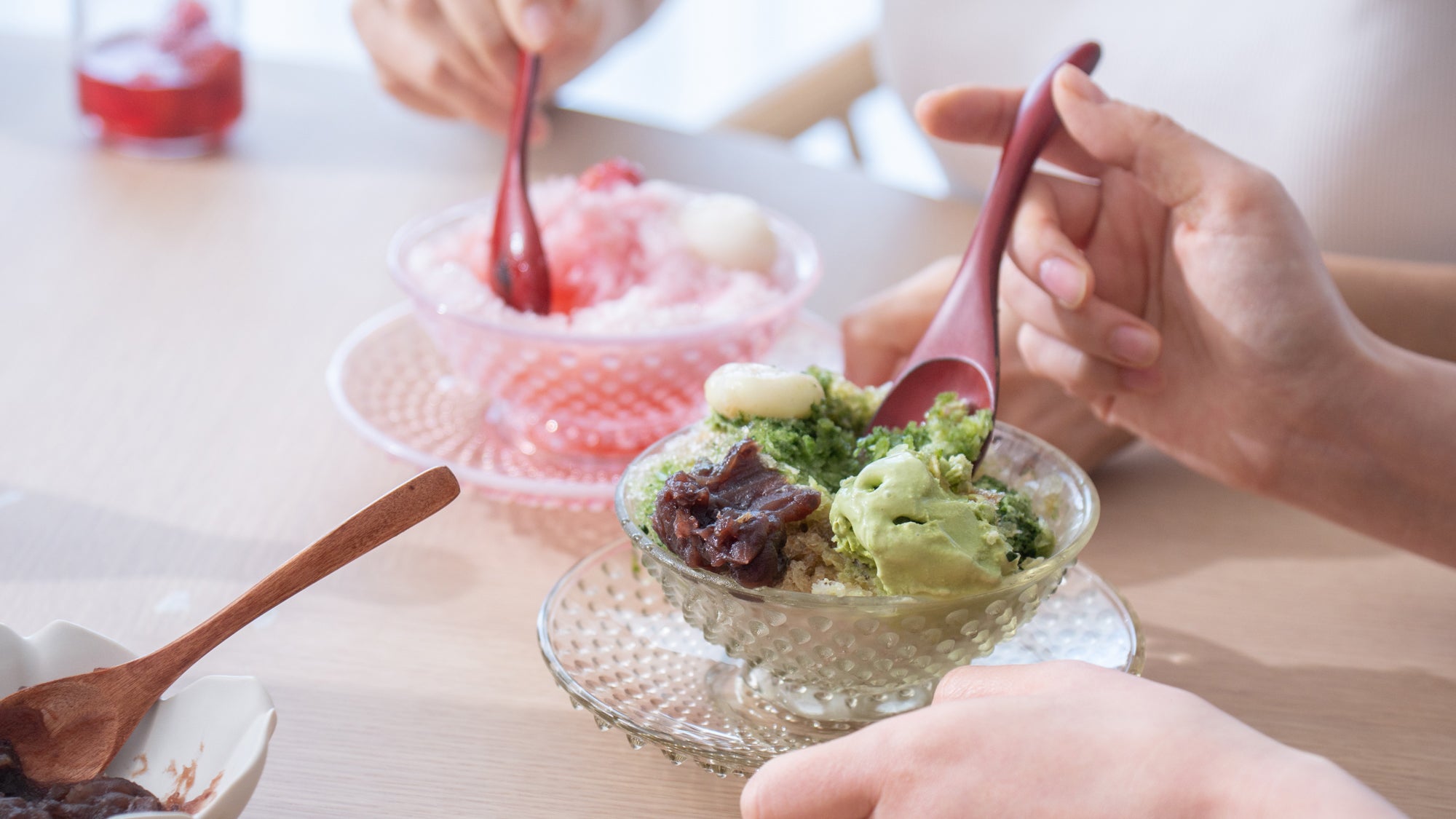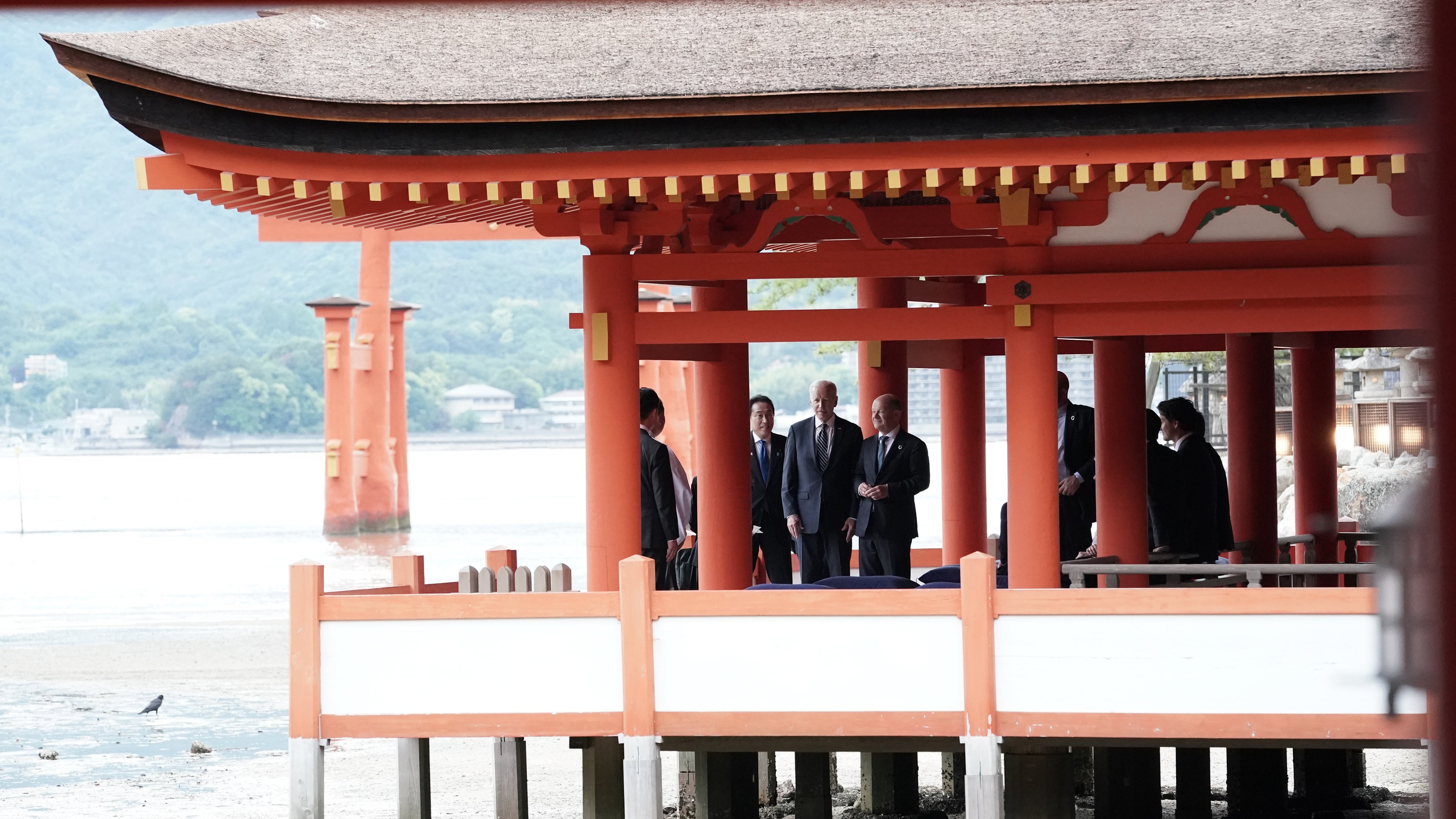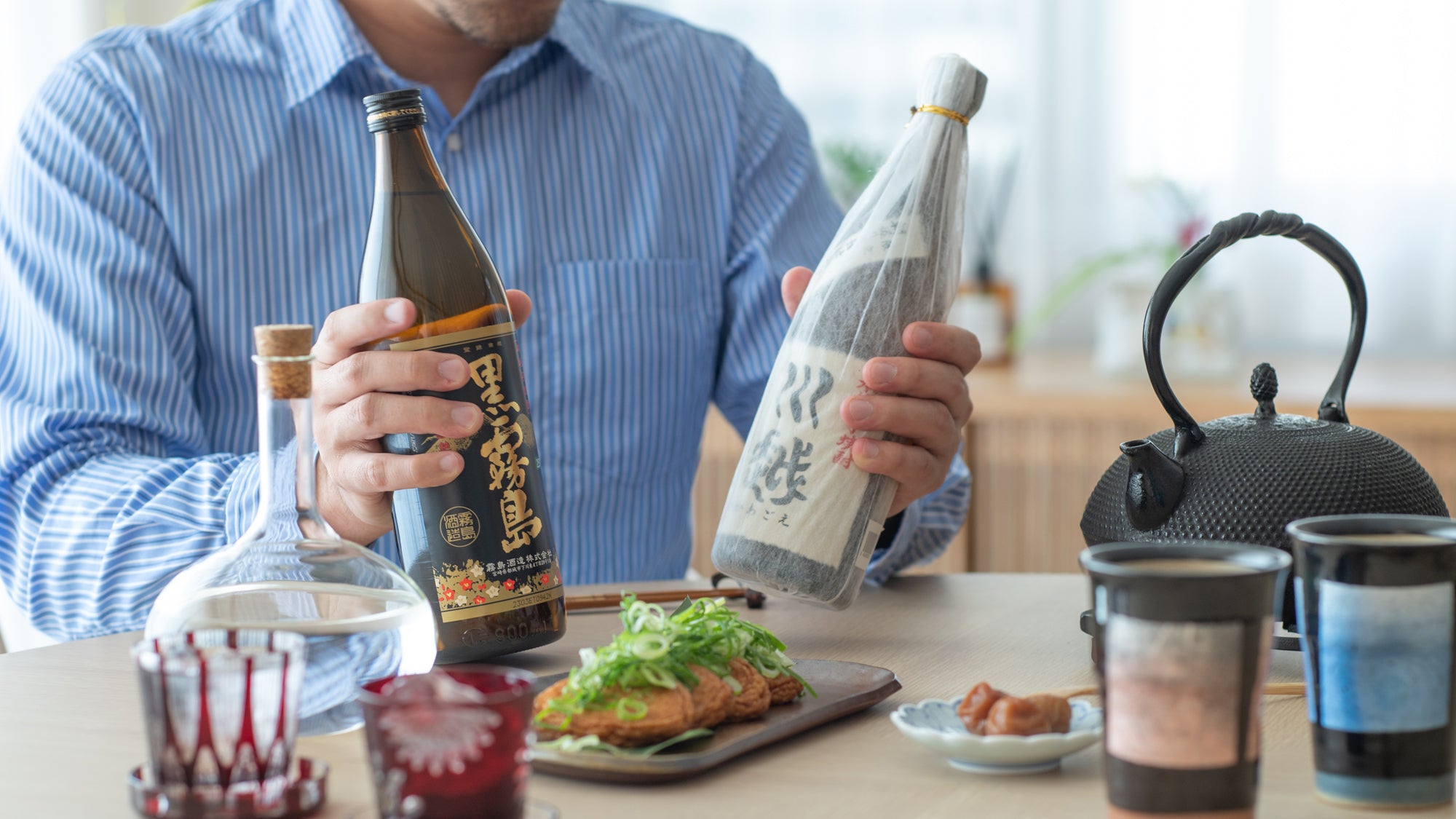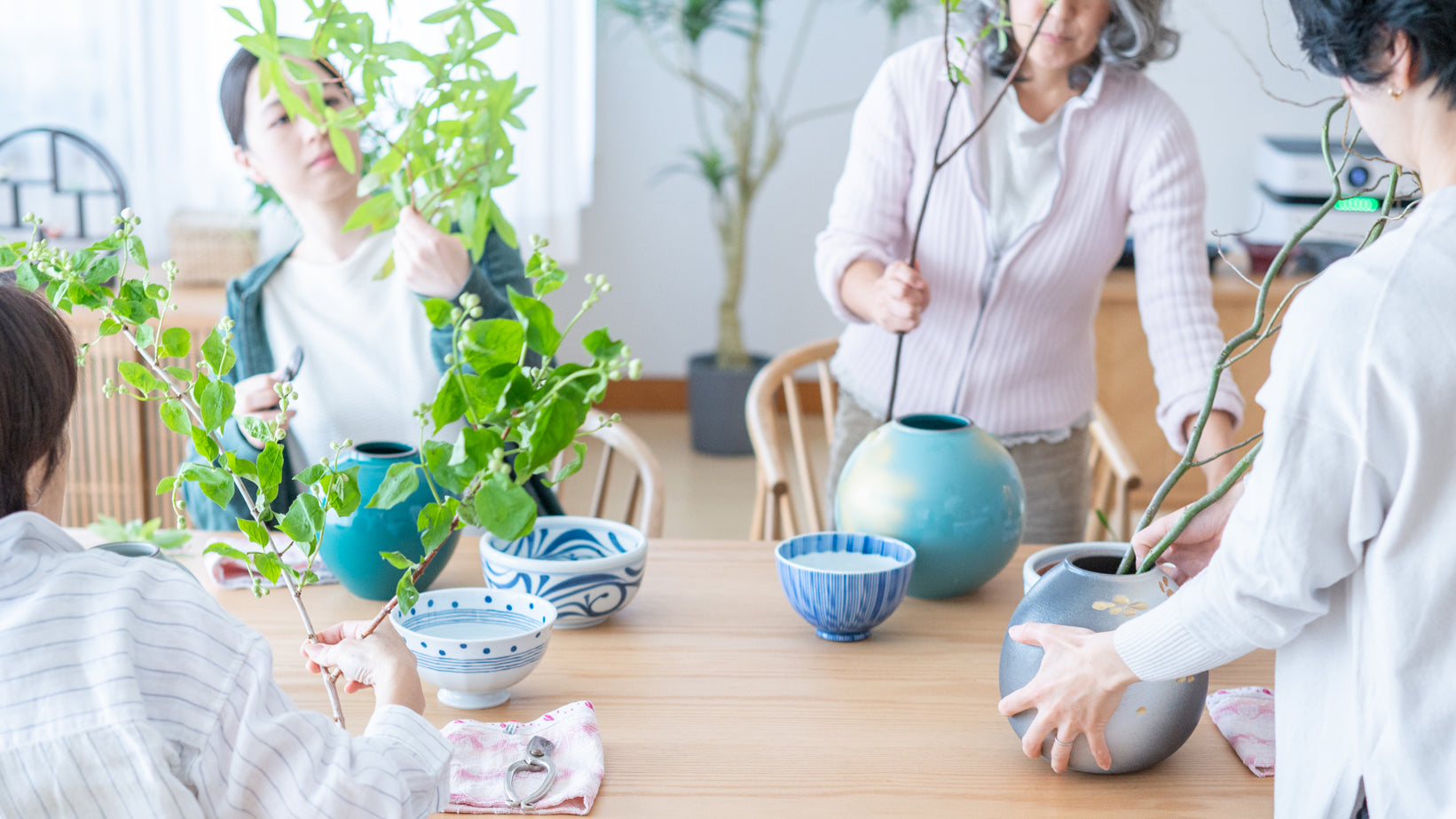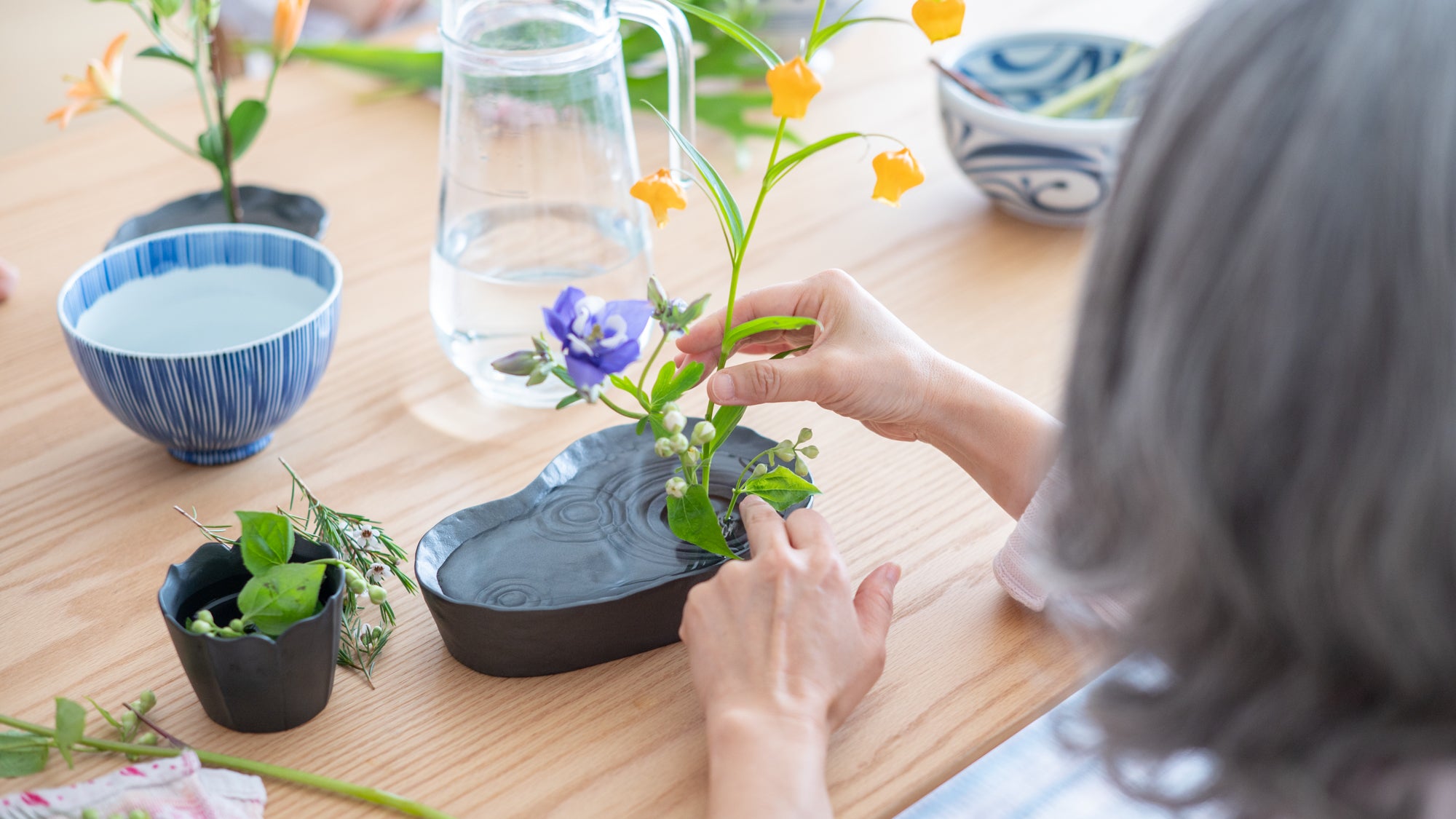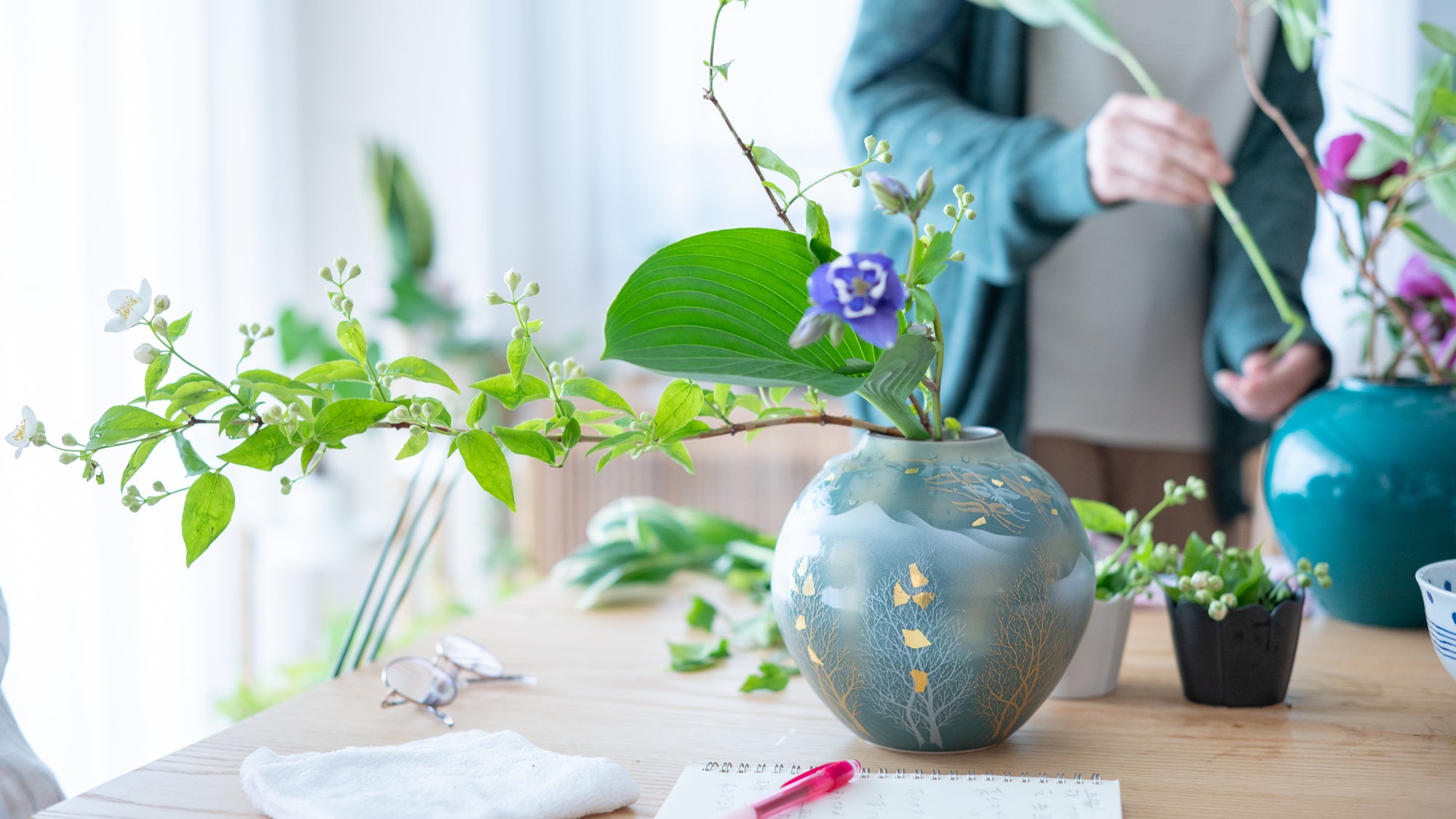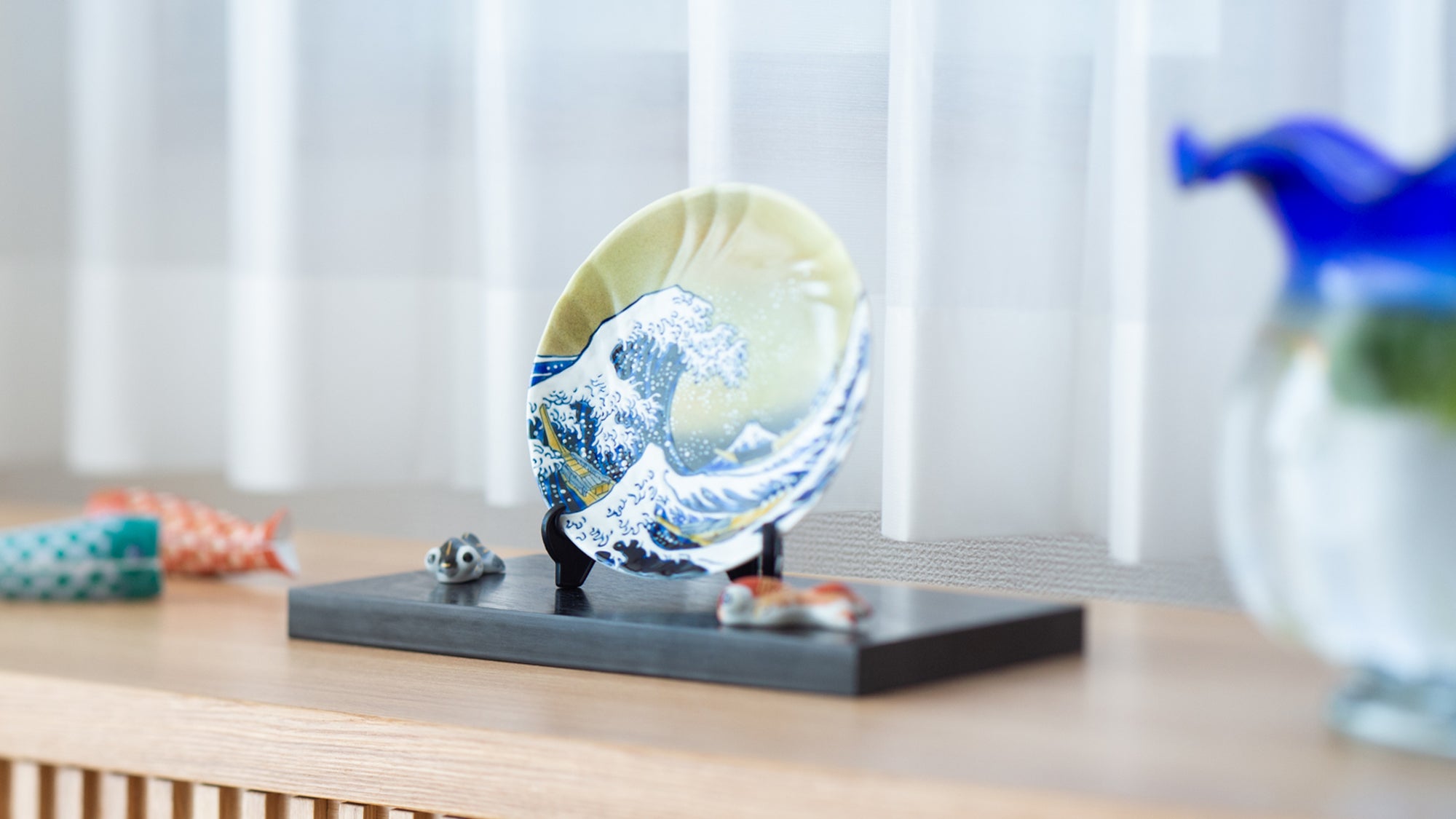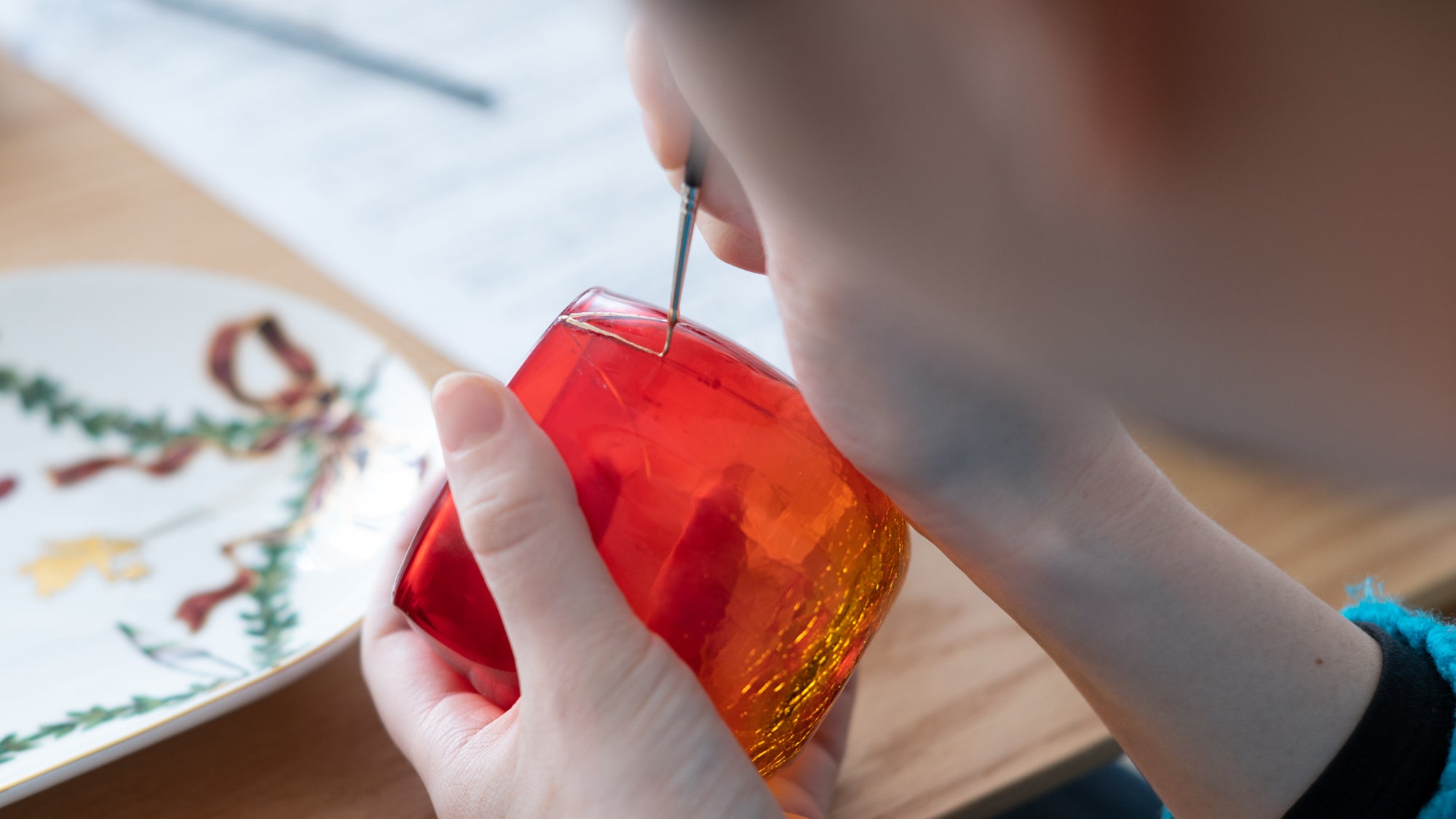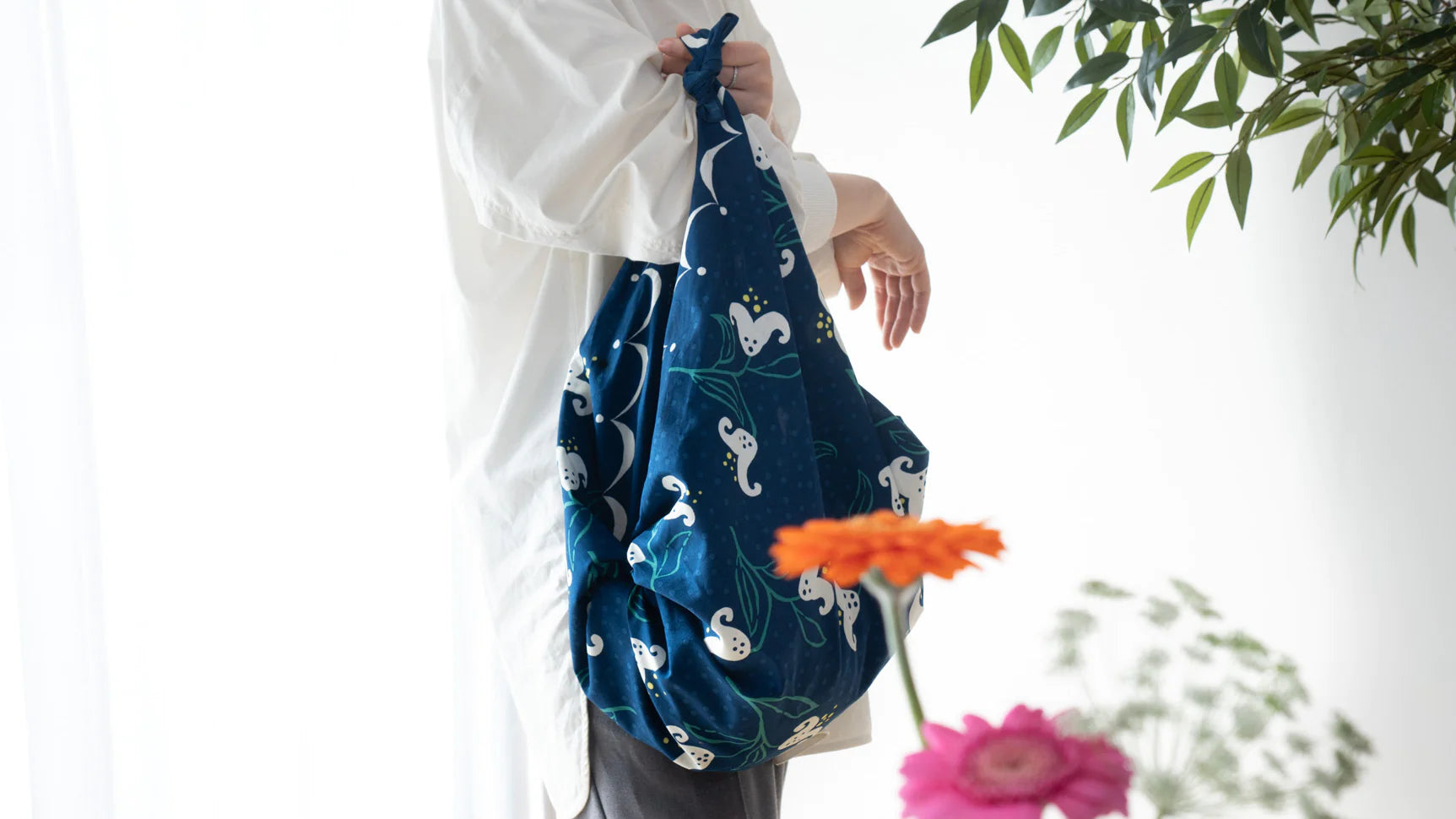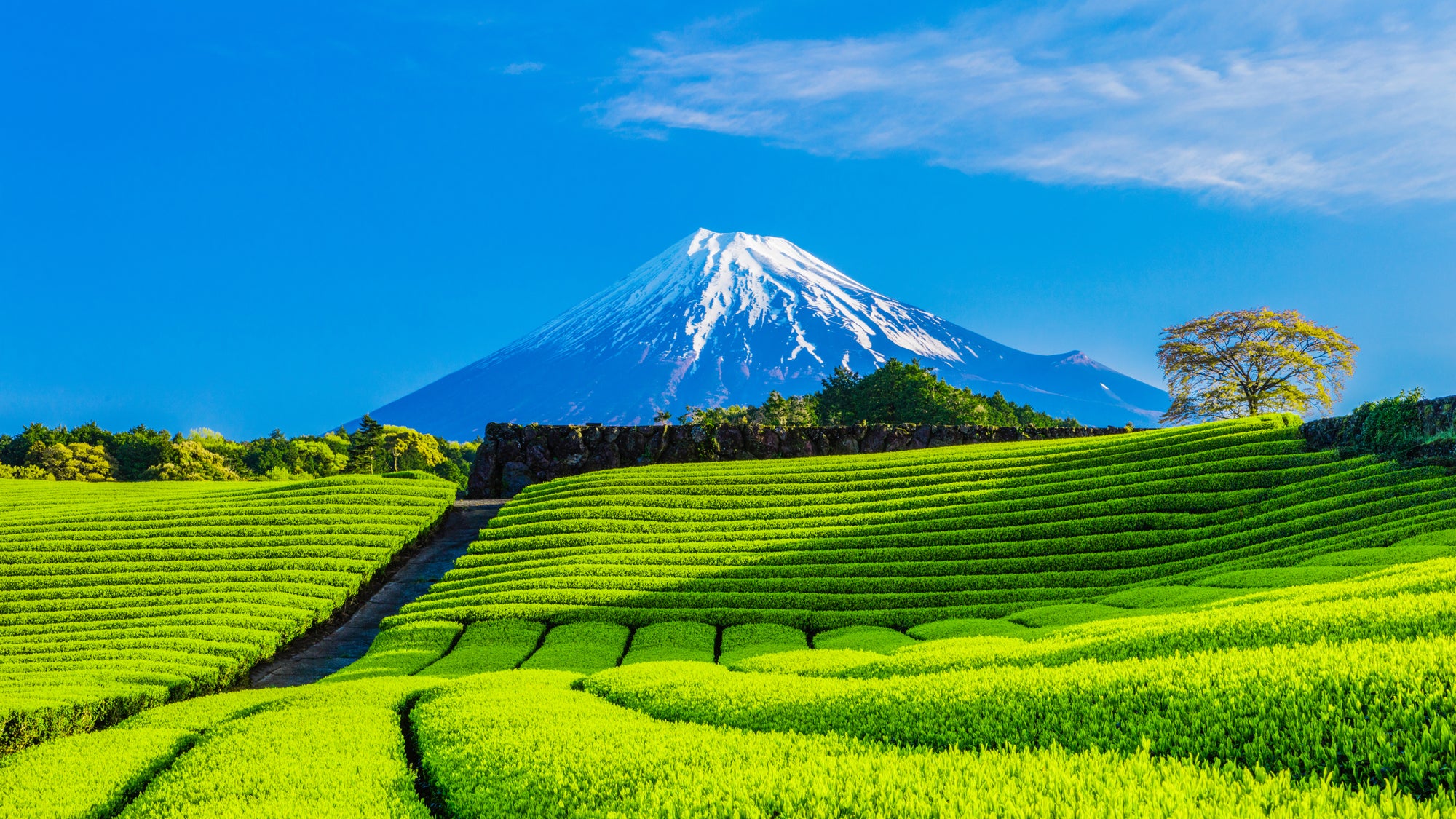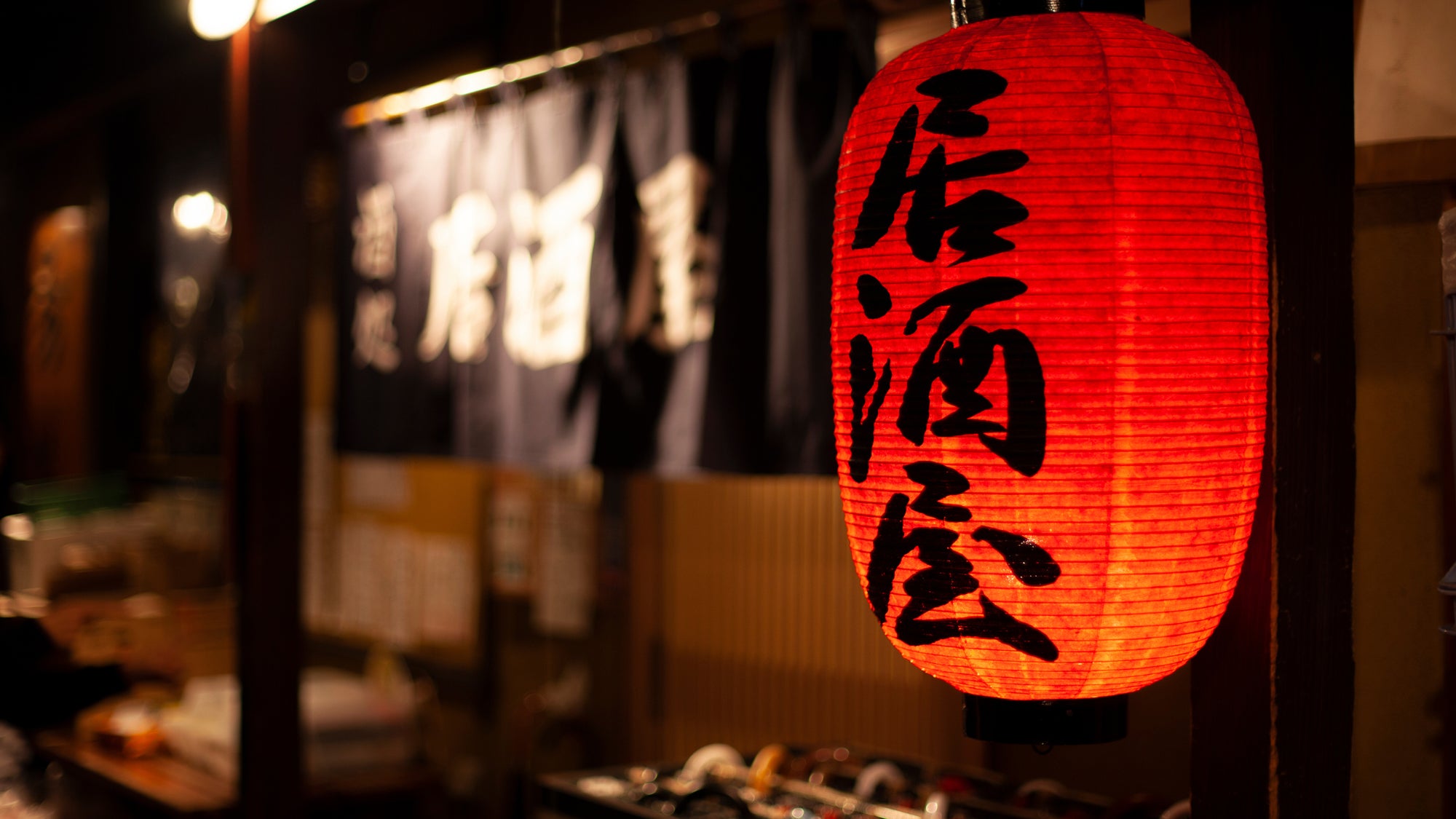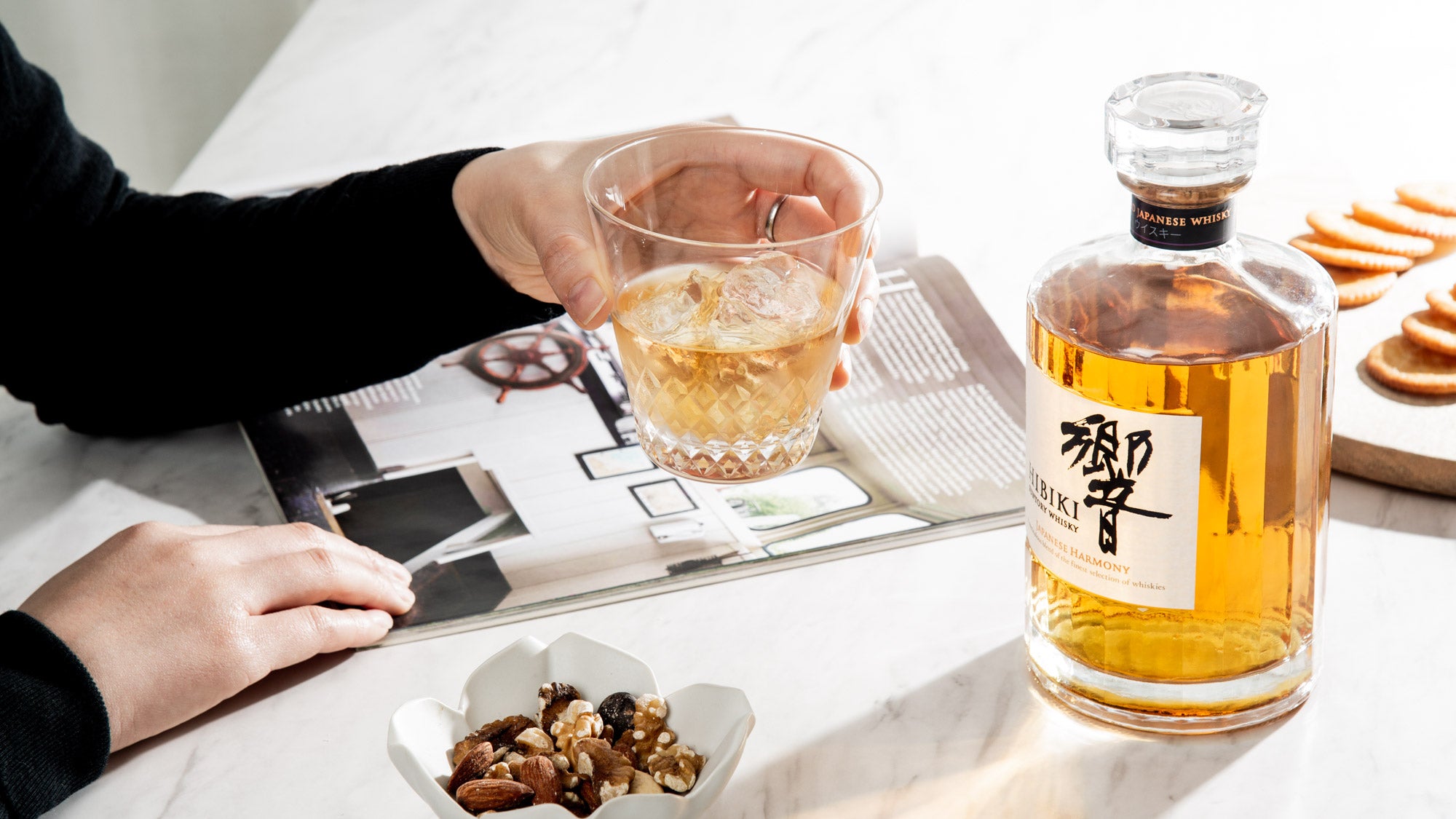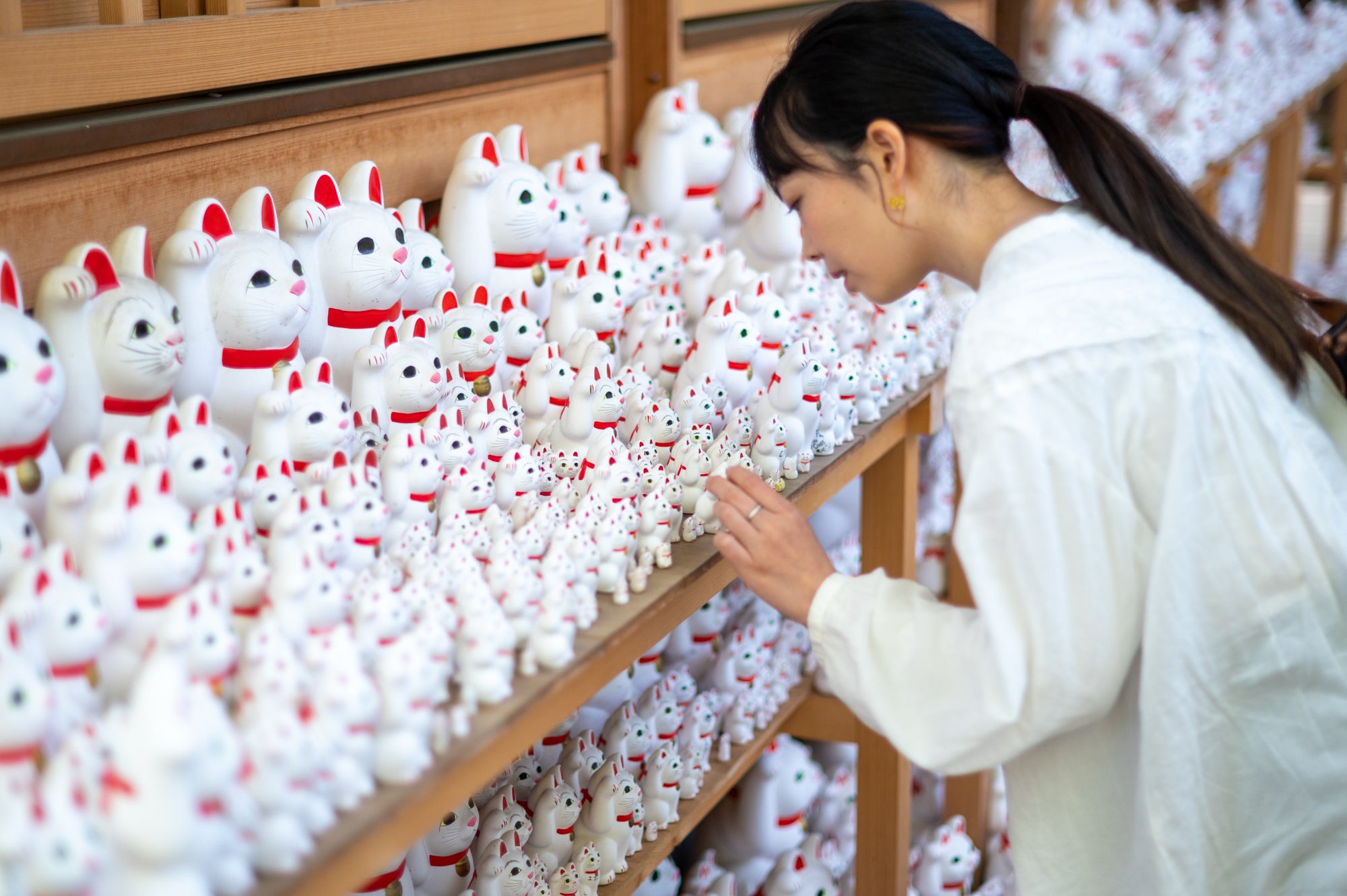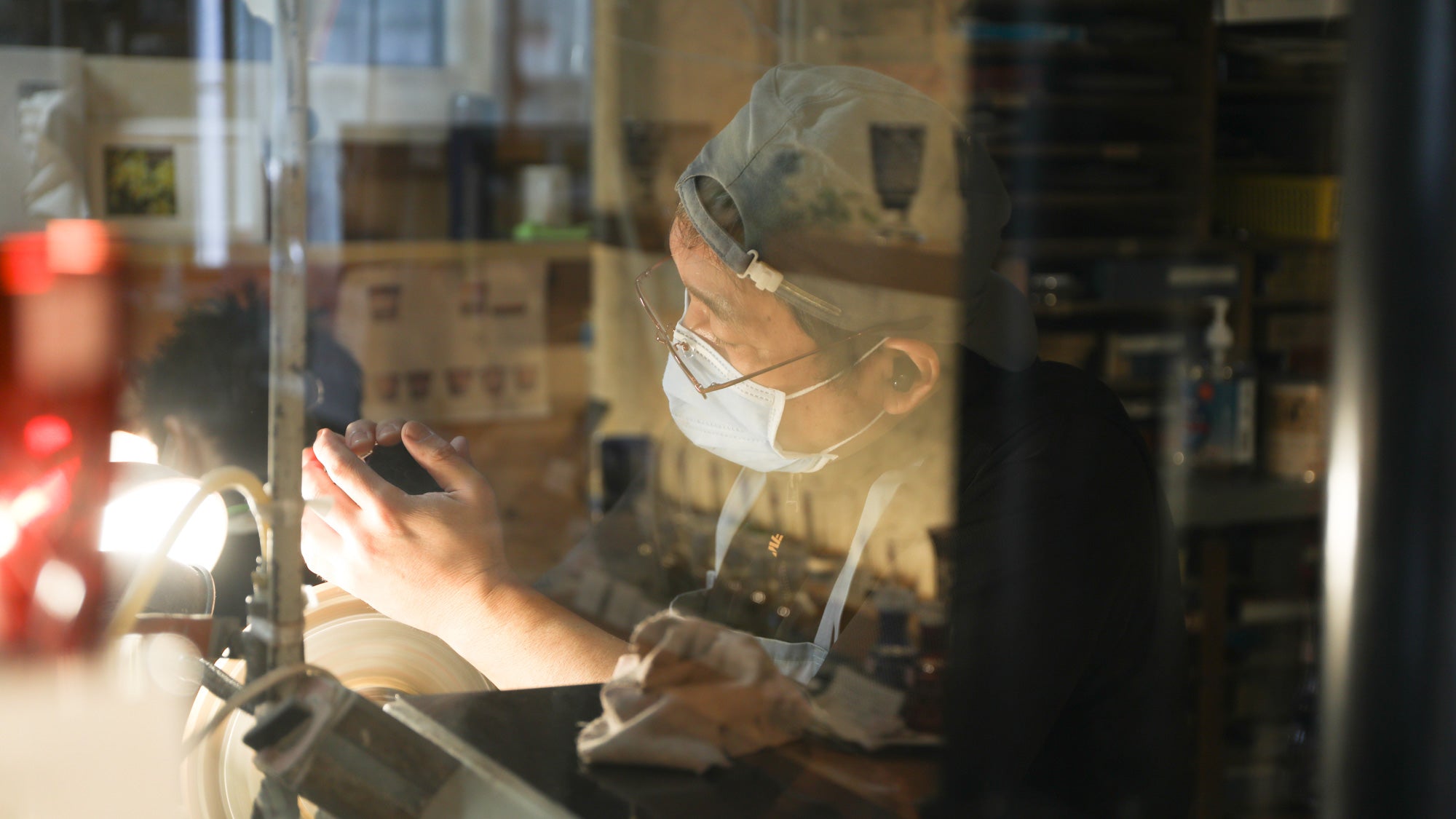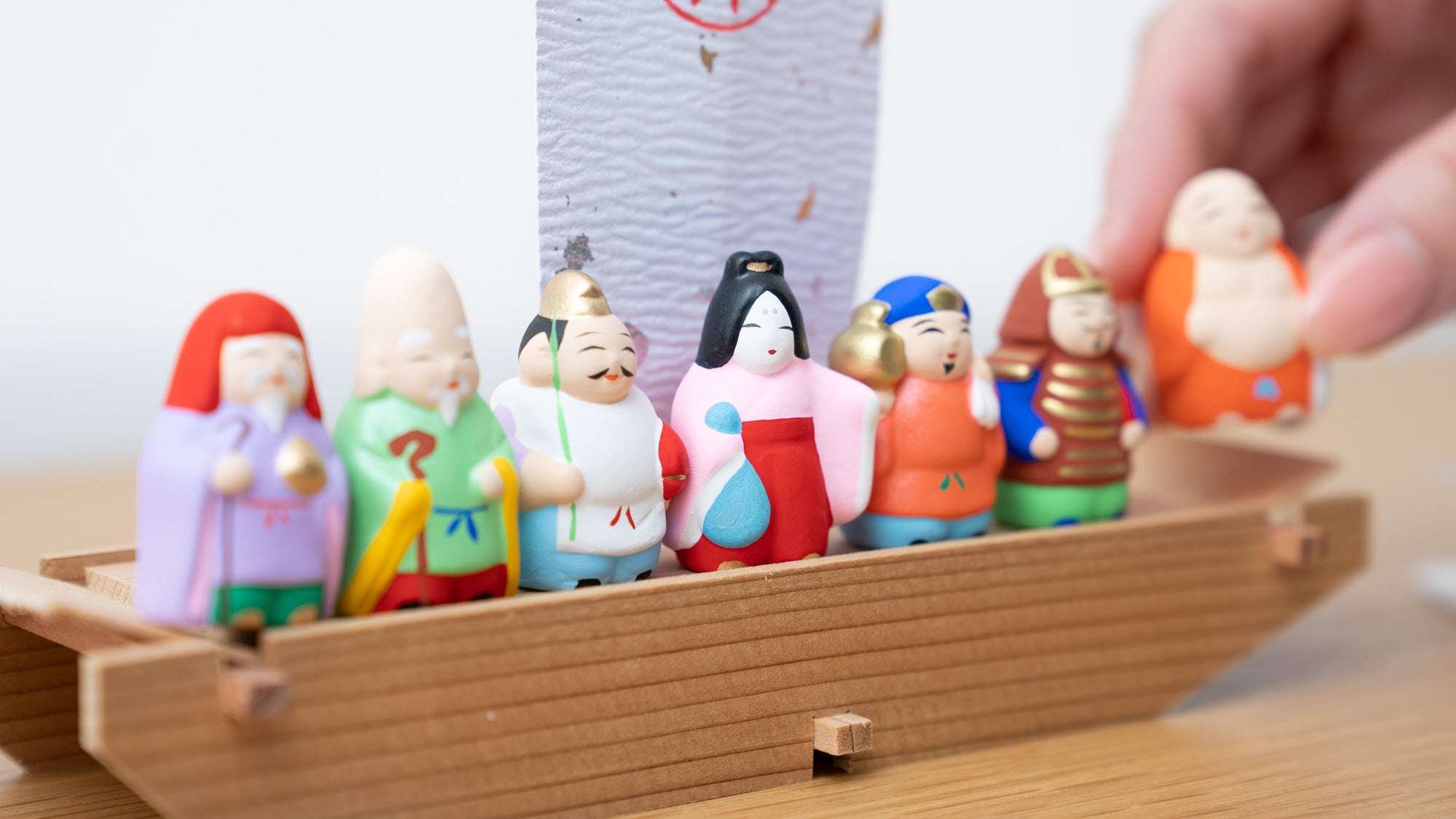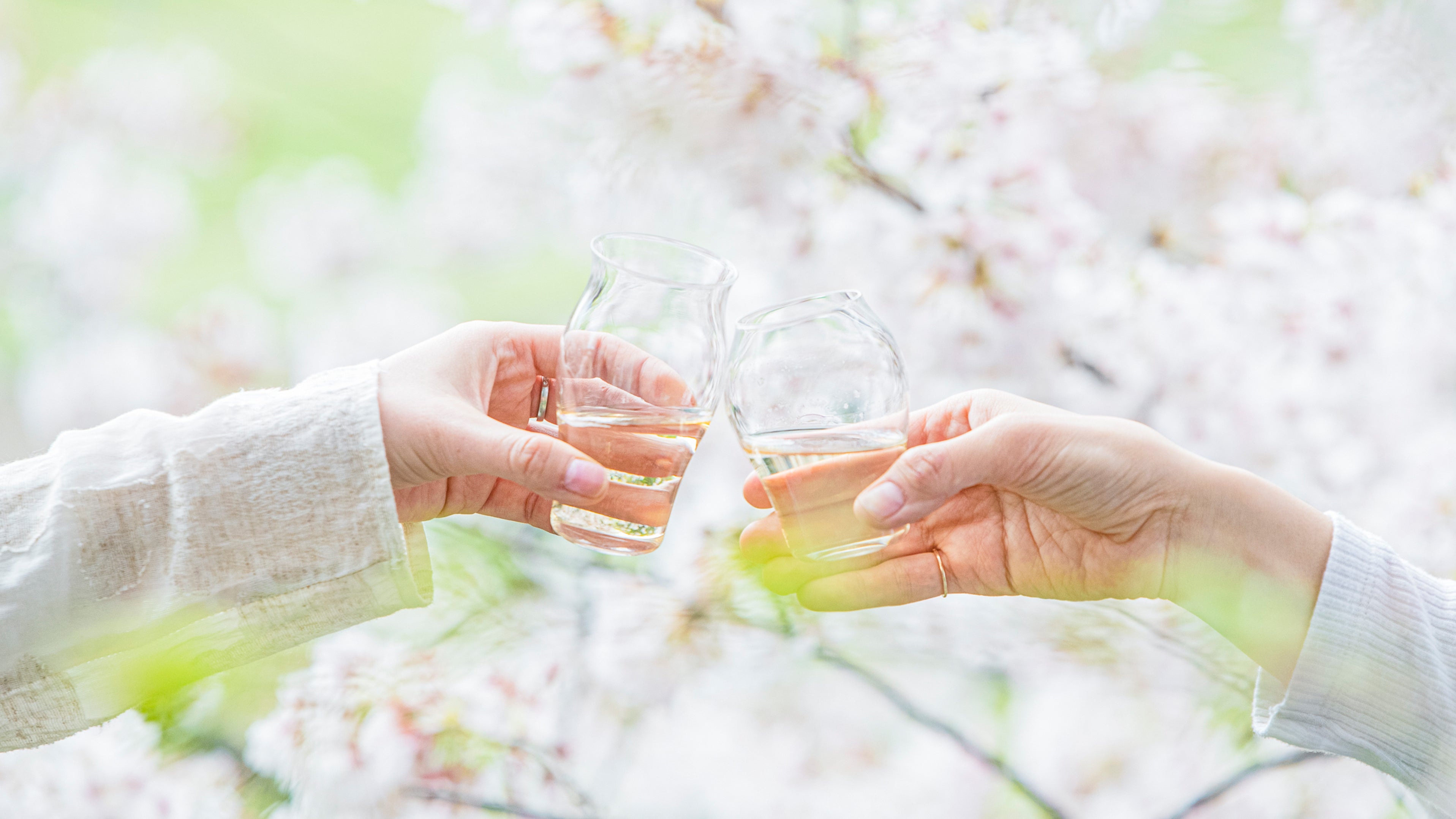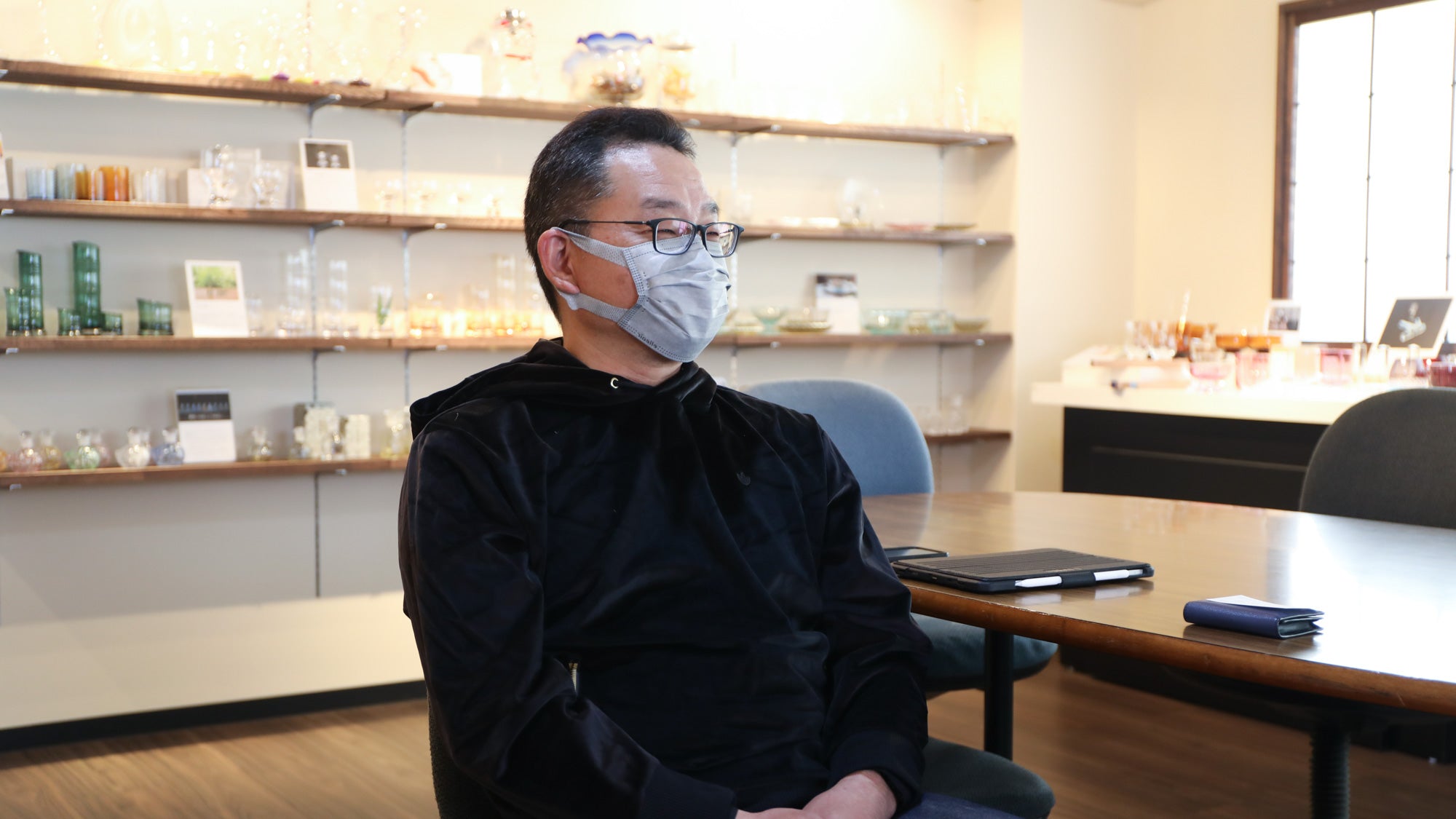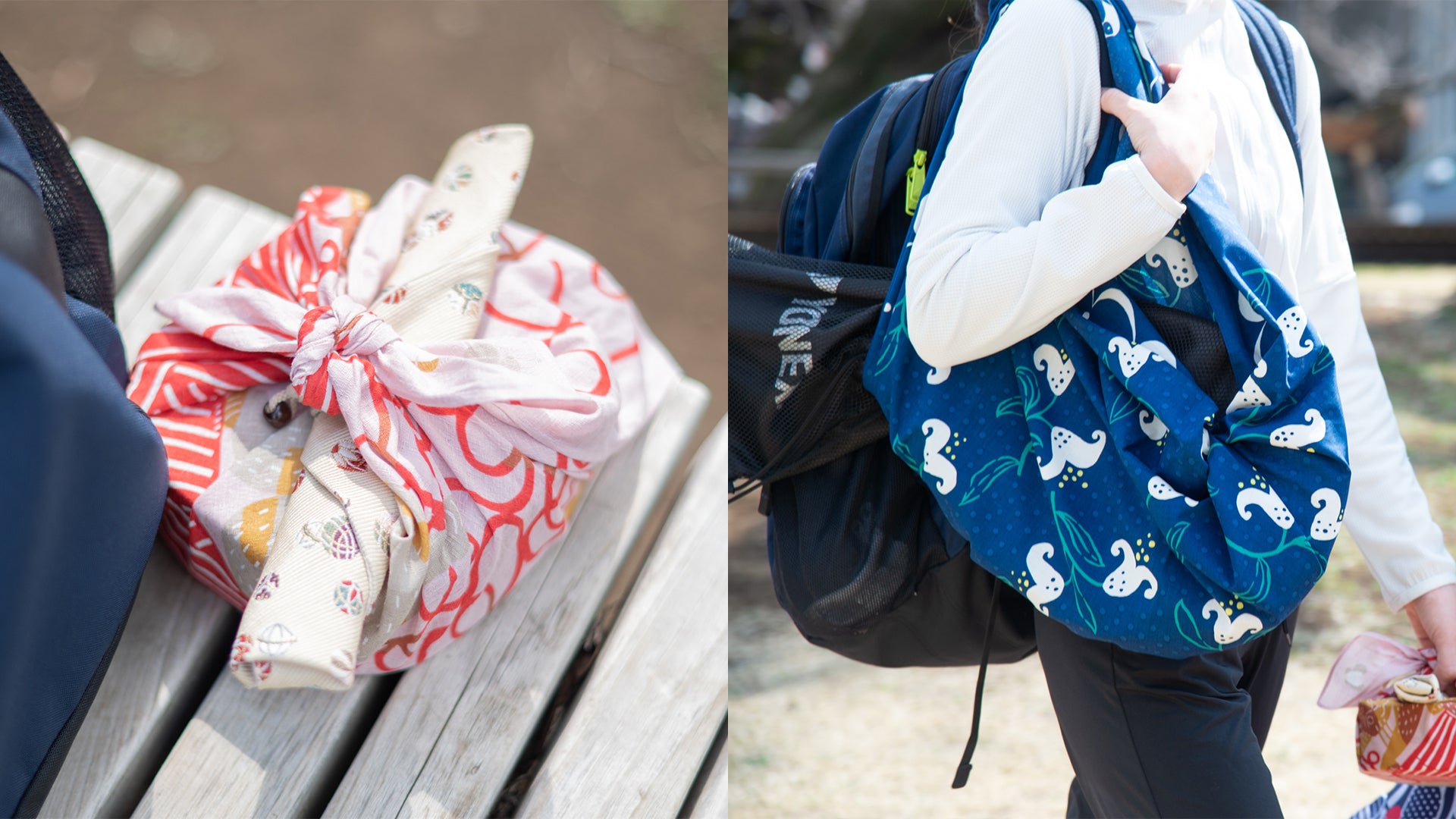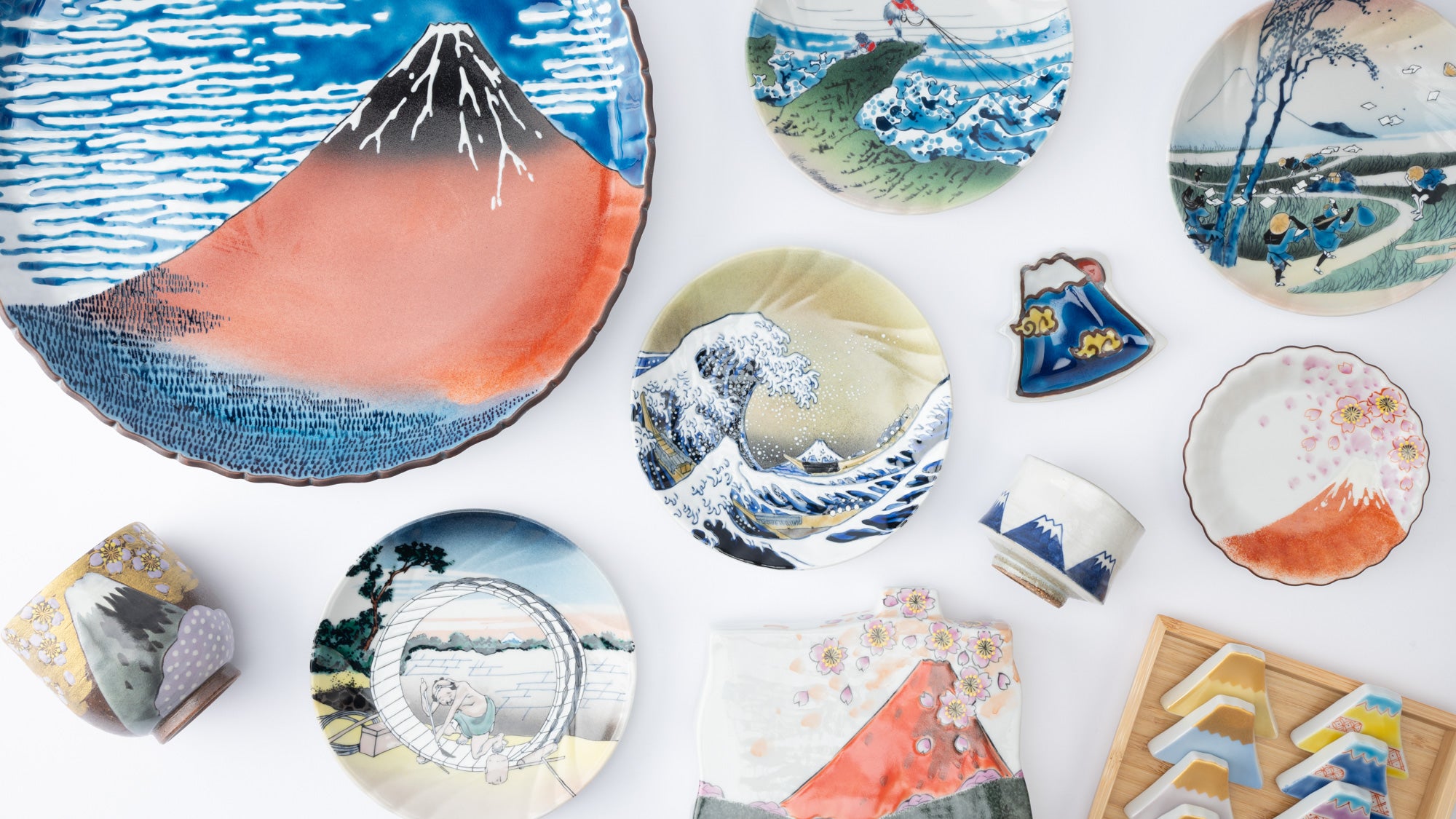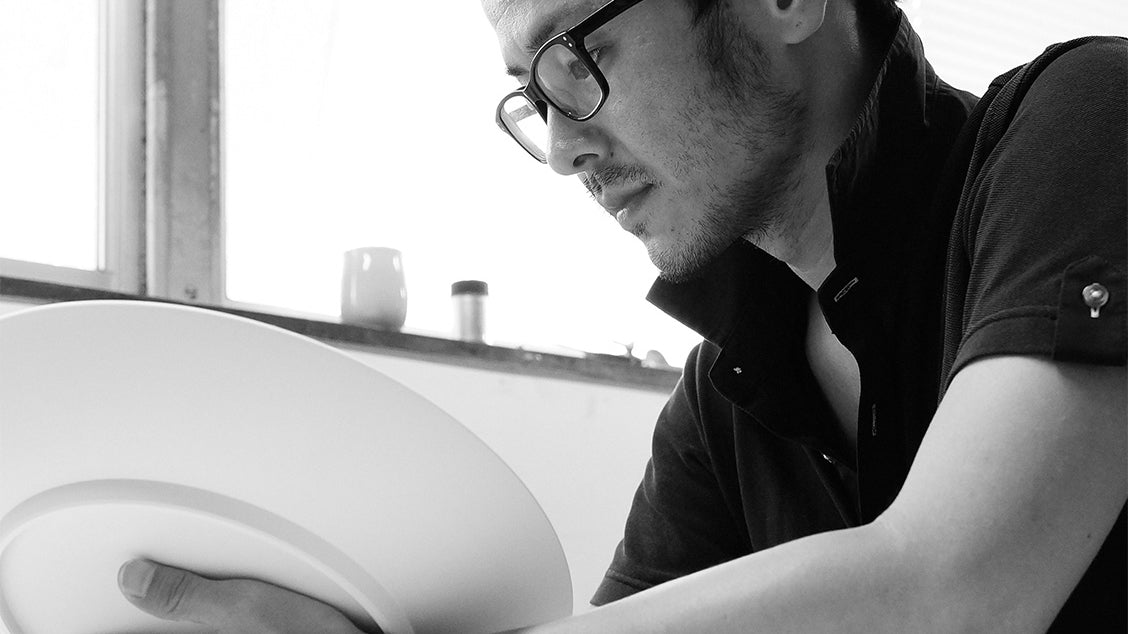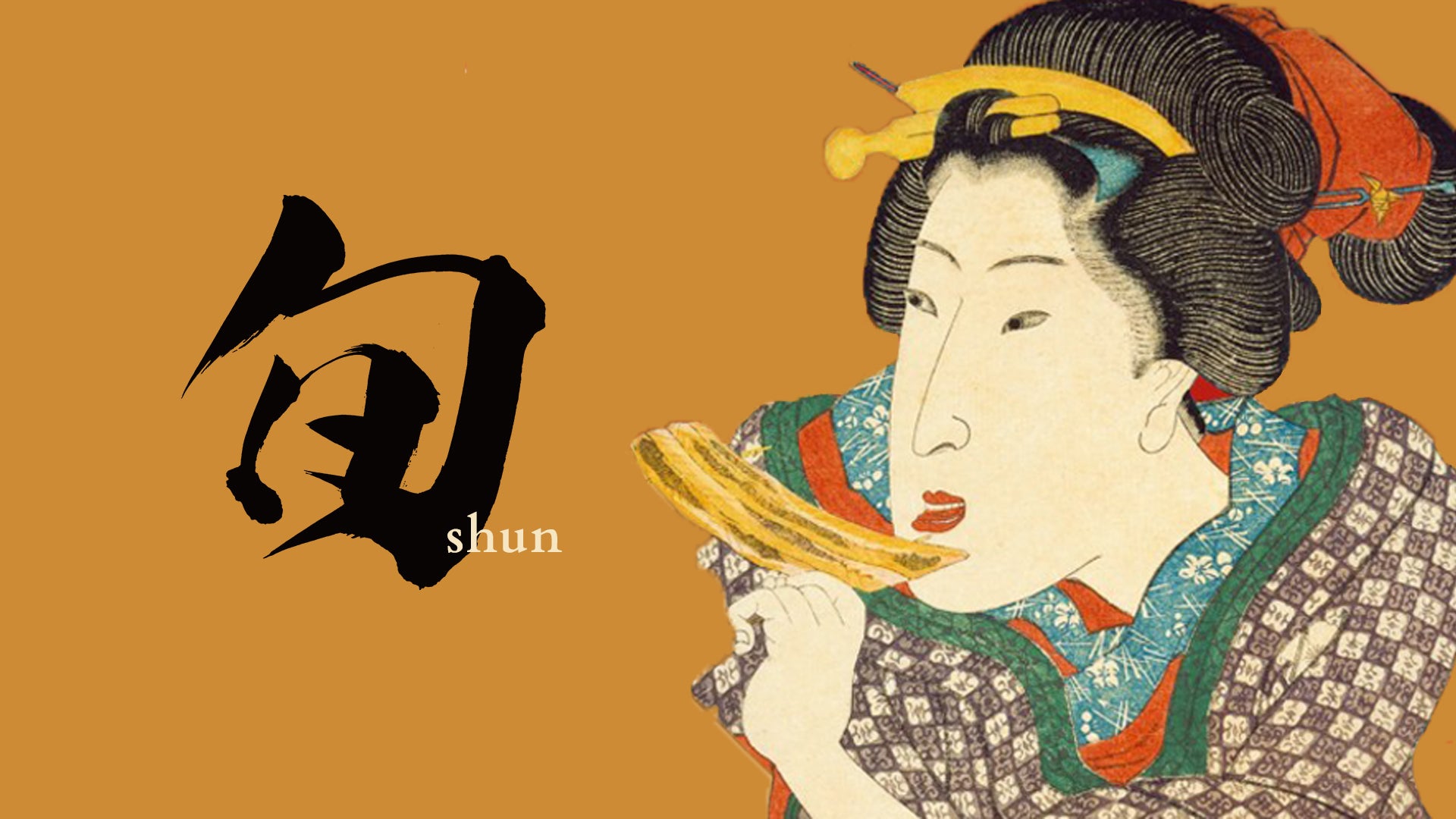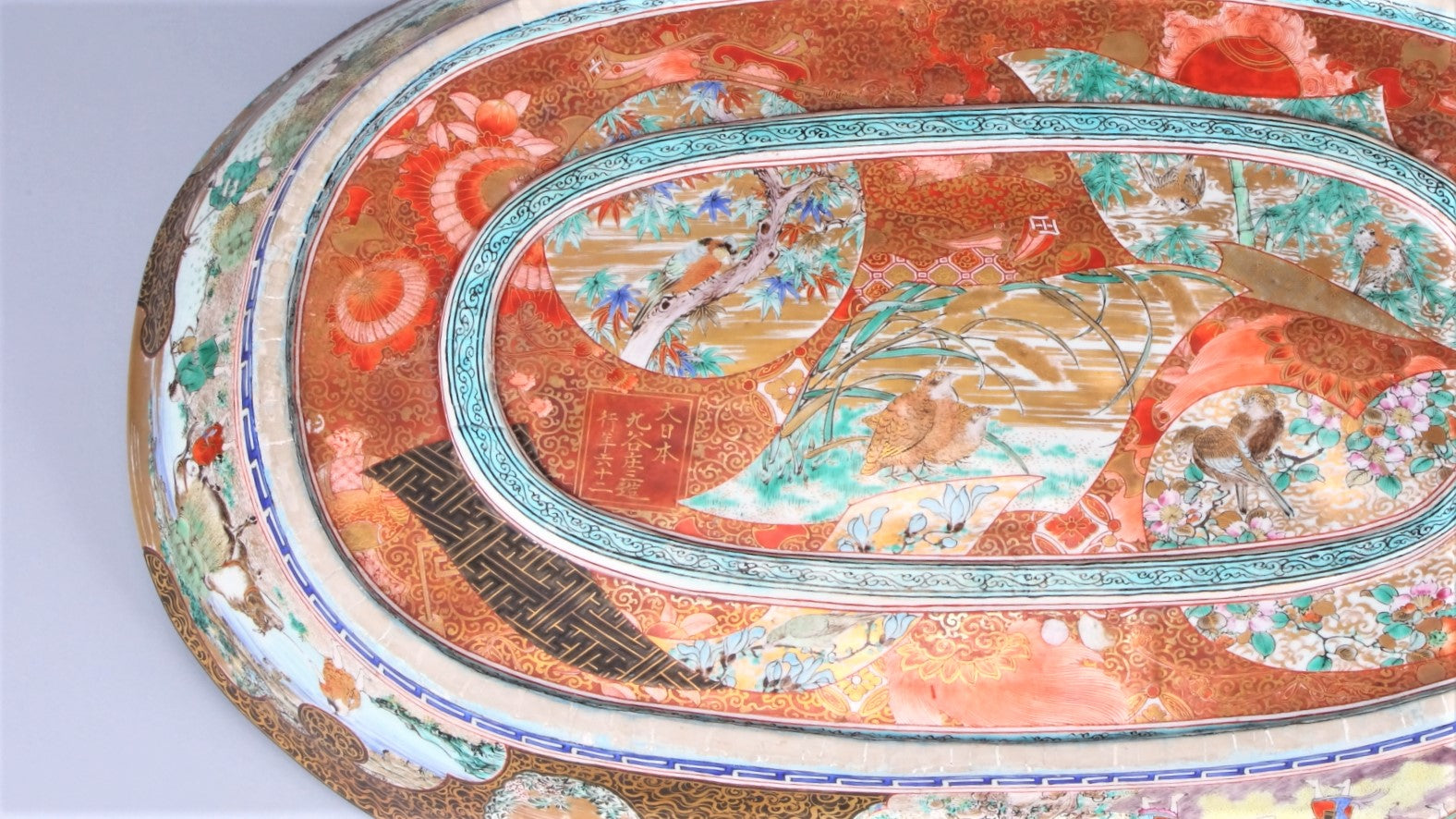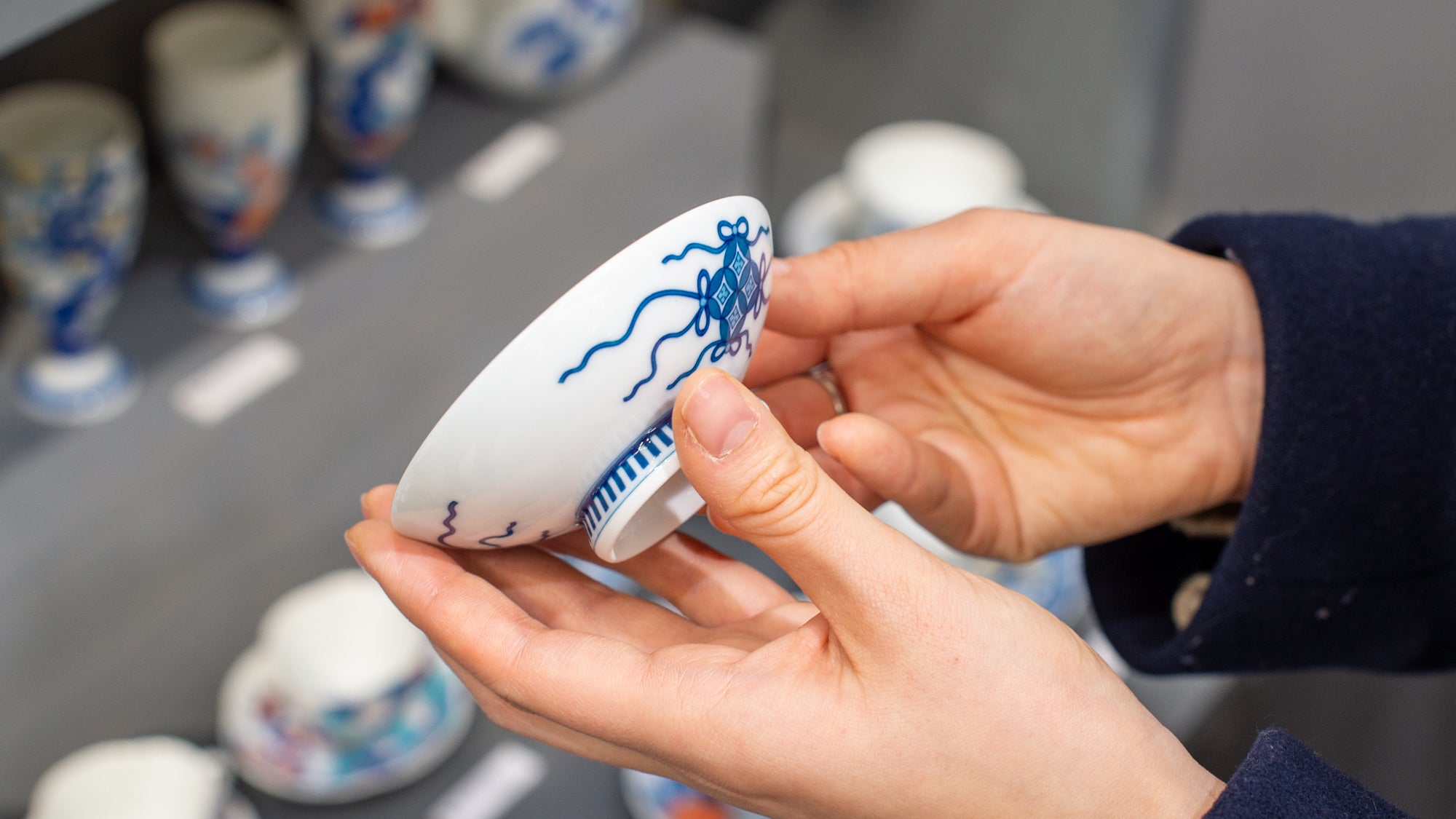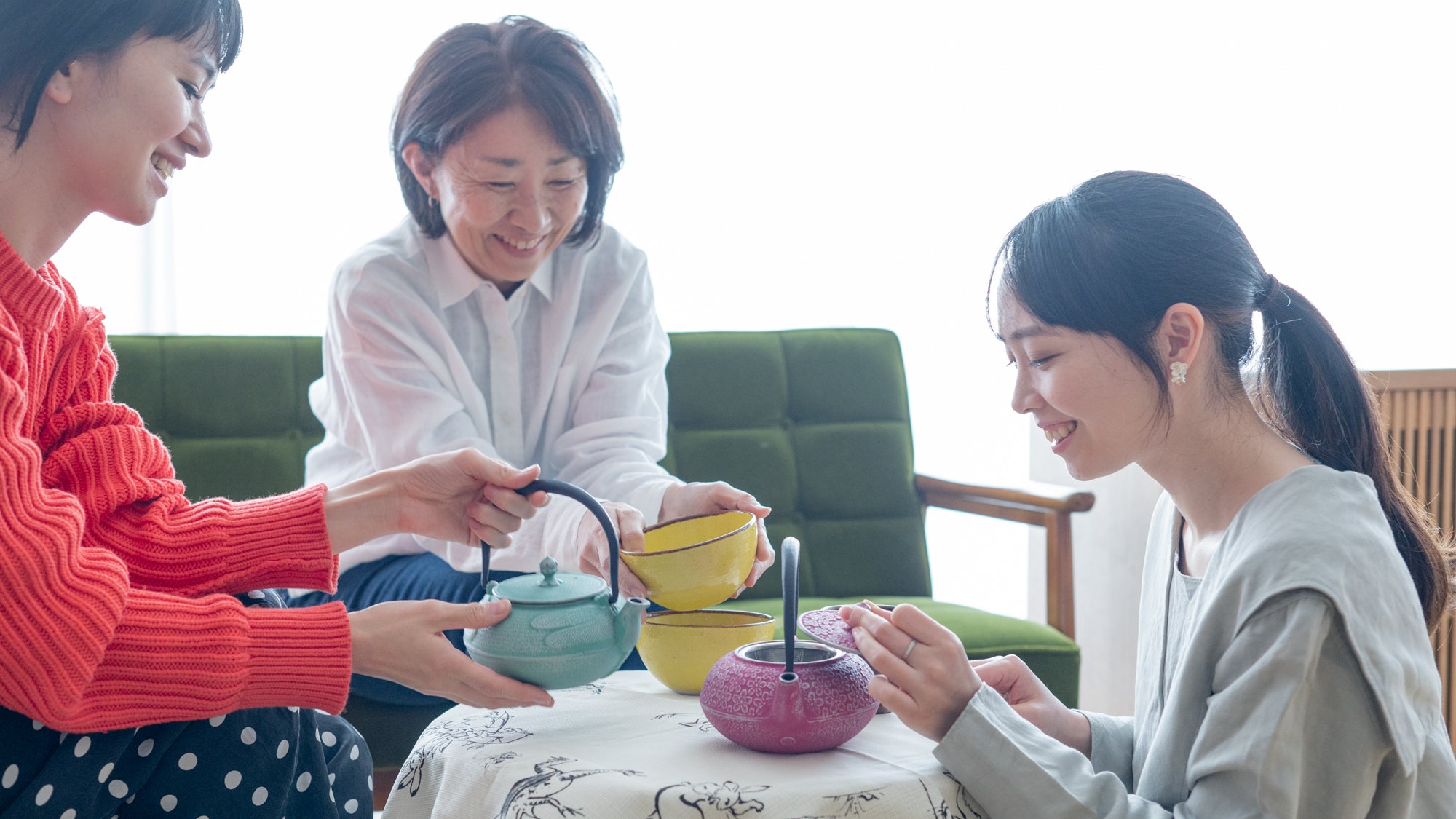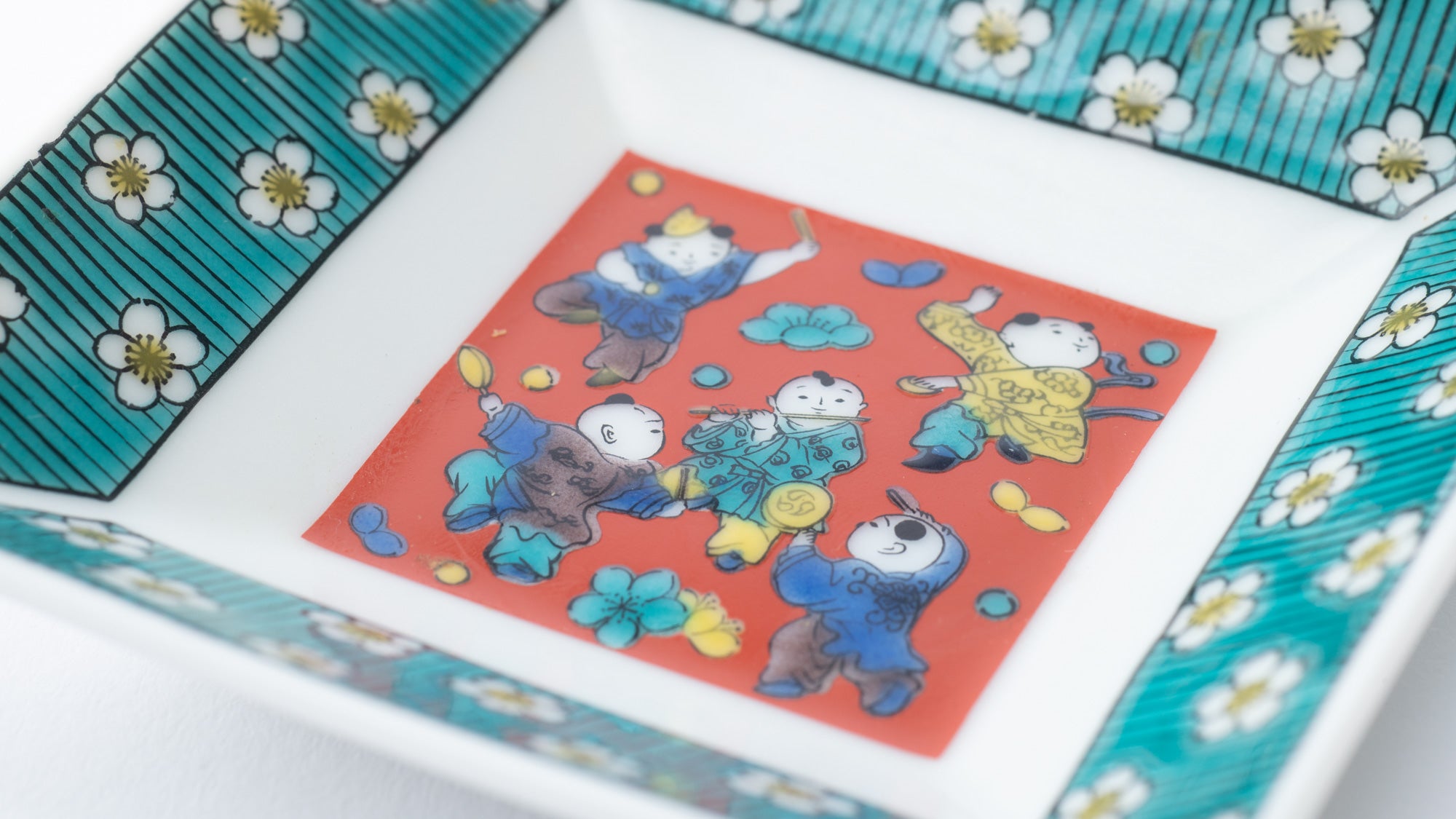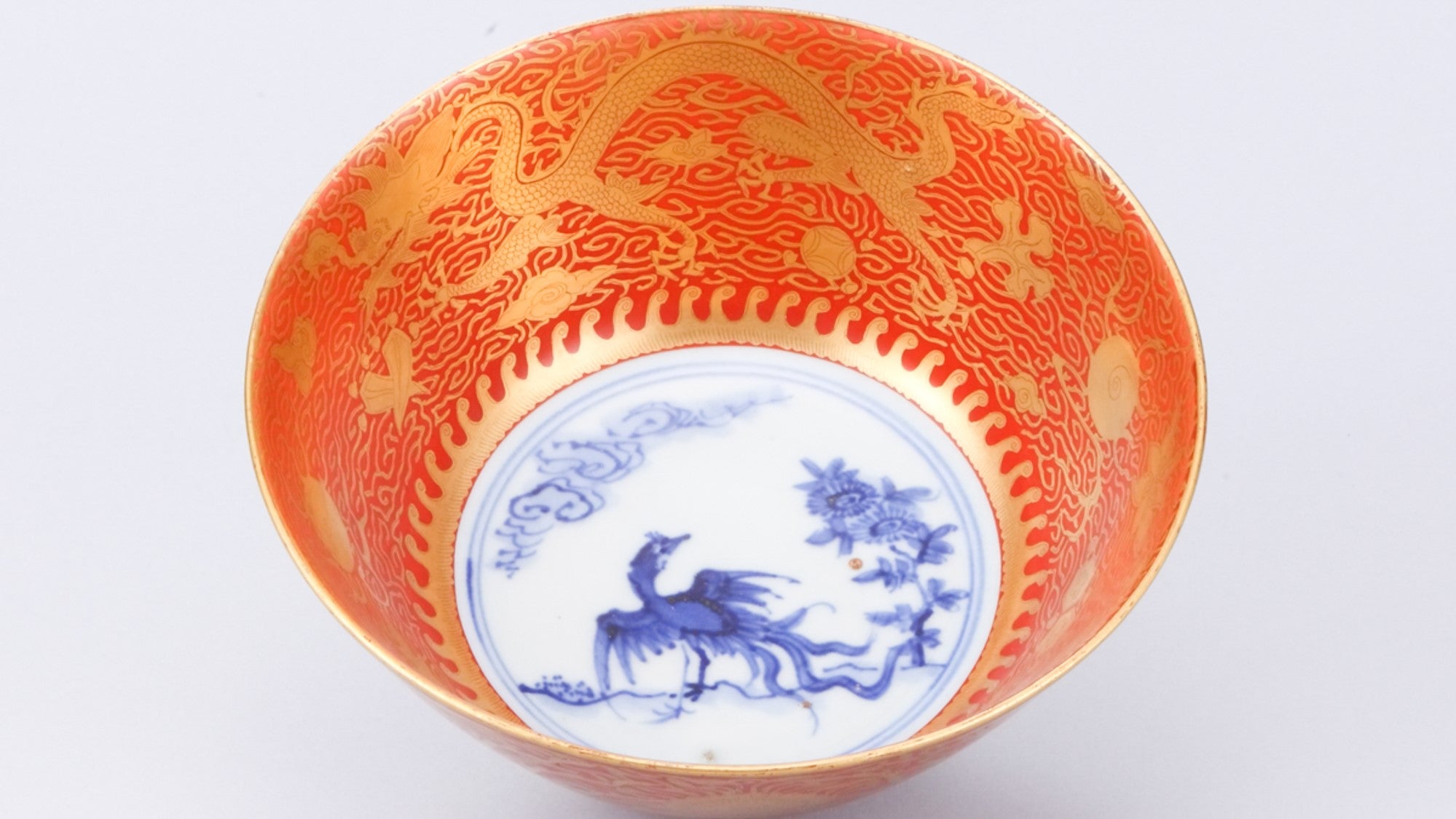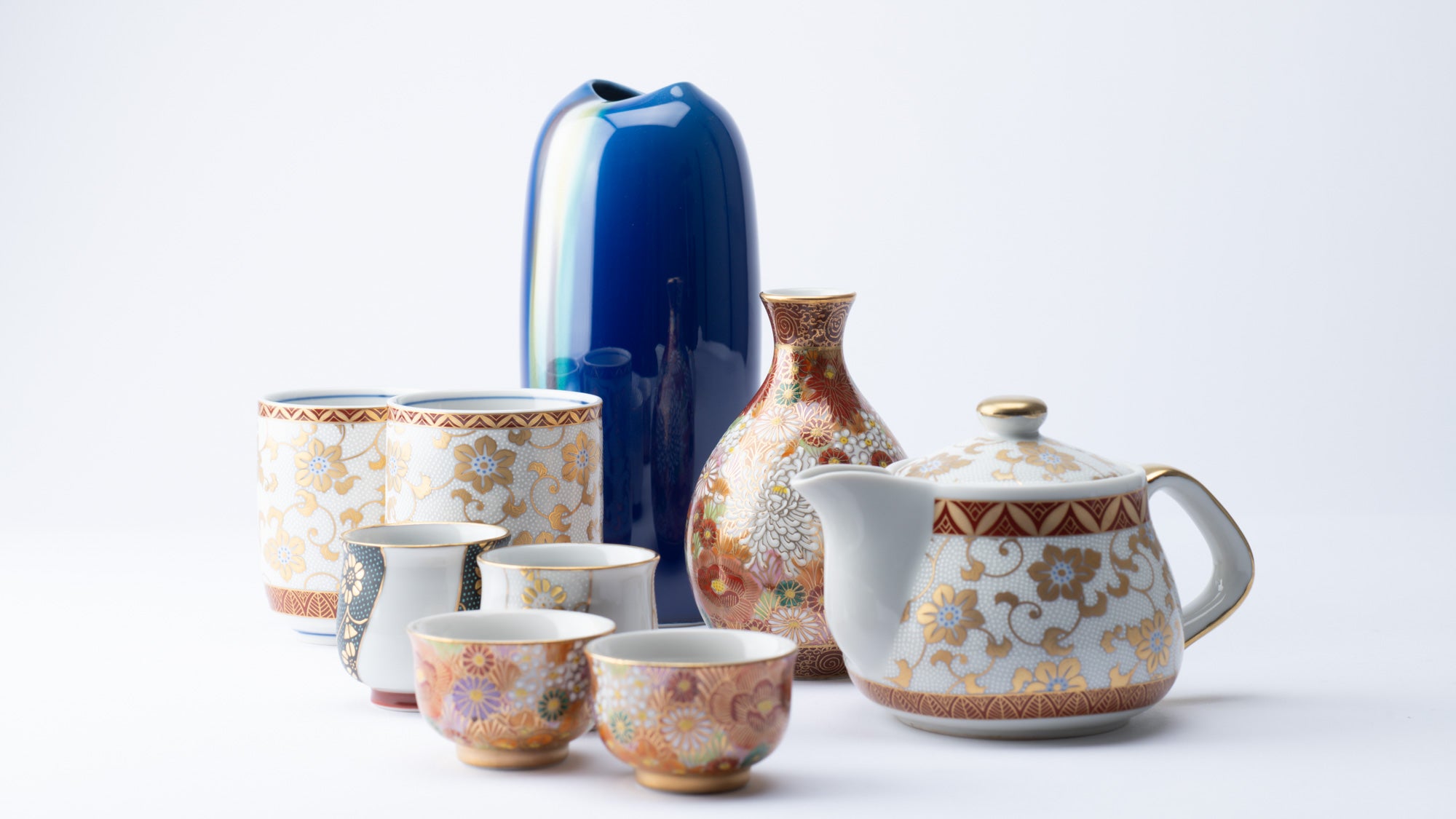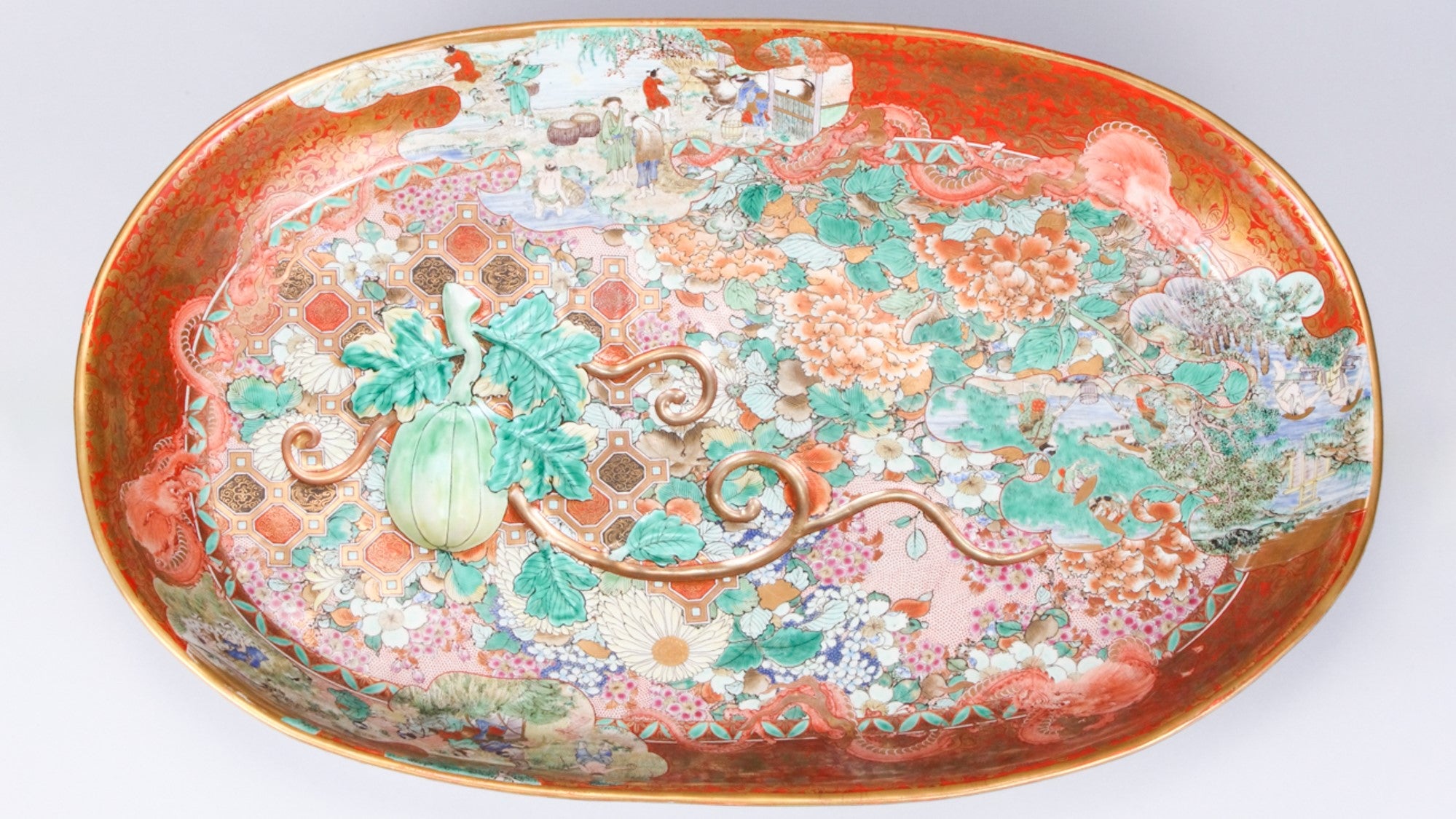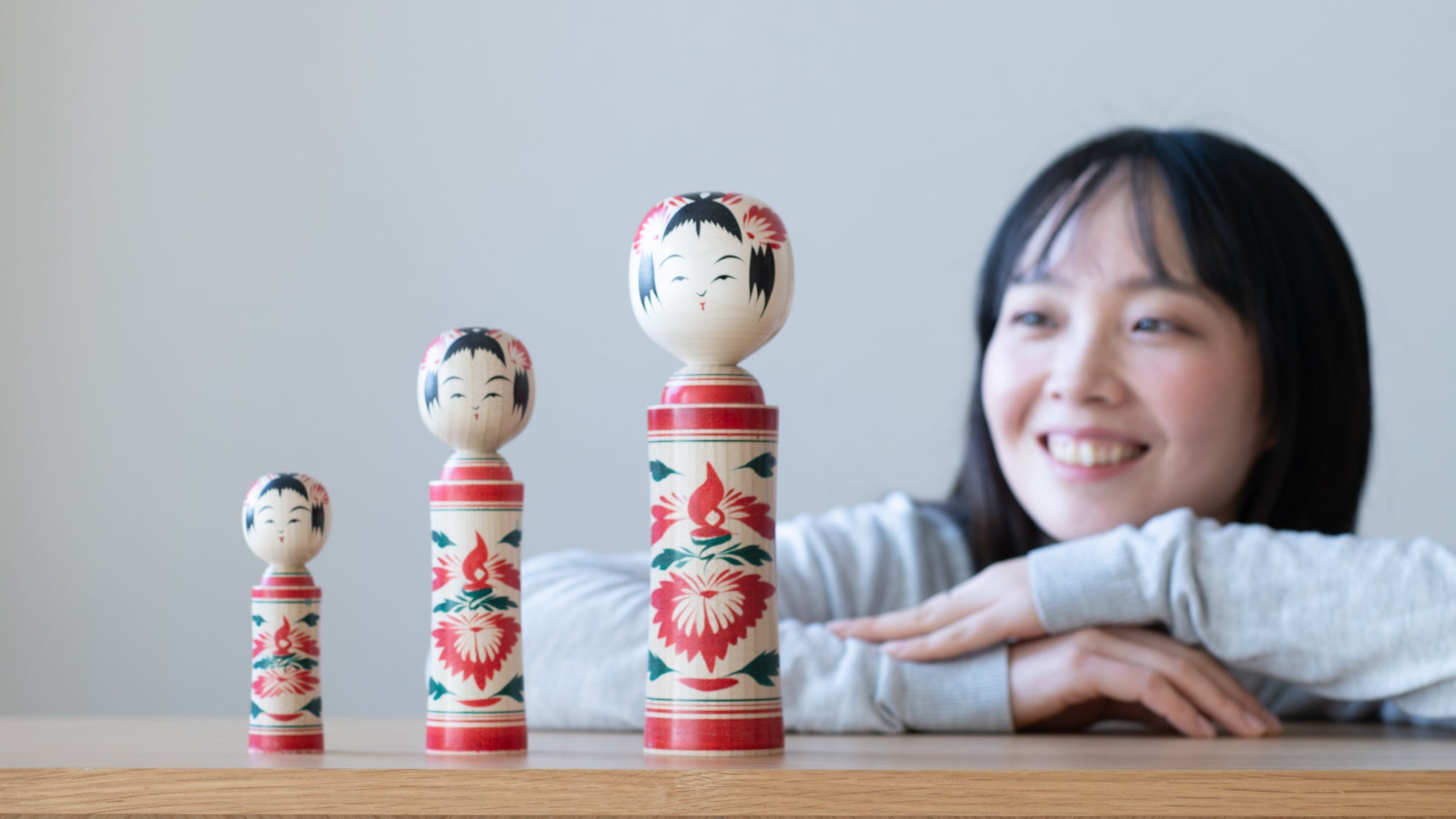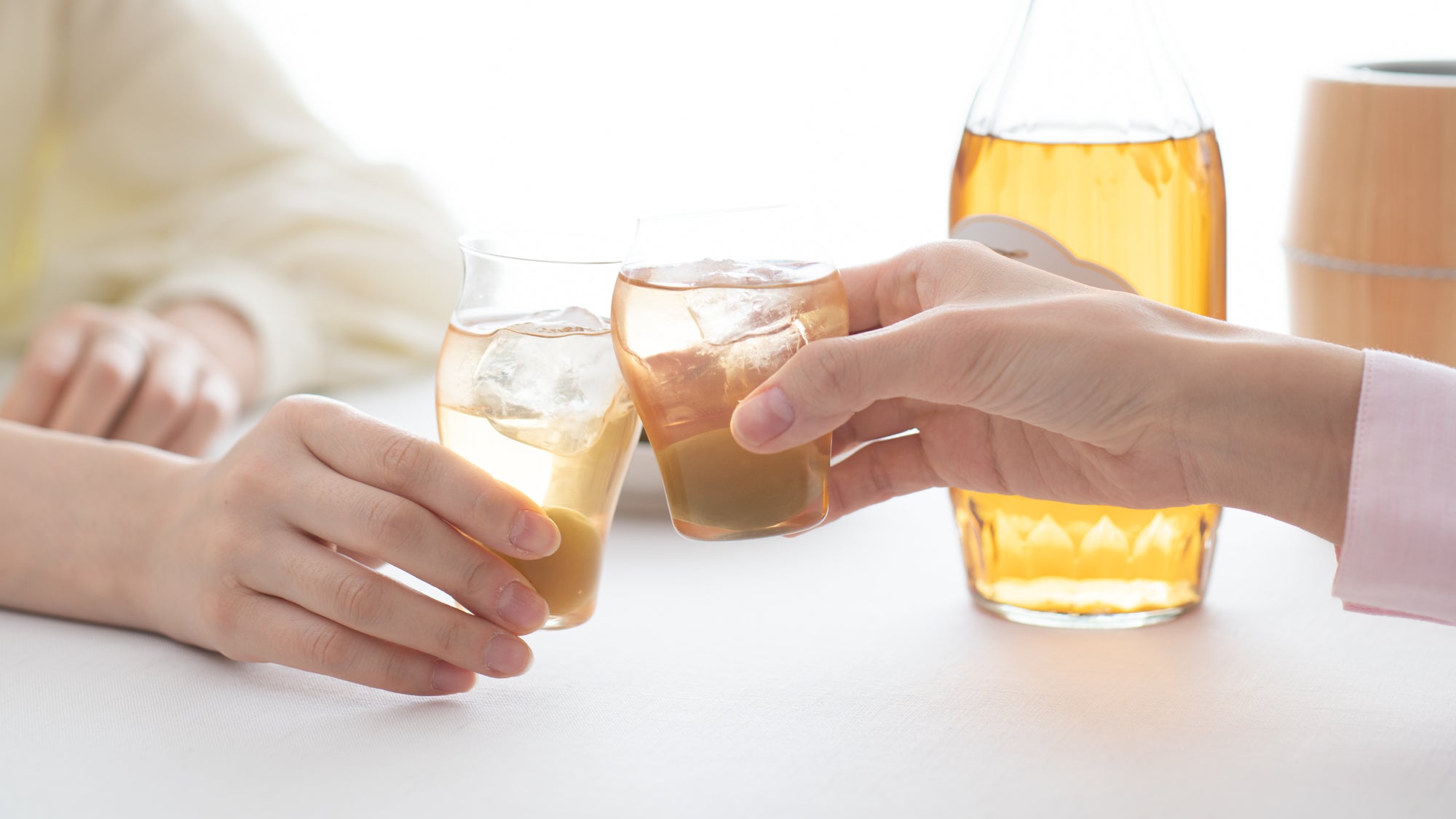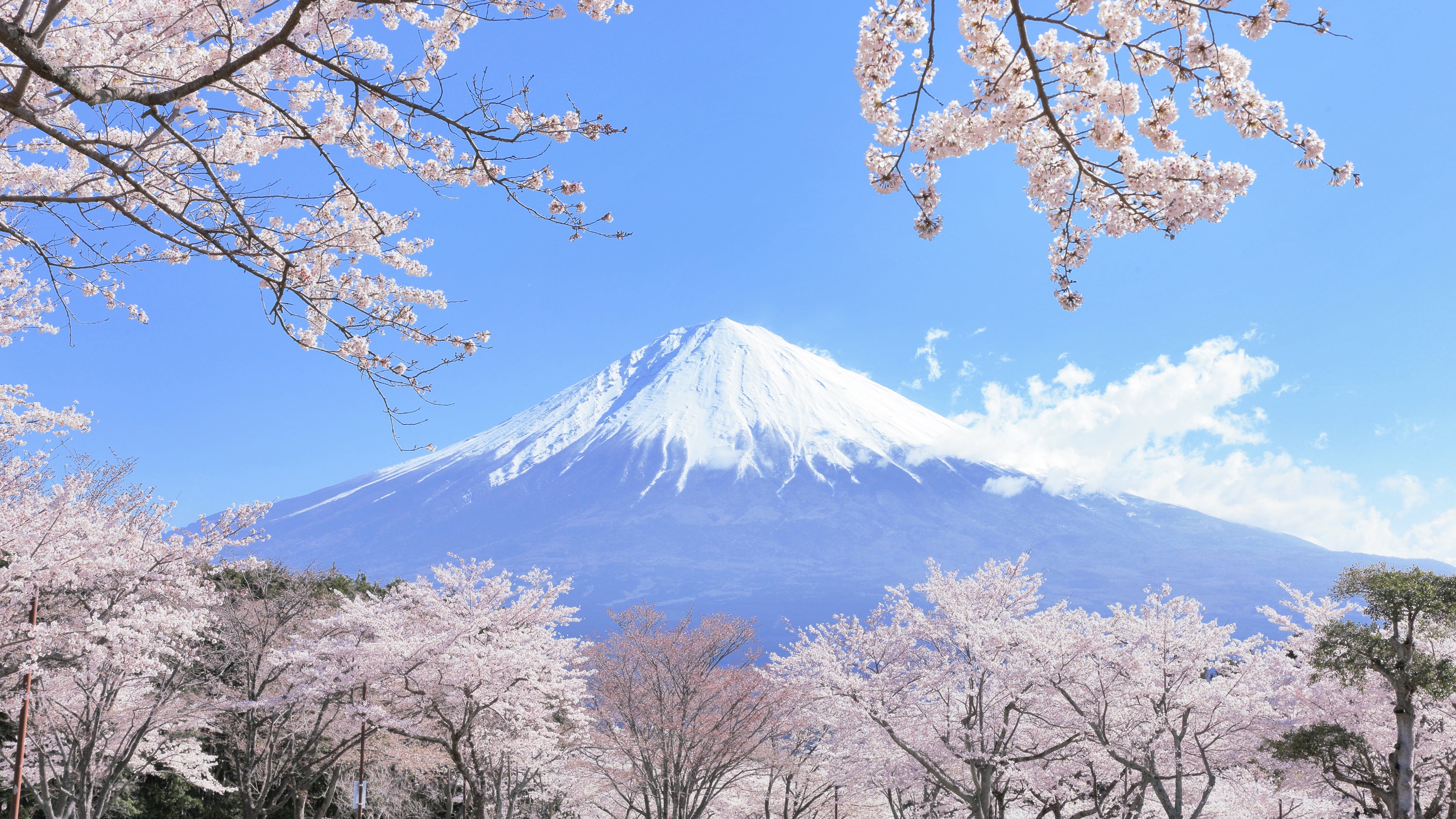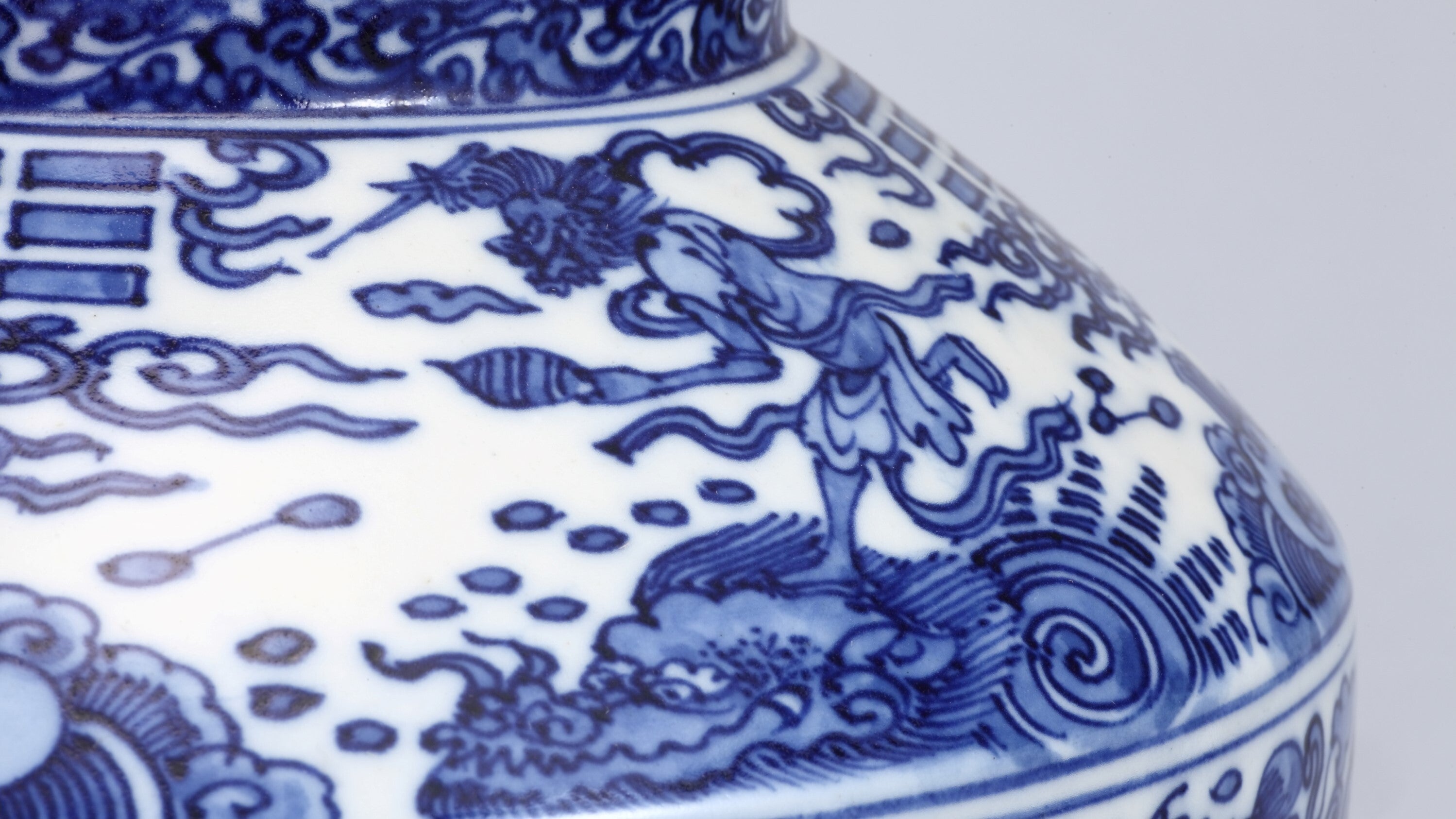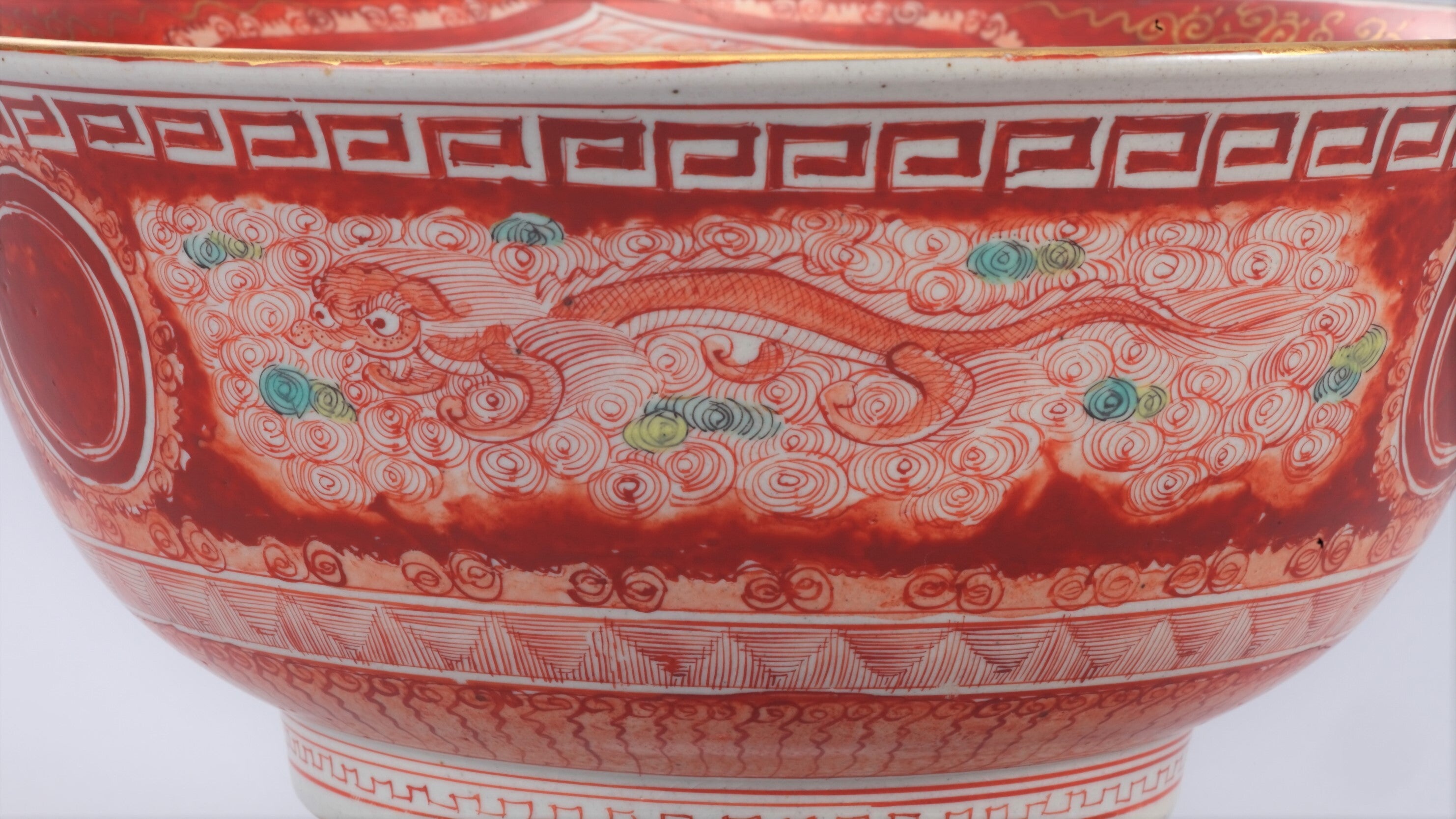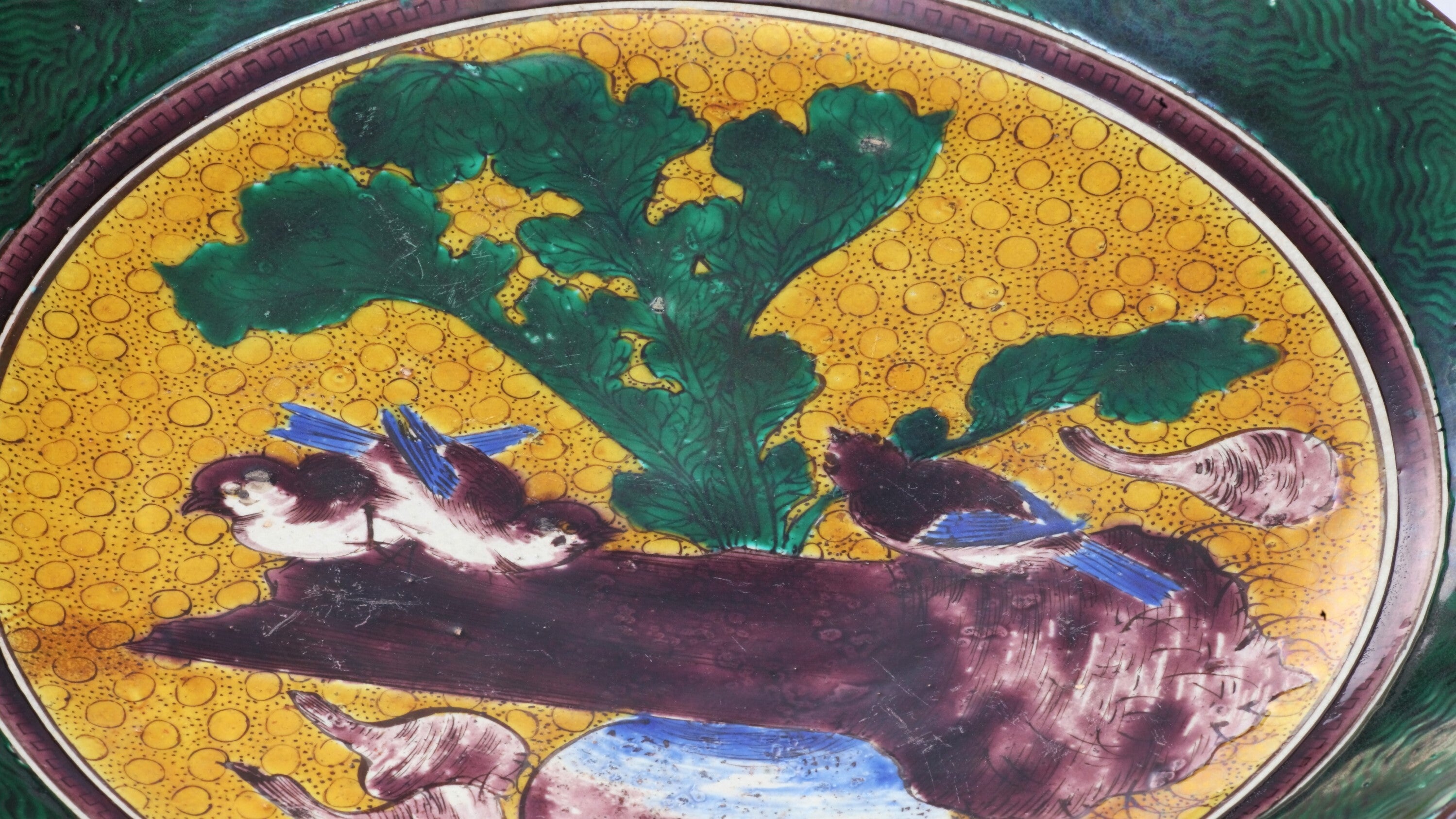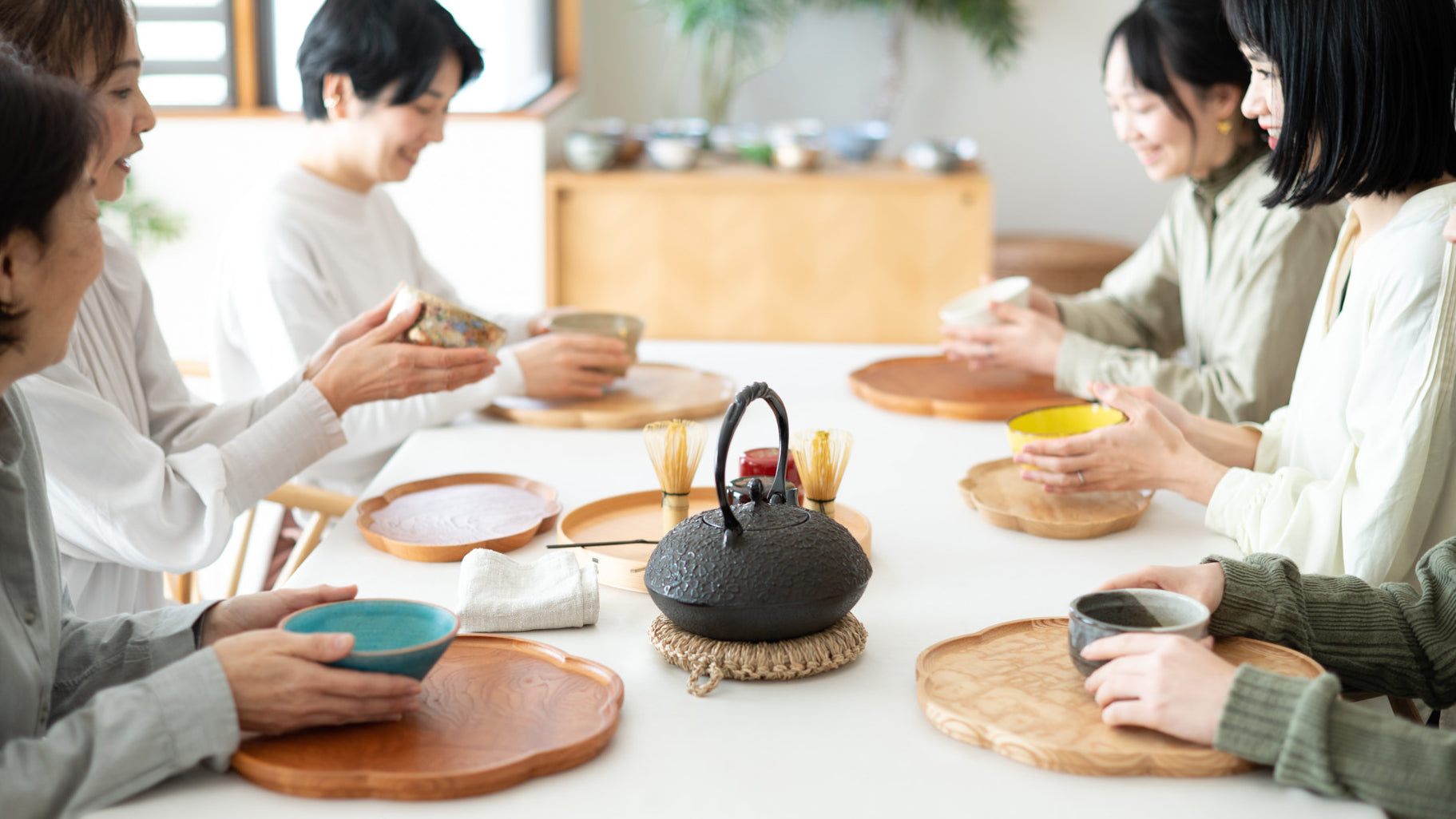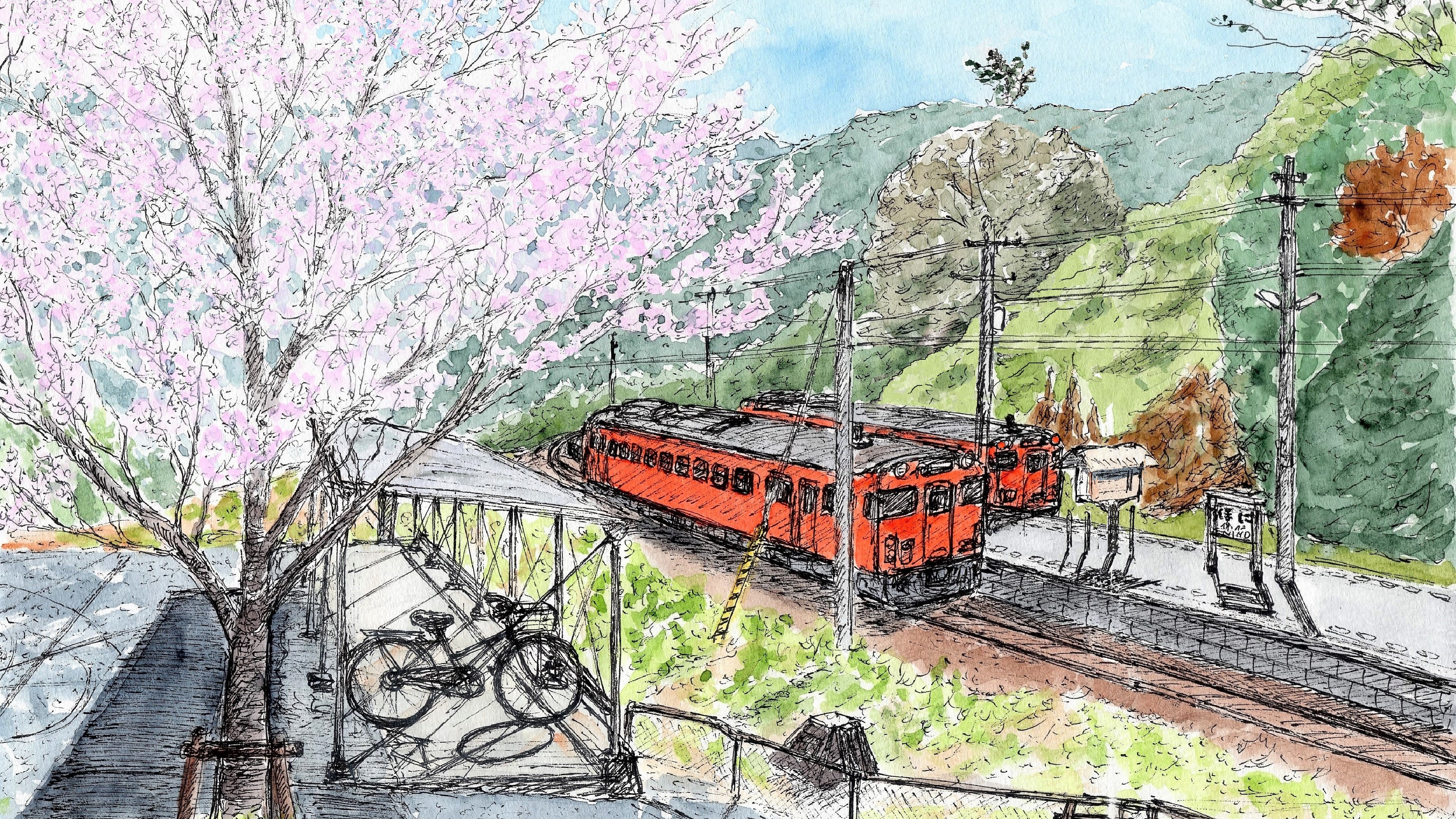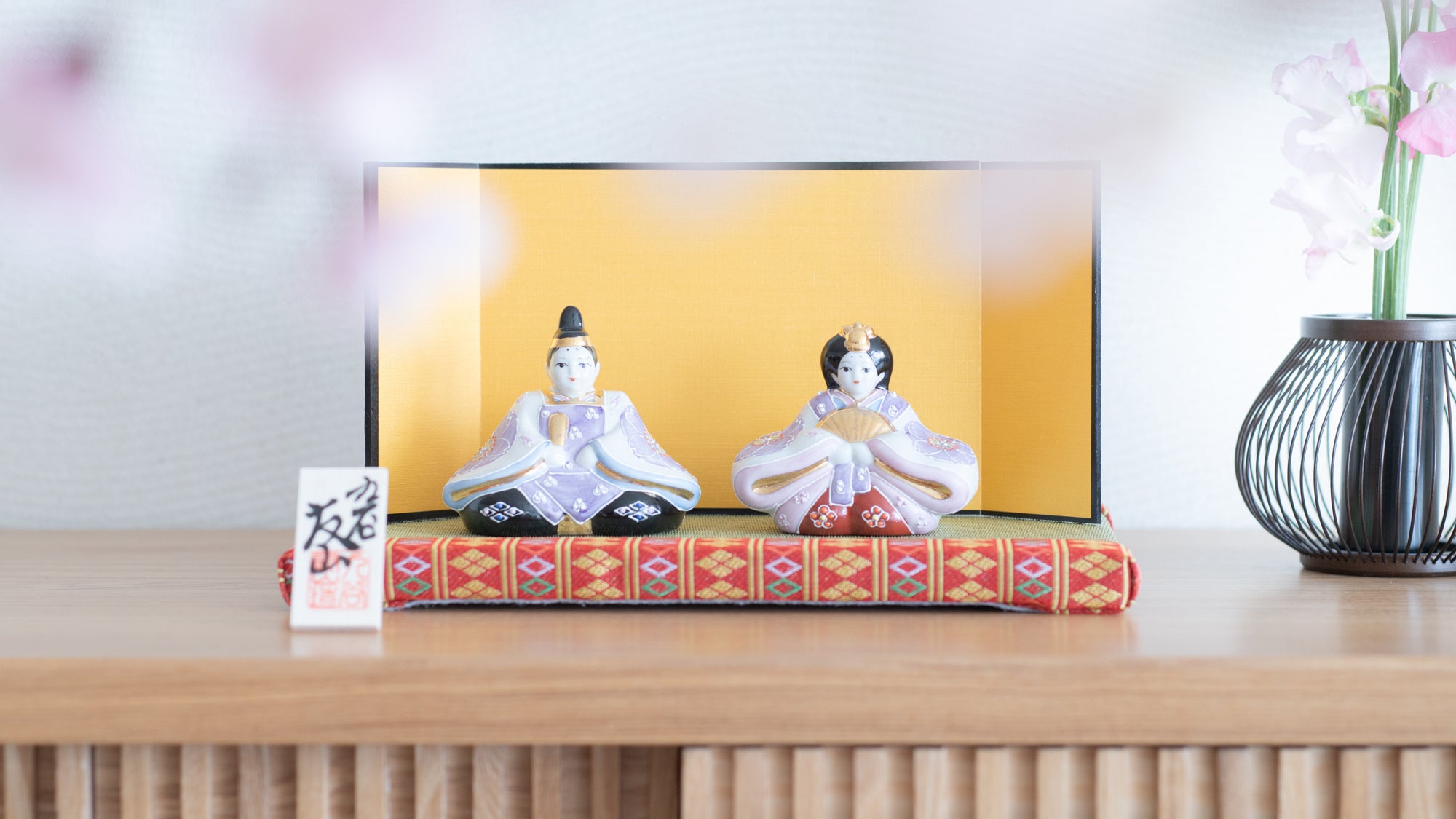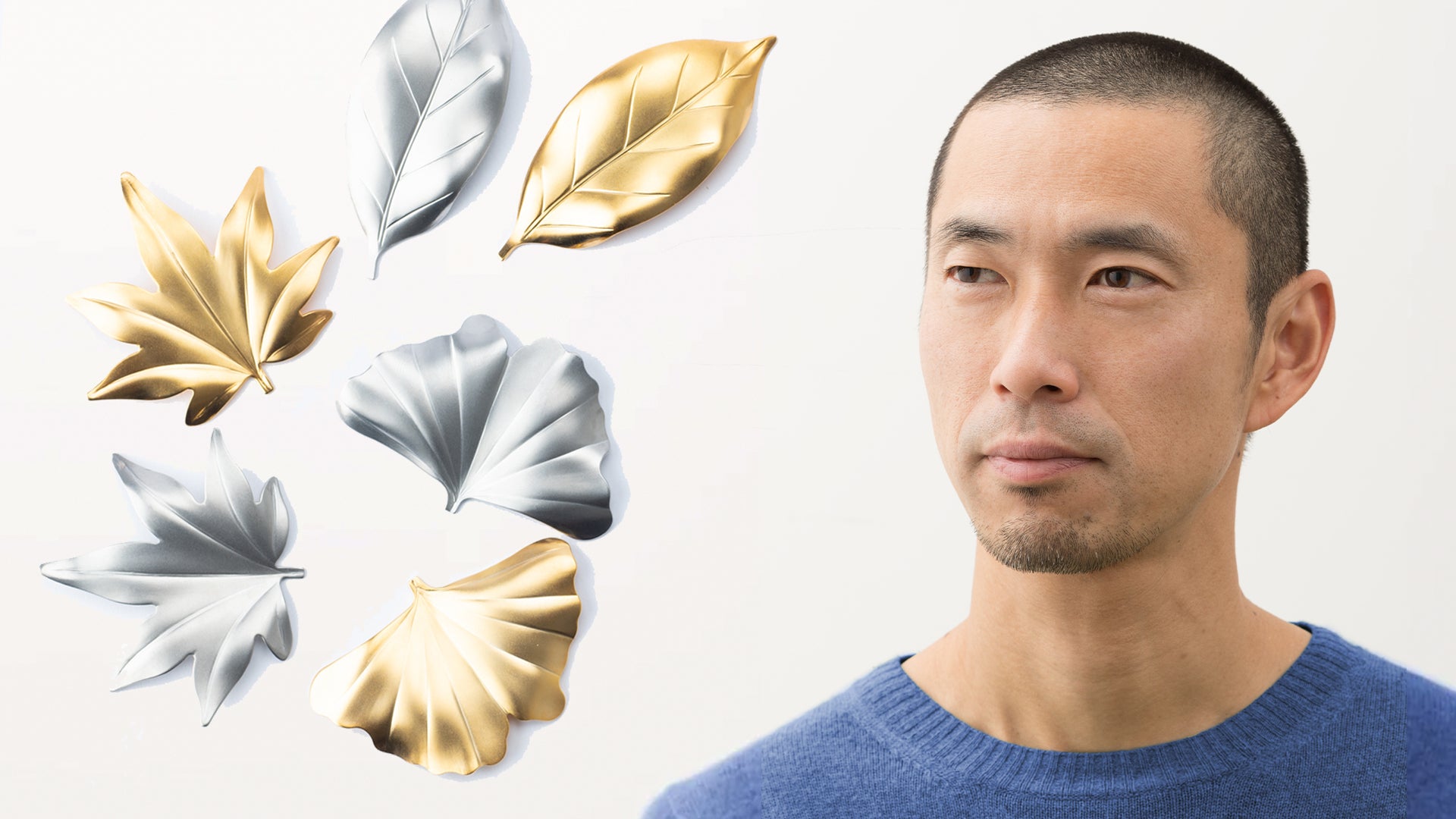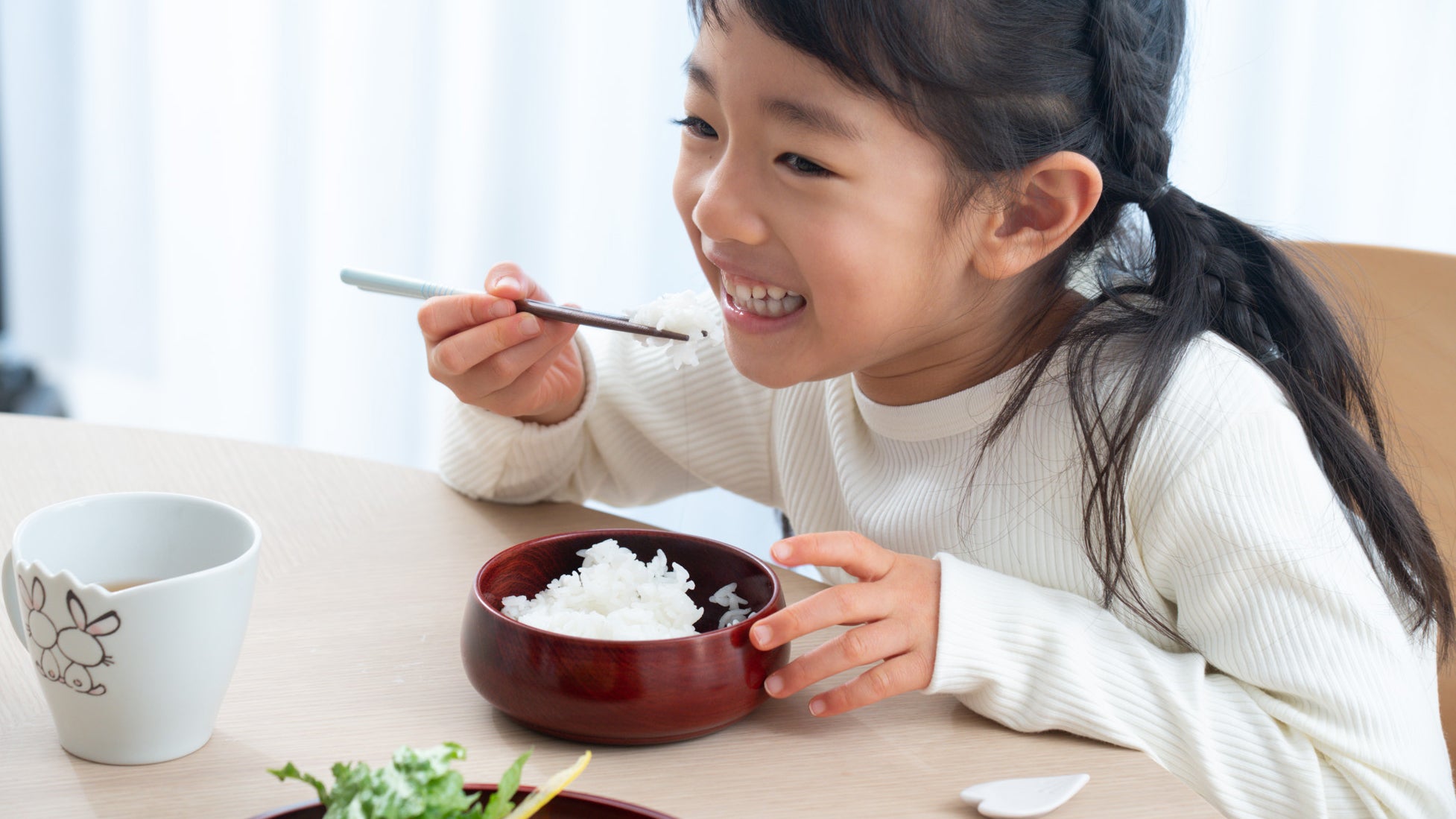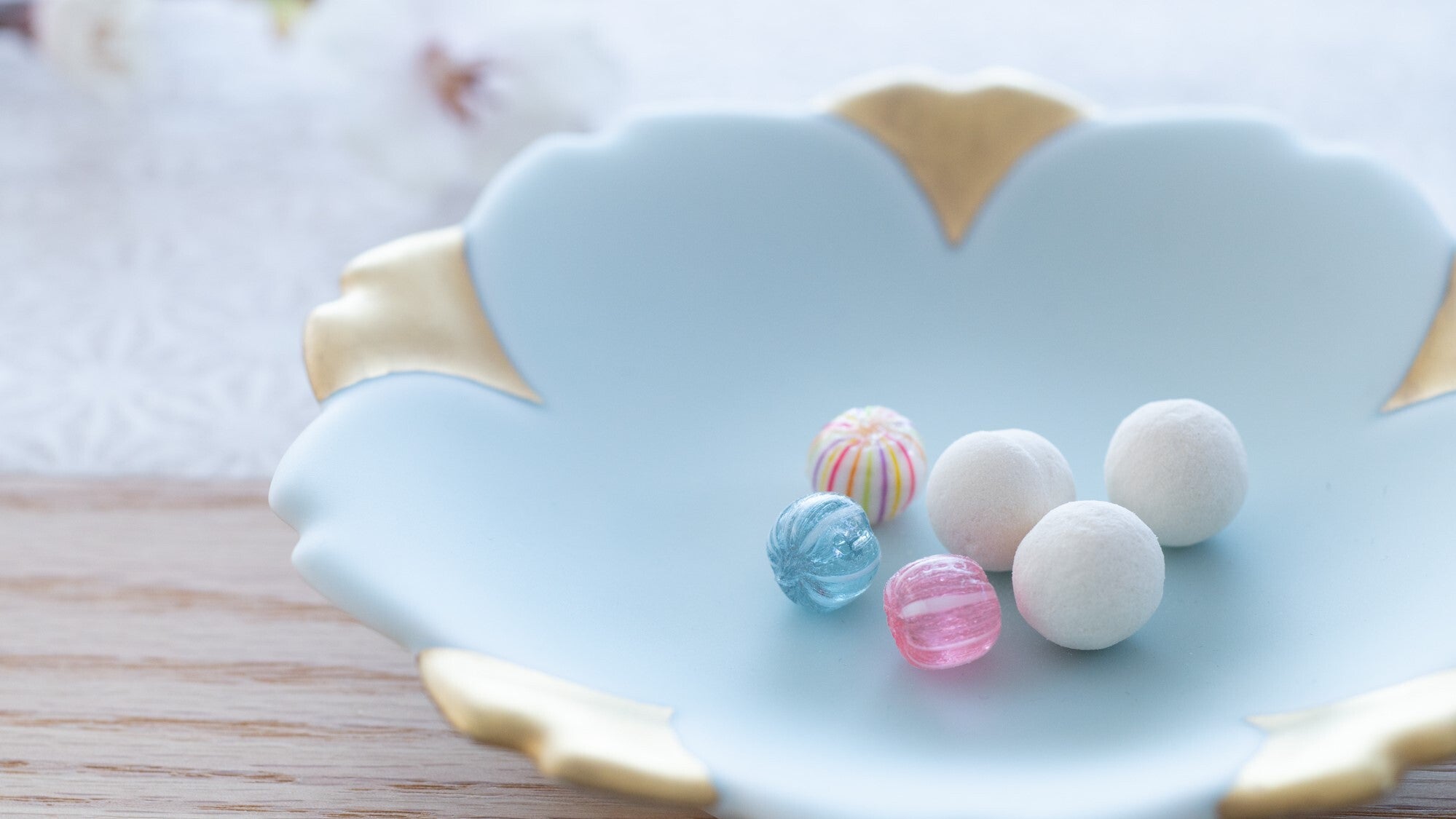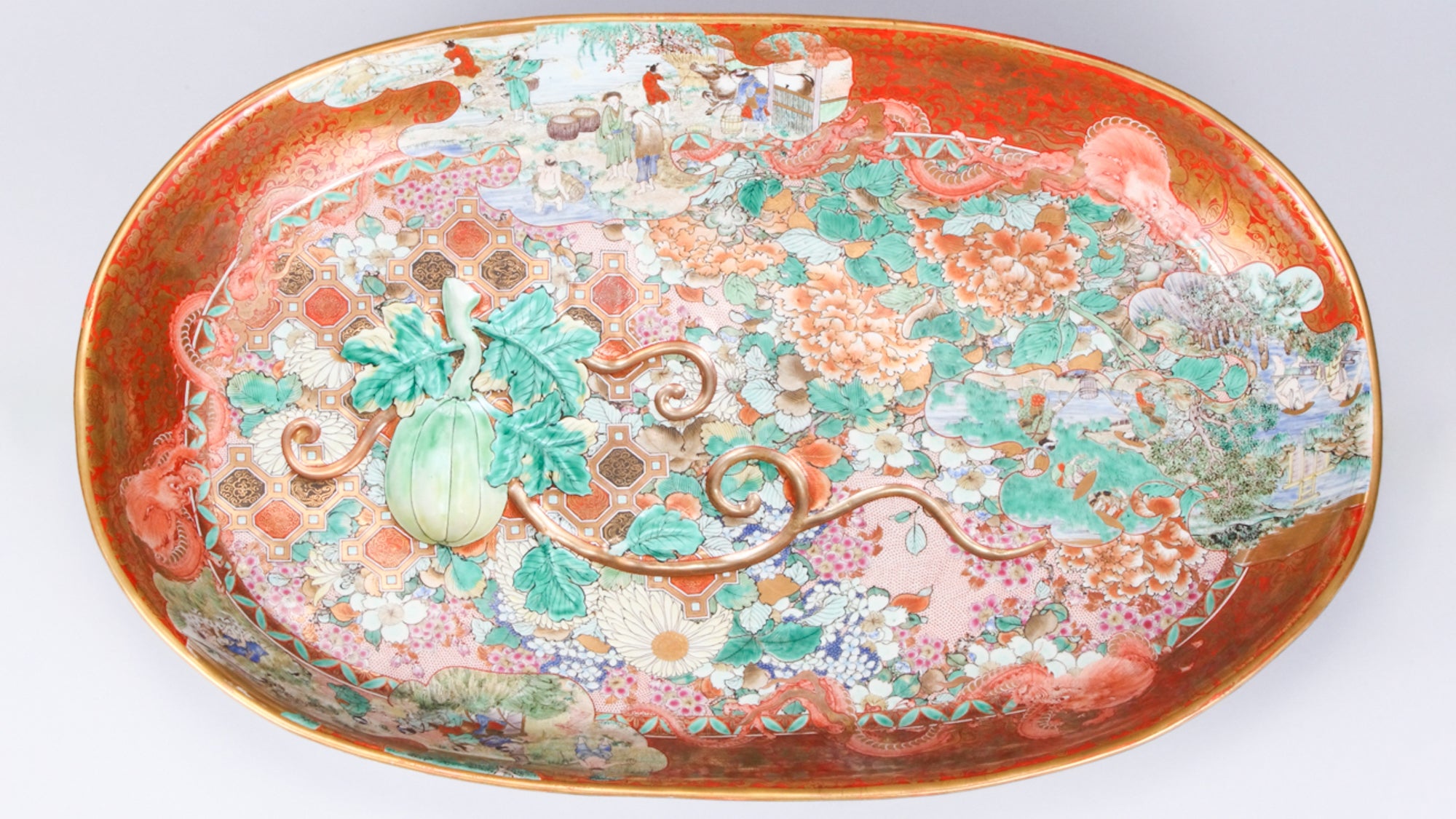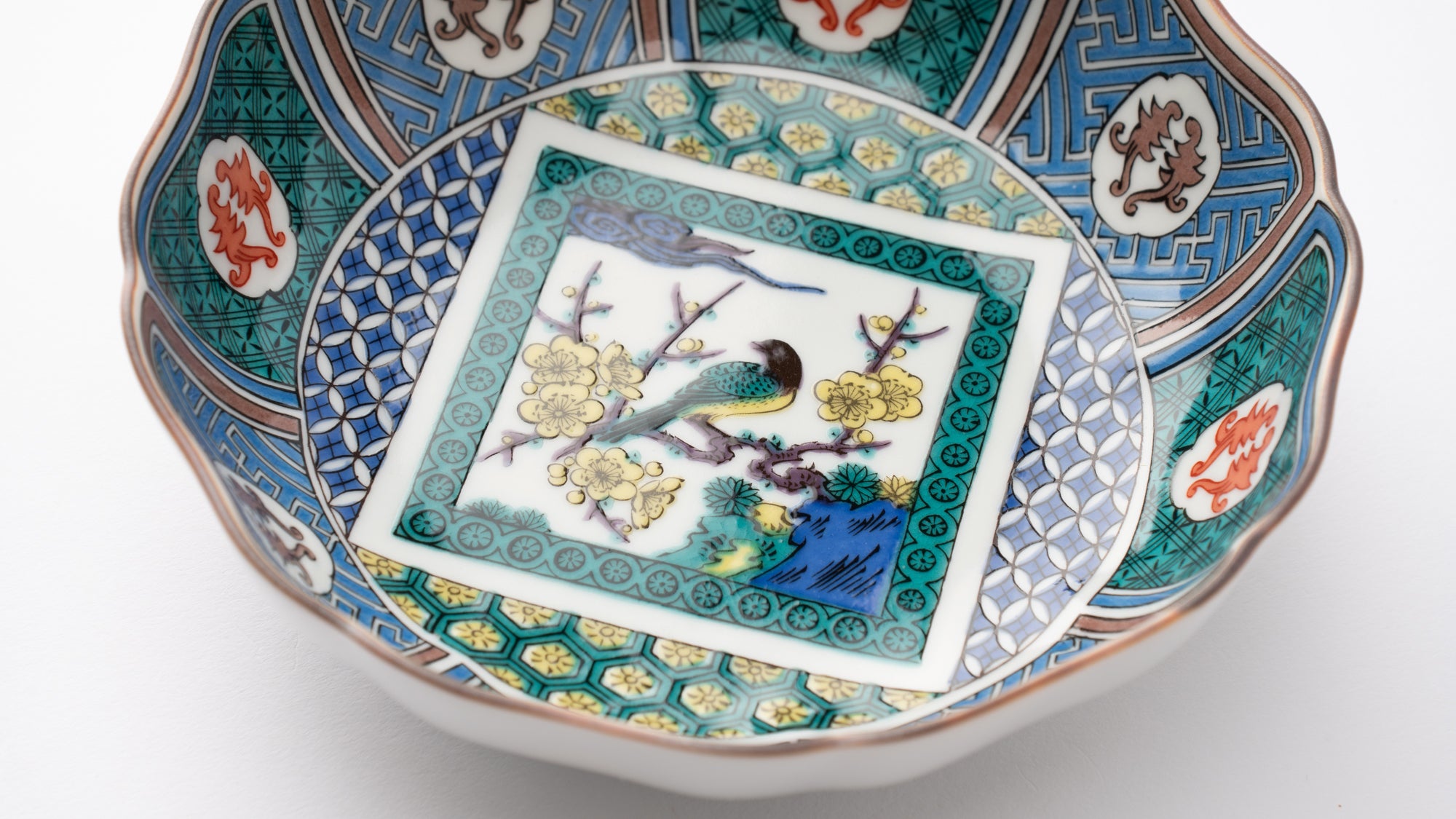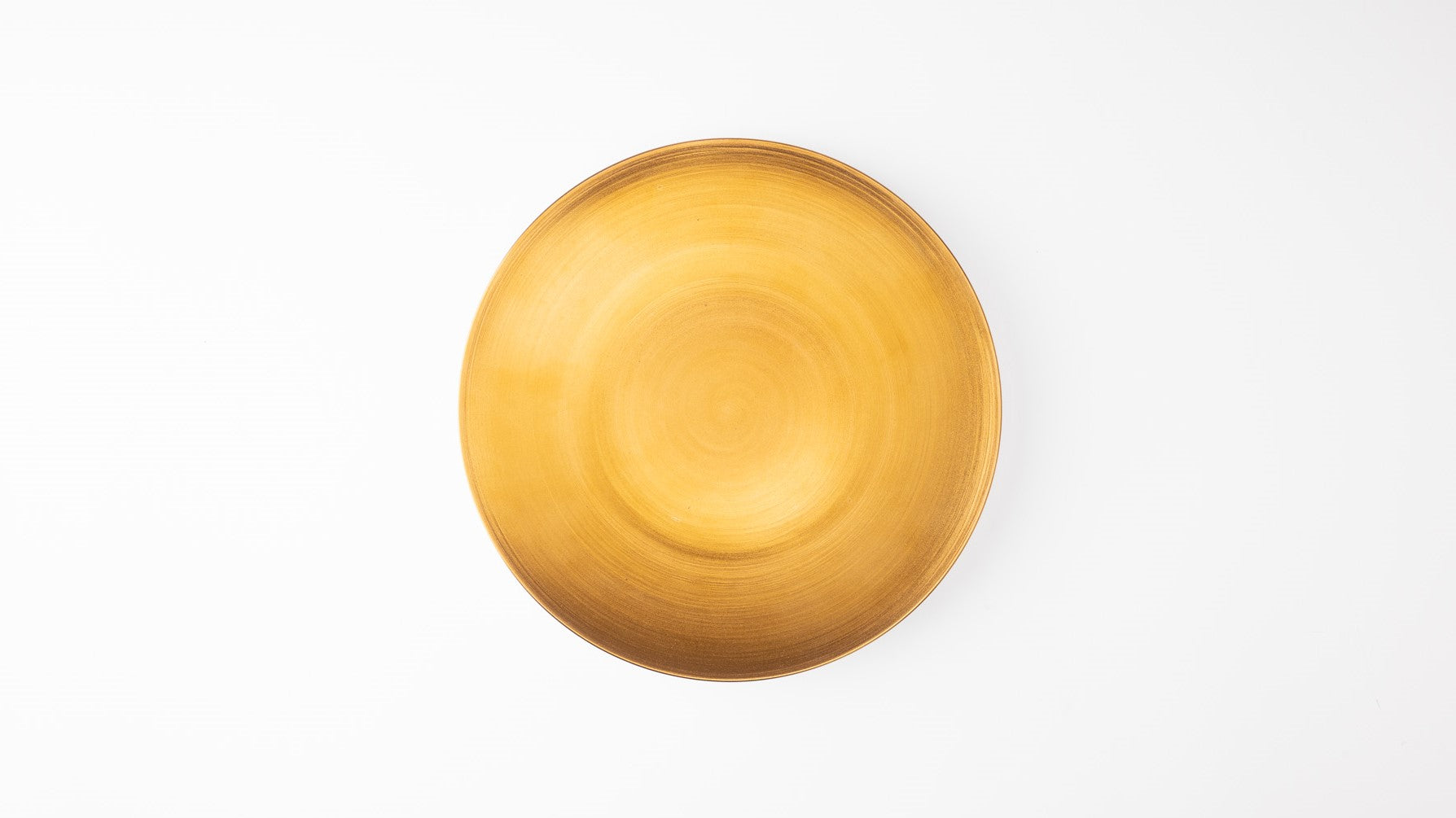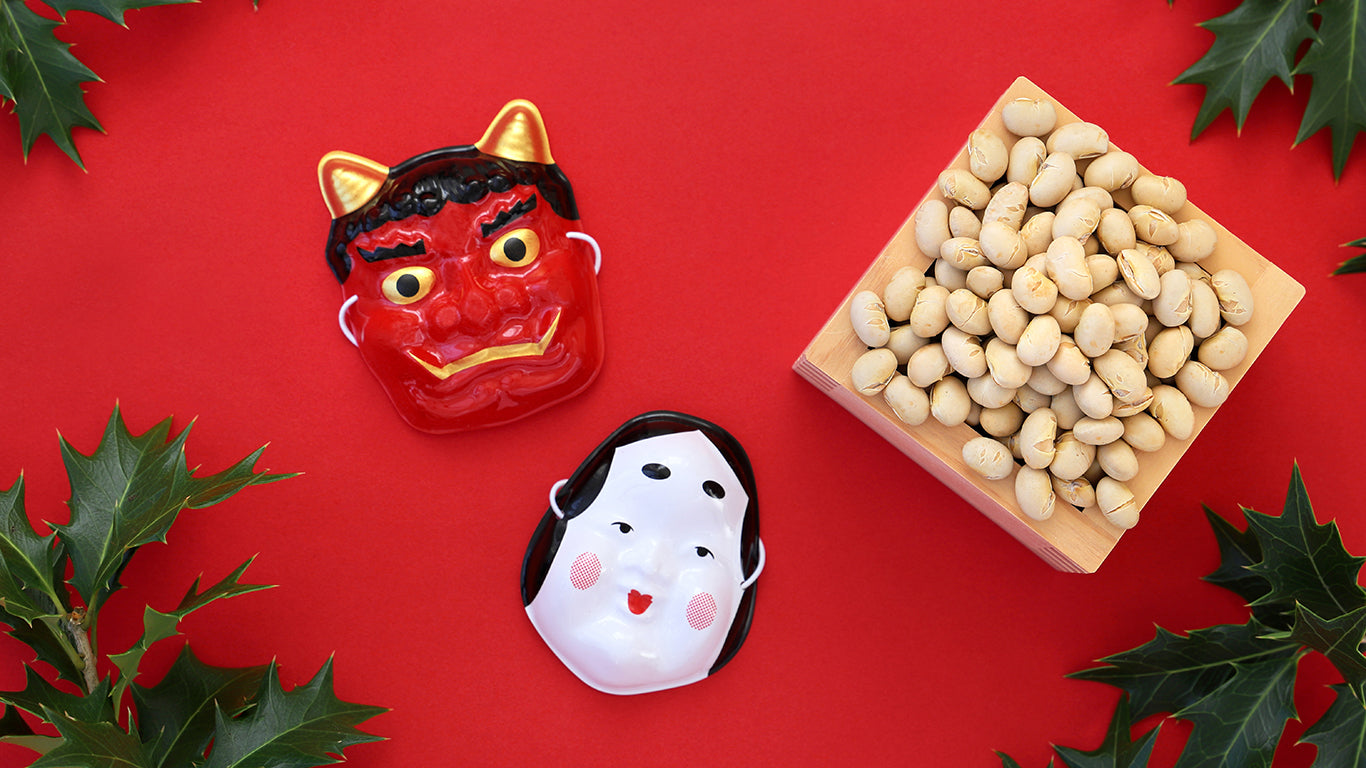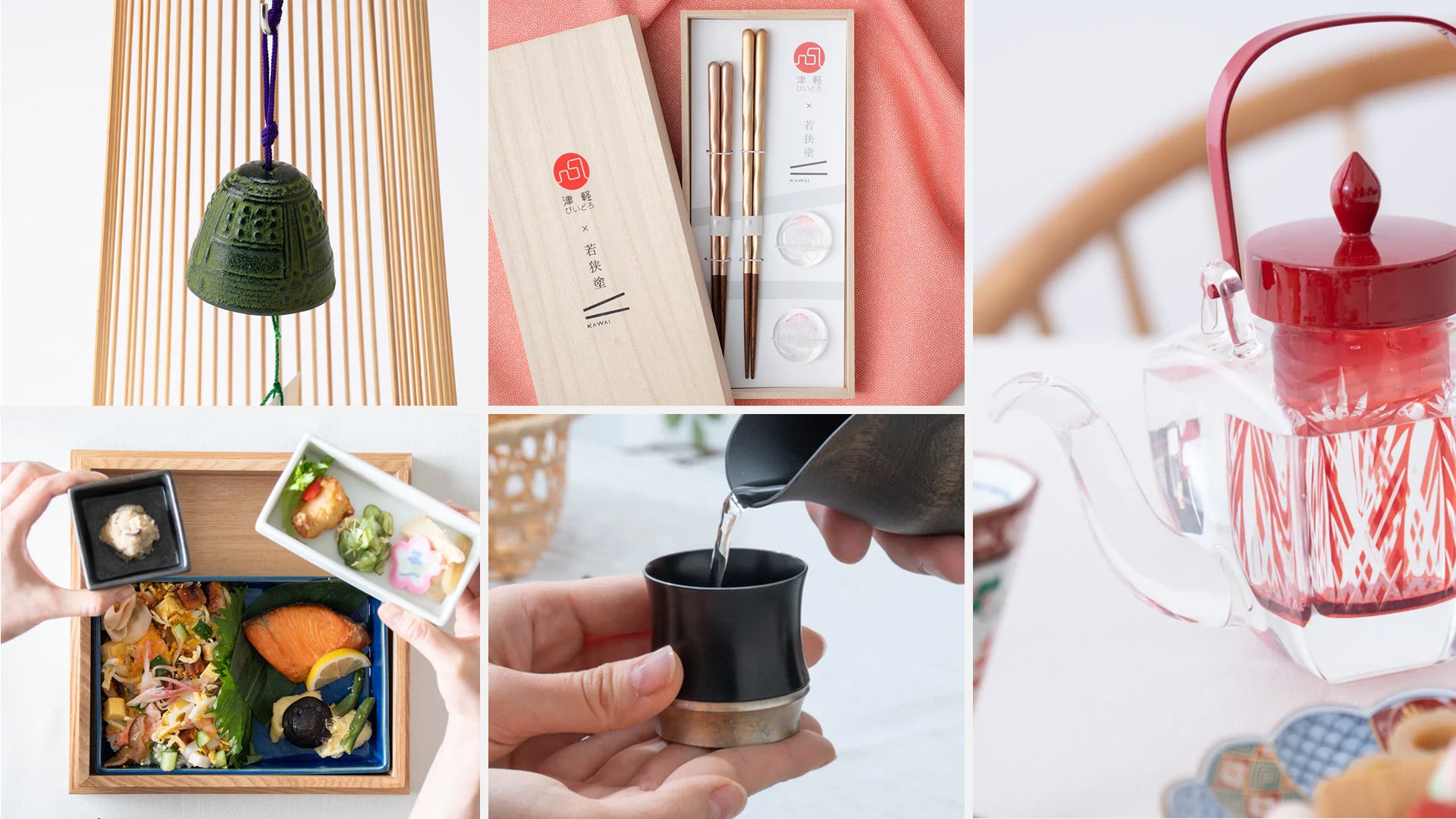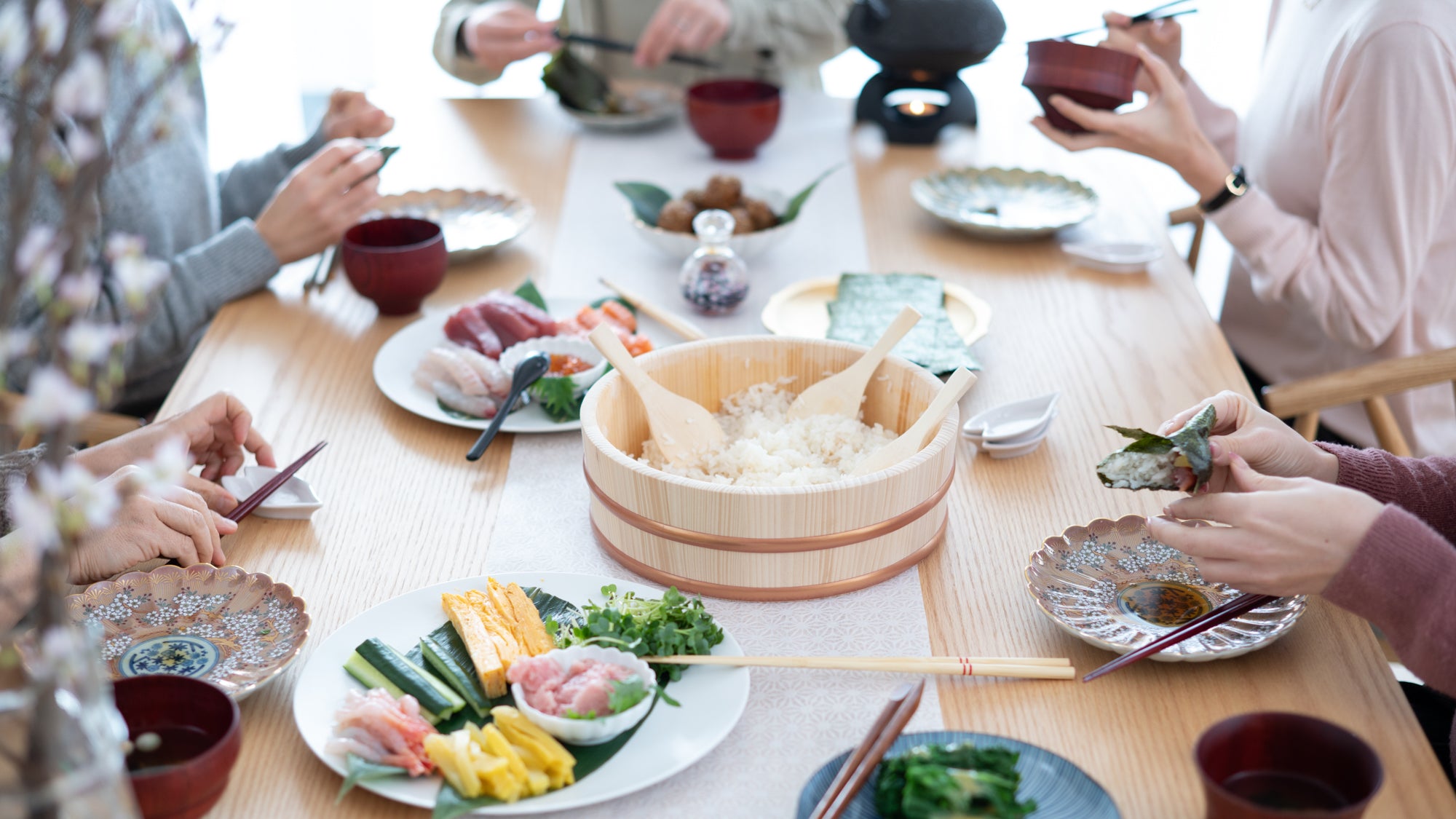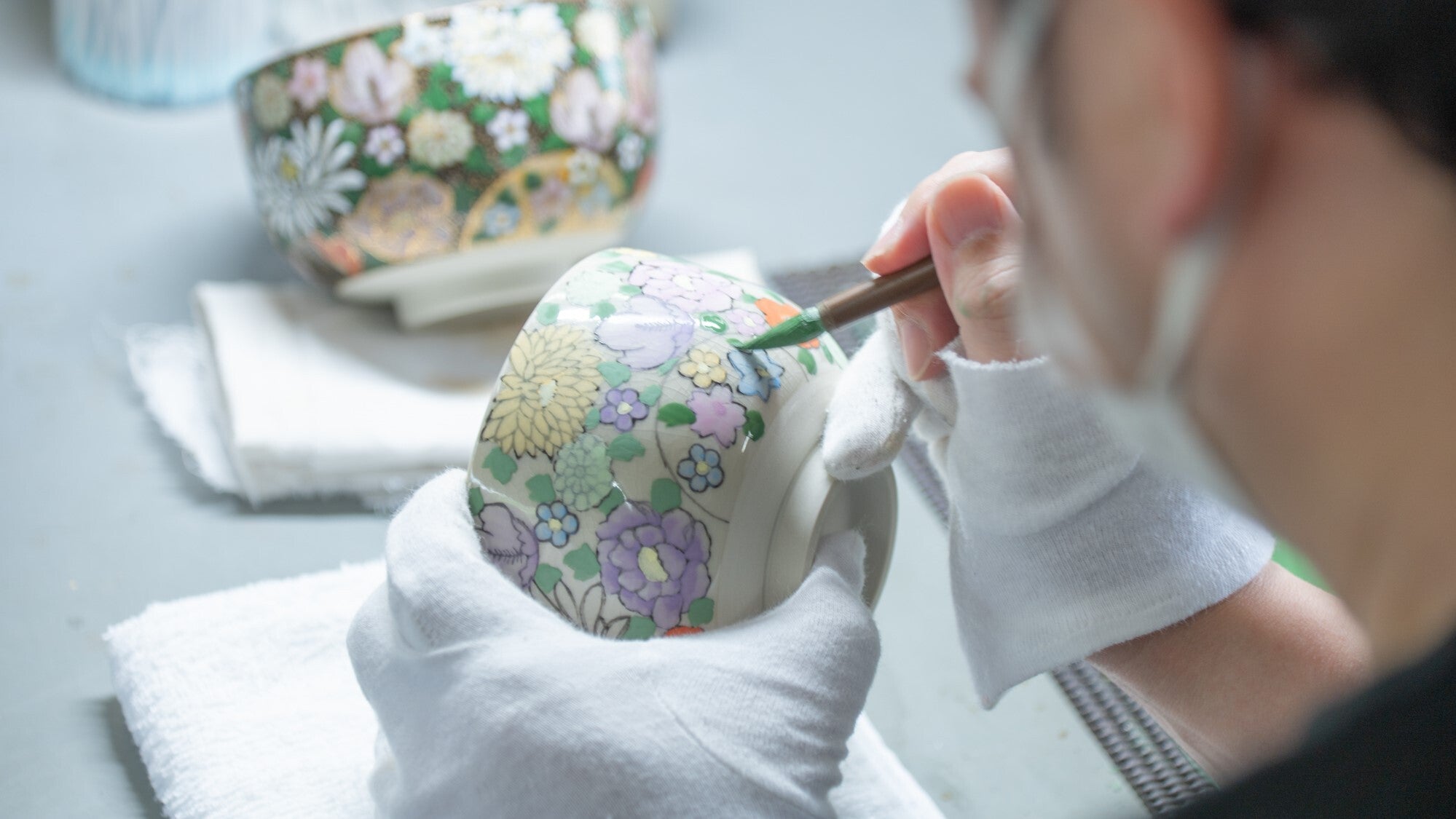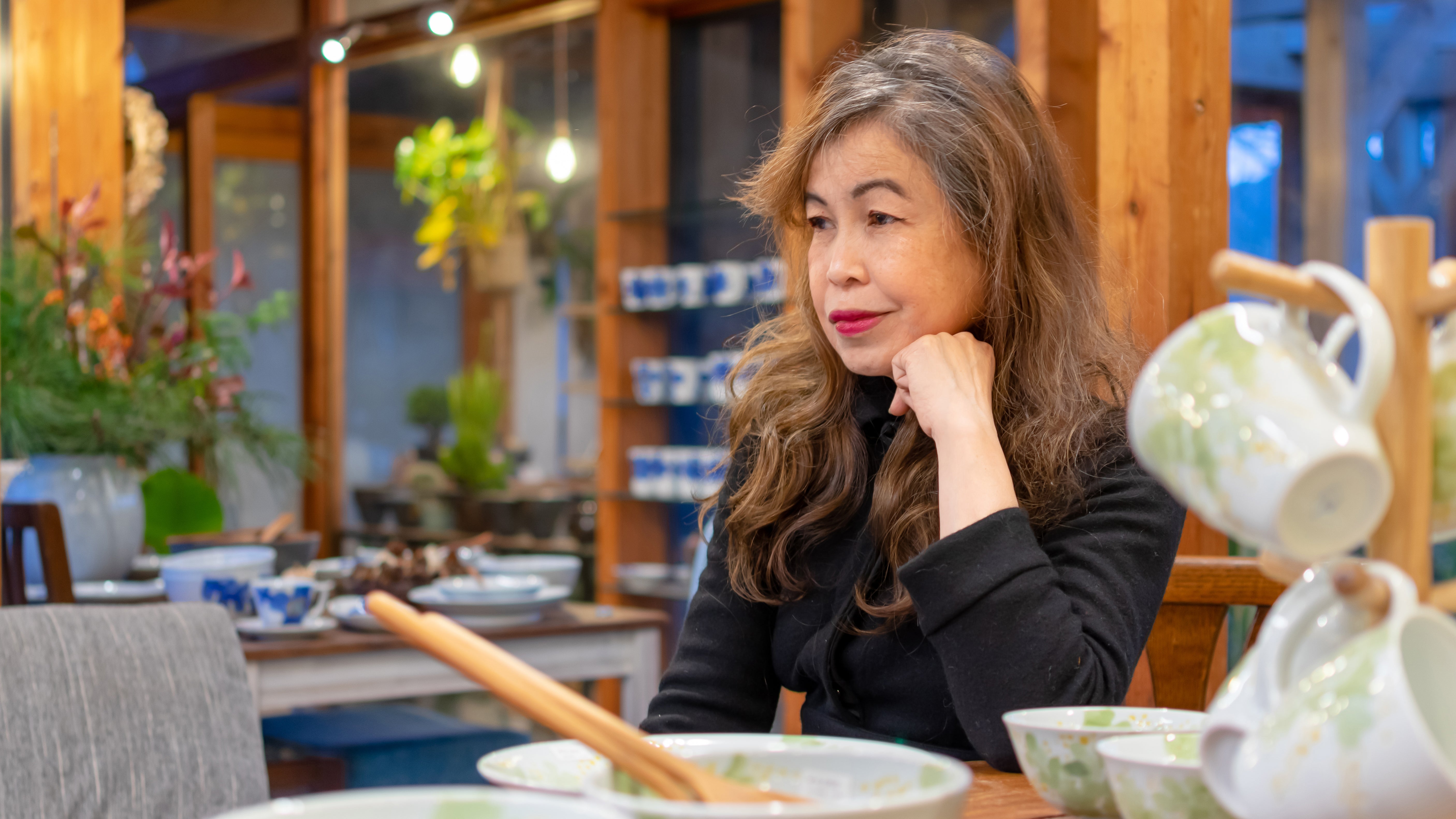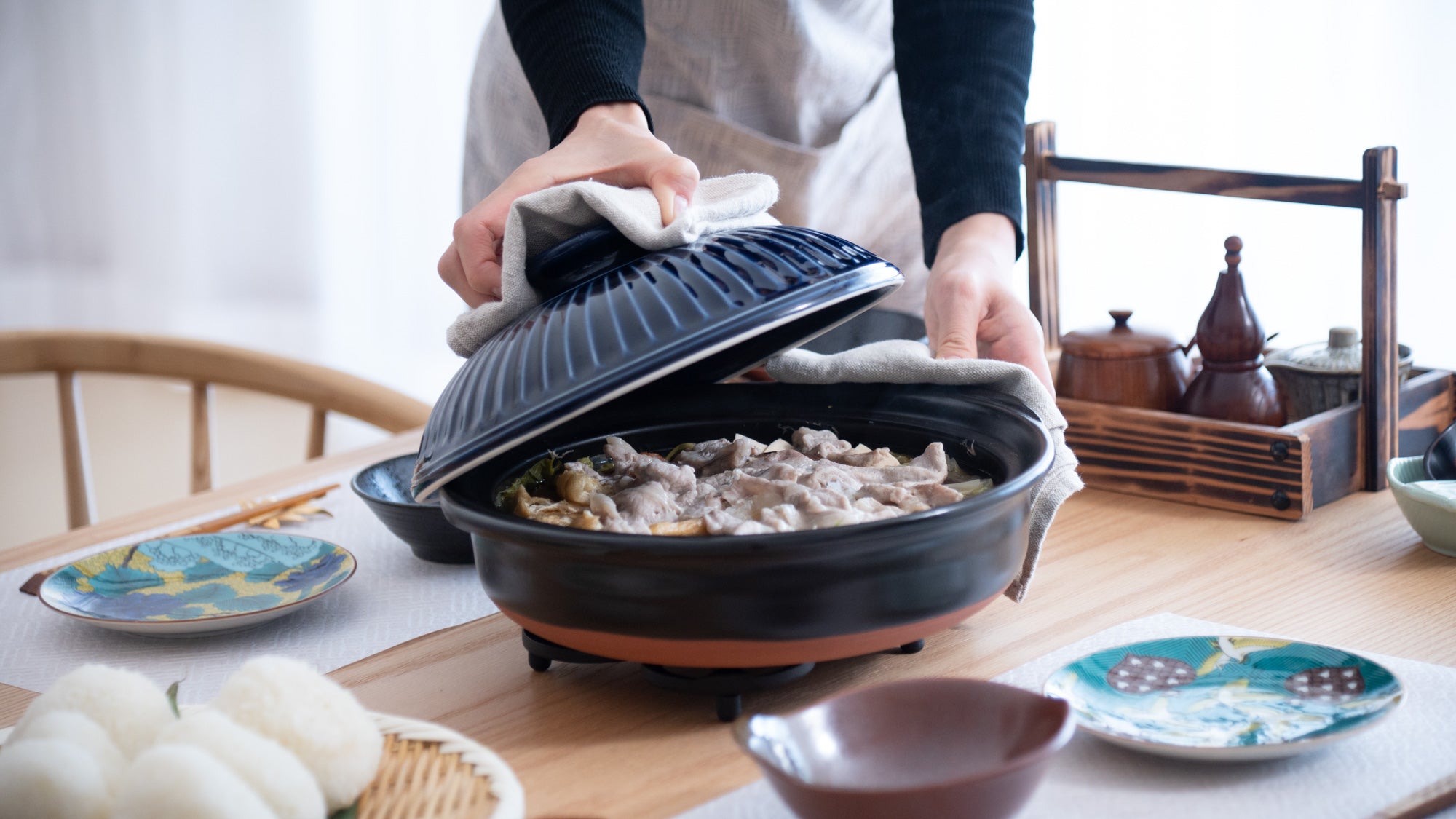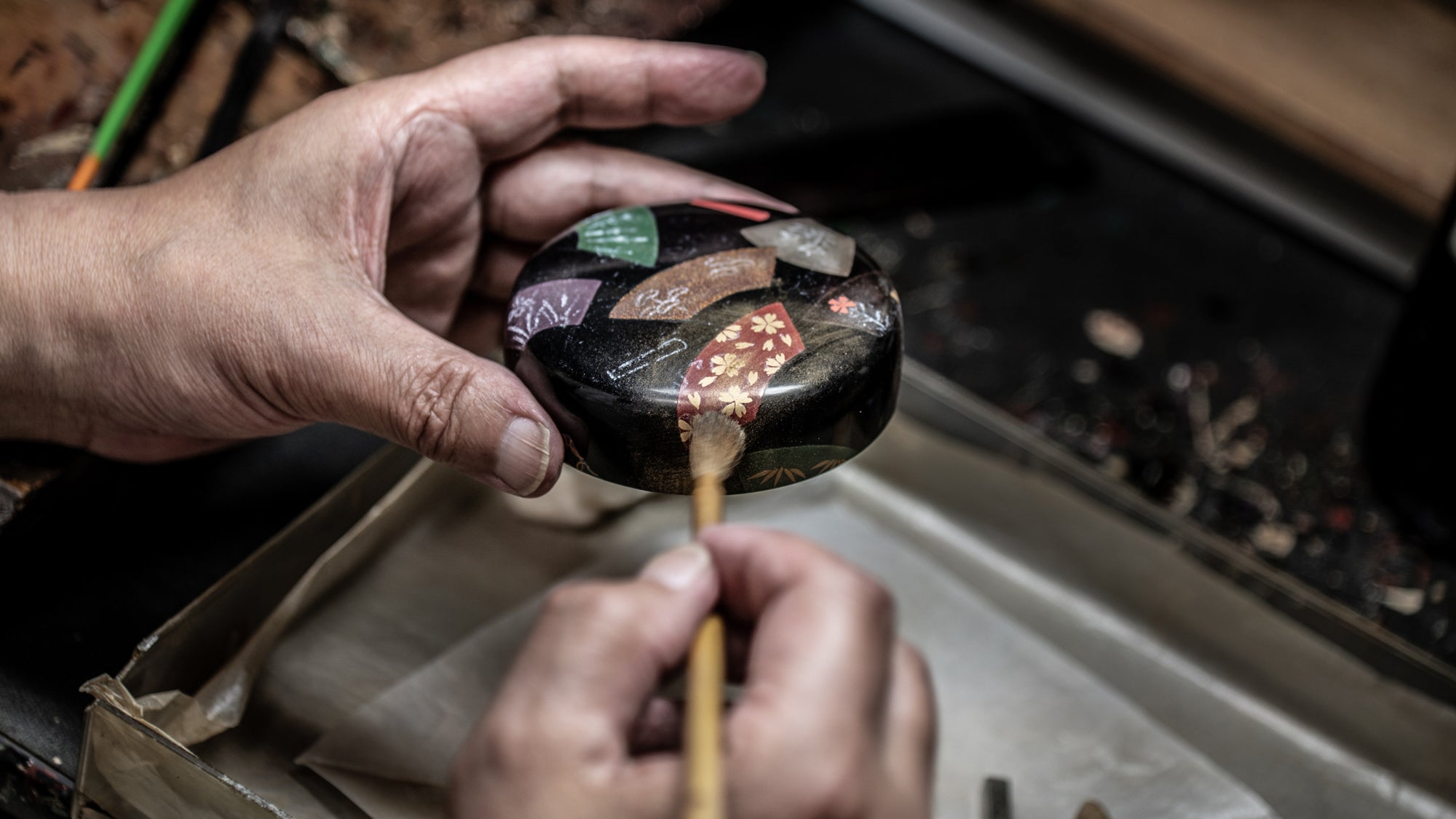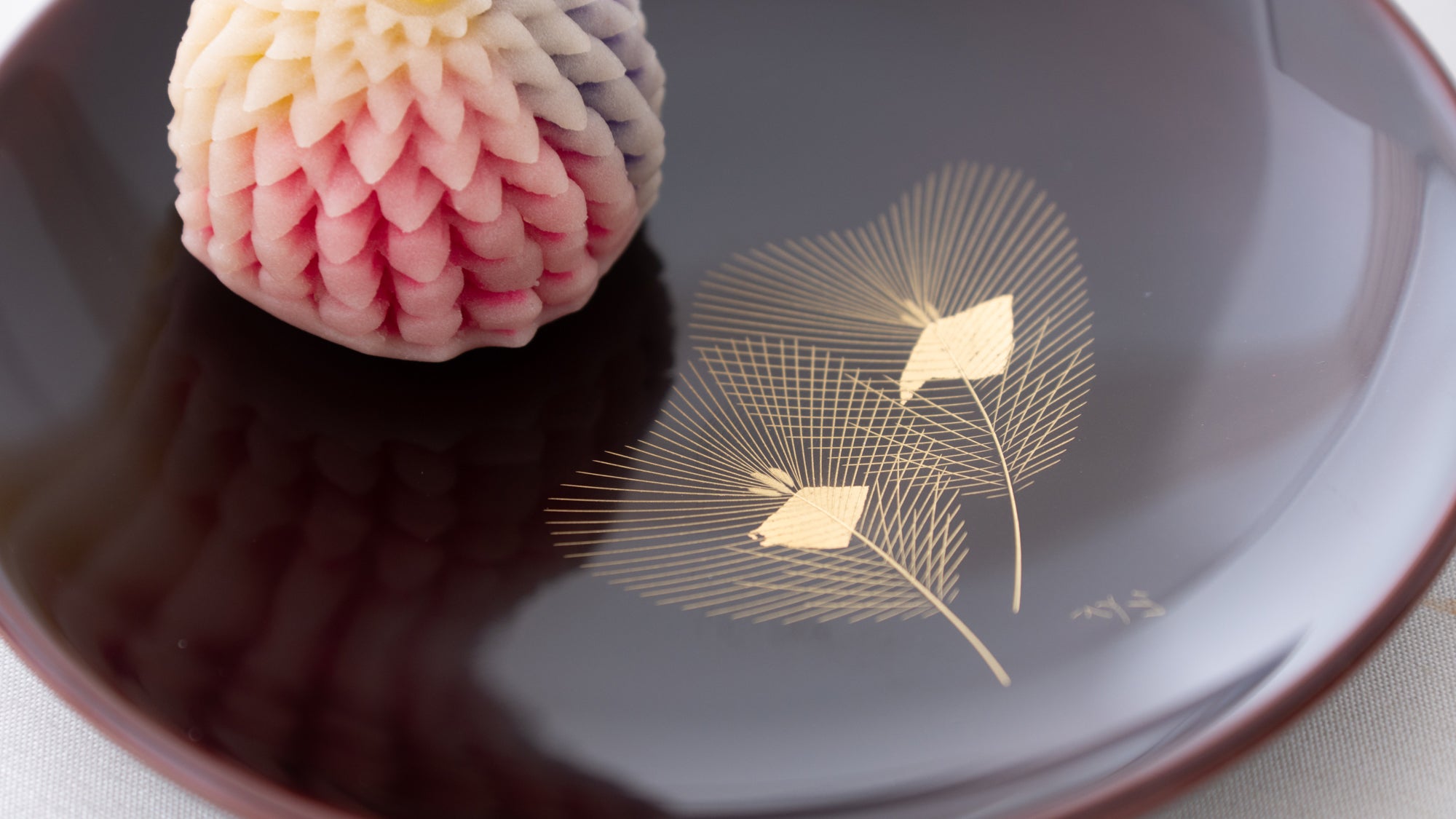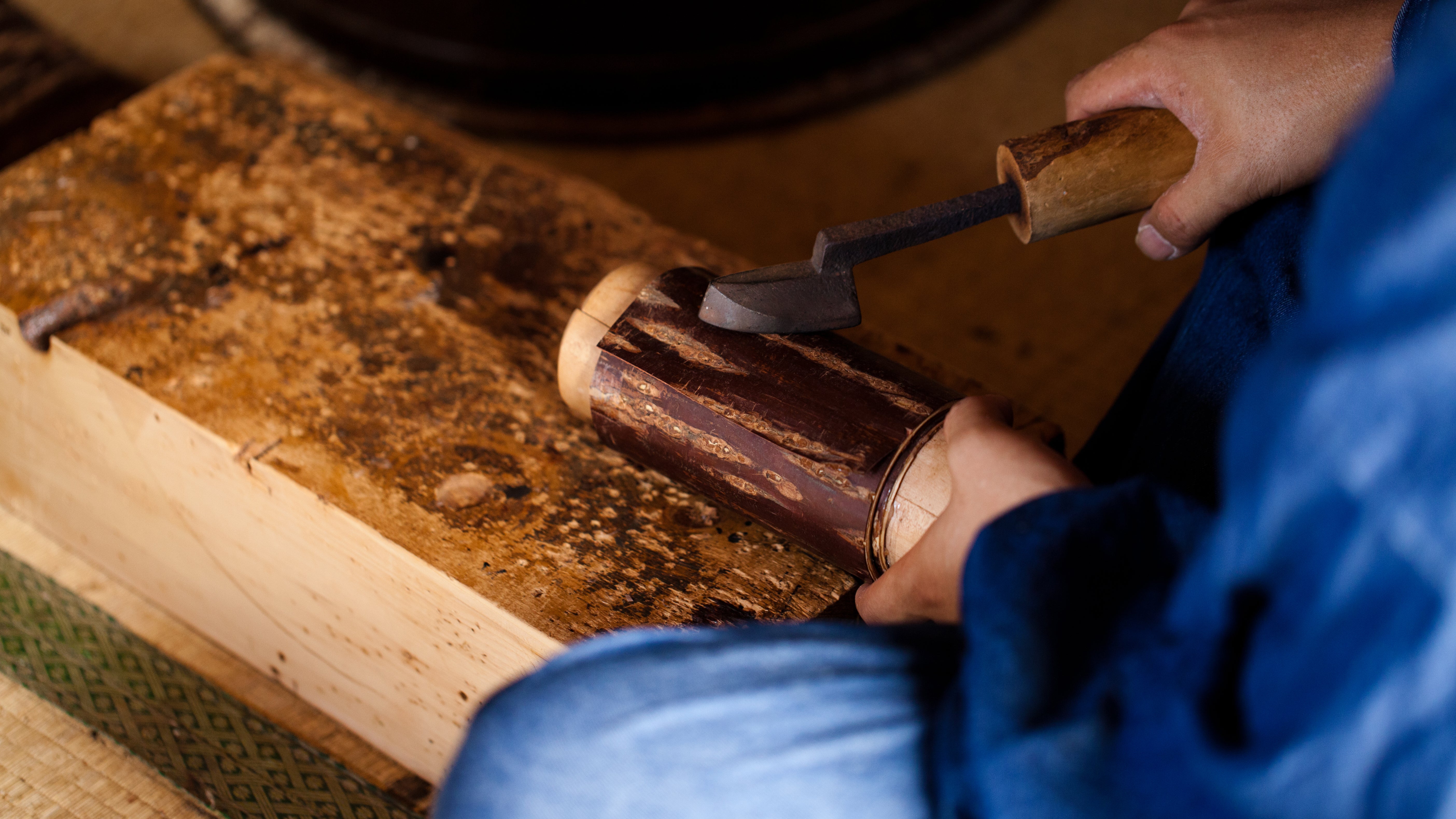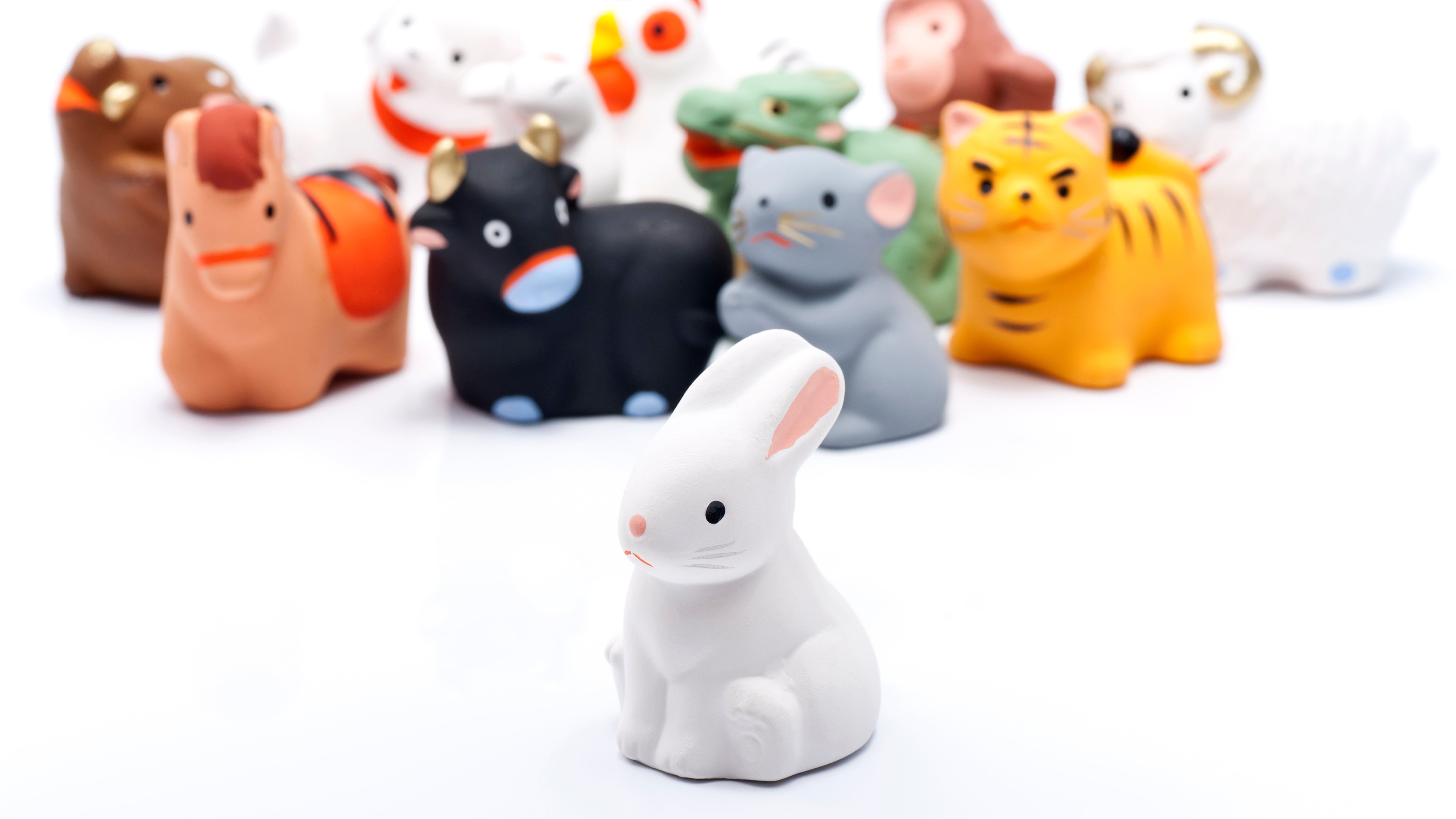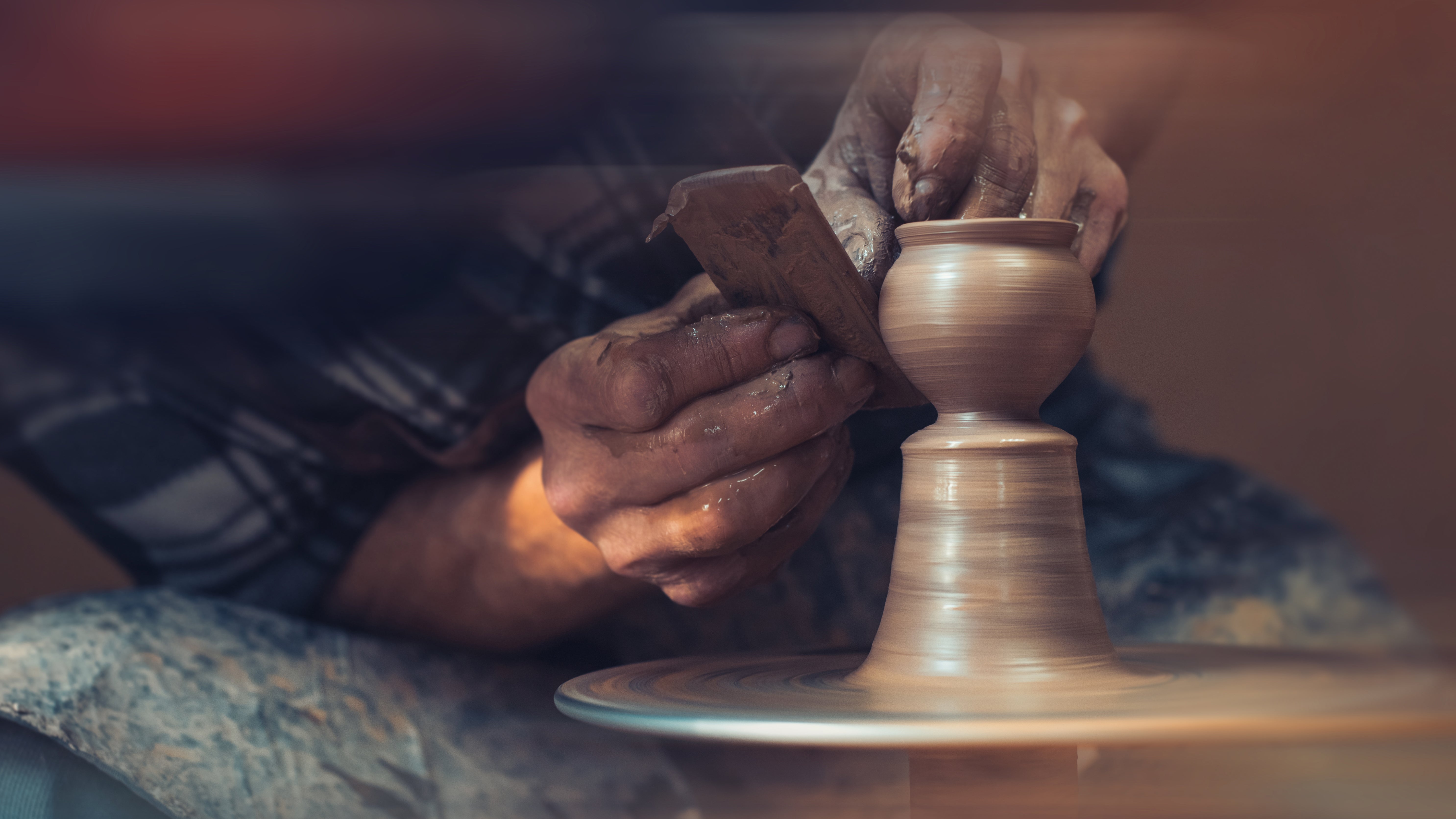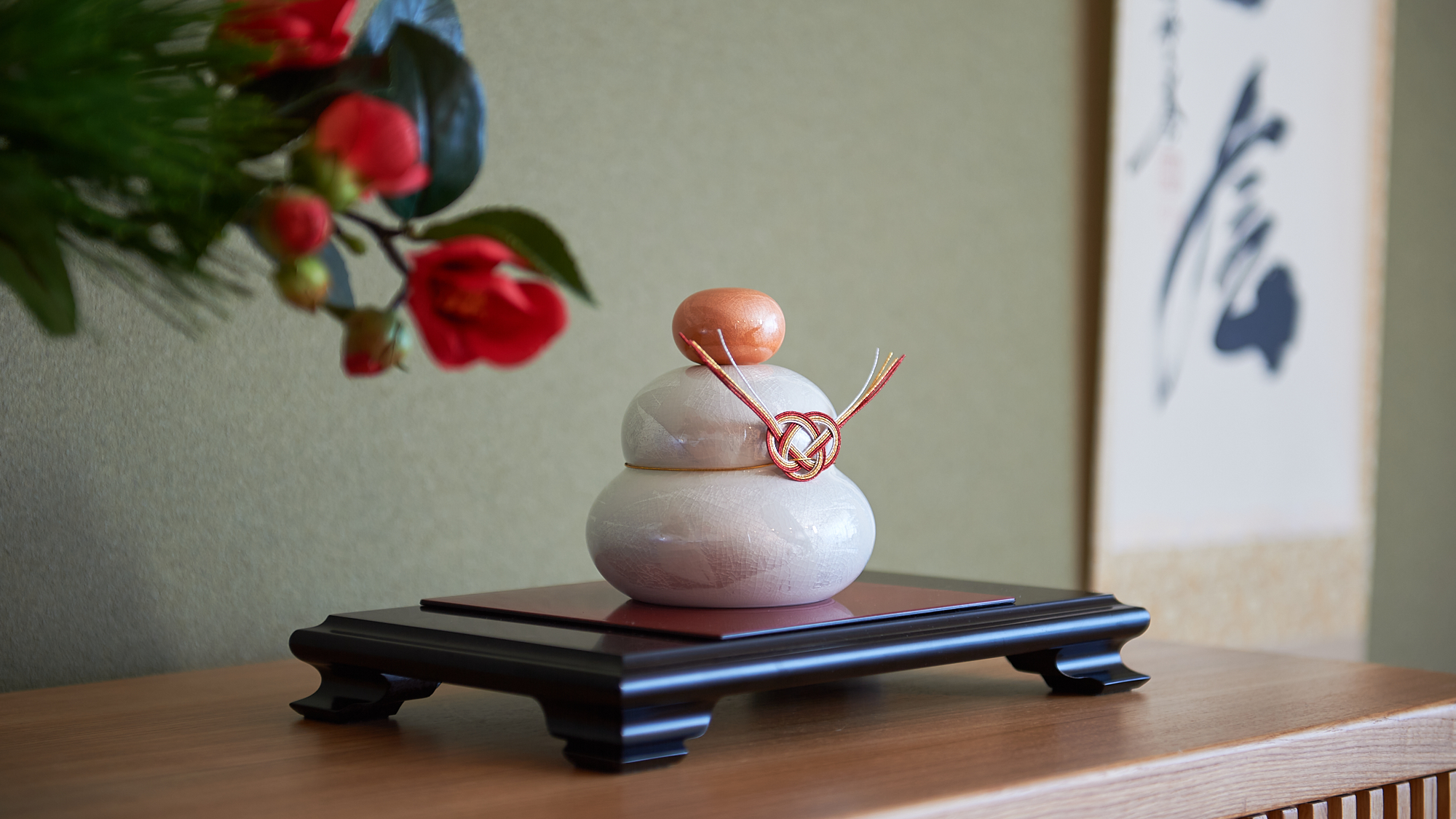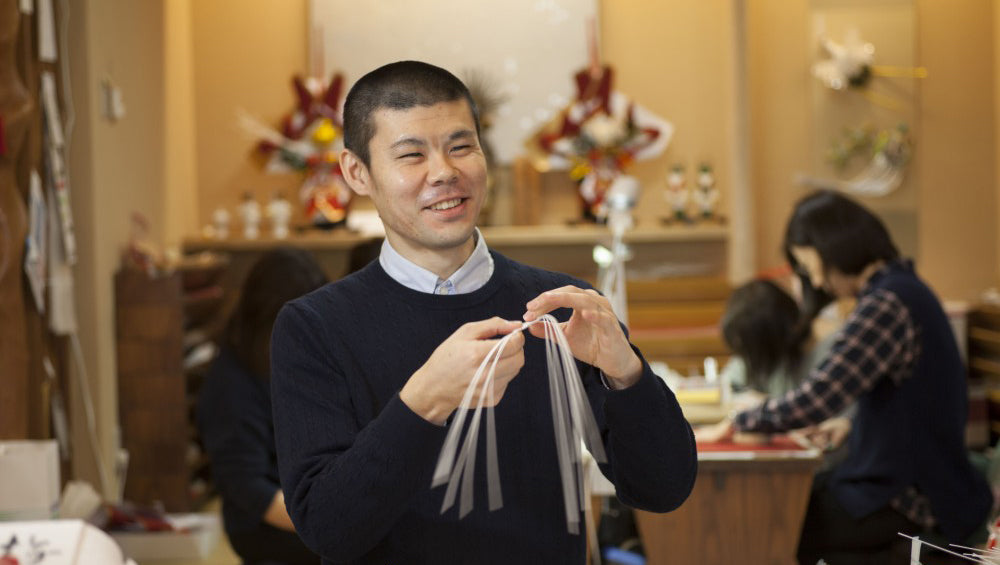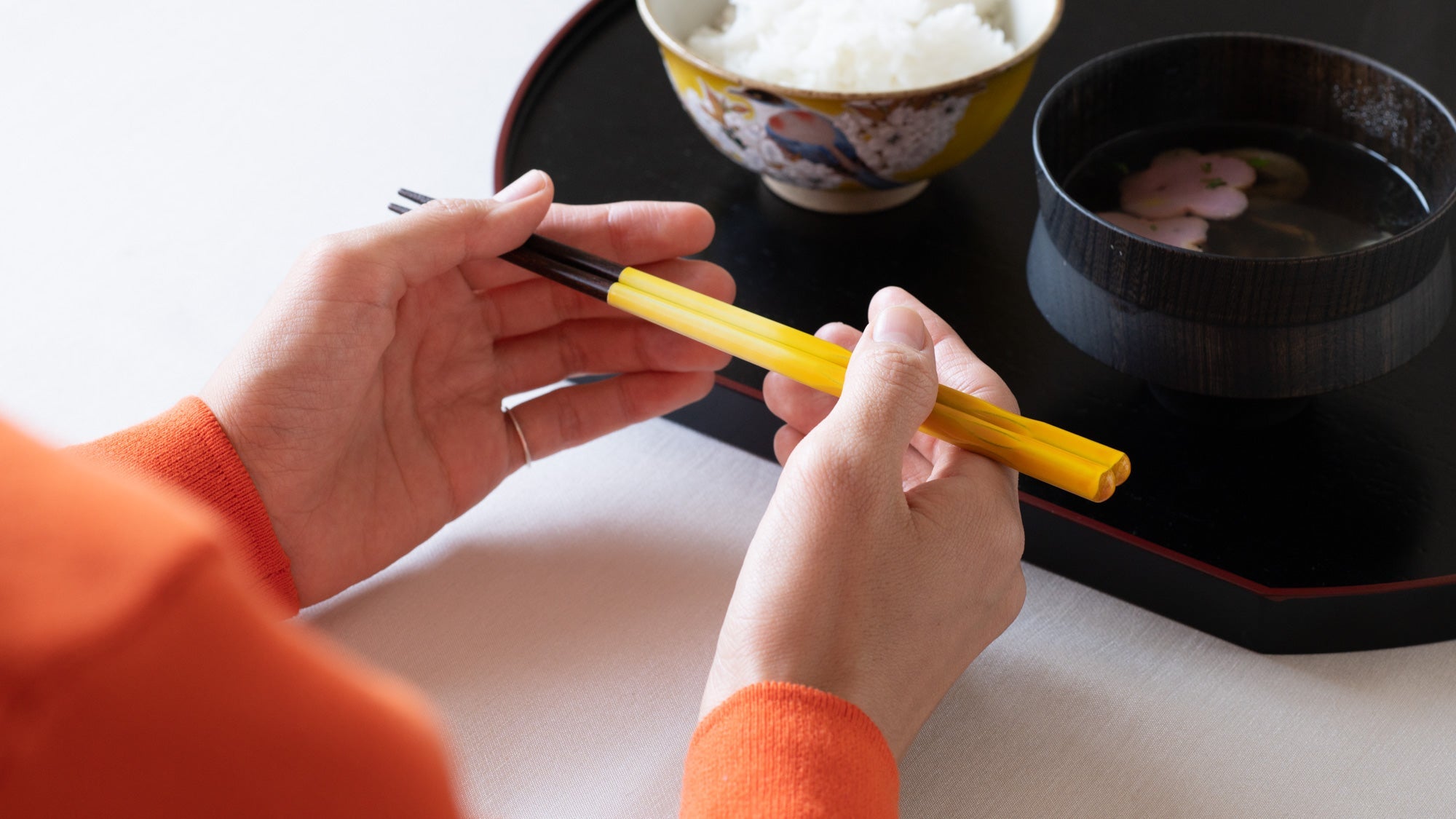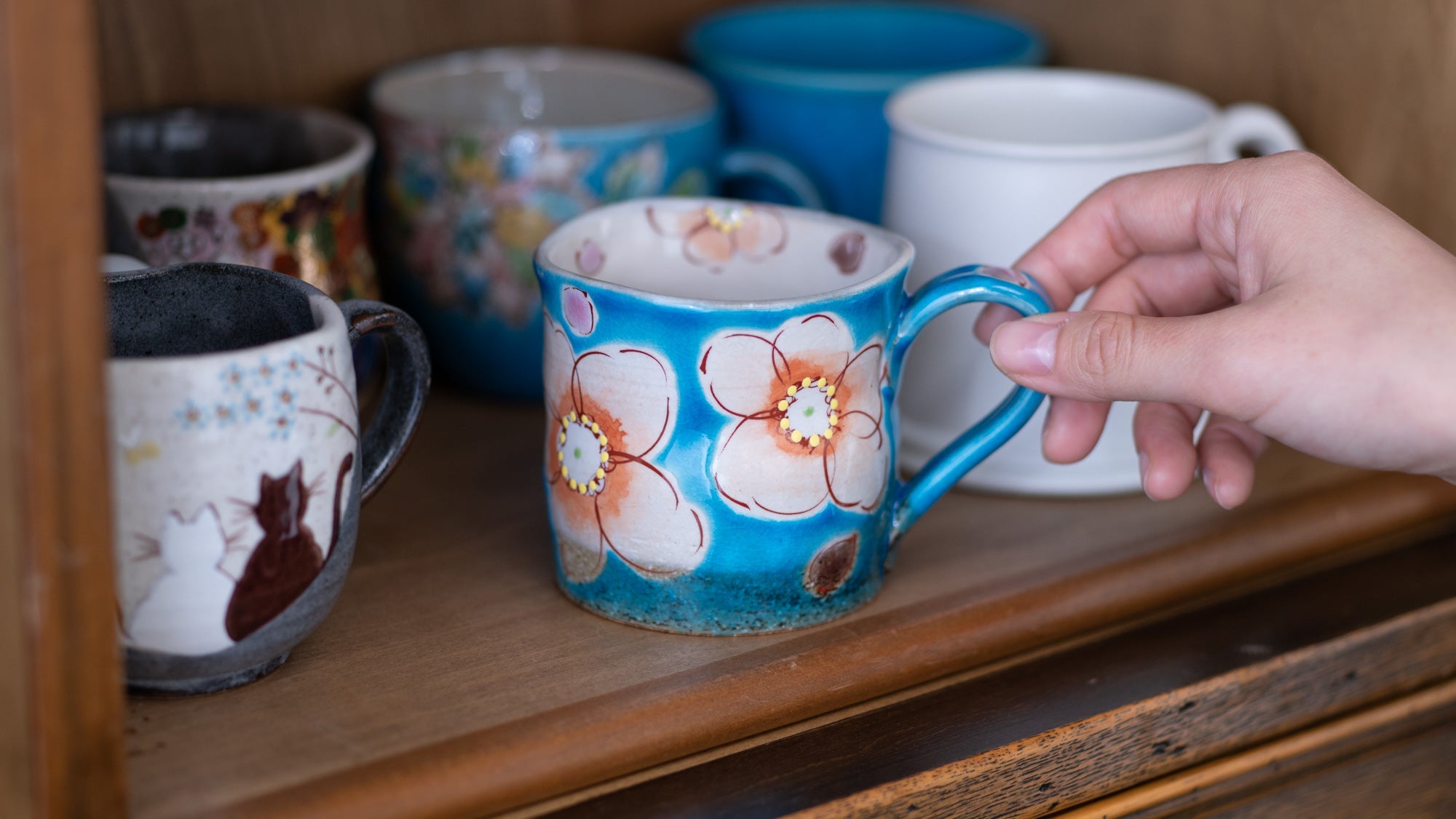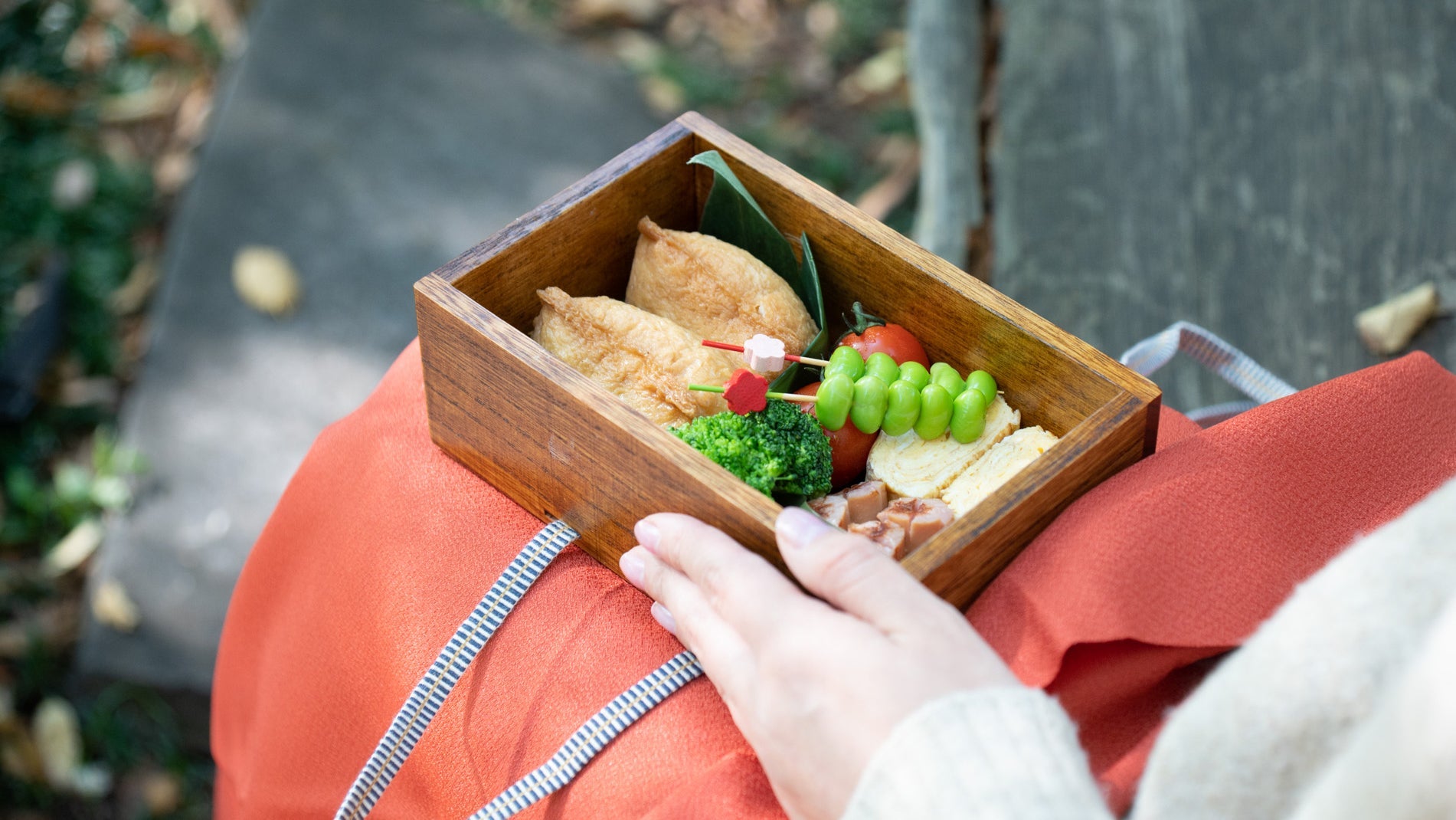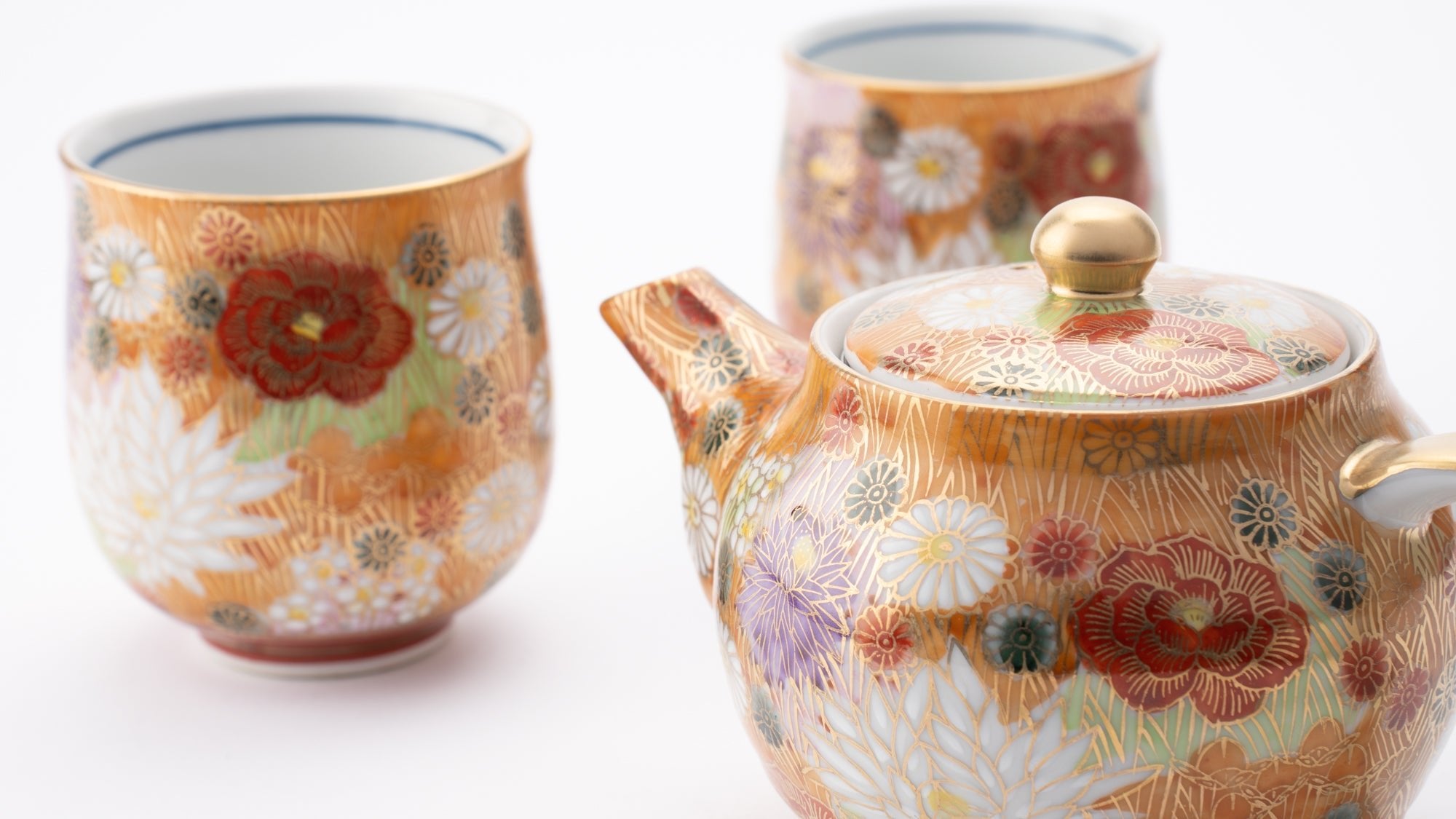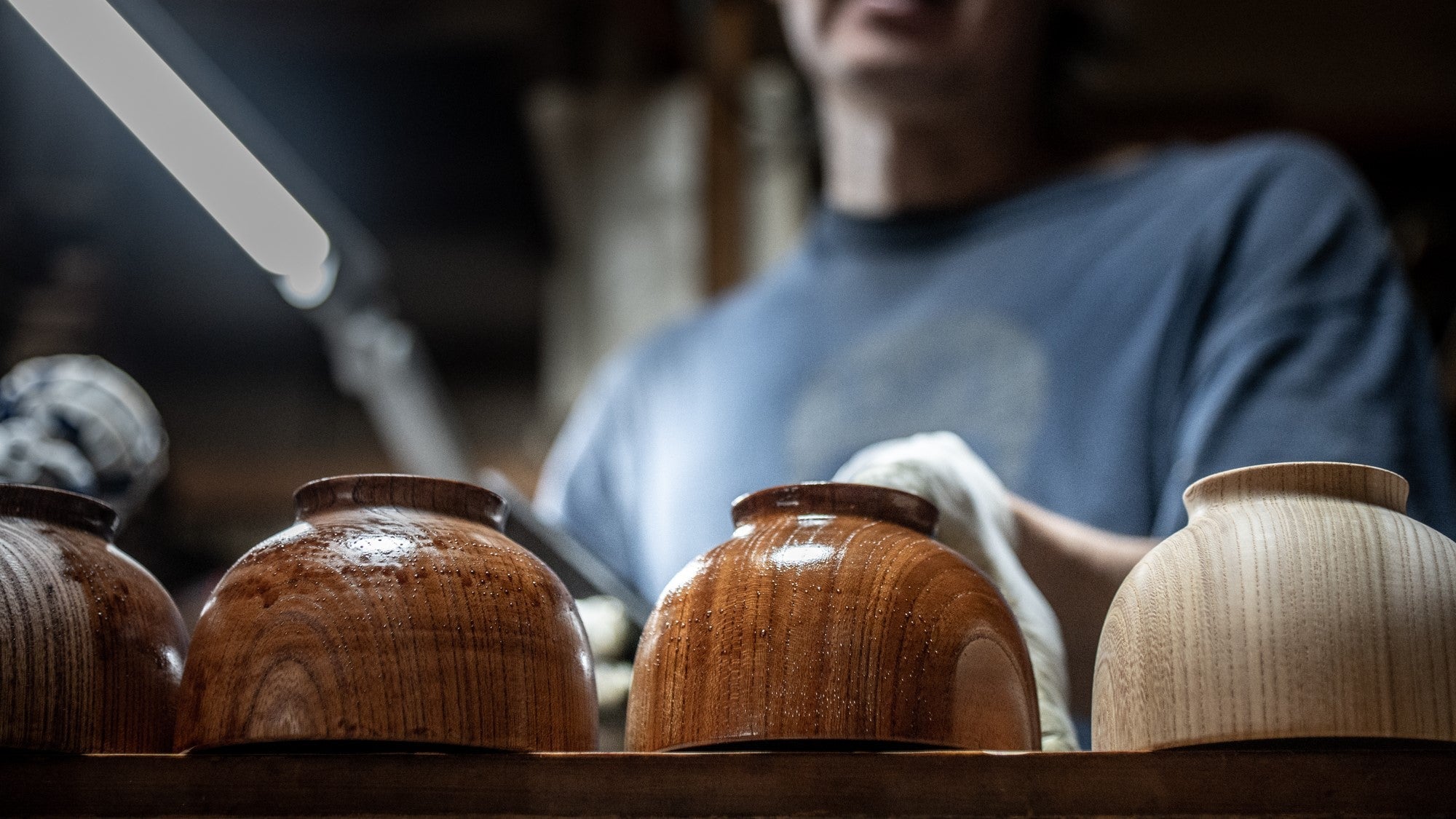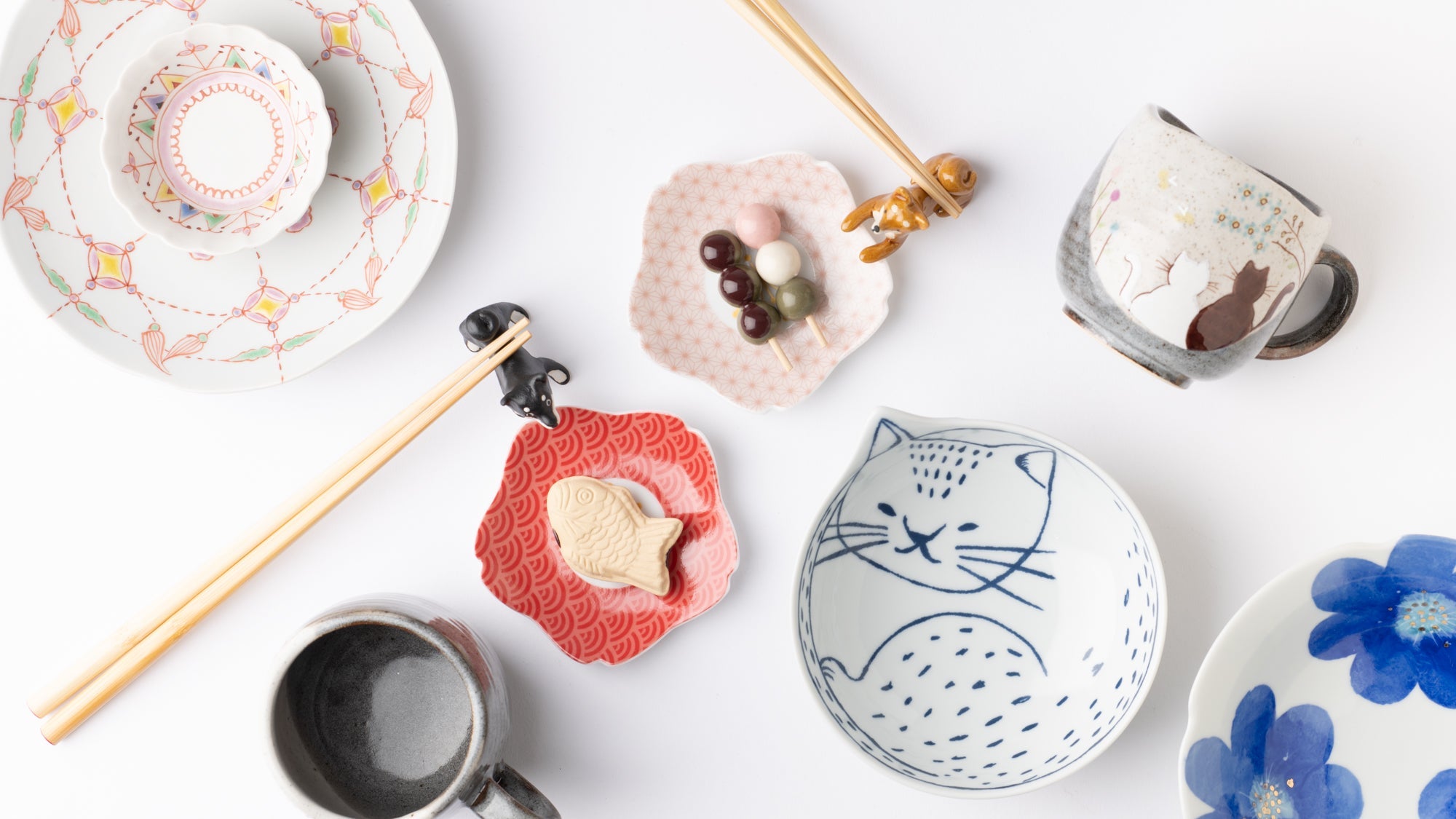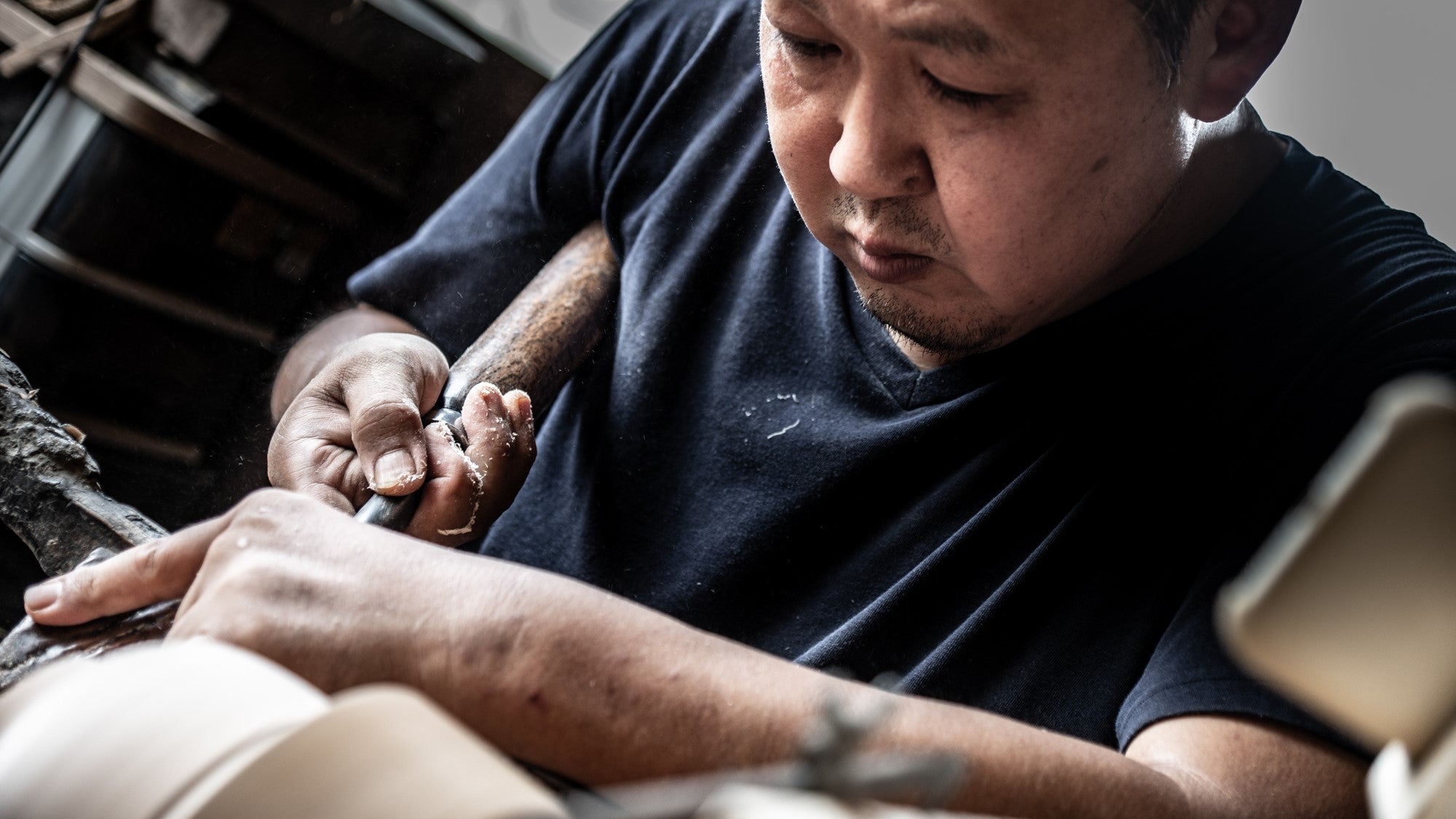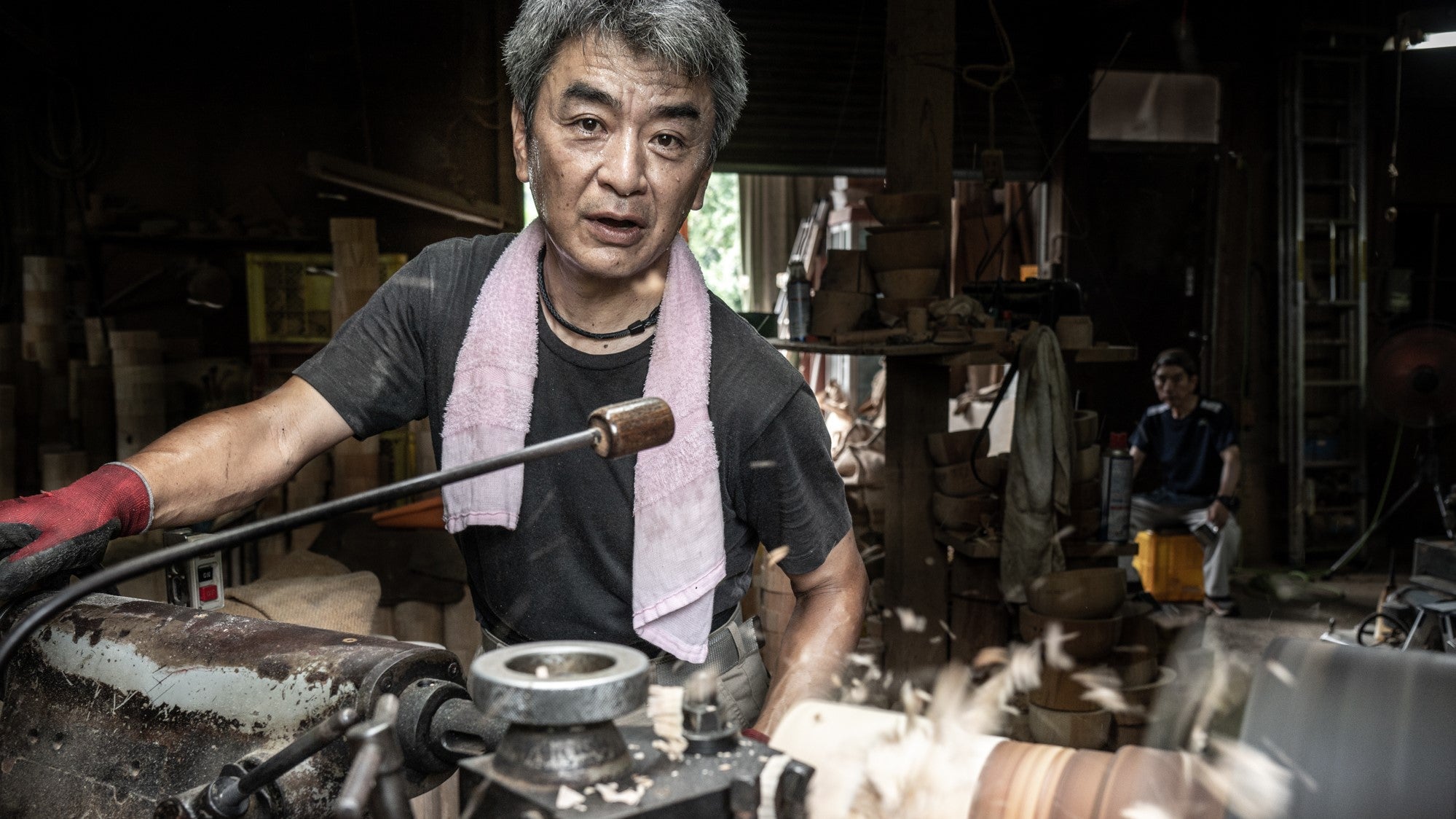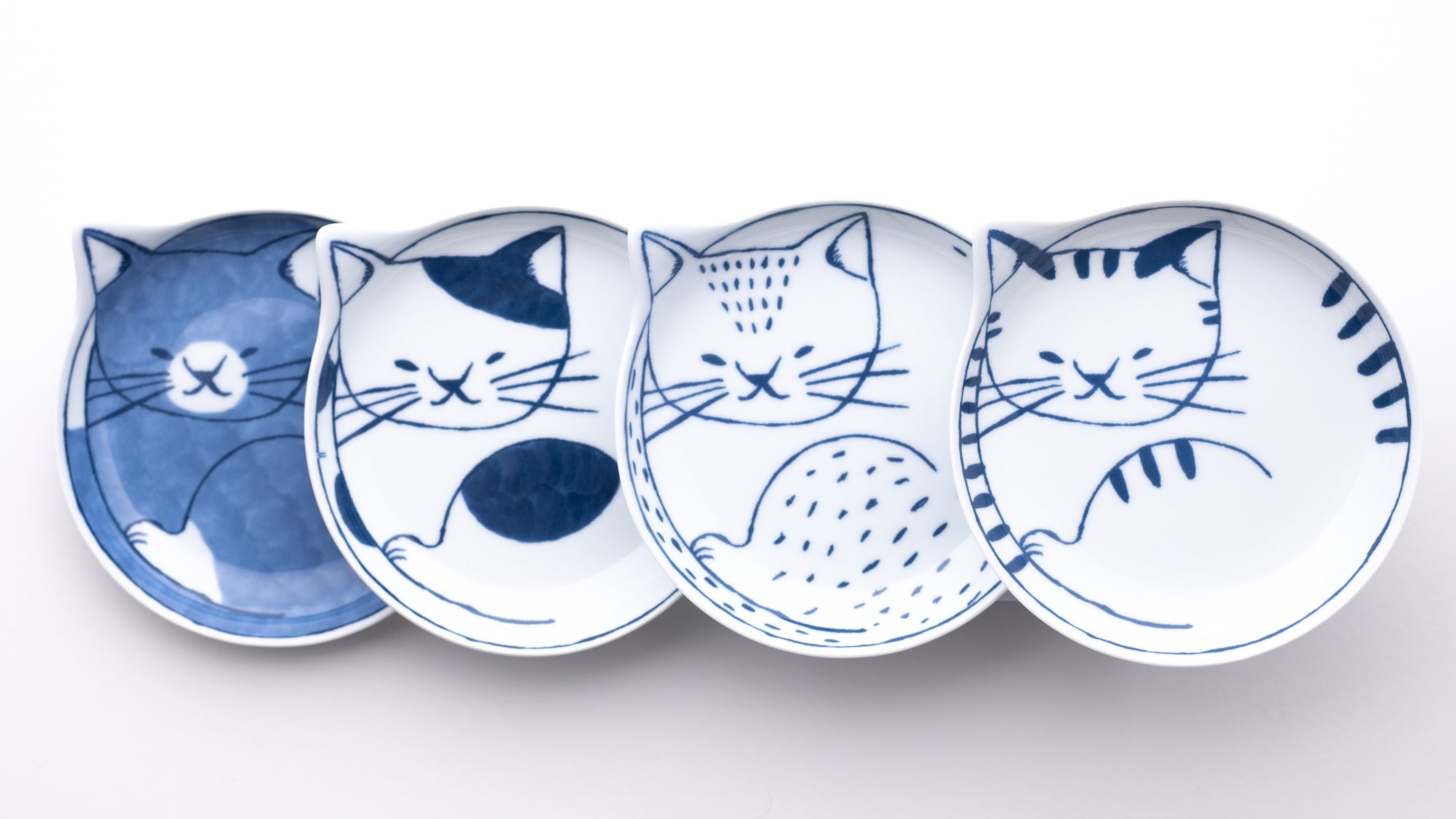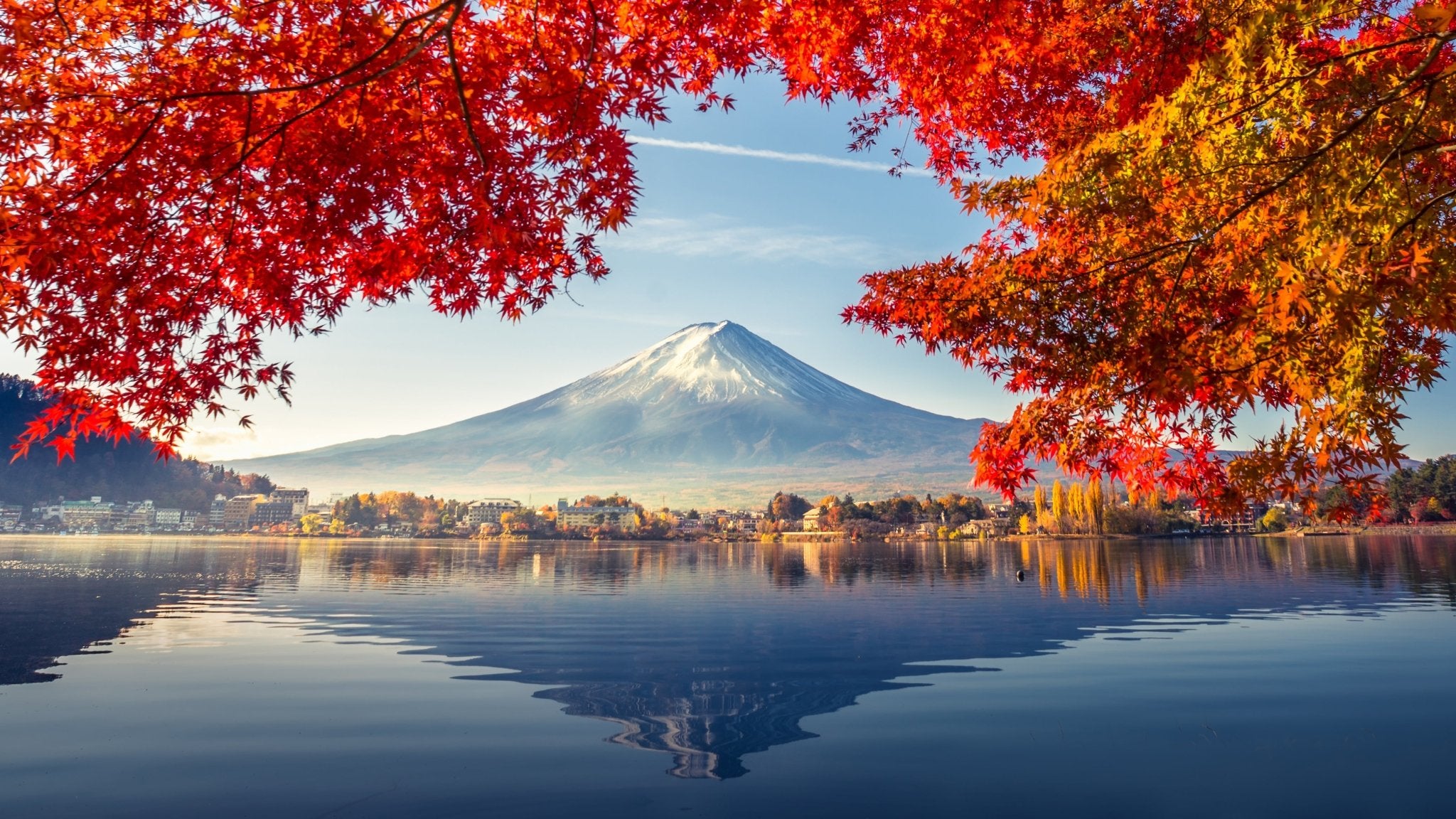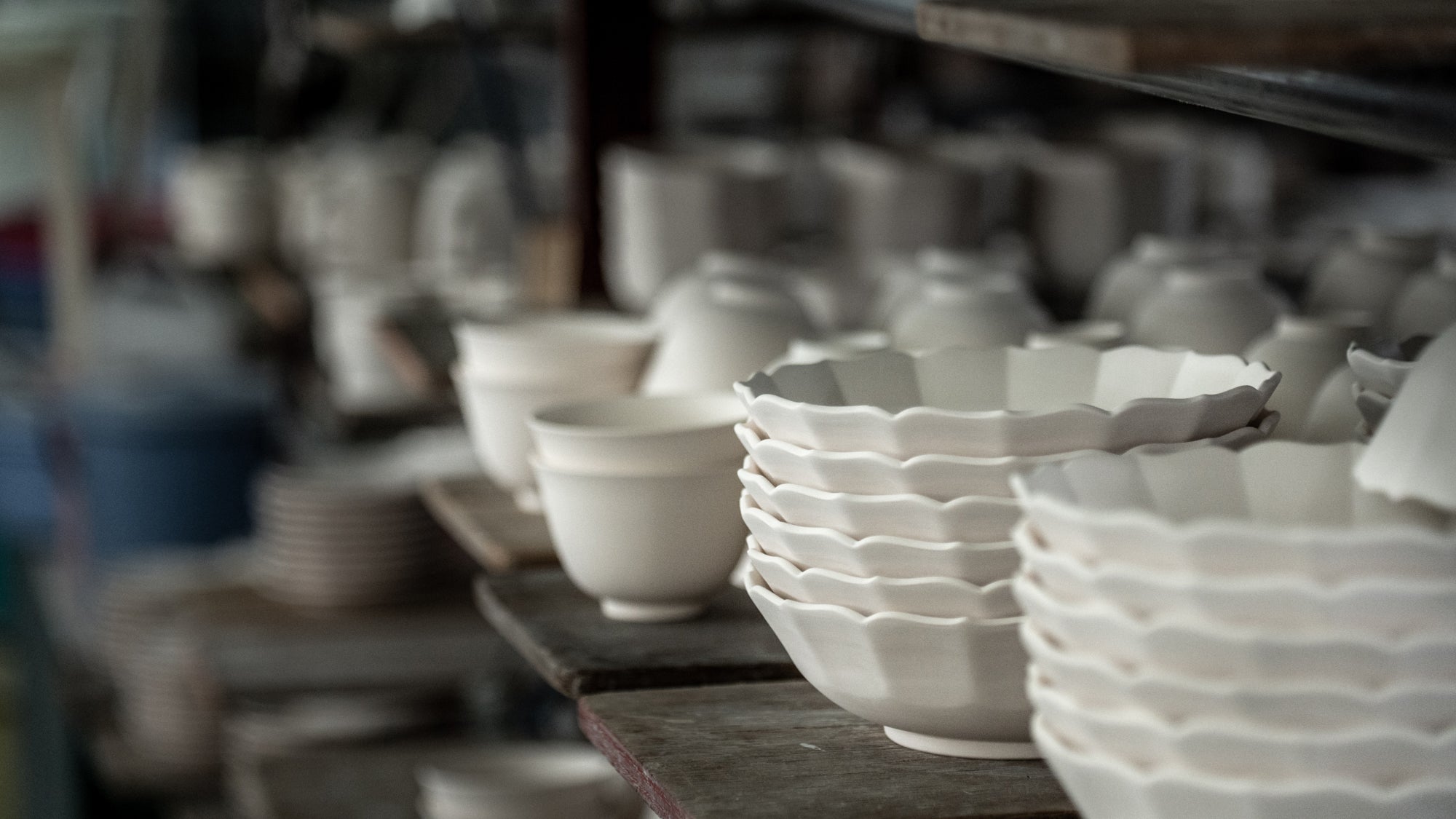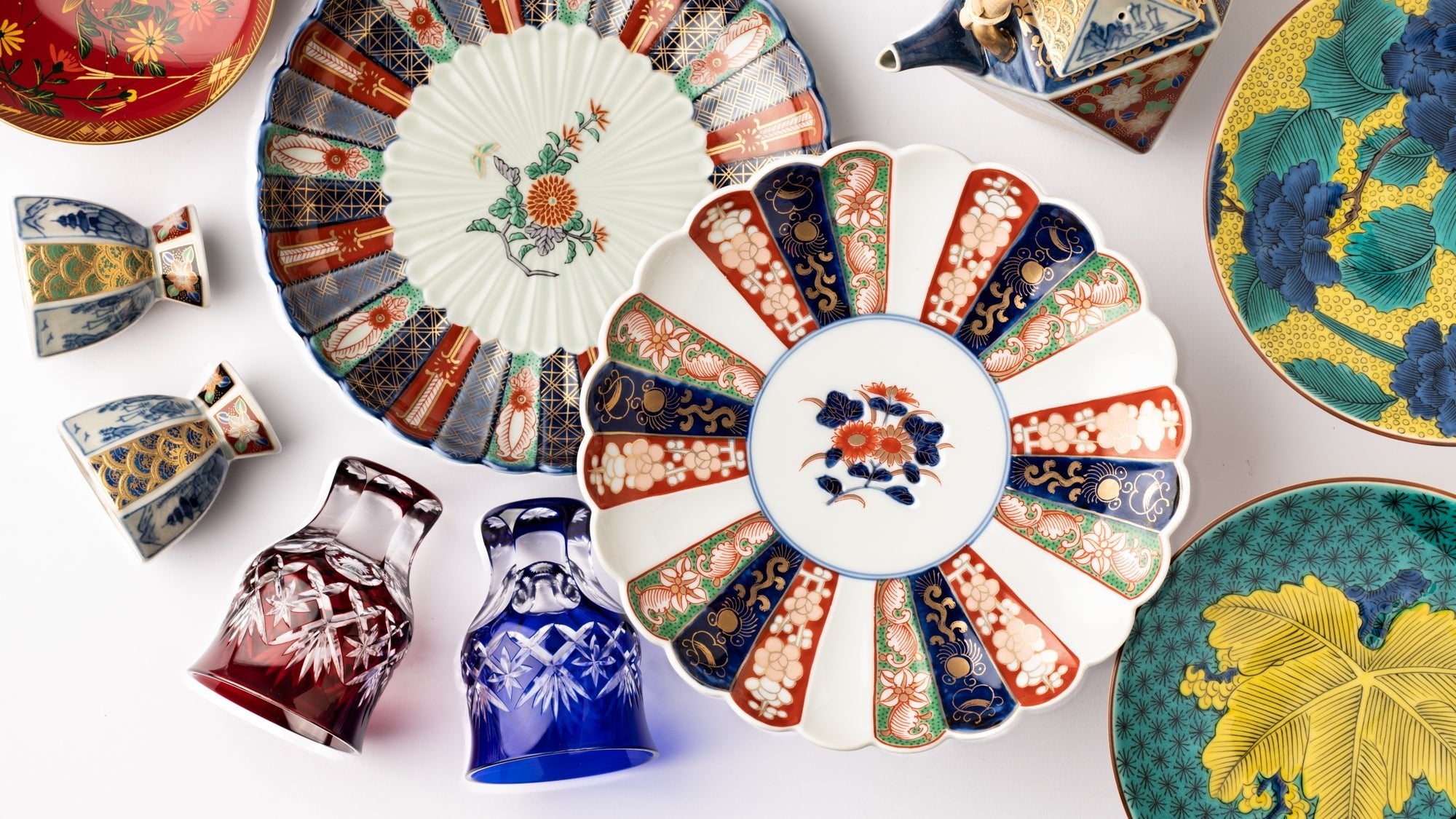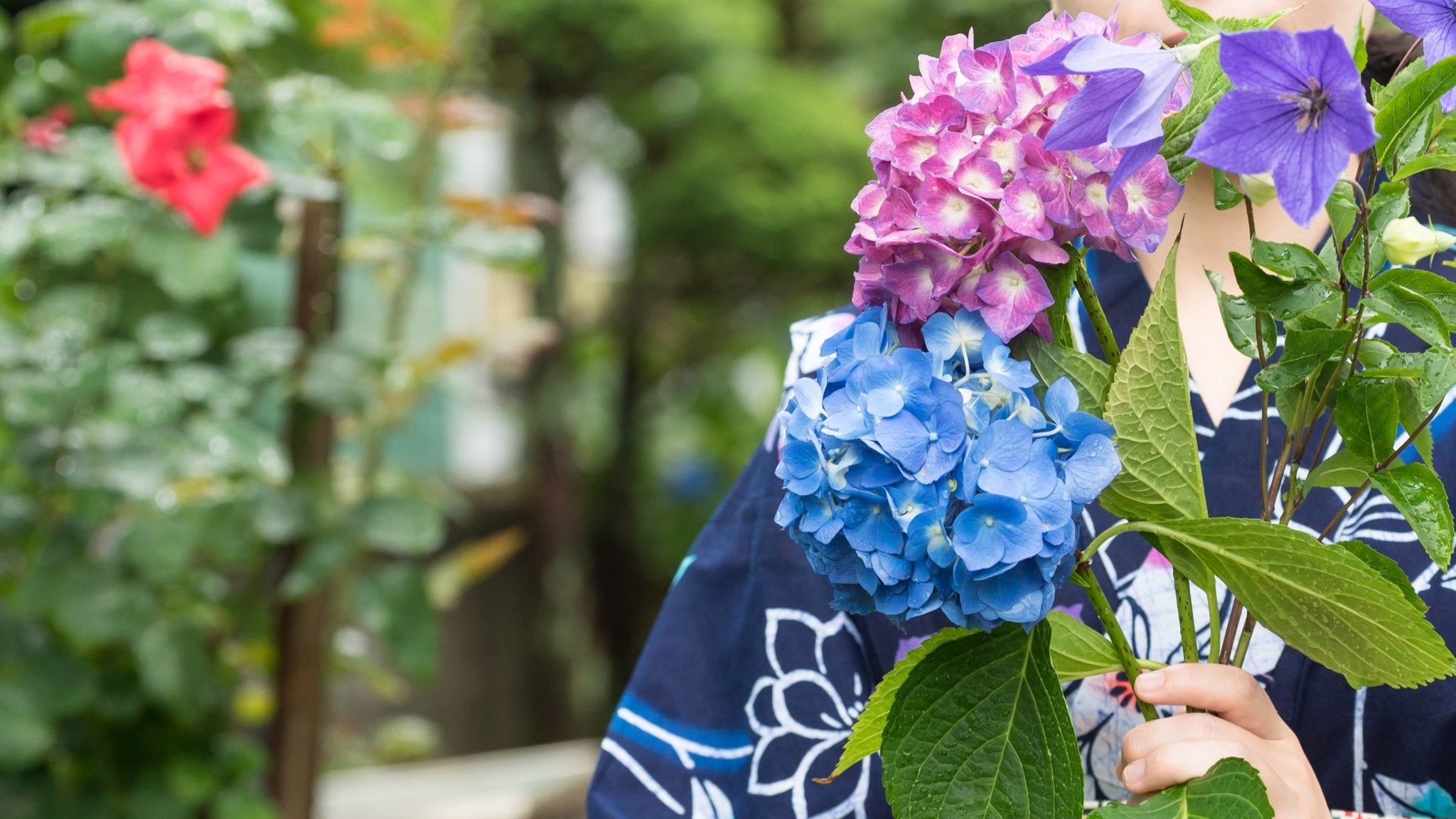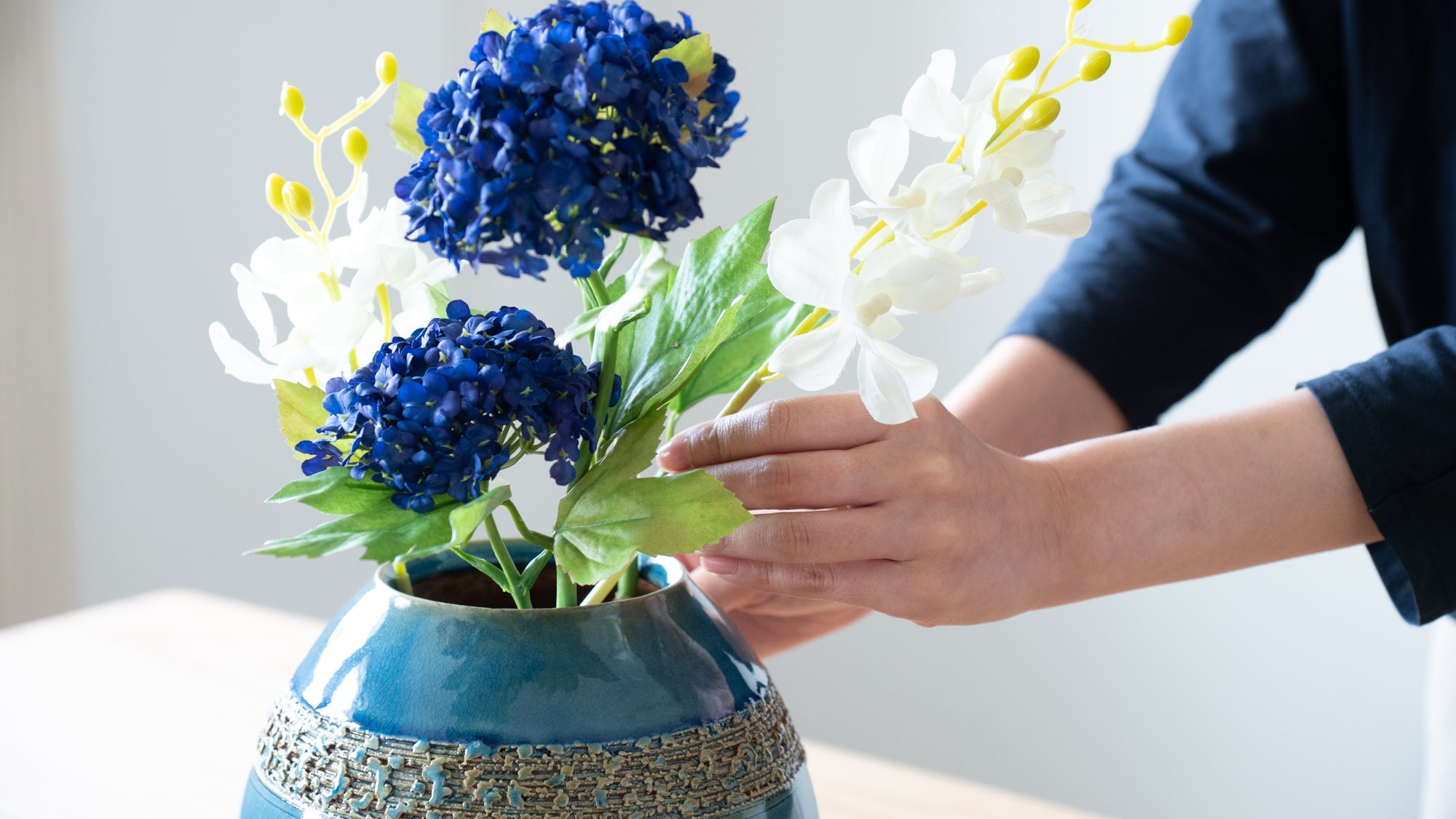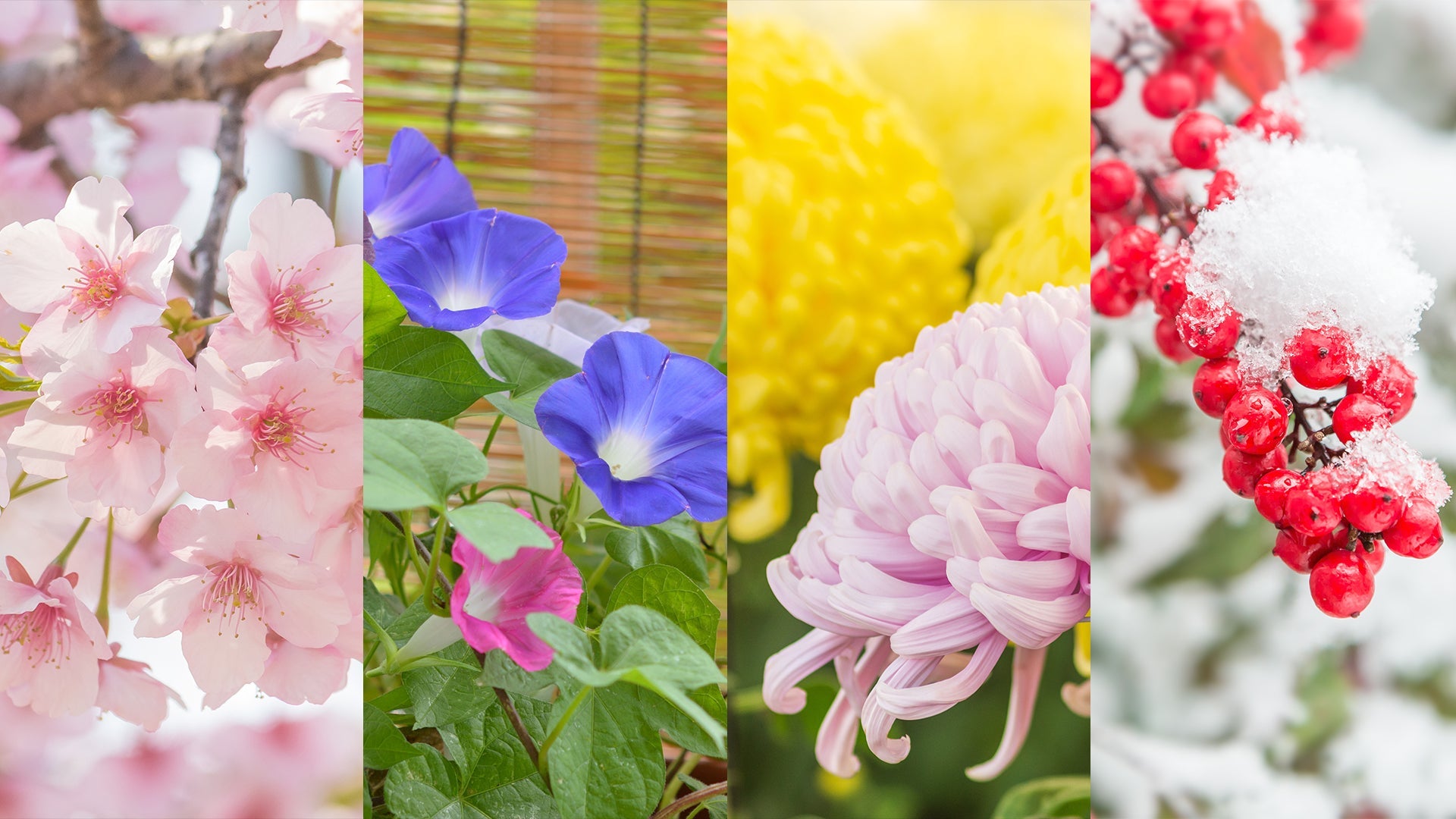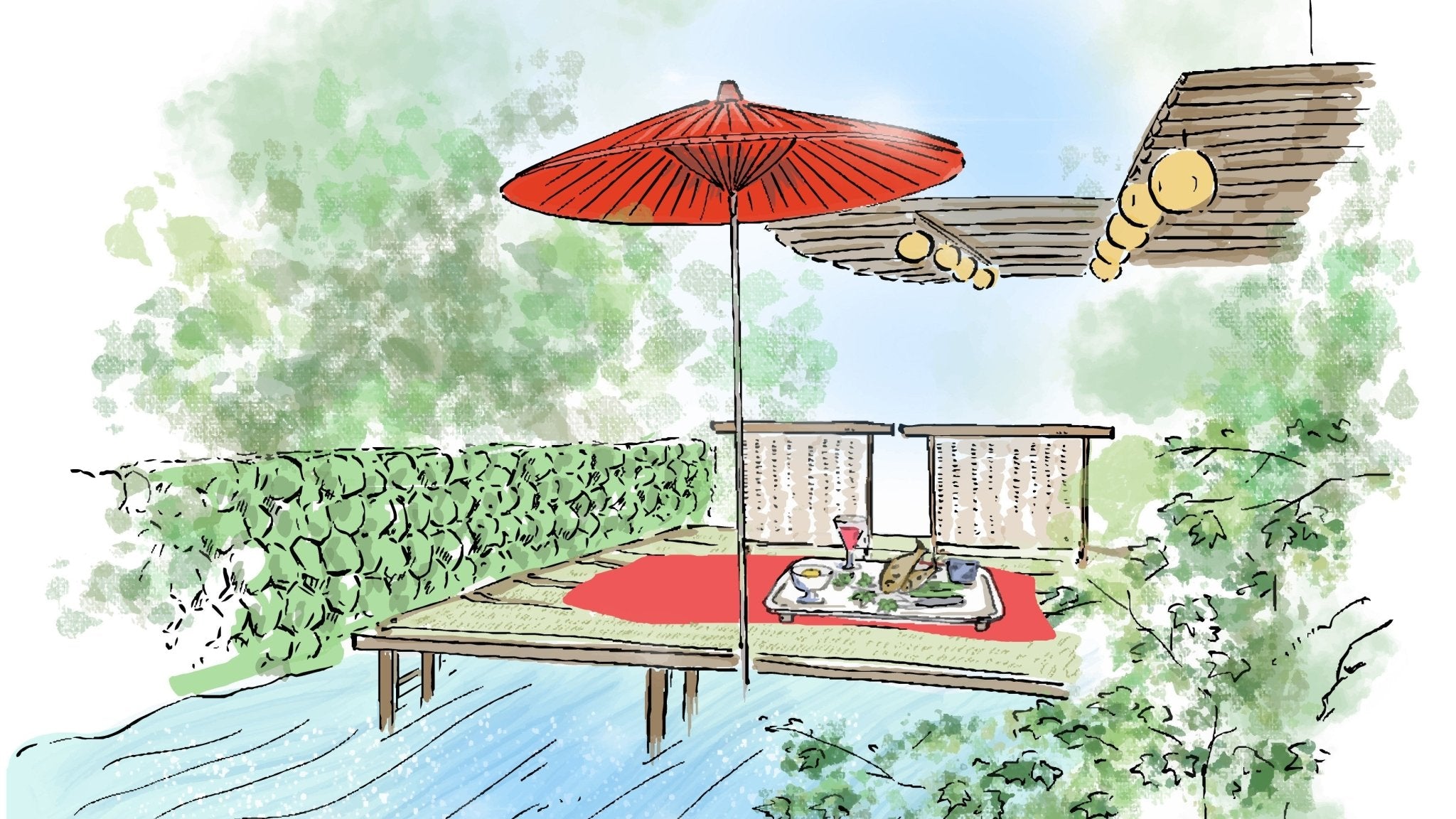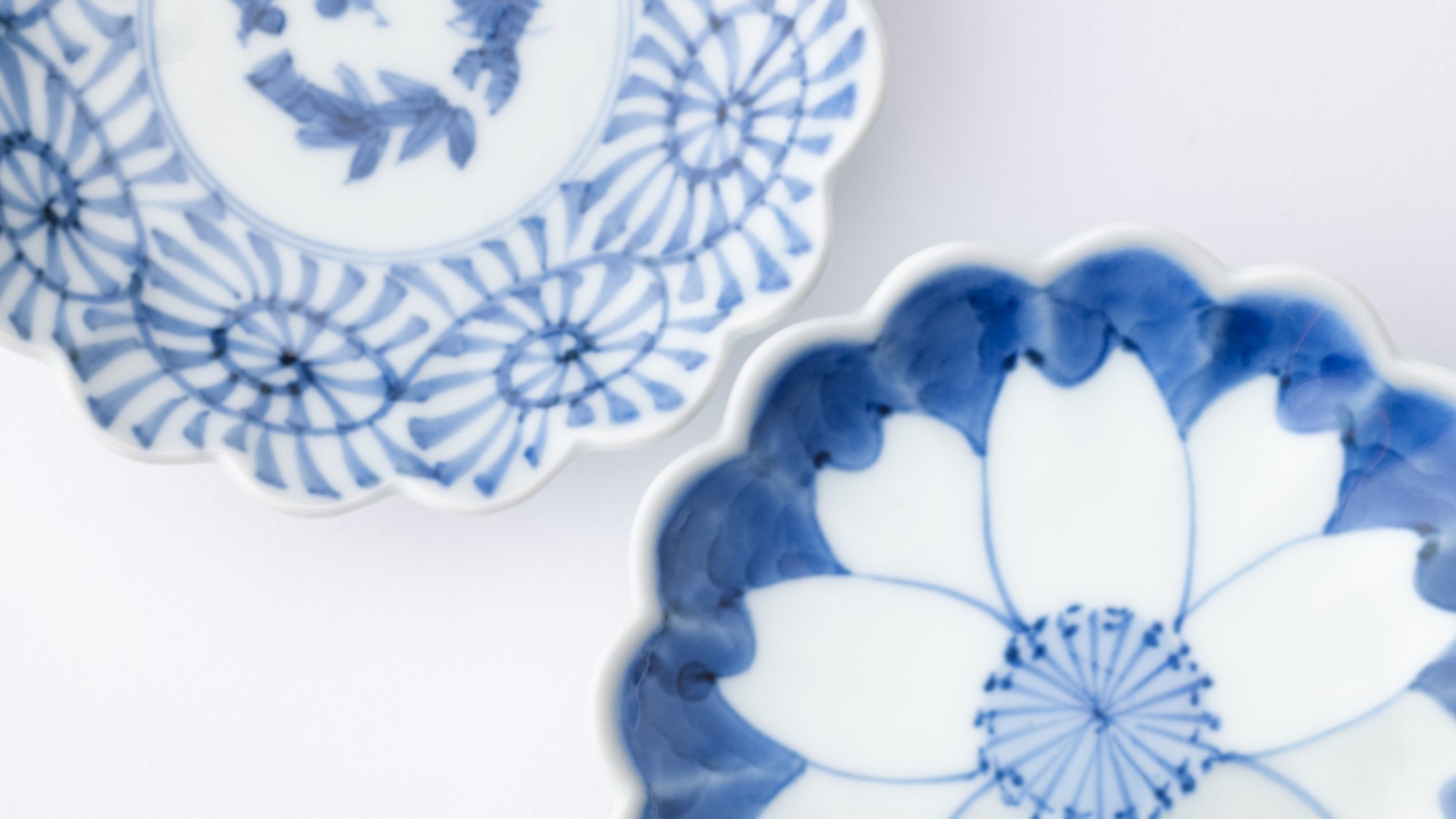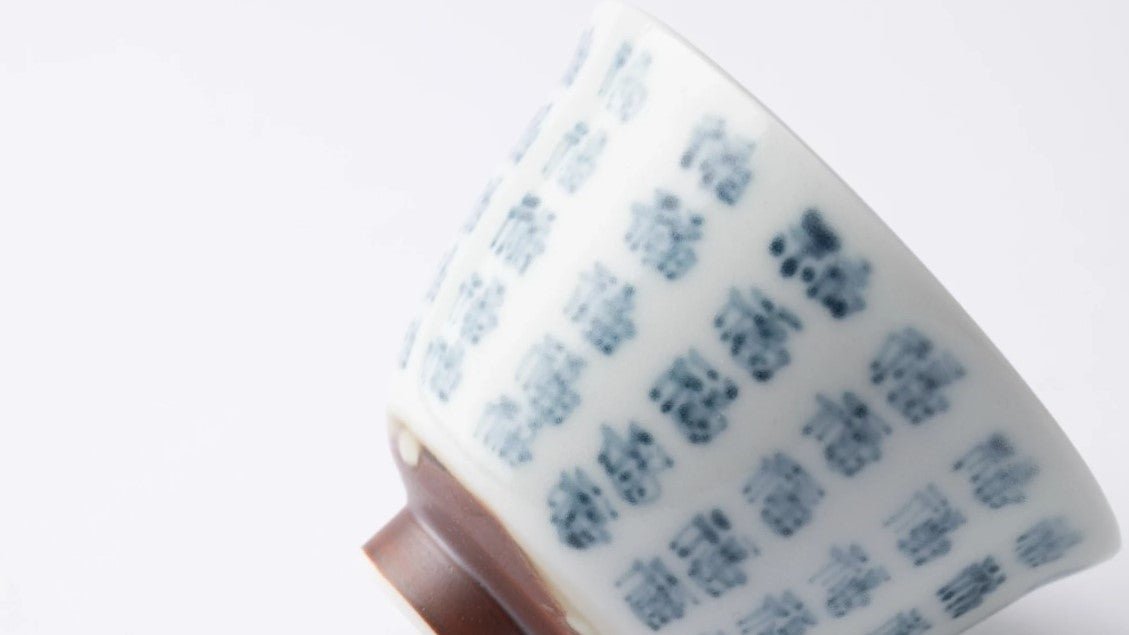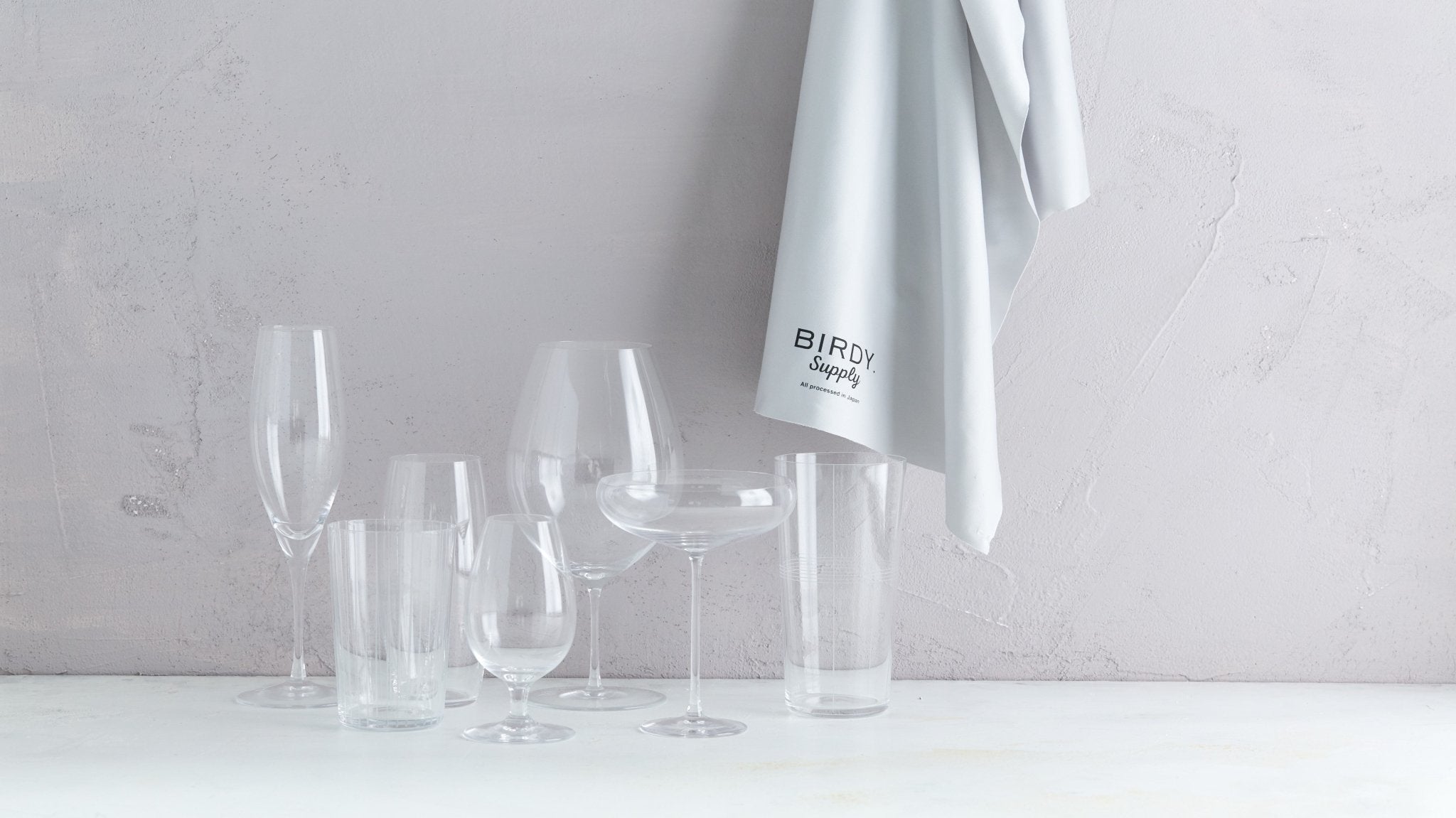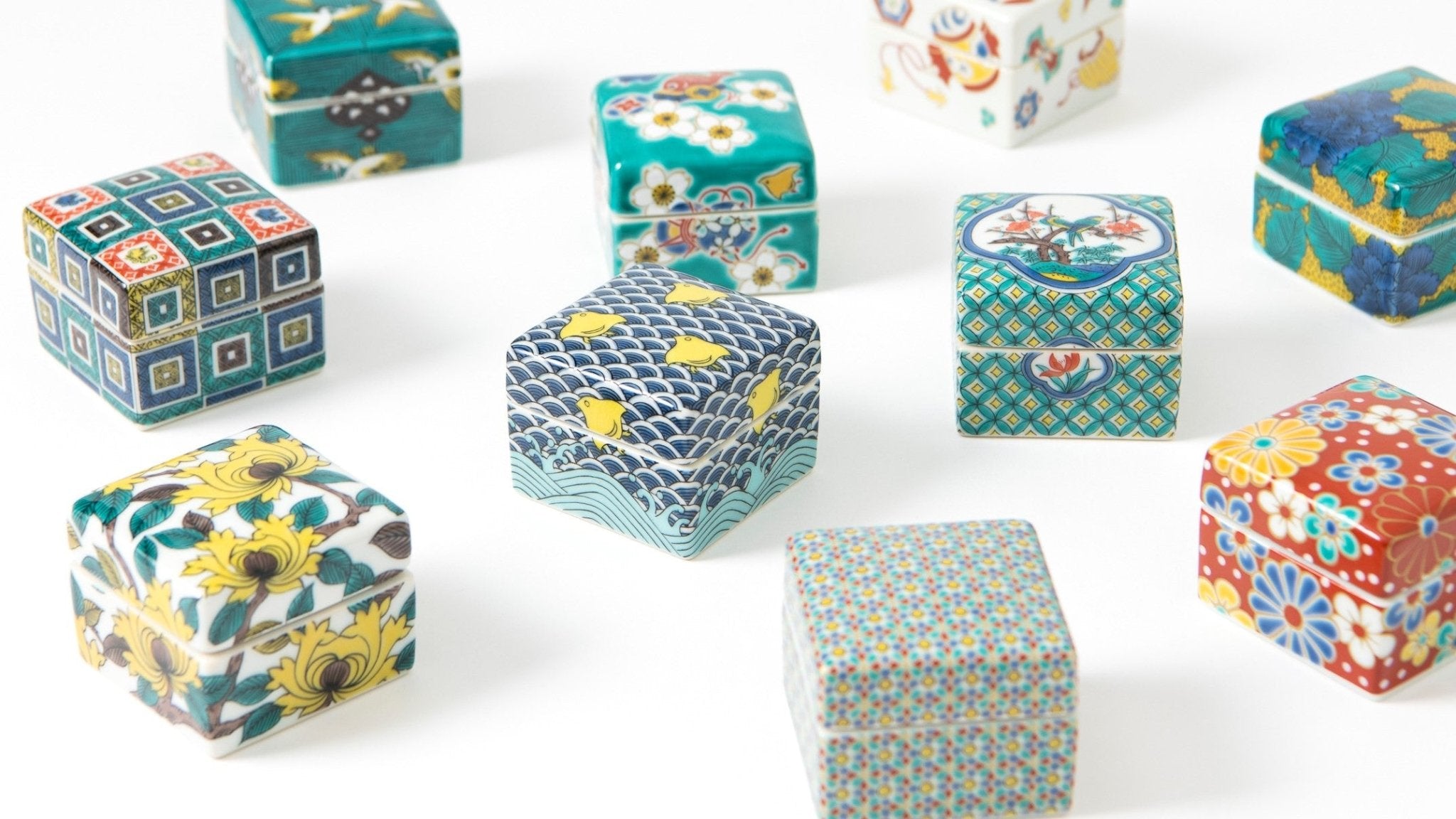10 April 2024
Swirling Elegance: The Artistic Mastery of Kutani Aochibu Style


The Japanese art of Kutani ware, known for its intricate designs and vivid colors, boasts a unique and fascinating technique known as aochibu "blue dots". This technique, deeply rooted in the rich heritage of Japanese ceramics, has been perfected over generations, showcasing the exceptional skills of the Kutani craftspeople. In this article, we delve into the world of aochibu, exploring its history, techniques, and its significance in the realm of Kutani ware.
Contents
- The Origins of Aochibu in Kutani Ware
- The Evolution of the Technique
- The Tools of Aochibu
- Crafting the Swirl Patterns
- The Art of Creating Raised Gold Paint
- Attention to the Base Layer
- The Legacy and Future of Aochibu
The Origins of Aochibu in Kutani Ware
Kutani ware, originating from the Kaga province (now Ishikawa Prefecture) in Japan, is renowned for its overglaze painting, characterized by bright colors and intricate designs. The technique of aochibu began as a decorative element in Kutani ware during the Taisho period (1912 CE–1926 CE). It was initially used as a minor decoration, often to embellish the patterns on the garments of painted figures.

The Evolution of the Technique

The aochibu technique was revolutionized by the second-generation Kutani artist, Nakada Kingyoku the Second. He transformed Aochibu from a secondary decorative element to a primary technique, combining it with another method known as morikin "raised gold". Unlike previous artists who applied aochibu in straight lines (known as "stick beating"), Nakada developed a method where densely packed dots formed swirling patterns, a style termed "spiral beating."

White dots are aligned in straight lines as patterns on the kimono.
The Tools of Aochibu

"I'm not squeezing out the paint. The liquid dye naturally drips from the tip of the icchin tool."
Nakada Kingyoku the Third.
The aochibu technique involves the intricate placement of tiny, closely-packed dots to create detailed patterns. These dots are applied using a special tool called an icchin, a pen-like instrument with a hollow tip. Unlike cake decoration where cream is squeezed out, in aochibu, the liquid pigment gracefully falls from the icchin's tip, controlled by the artist's skillful manipulation.
Crafting the Swirl Patterns

"I don't draw any pencil marks. Once I decide on the center point of the swirl, I apply the dots rapidly to complete the swirl in one go."
The hallmark of aochibu is the creation of swirl patterns, achieved without any preliminary sketches. The artist decides on the center point of the swirl and then rhythmically applies dots around it, completing the swirl in a single, fluid motion. This requires immense skill and precision, as the dots must be uniform in size and spacing, ultimately forming the mesmerizing swirls.

The blue dots are neatly arranged, yet they form a swirling pattern
The Art of Creating Raised Gold Paint
Together with aochibu, the technique of morikin stands out for its elegance and complexity. Morikin, a significant element in the traditional Japanese craft, especially in Kutani ware, involves a meticulous process of layering and decorating with gold.
Morikin is characterized by creating raised patterns on the surface of the pottery. This is achieved by first applying a thick layer of a red pigment called bengara to the desired pattern areas. Bengara, a traditional Japanese pigment, is known for its vivid red color and is a key element in preparing the base for the gold application. Once the bengara is applied, it's then carefully overlaid with gold. The process requires precision, as uneven application of bengara can lead to a bumpy and unrefined surface, detracting from the final appearance of the gold.

One of the most challenging aspects of morikin is handling bengara and gold. Bengara is a tricky pigment to work with; it can easily lead to uneven lines or a textured surface if not handled correctly. Similarly, applying the gold requires a high degree of skill. Gold, being a material with poor glide properties, demands an expert hand to achieve a smooth and elegant finish. The third-generation craftsperson, Nakada Kingyoku, acknowledges the complexity of morikin, emphasizing the need for expertise and precision in its execution.
In morikin, the quality of the gold paint is paramount. Artisans use 24-karat gold from Kanazawa, a region famous for its gold leaf production. The gold is meticulously ground and prepared by the craftsmen themselves, ensuring the highest quality and fineness needed for the intricate detailing of morikin.

Attention to the Base Layer
"If the base paint isn't applied well, it can become uneven. If there are uneven spots in the base, then the beauty of both the aochibu and morikin techniques won't stand out. Therefore, we can't afford to be careless in the process of applying the base coat."
In Kutani ware, the beauty of aochibu is enhanced by the base layer. Nakada Kingyoku, particularly emphasizes the importance of a flawless base. He uses a special matte black underglaze, a challenging medium that requires skill to apply evenly. This smooth base accentuates the beauty of the aochibu and morikin techniques.

Because the base is free of unevenness, the beauty of the dots and the raised golden designs stands out magnificently.
The Legacy and Future of Aochibu
The current practitioner of this art, the third-generation Nakada Kingyoku, is dedicated to preserving and evolving this unique technique. He respects the traditions passed down from his predecessors while seeking to innovate and create new styles within the realm of Kutani ware.

Aochibu in Kutani ware is more than just a ceramic decoration technique; it is an homage to the rich cultural heritage of Japan and the unyielding dedication of its artisans. Through generations, this technique has evolved, each artist adding their unique touch while respecting the legacy of their forebears. As aochibu continues to enchant with its delicate beauty and intricacy, it remains a vibrant and living tradition, a jewel in the crown of Japanese ceramics.
View Nakada Kingyoku Collection
